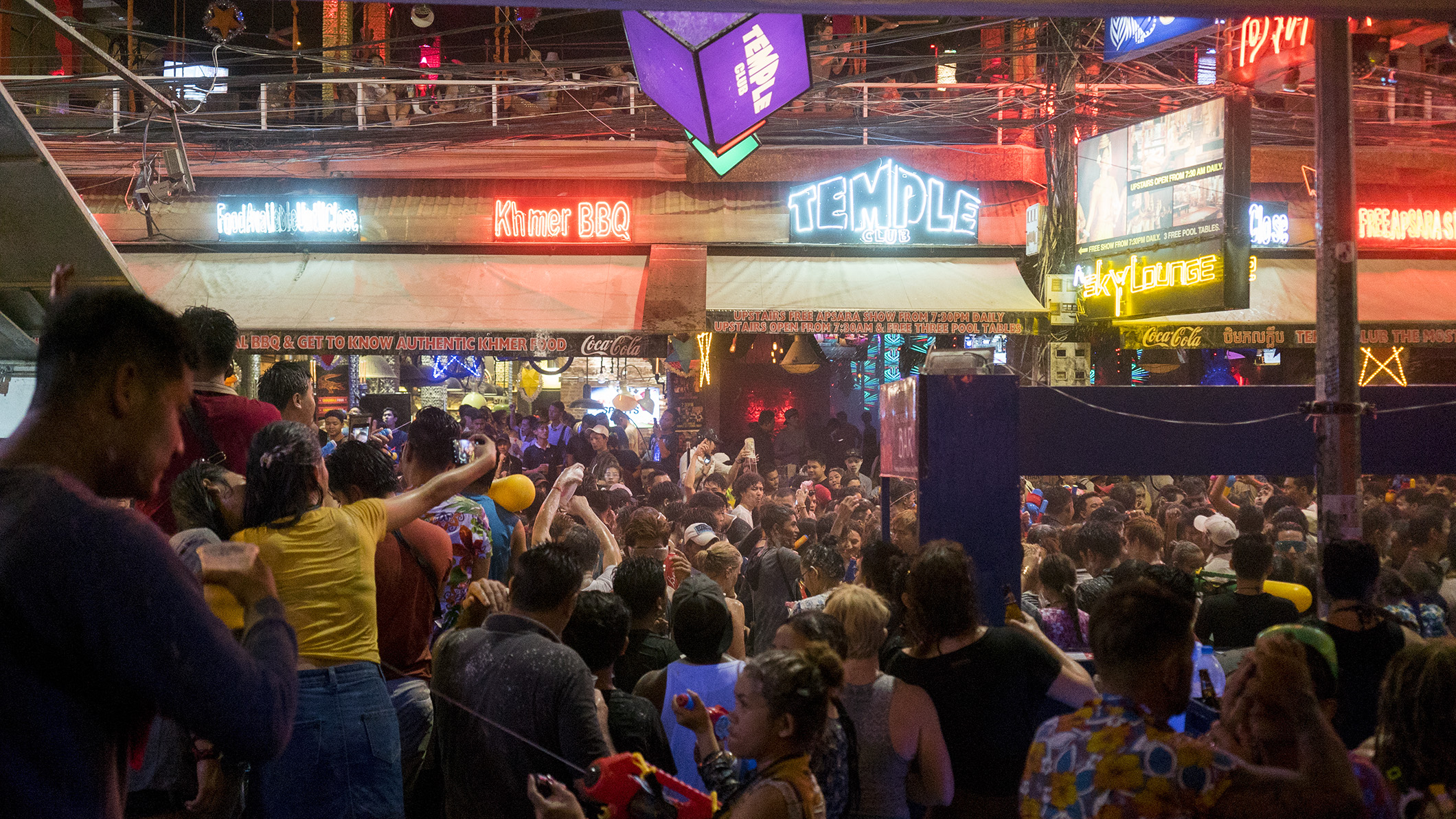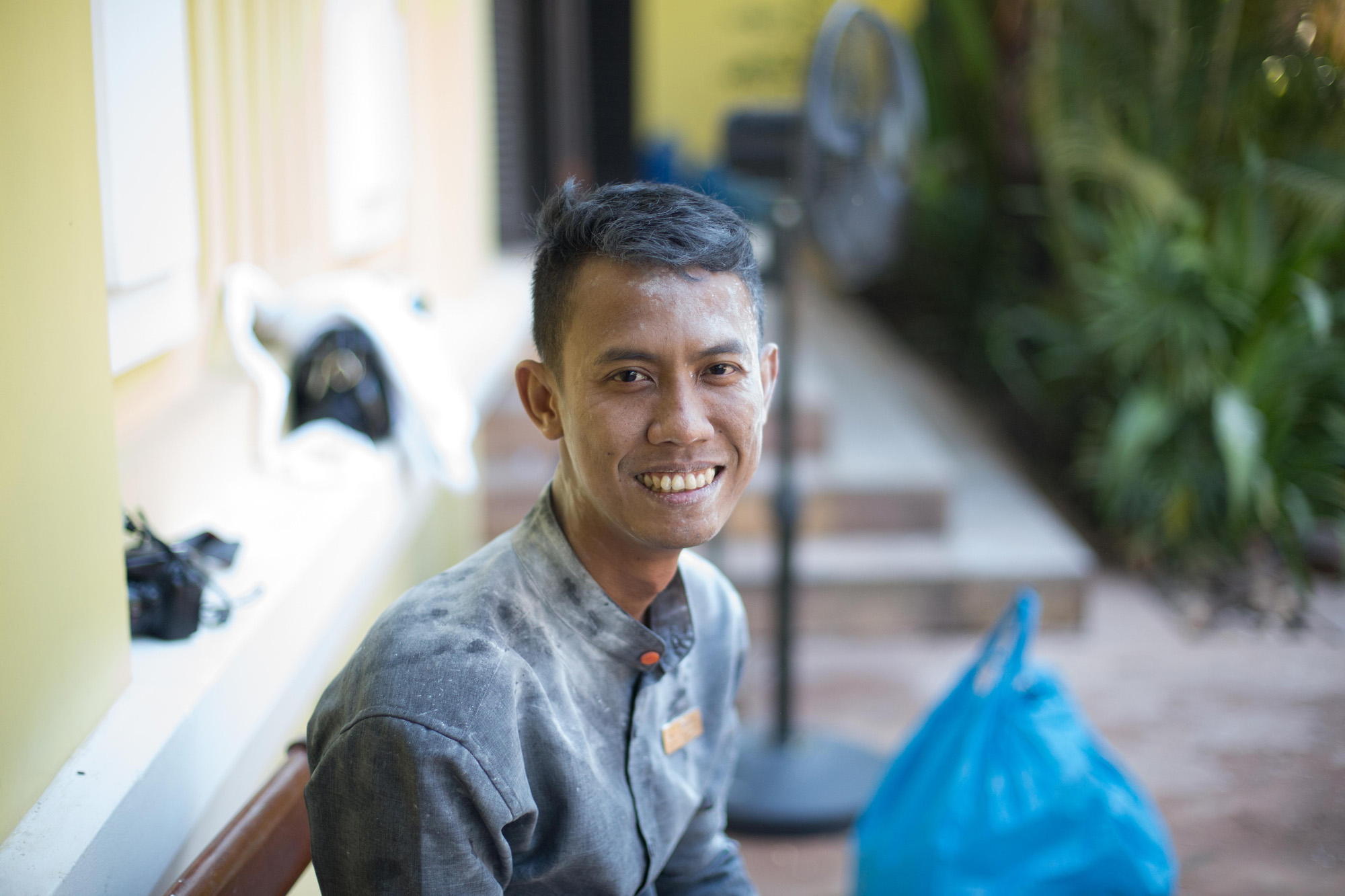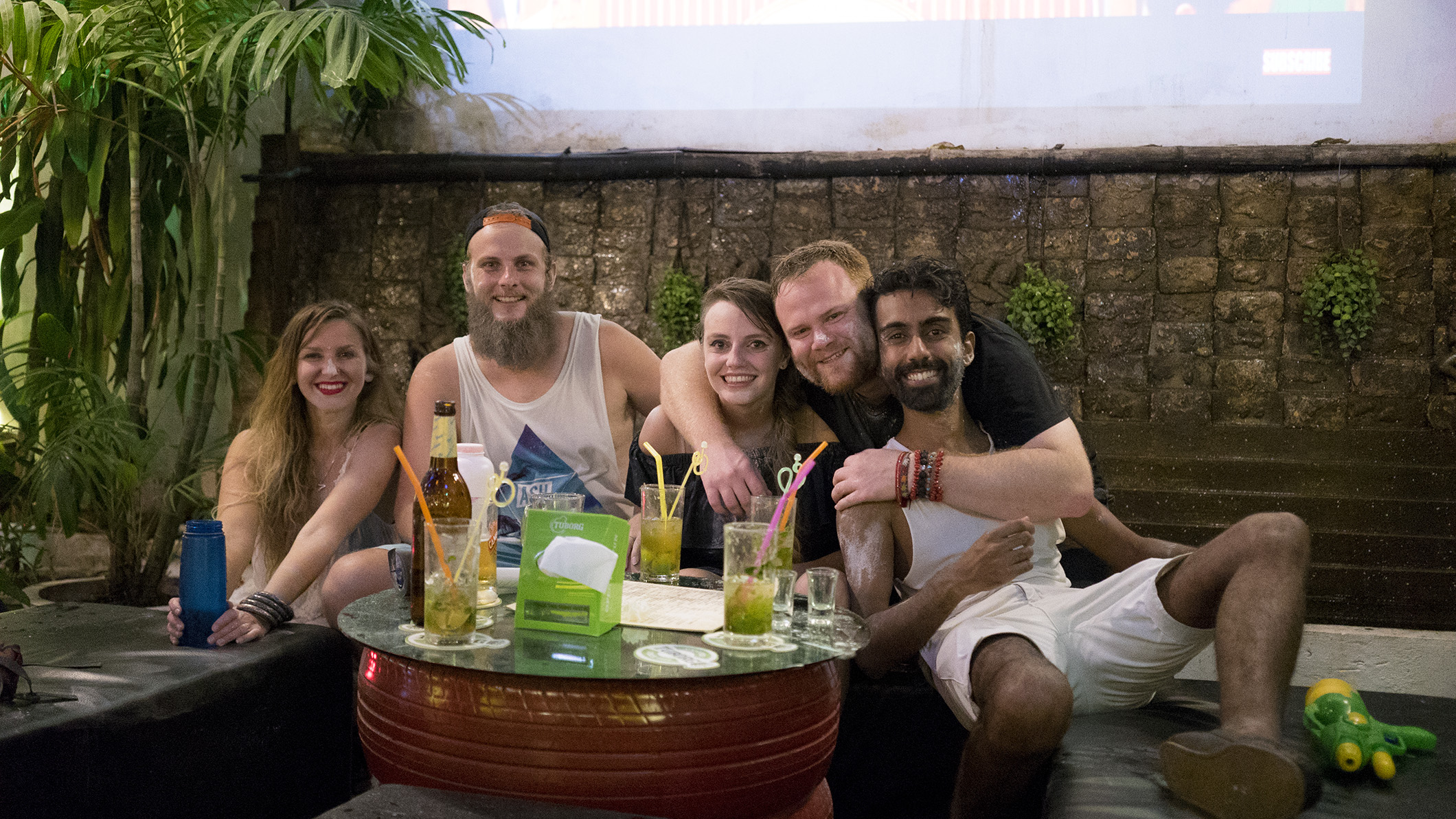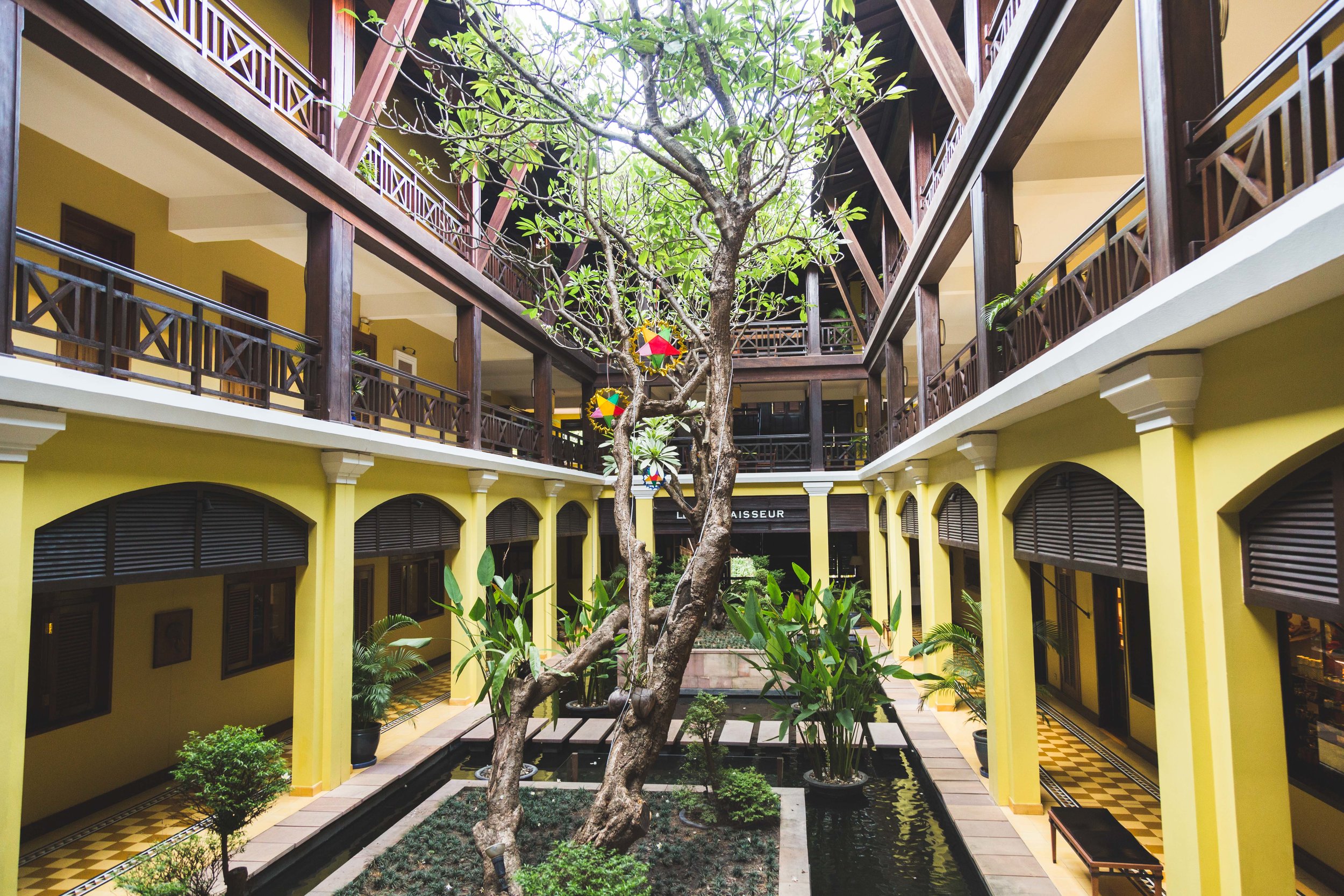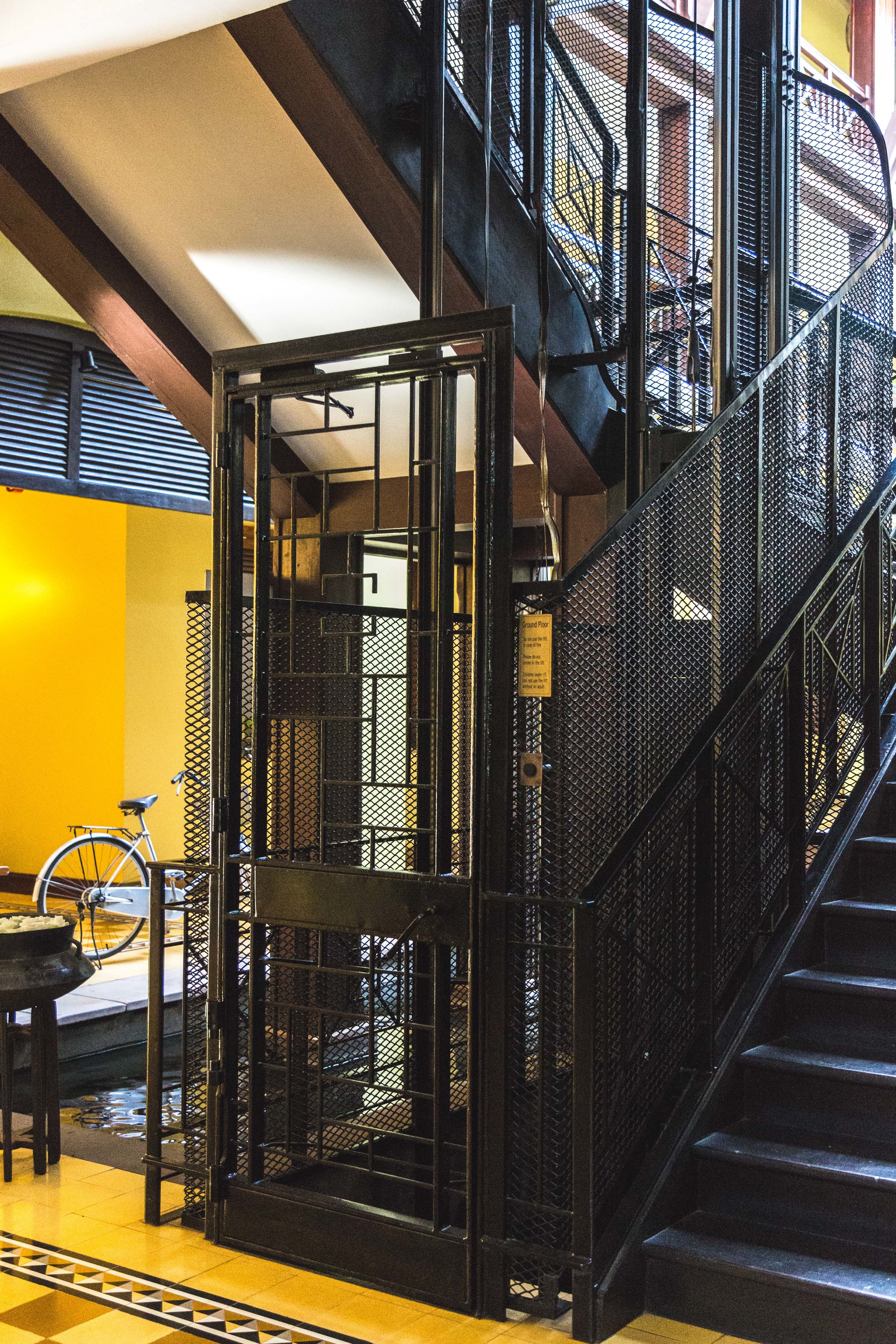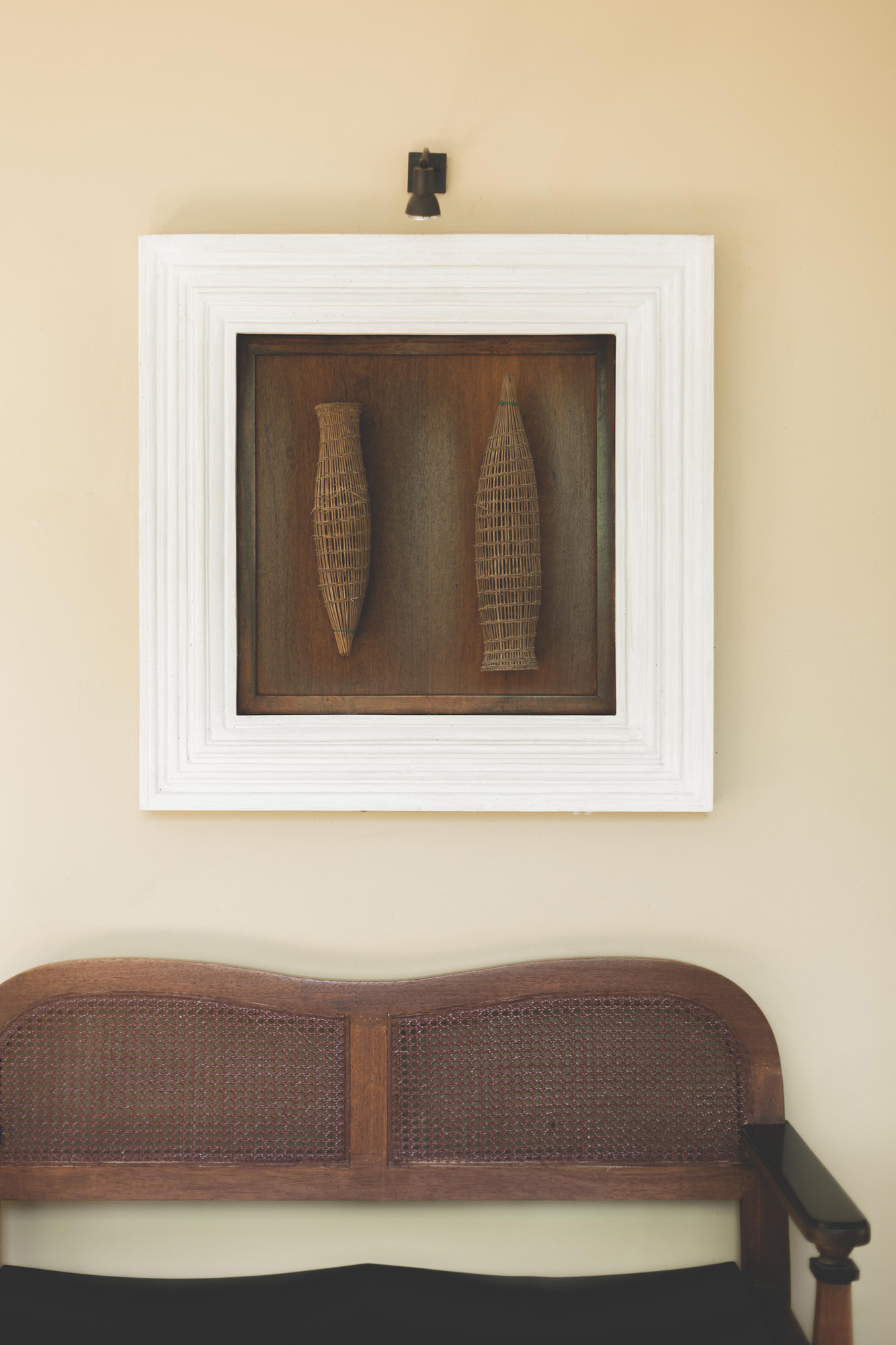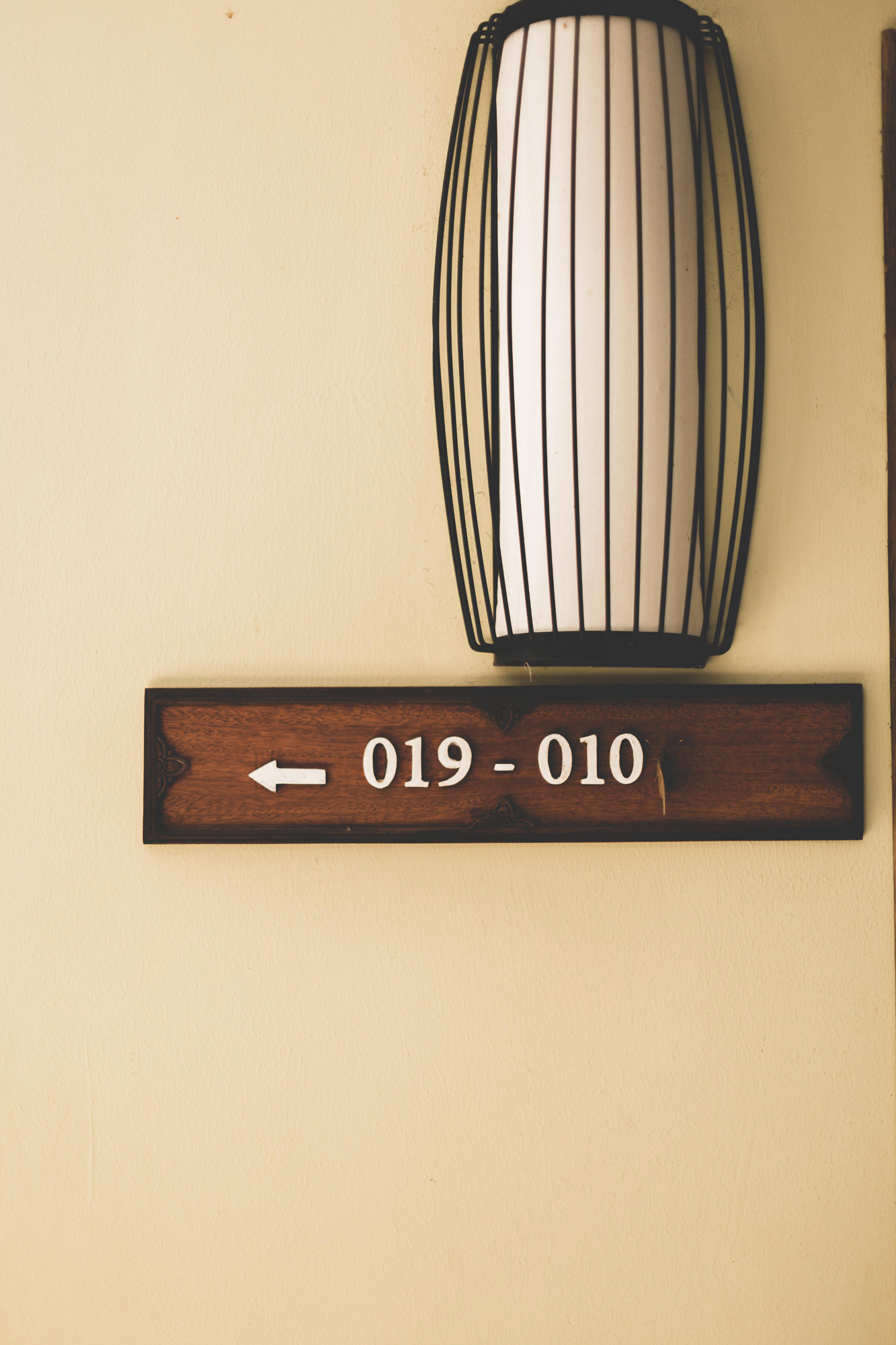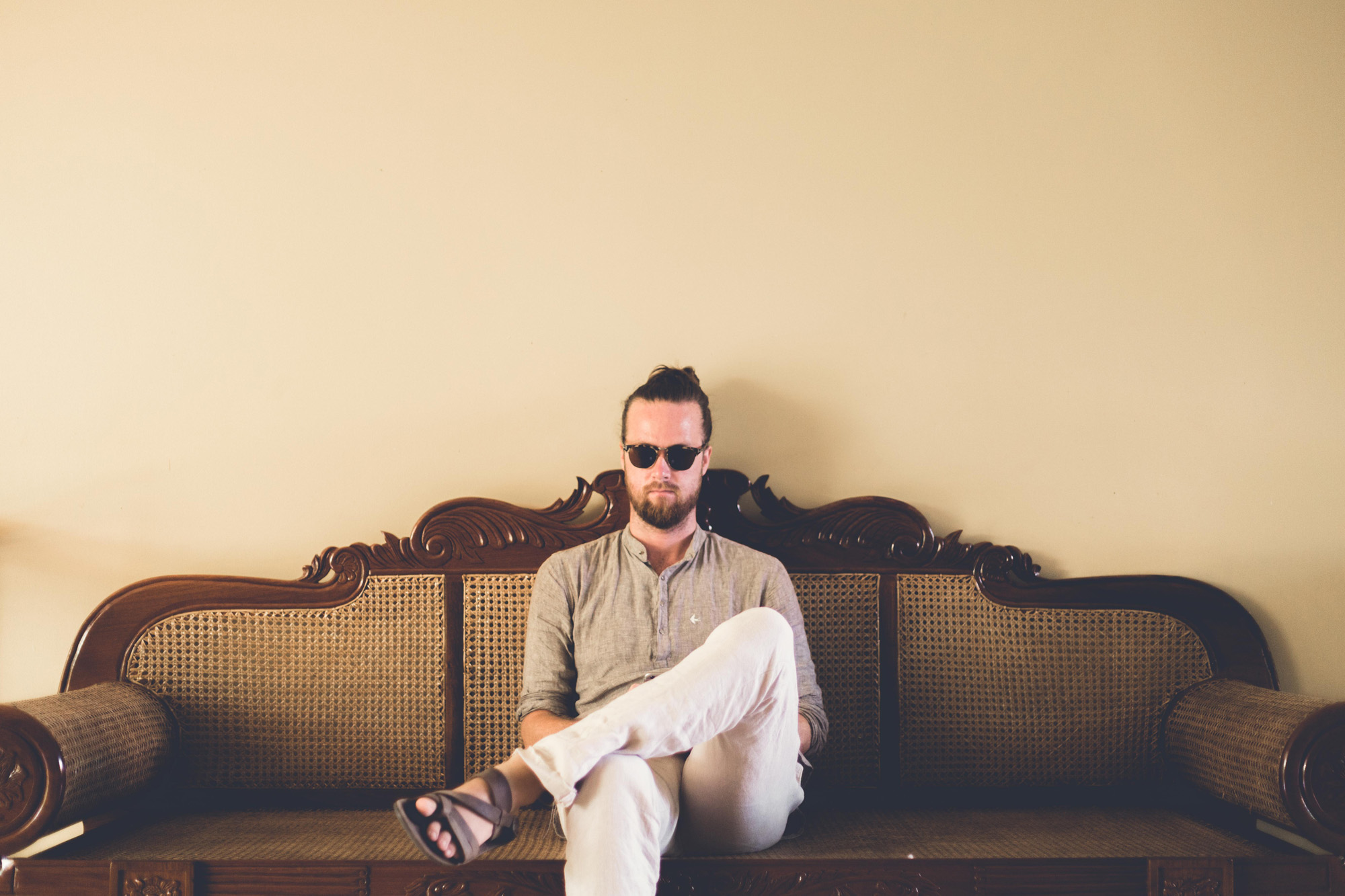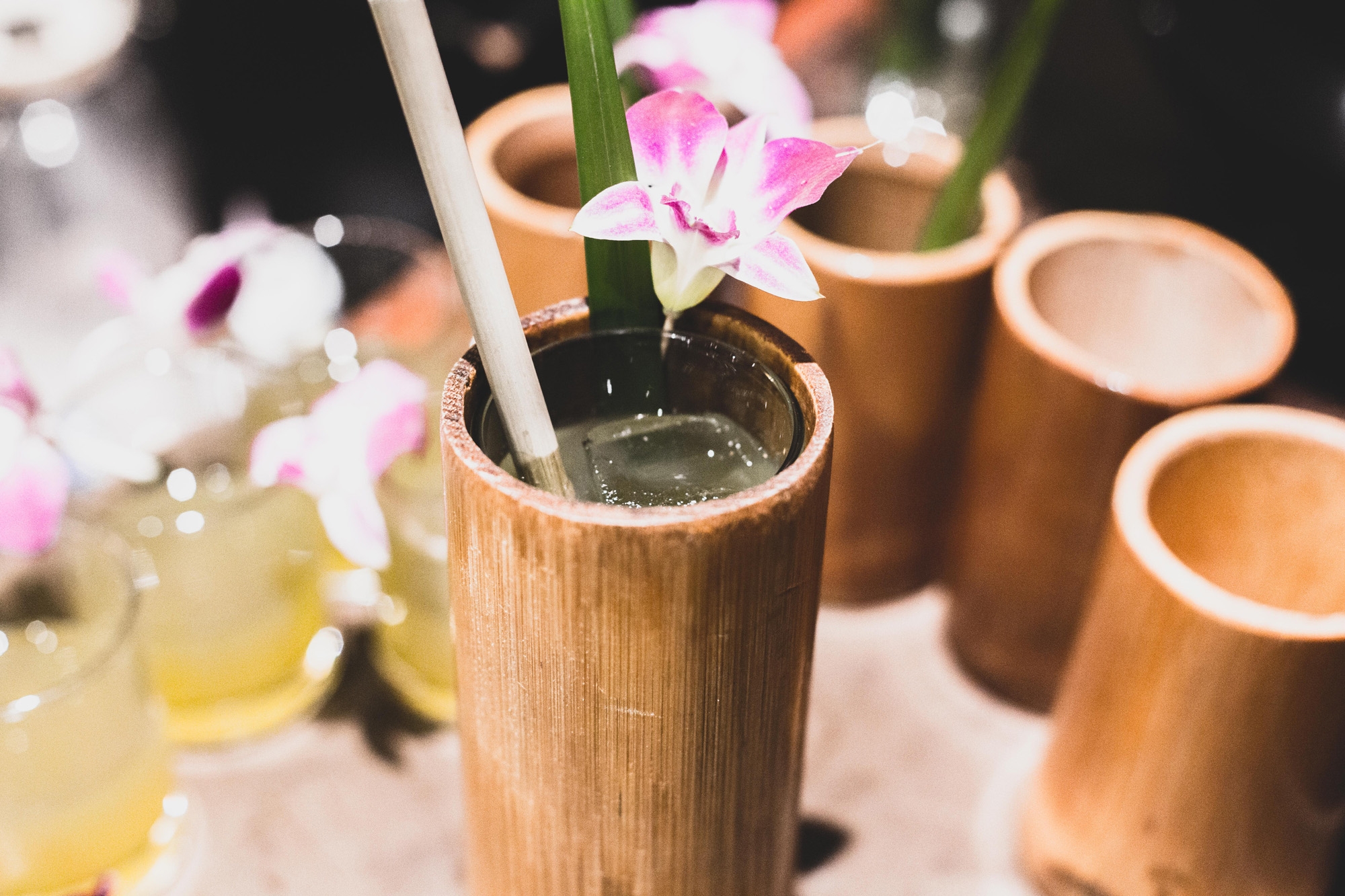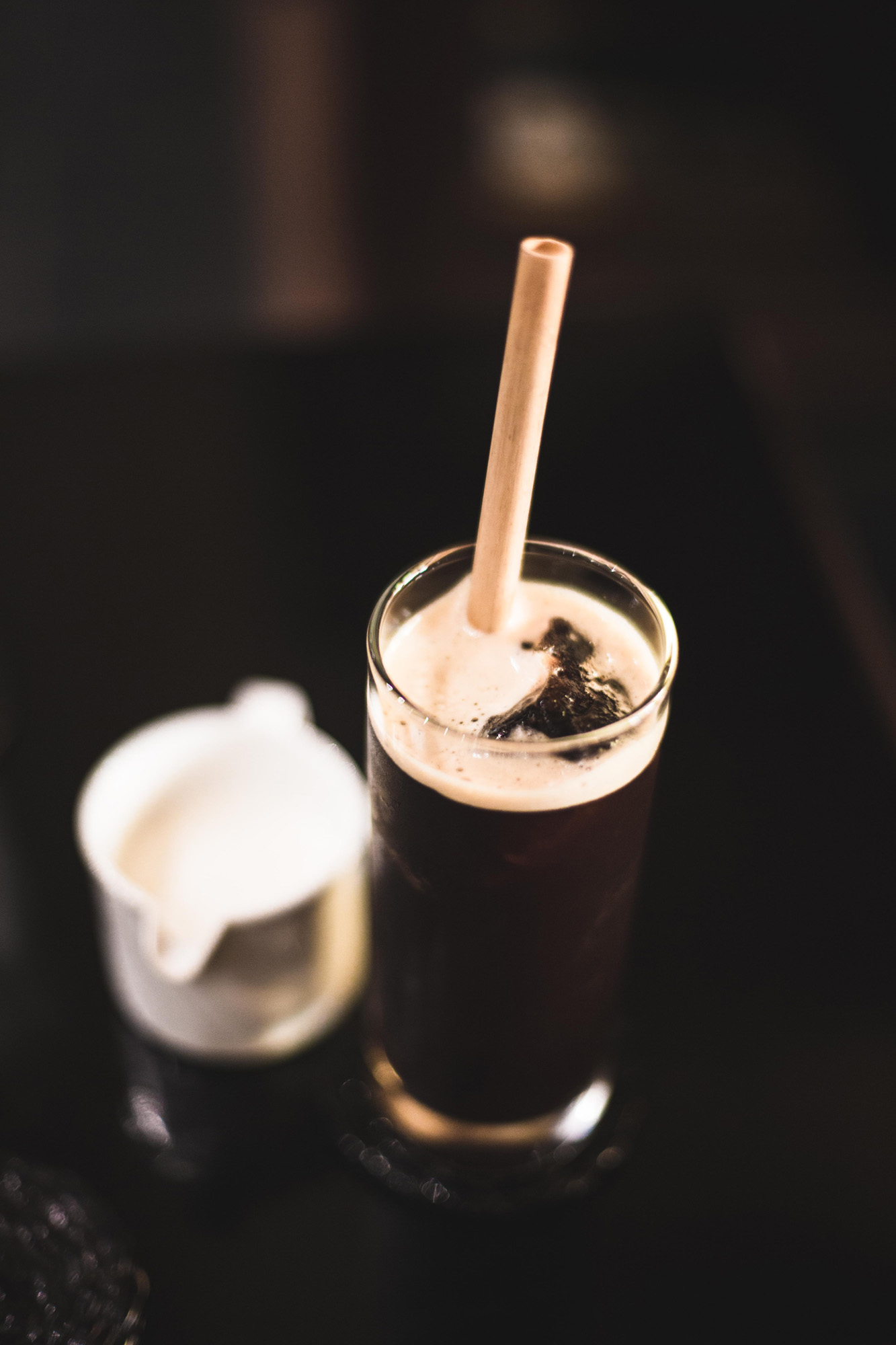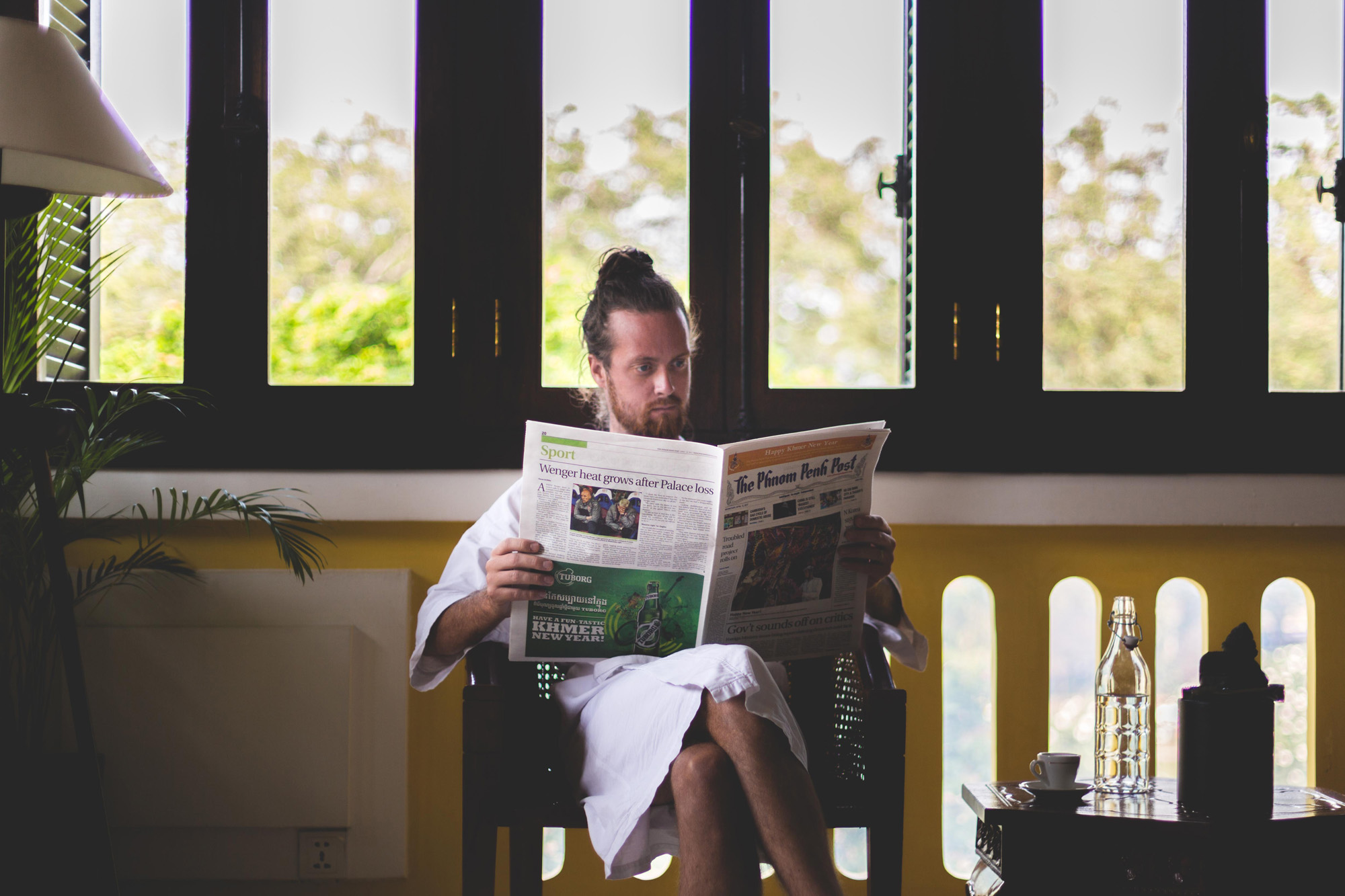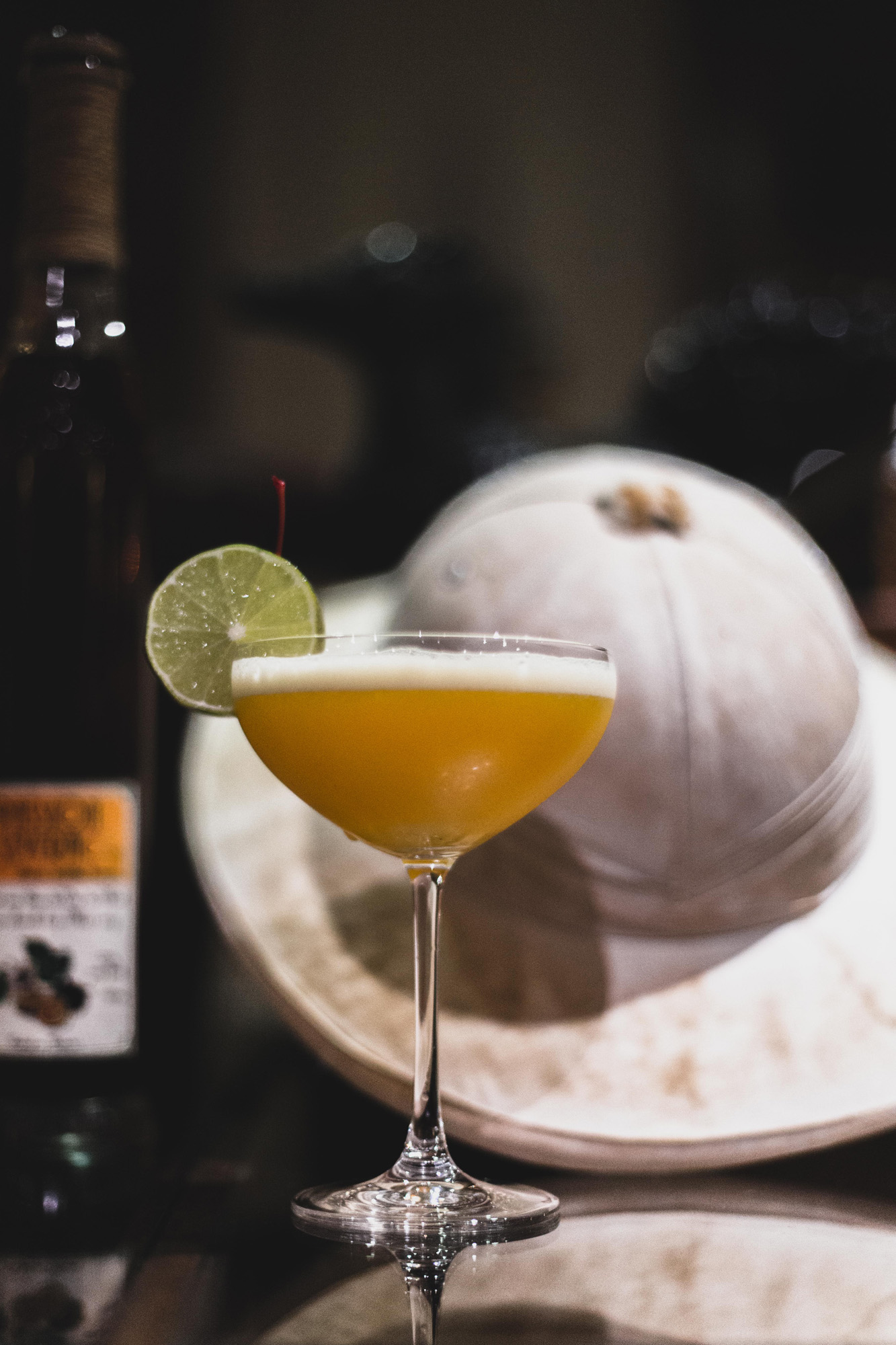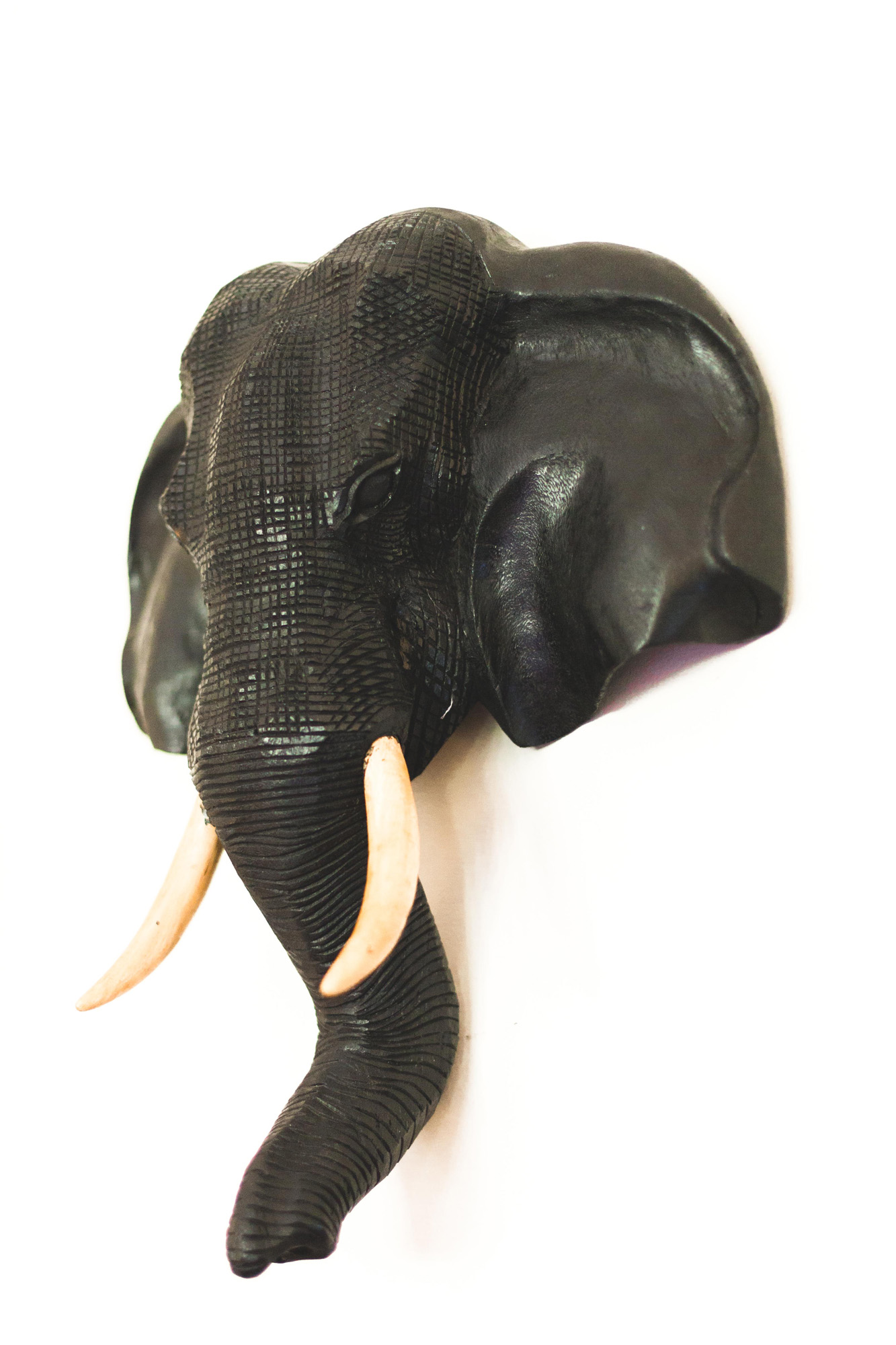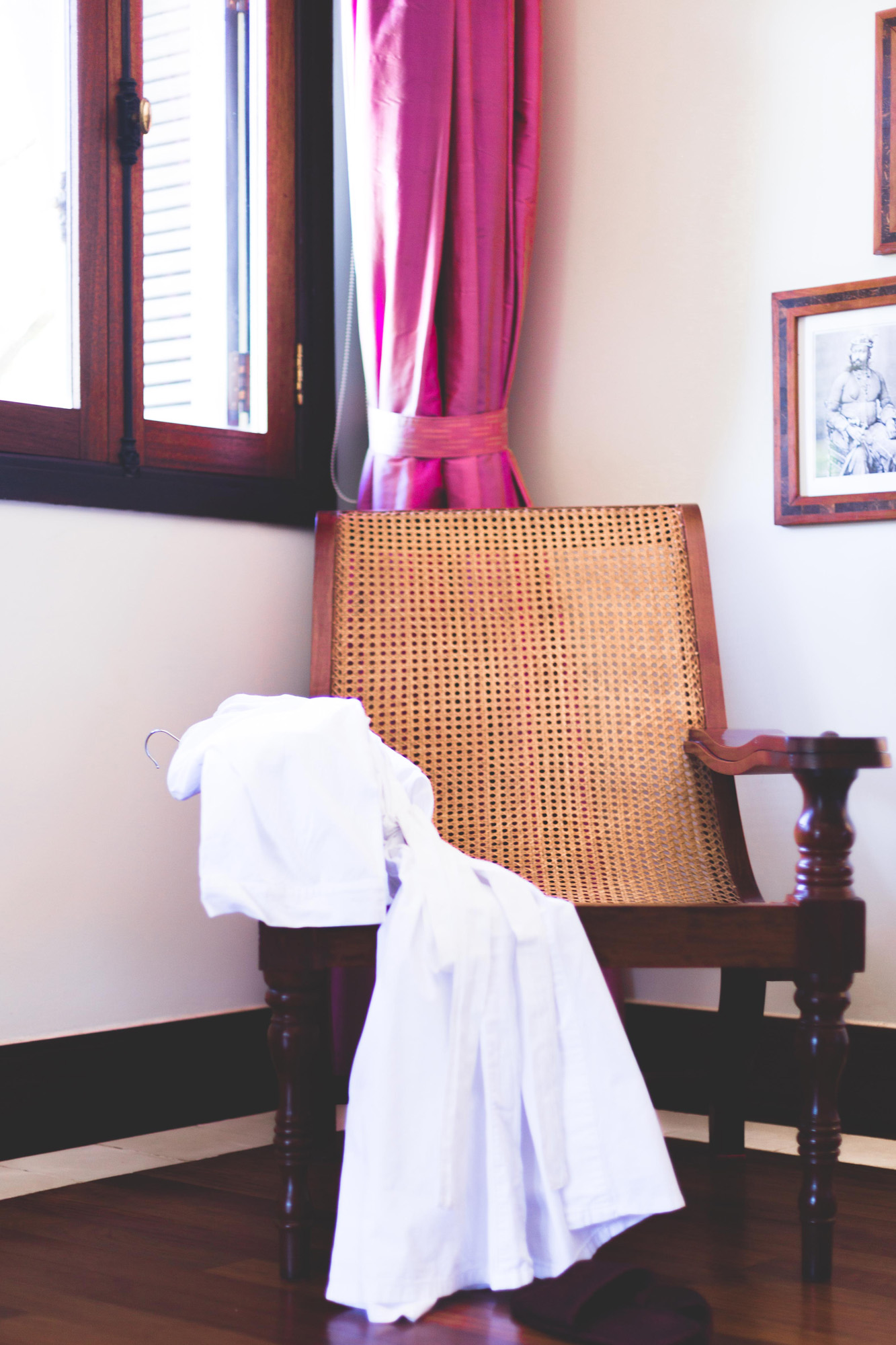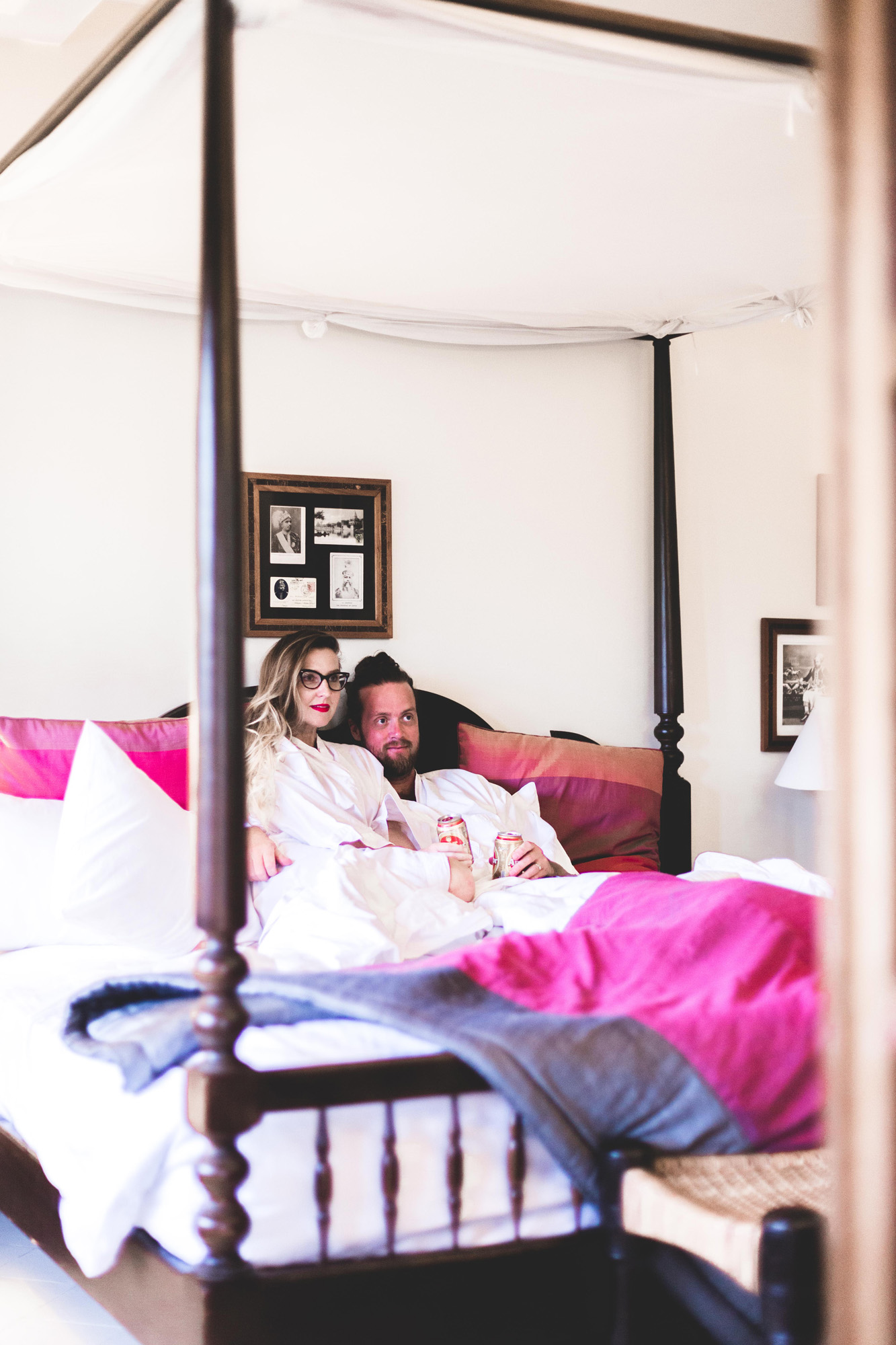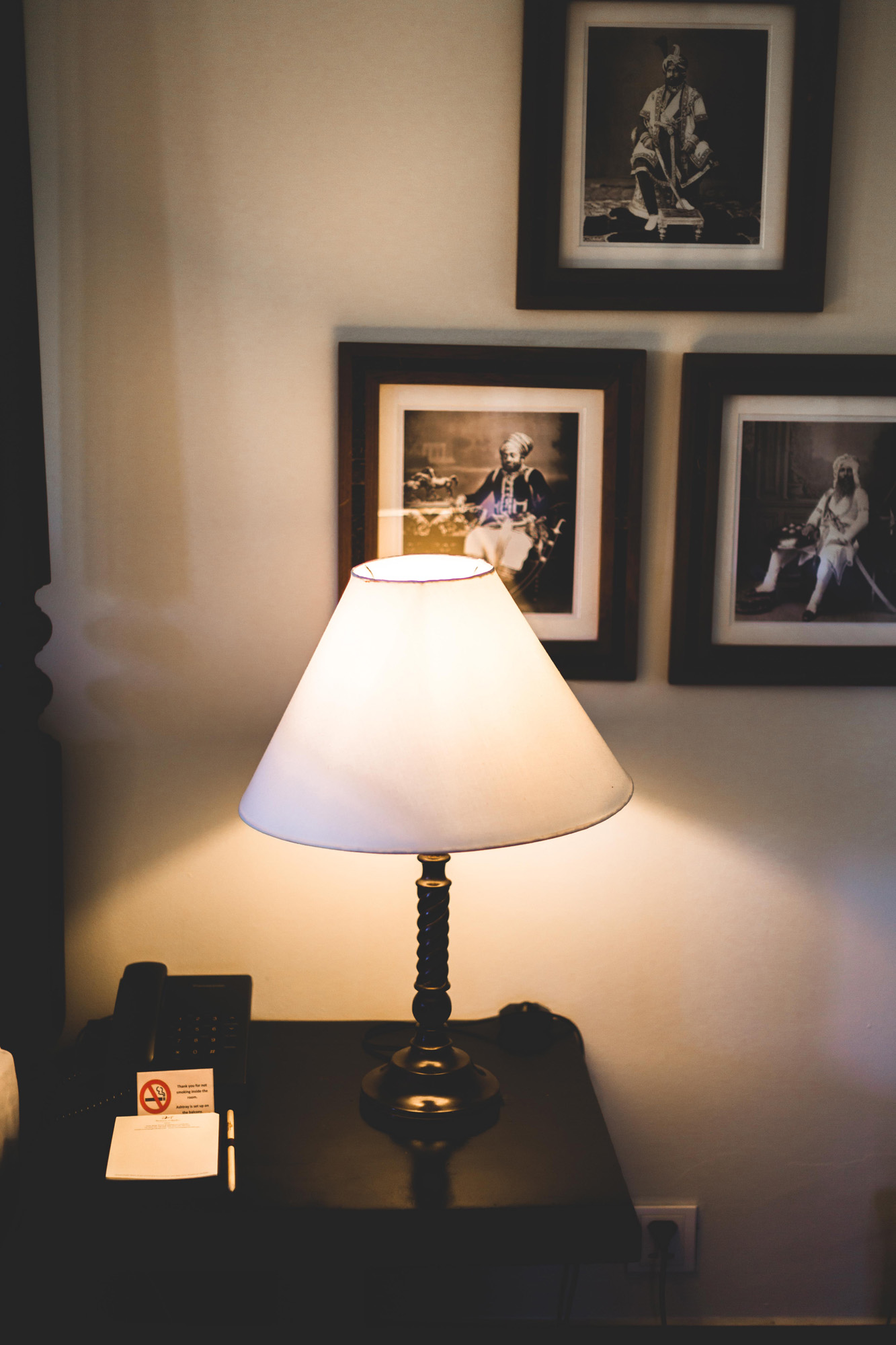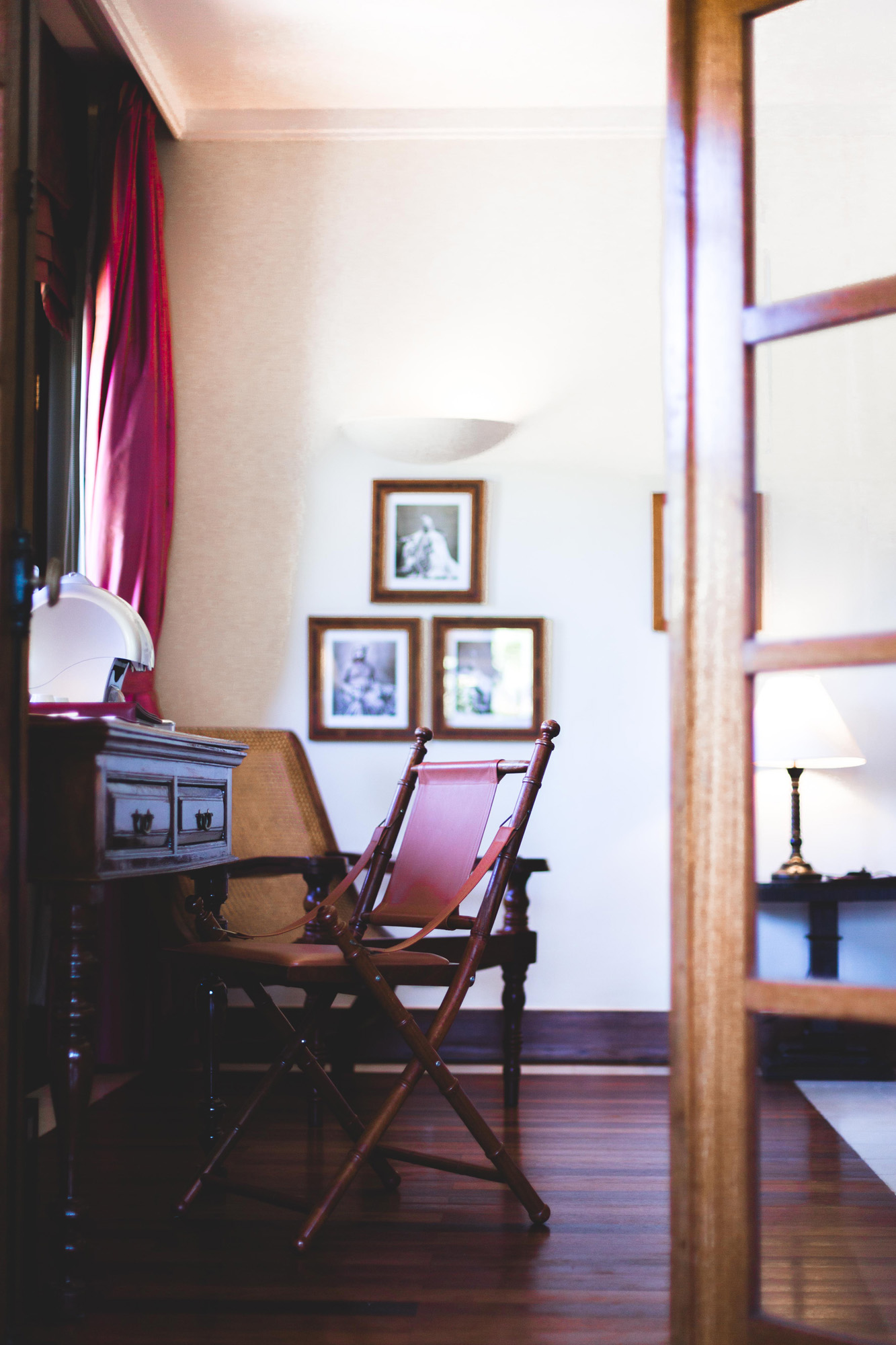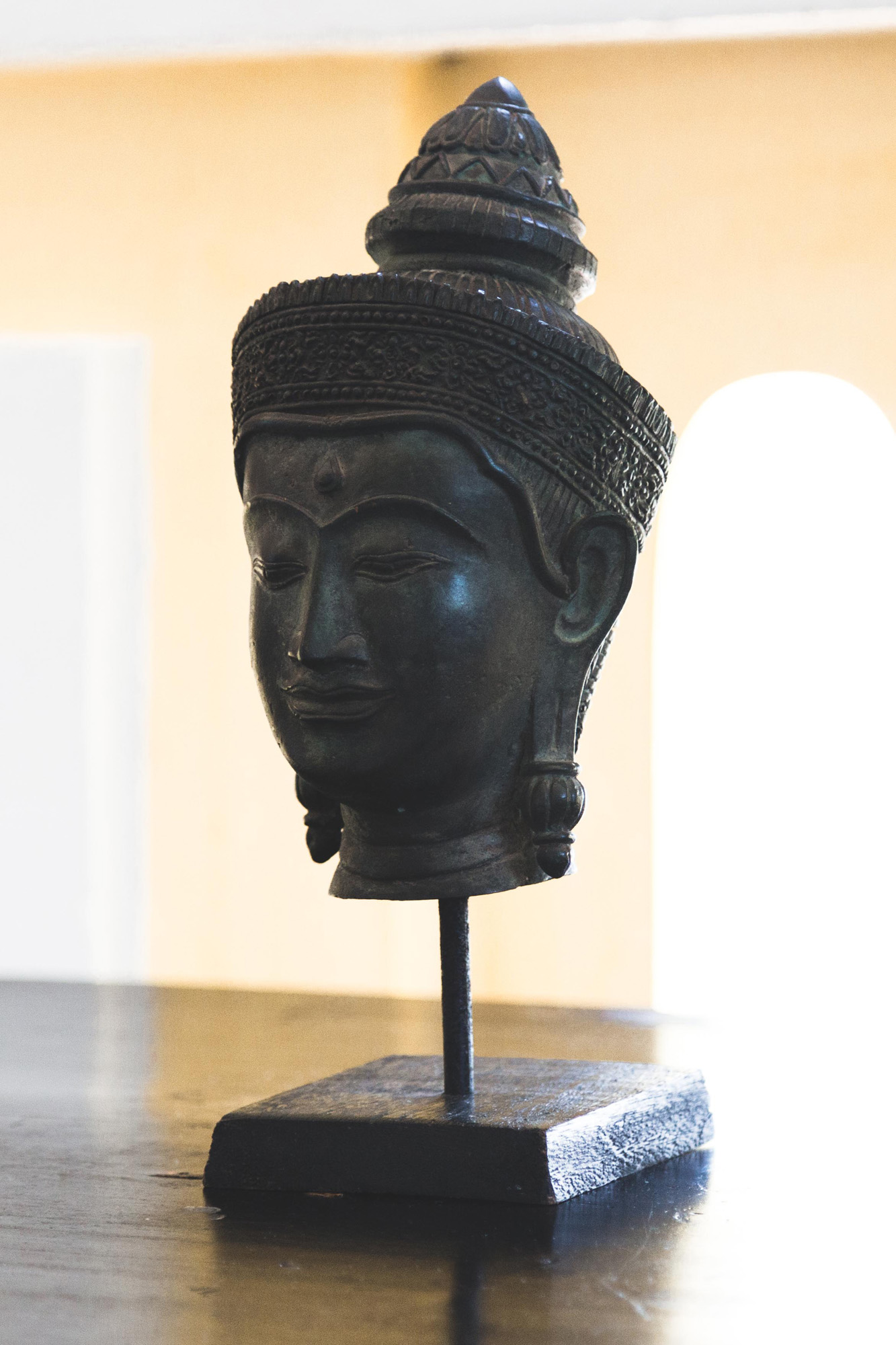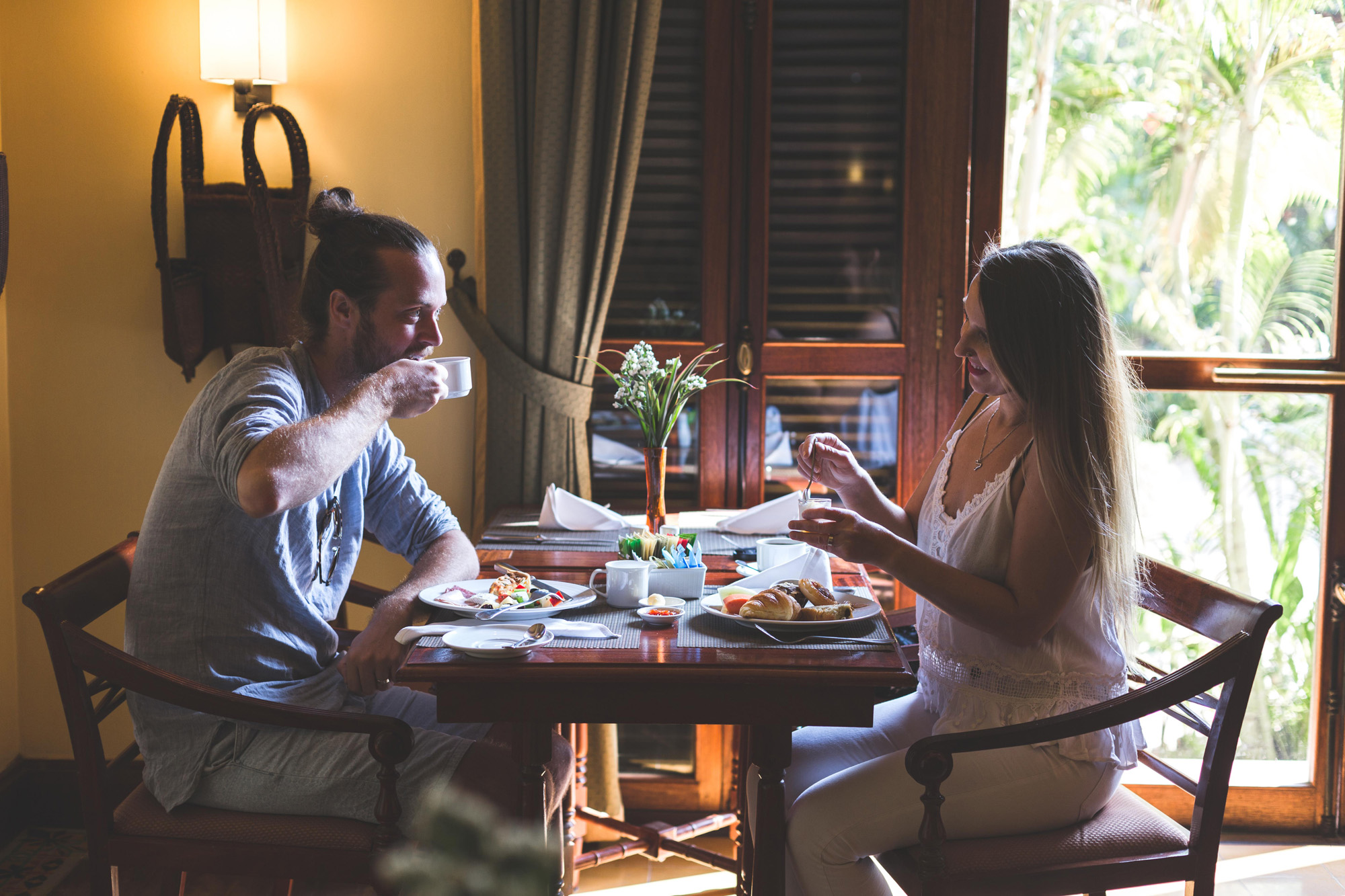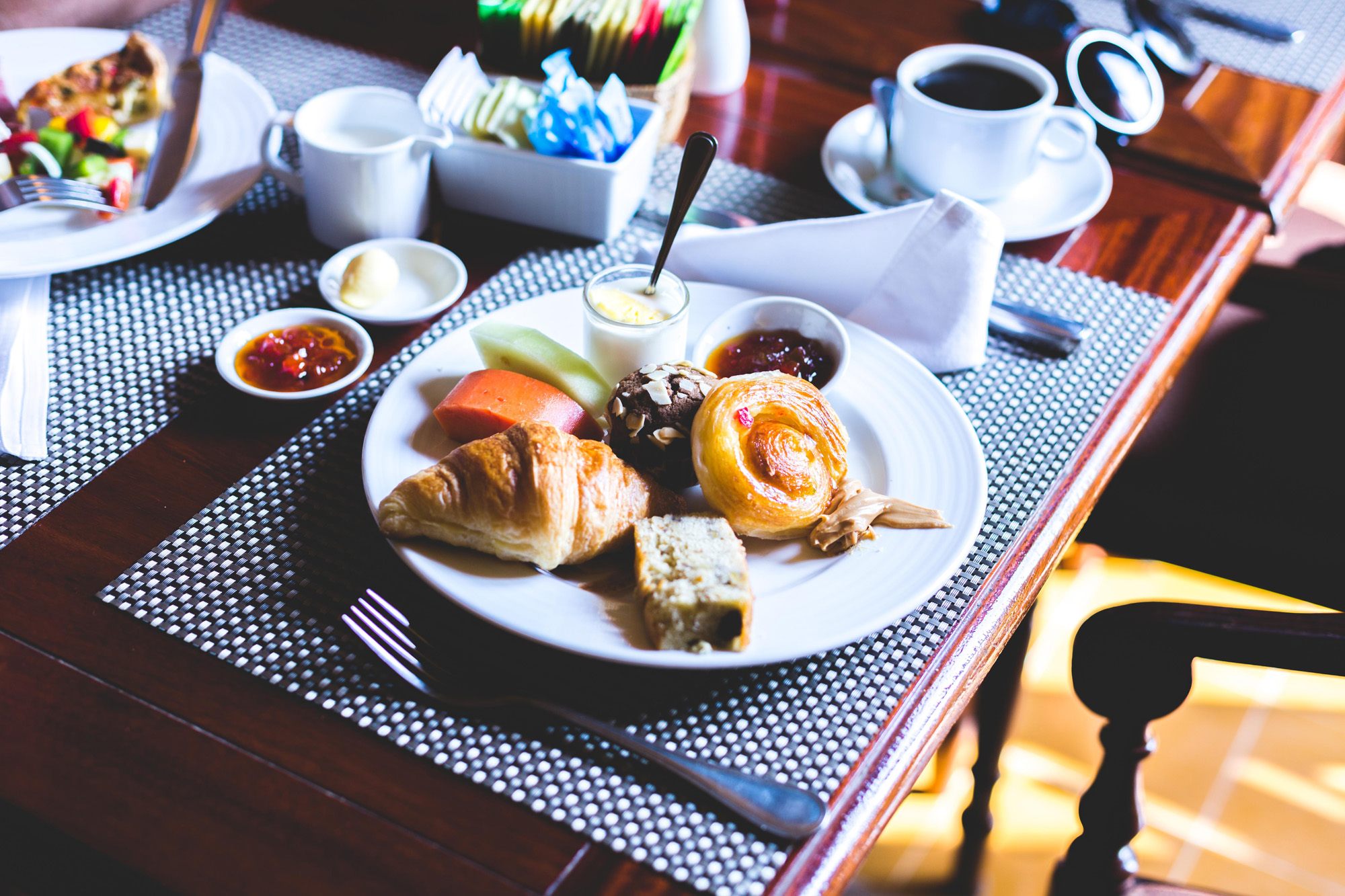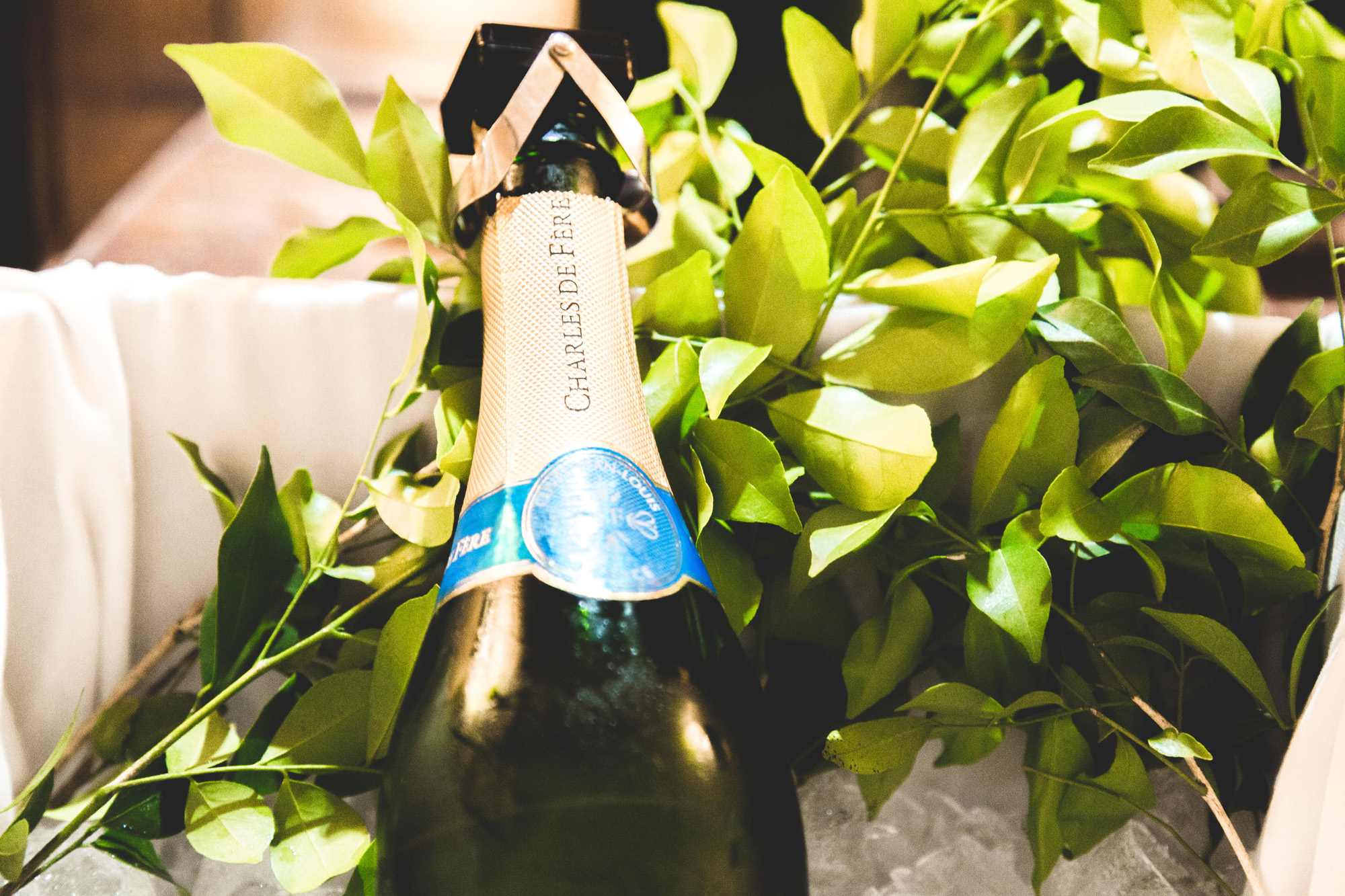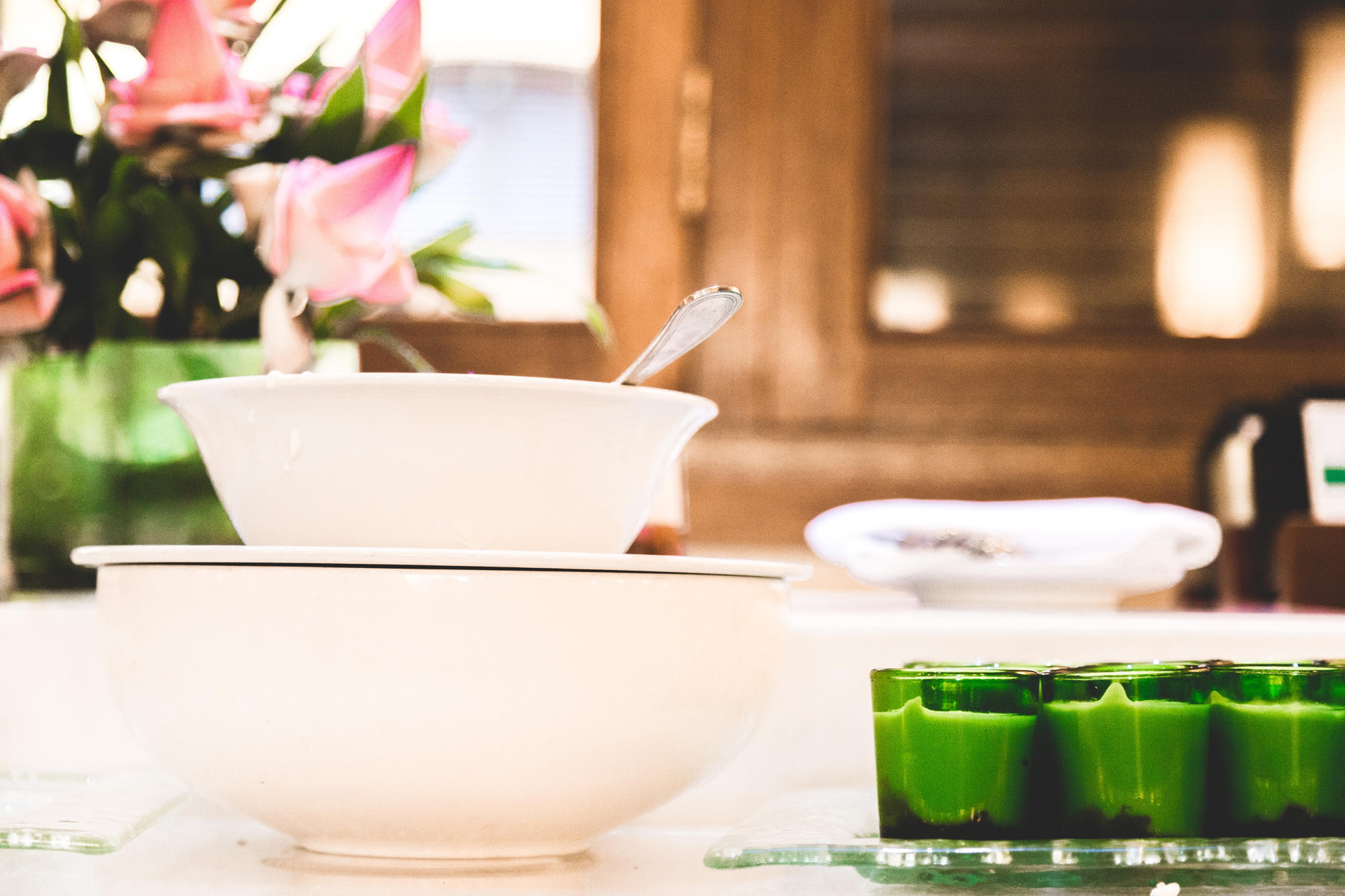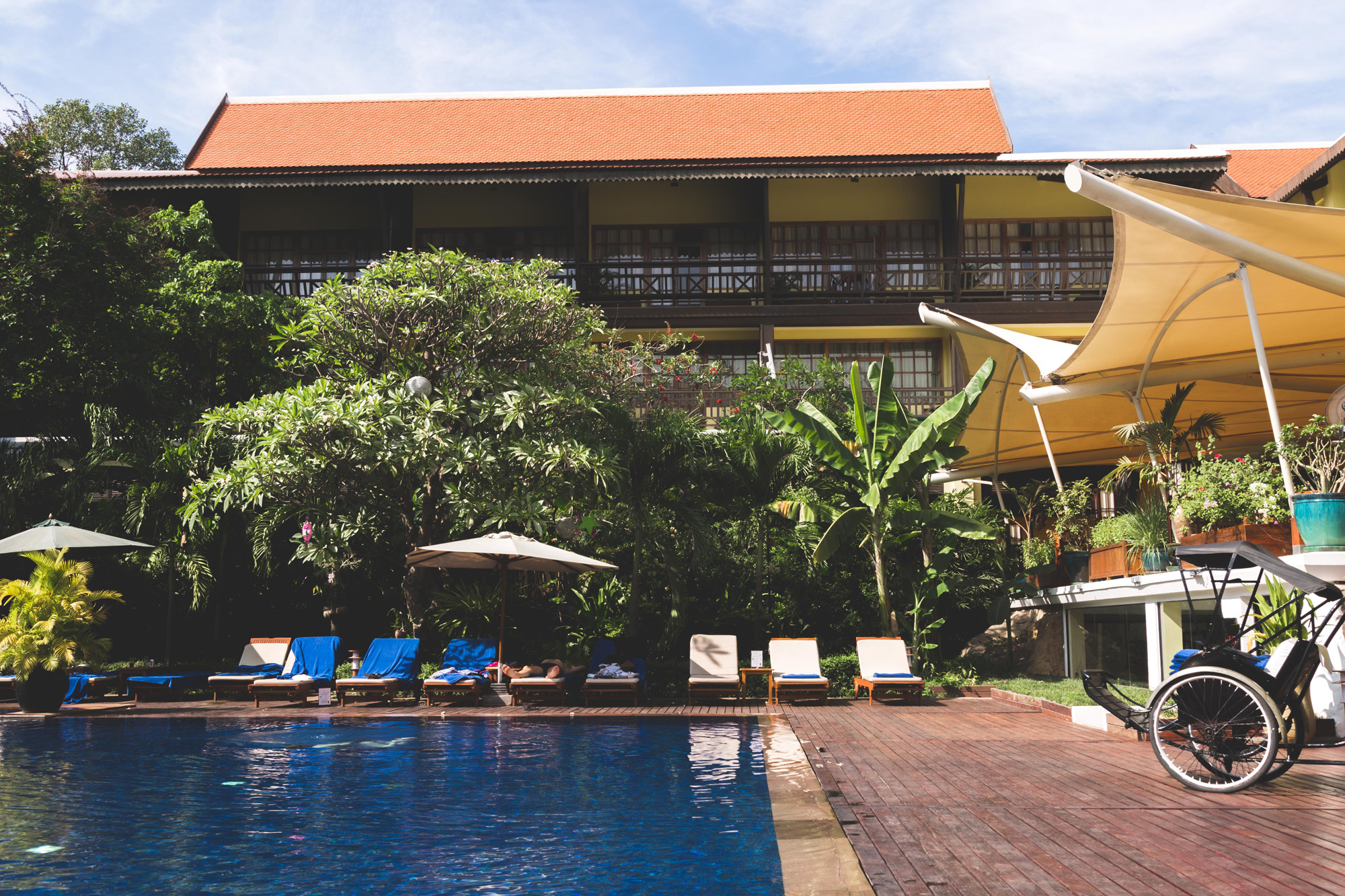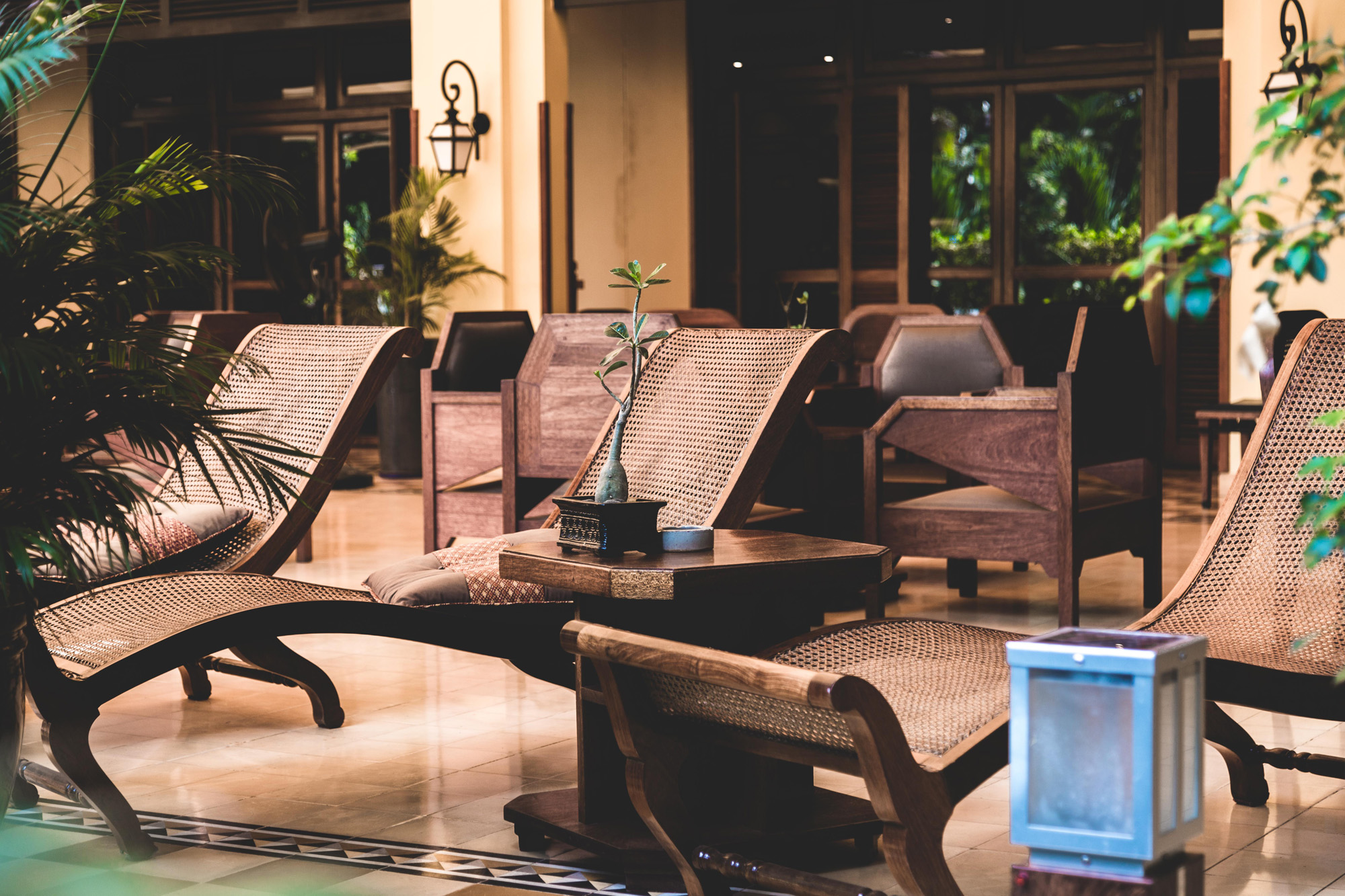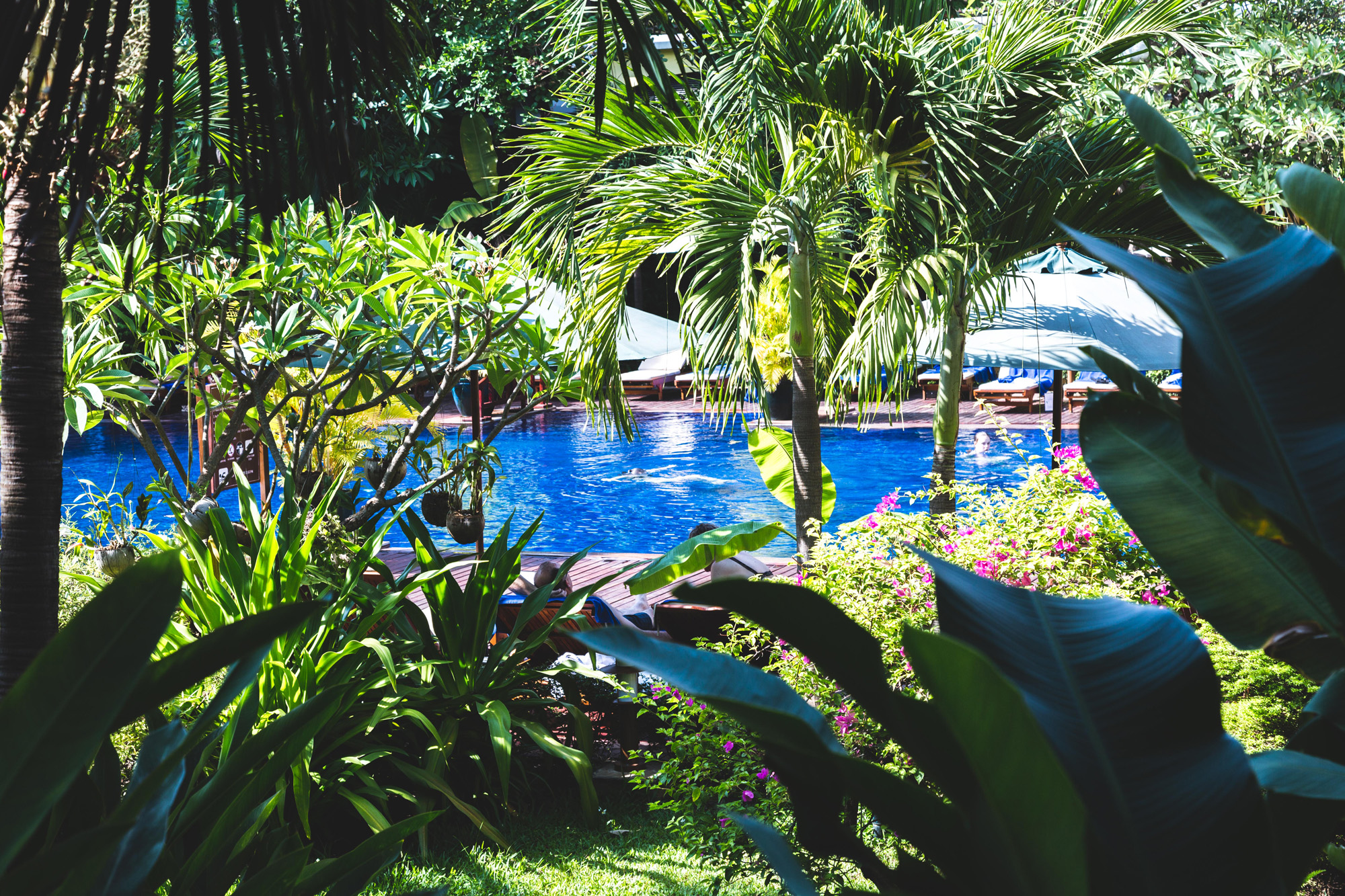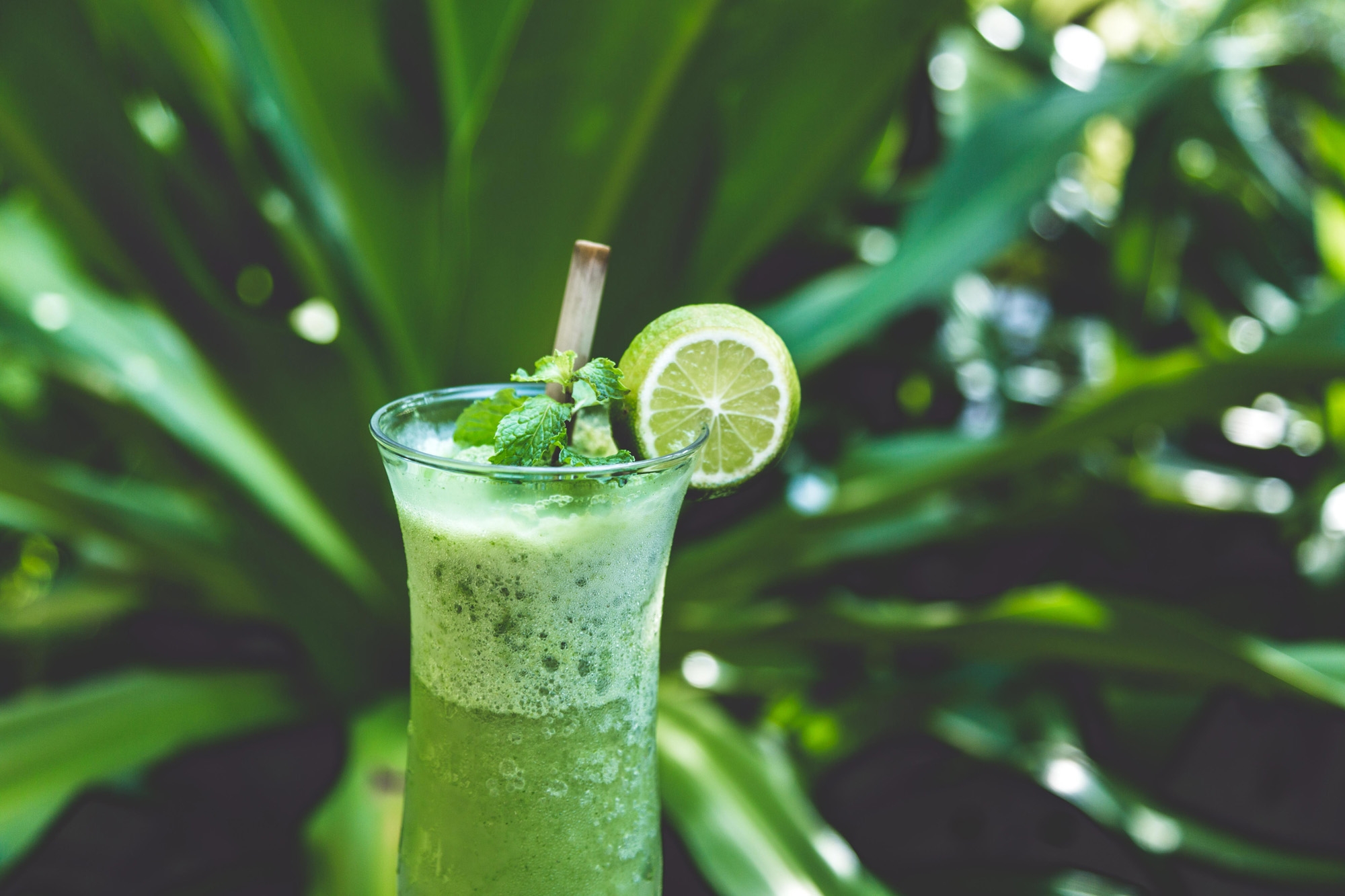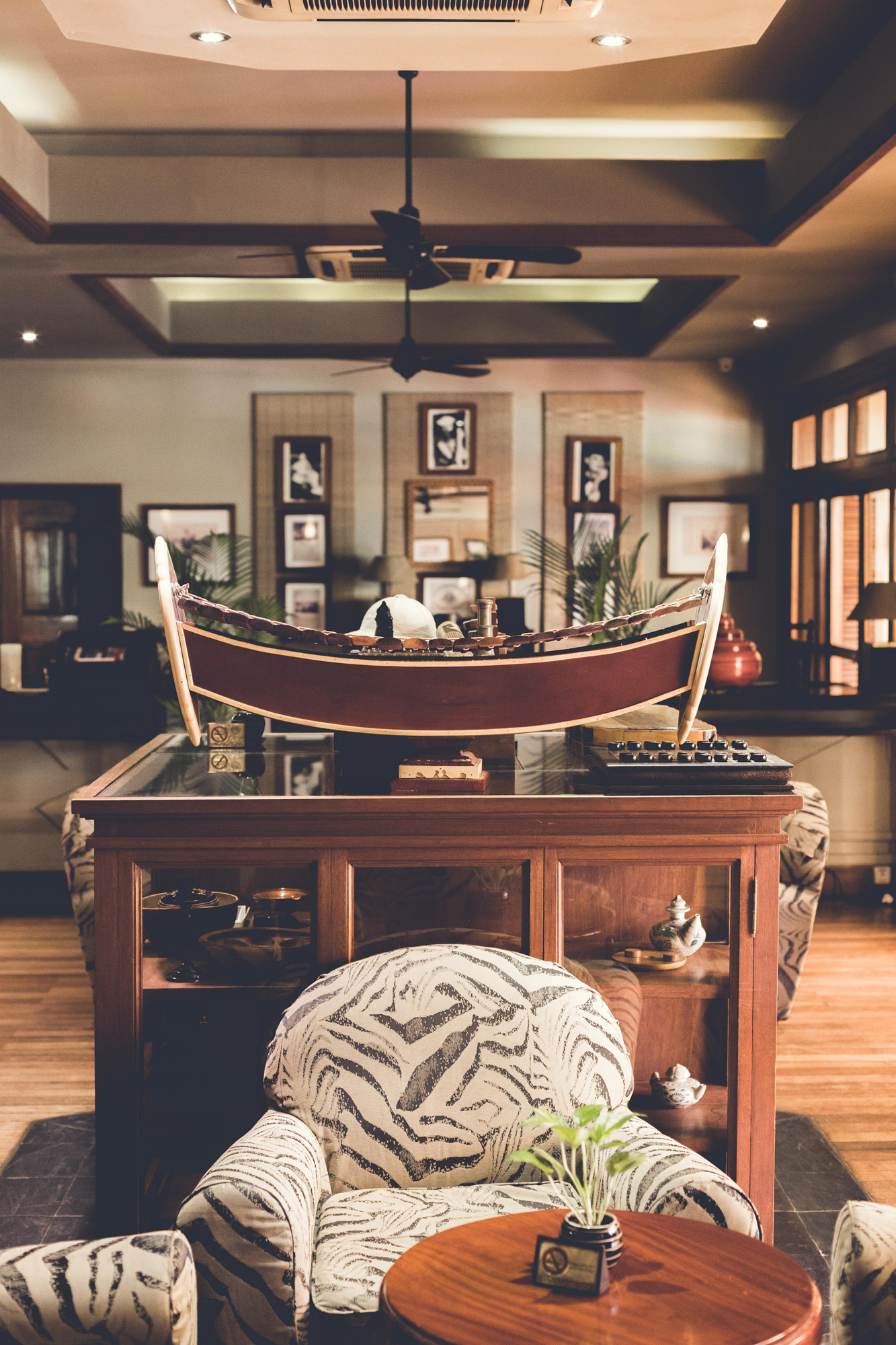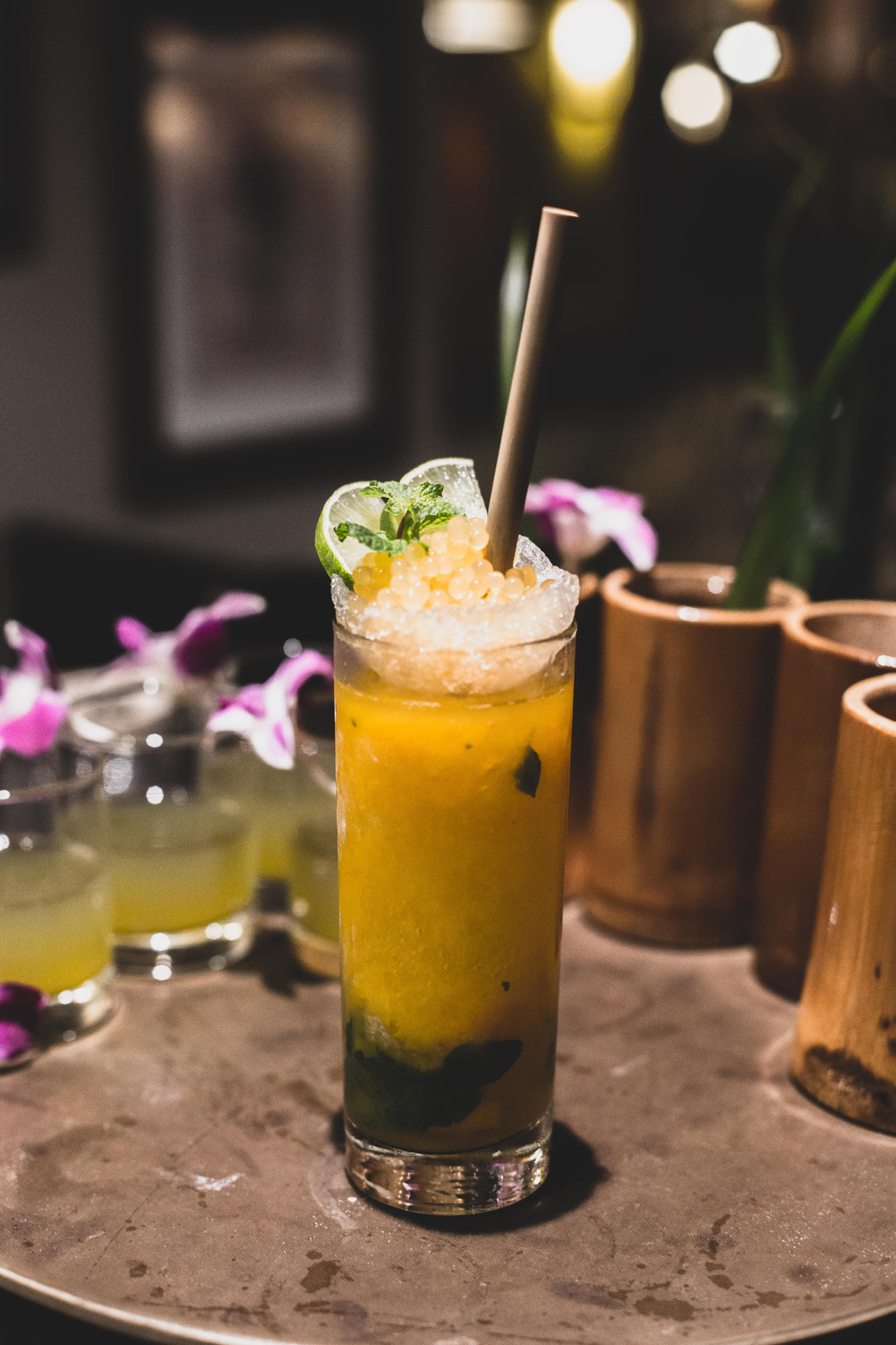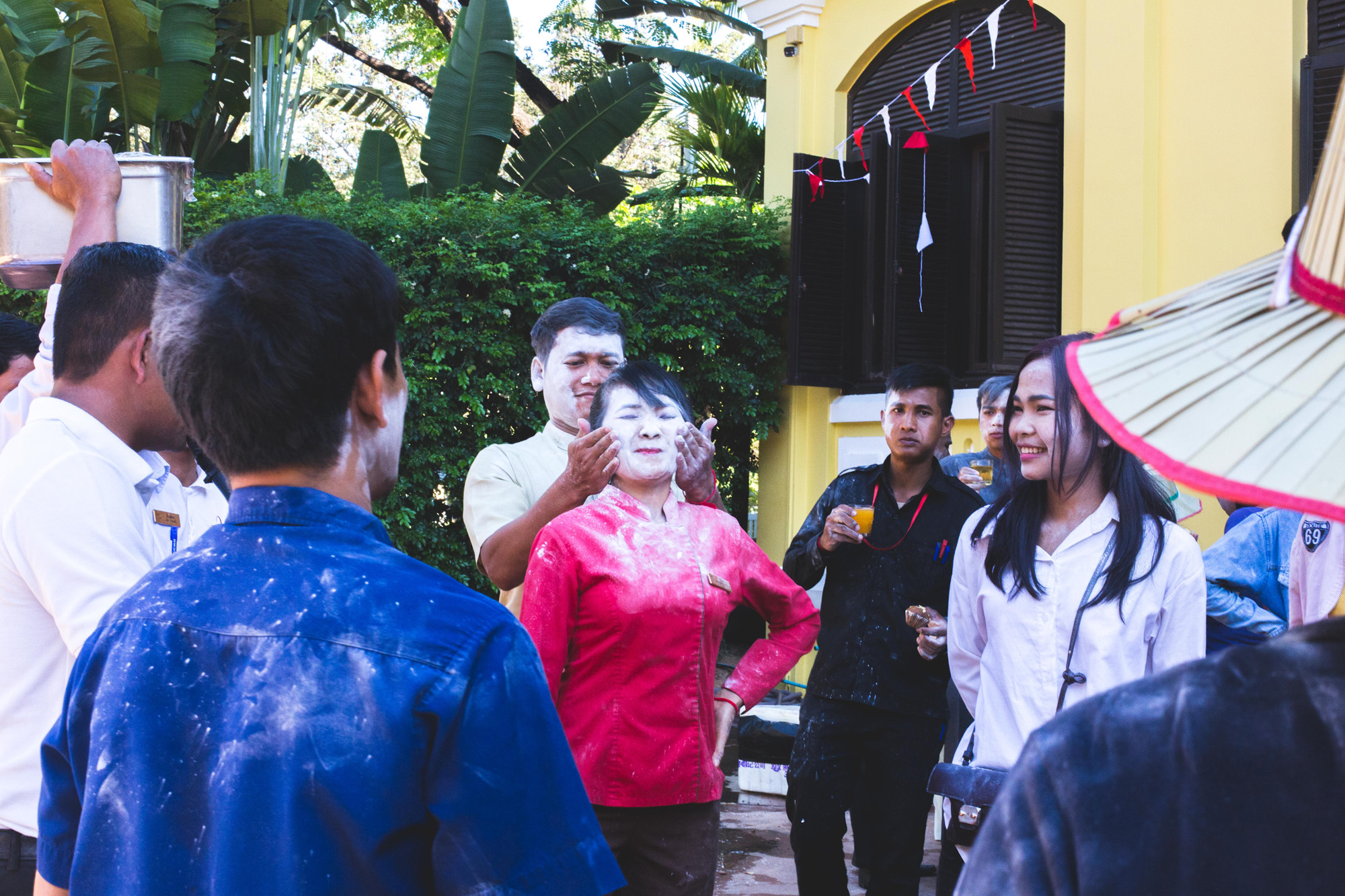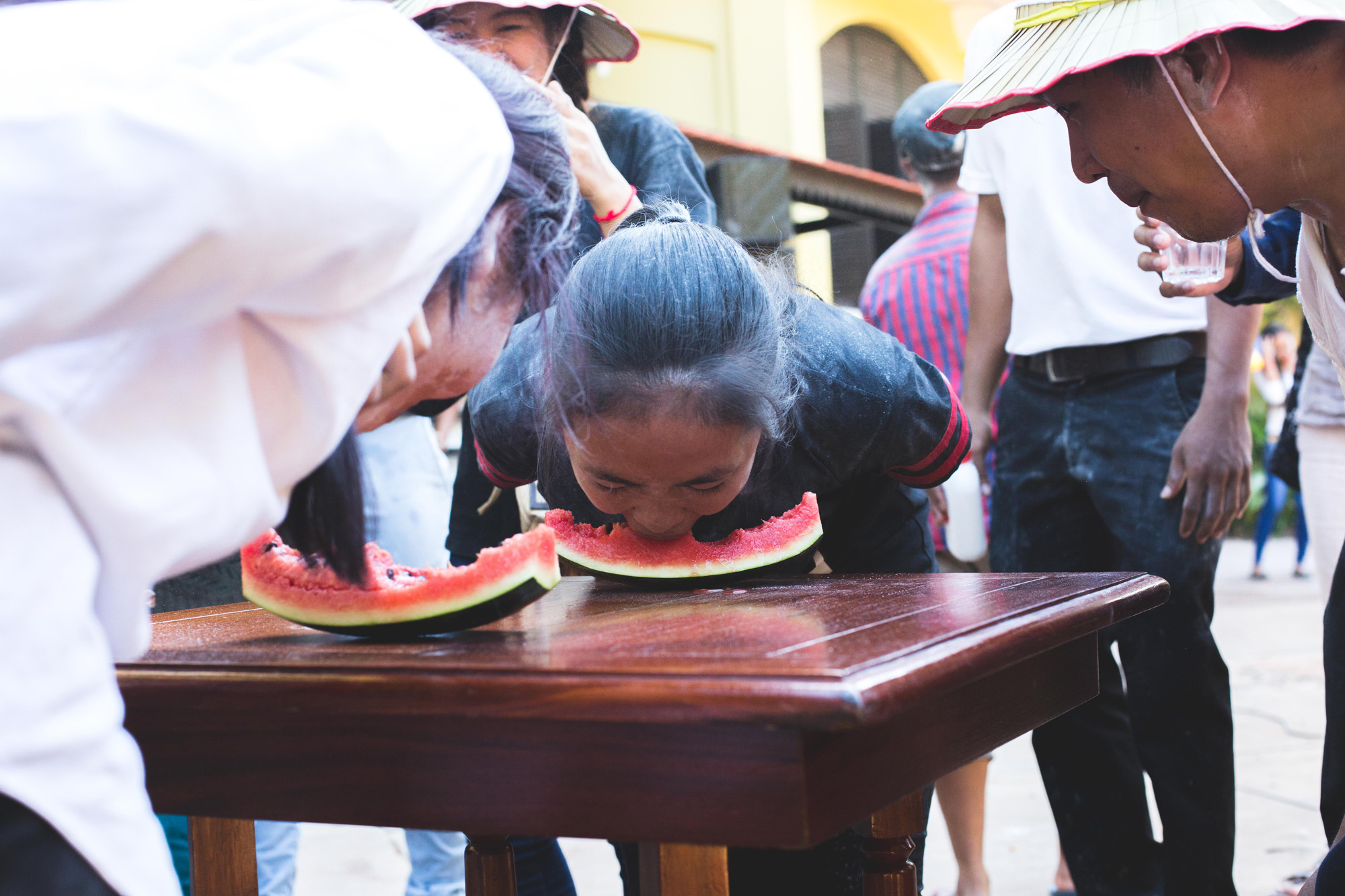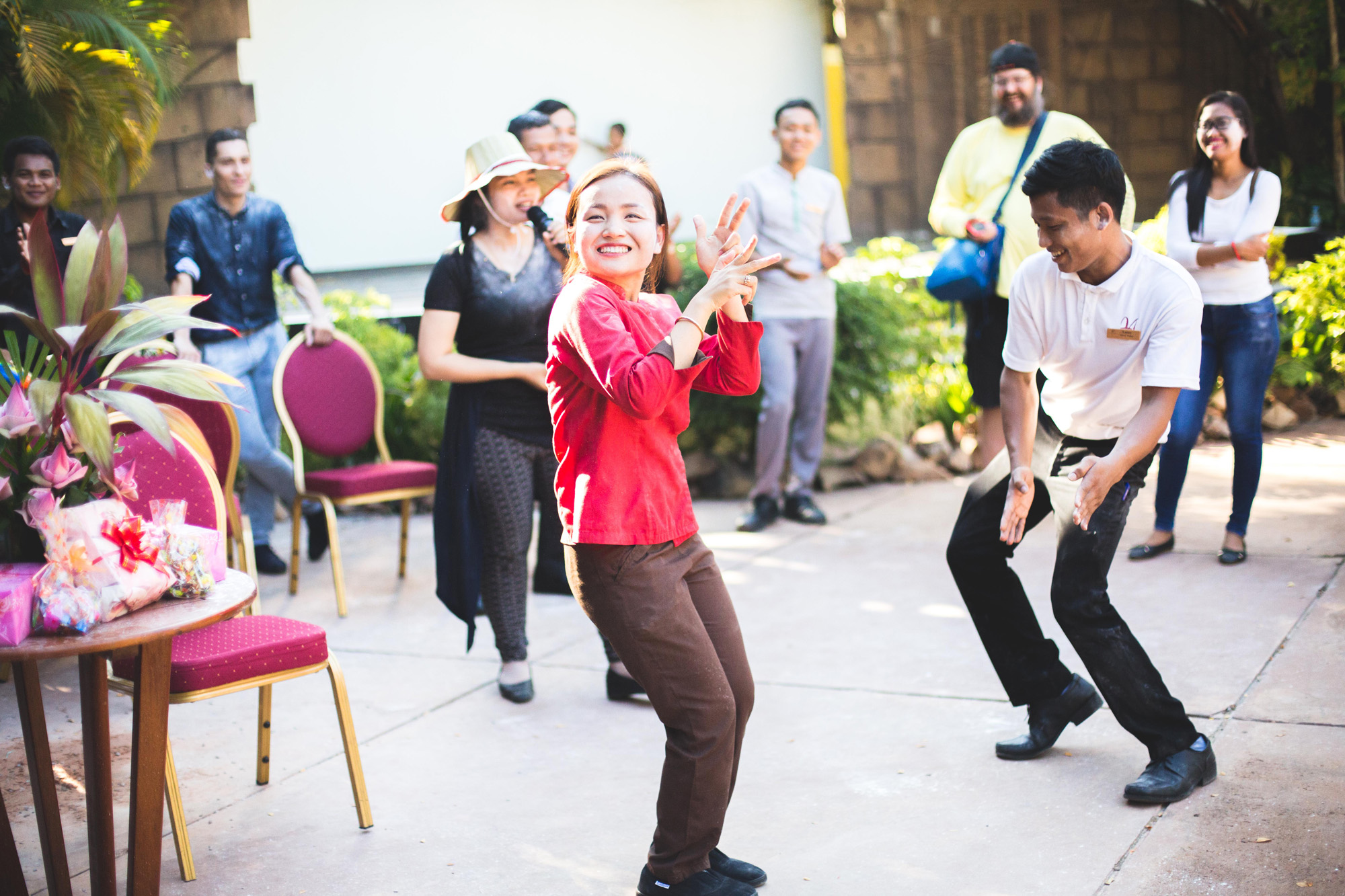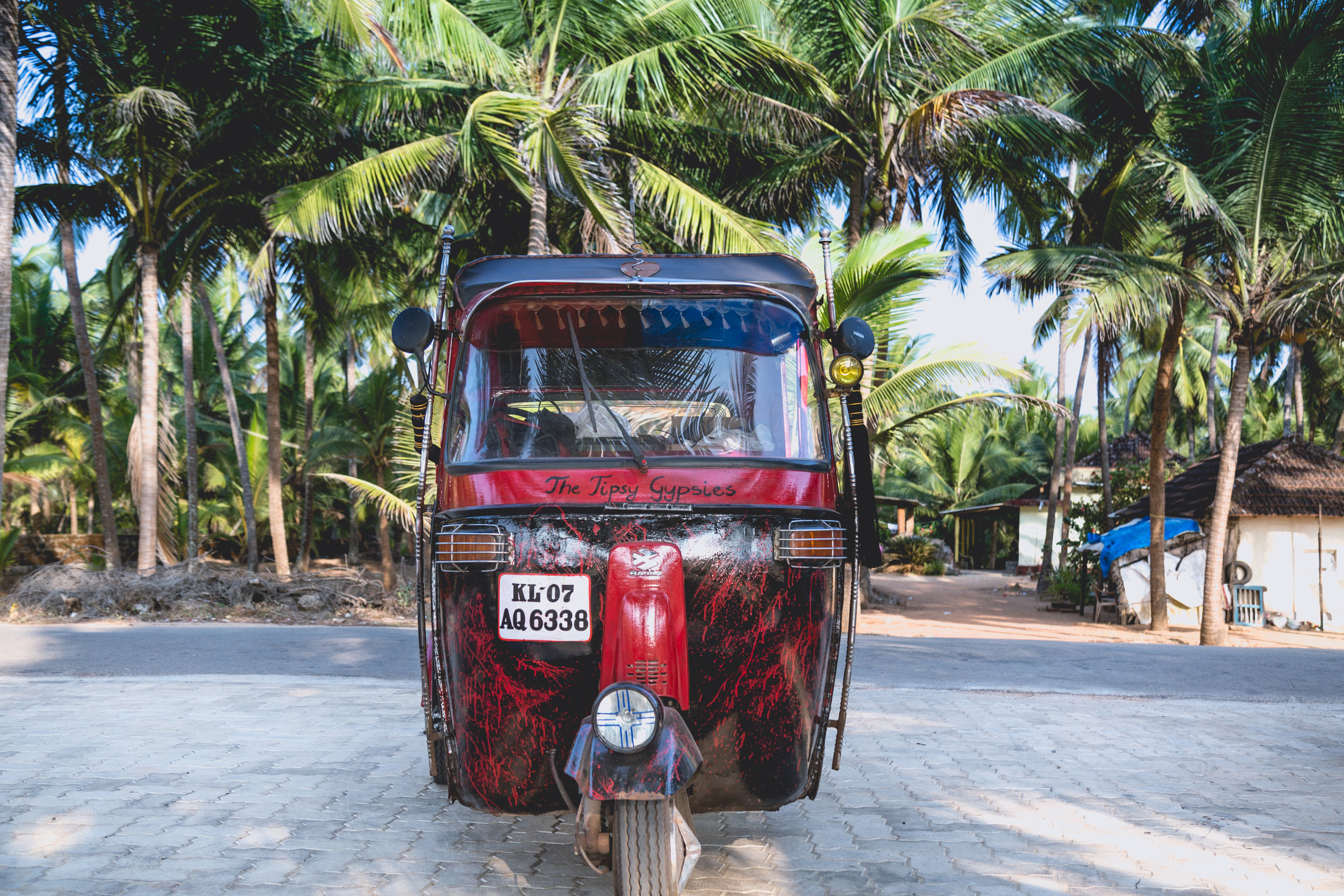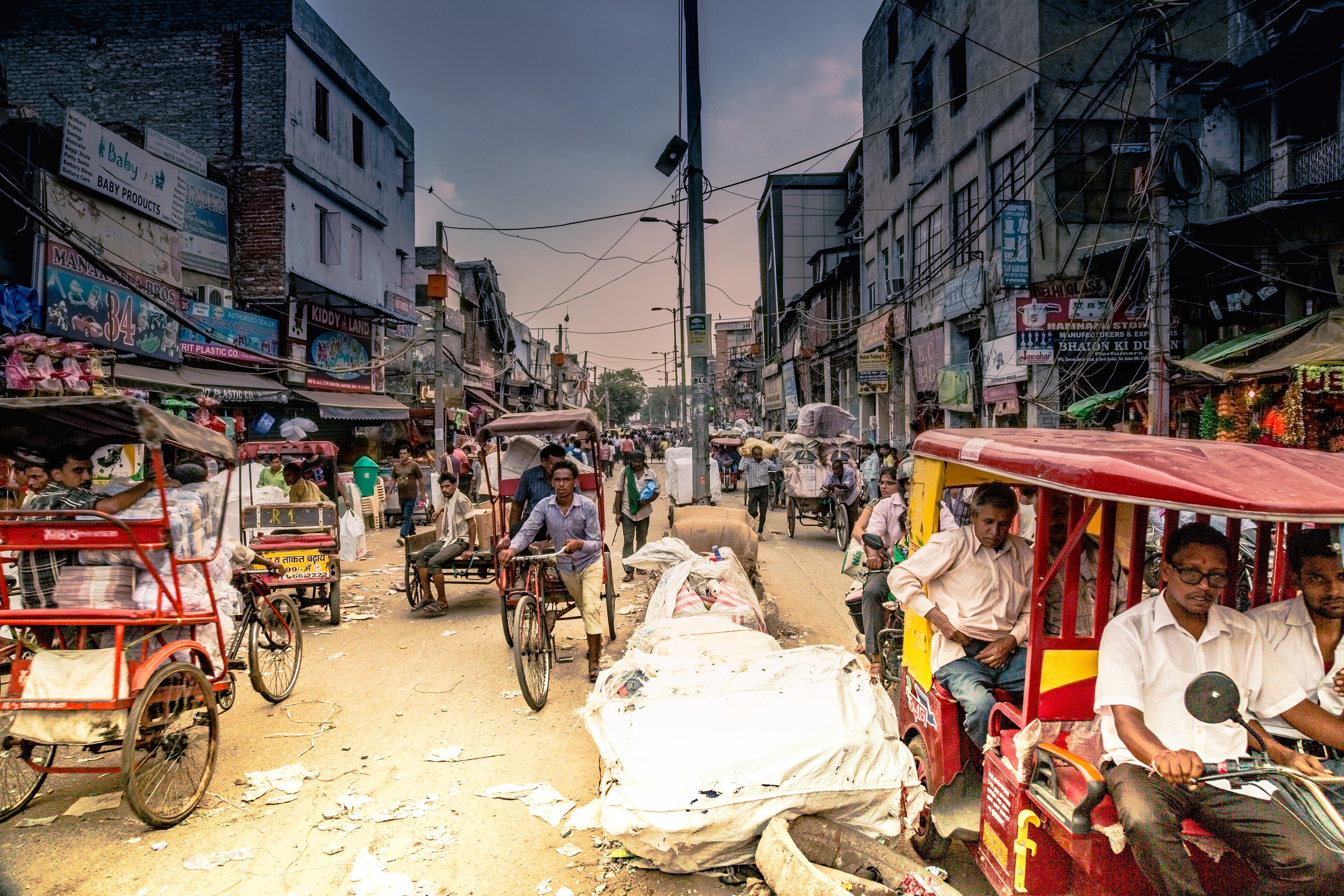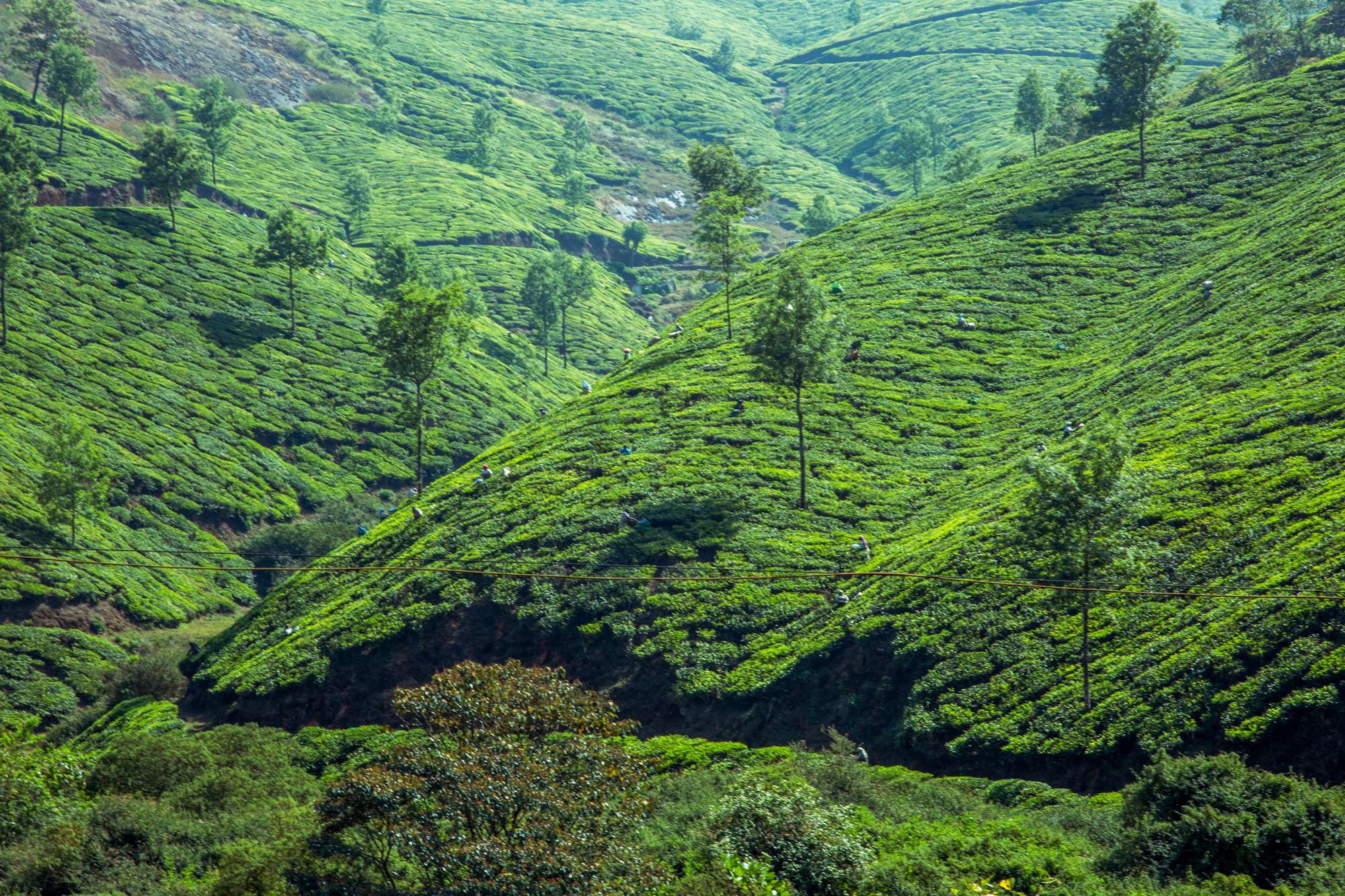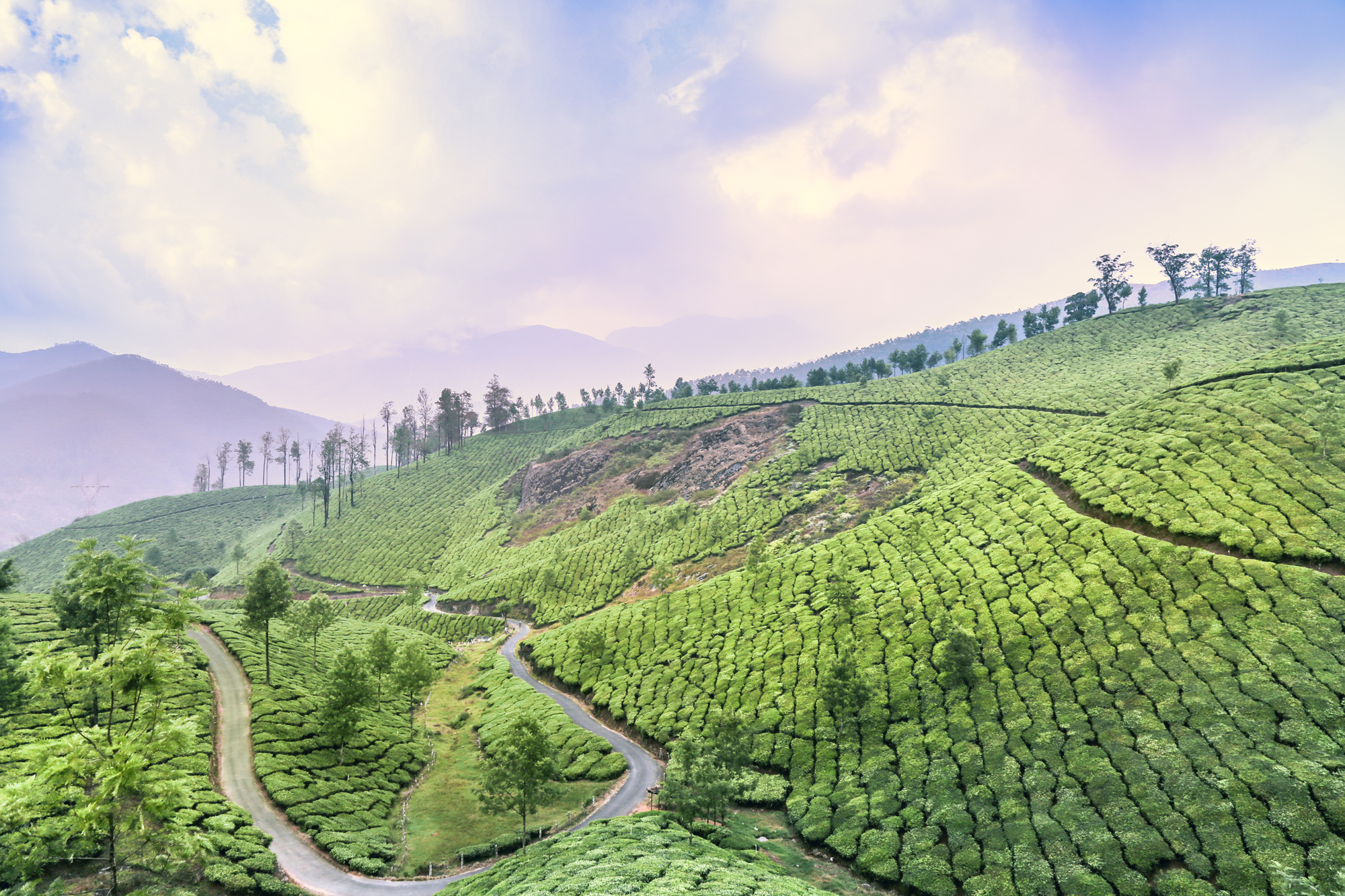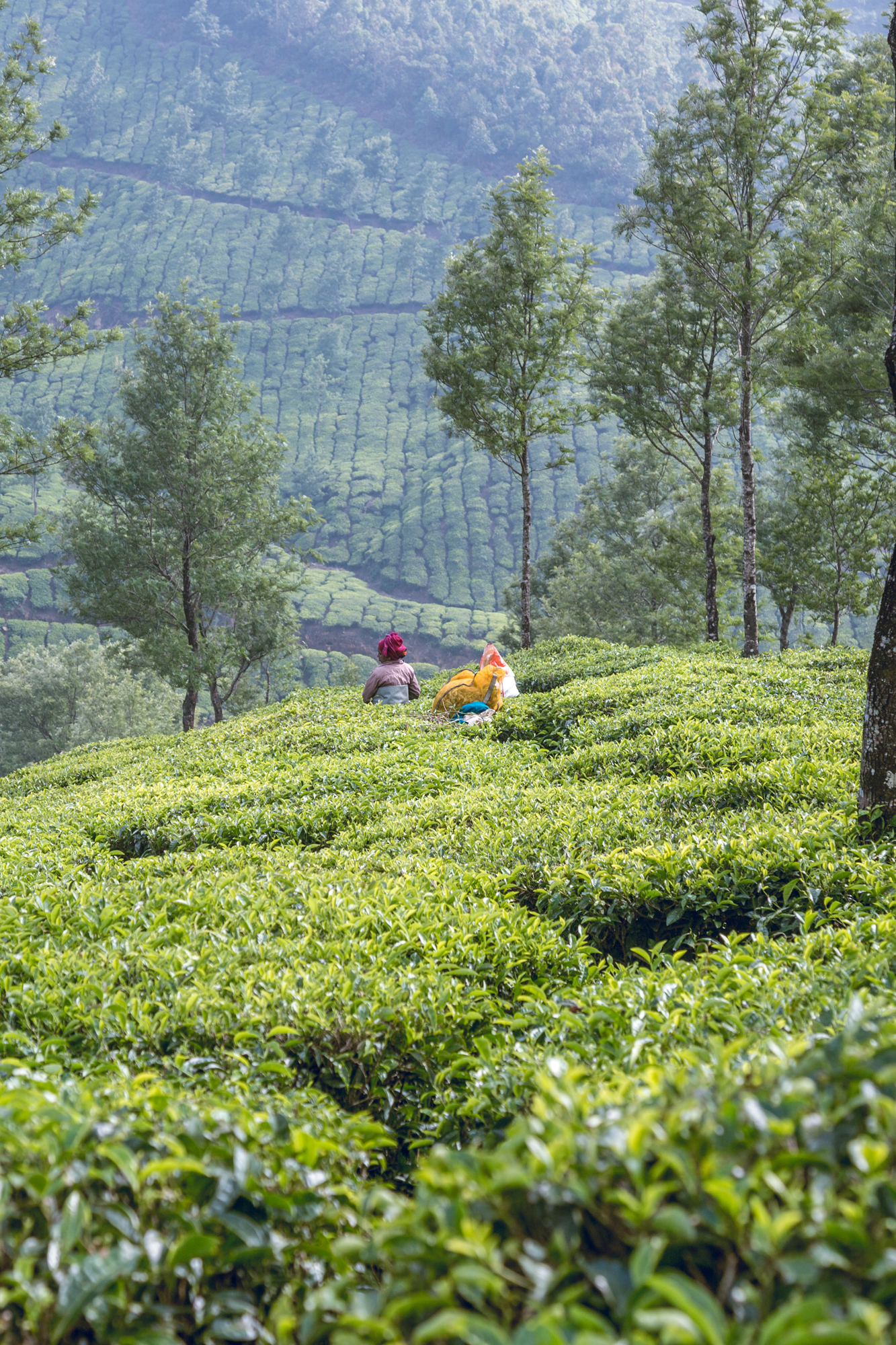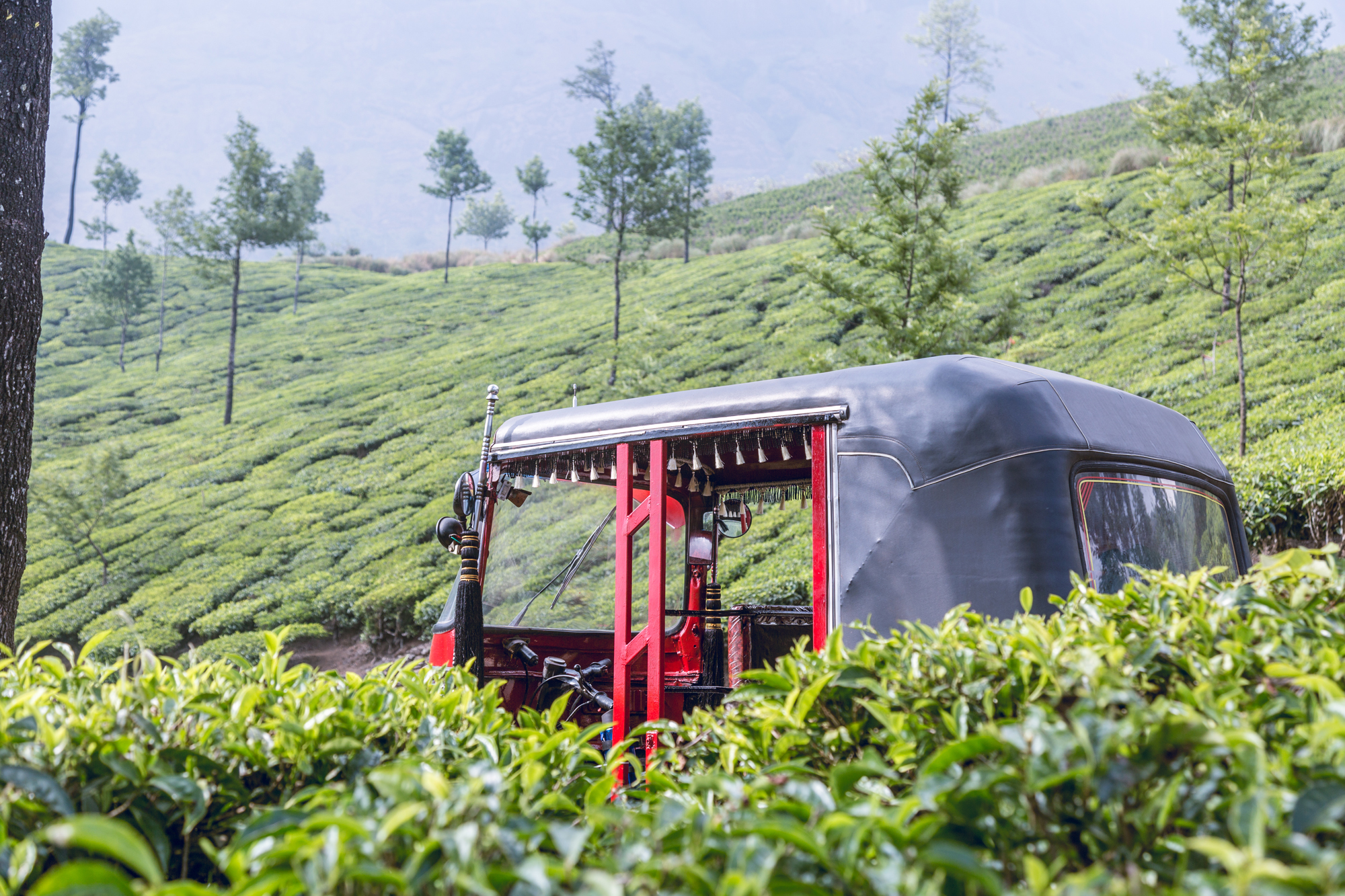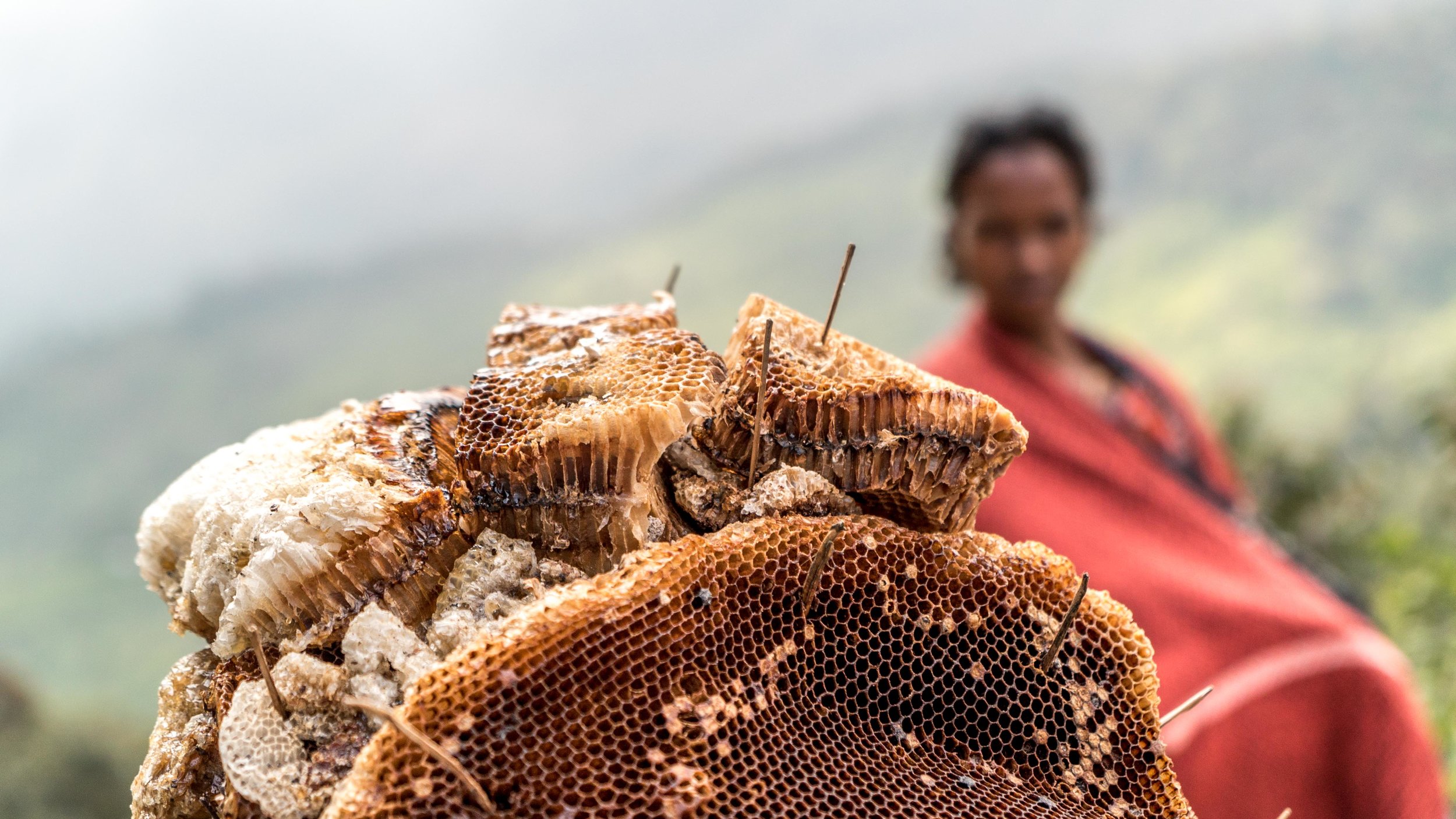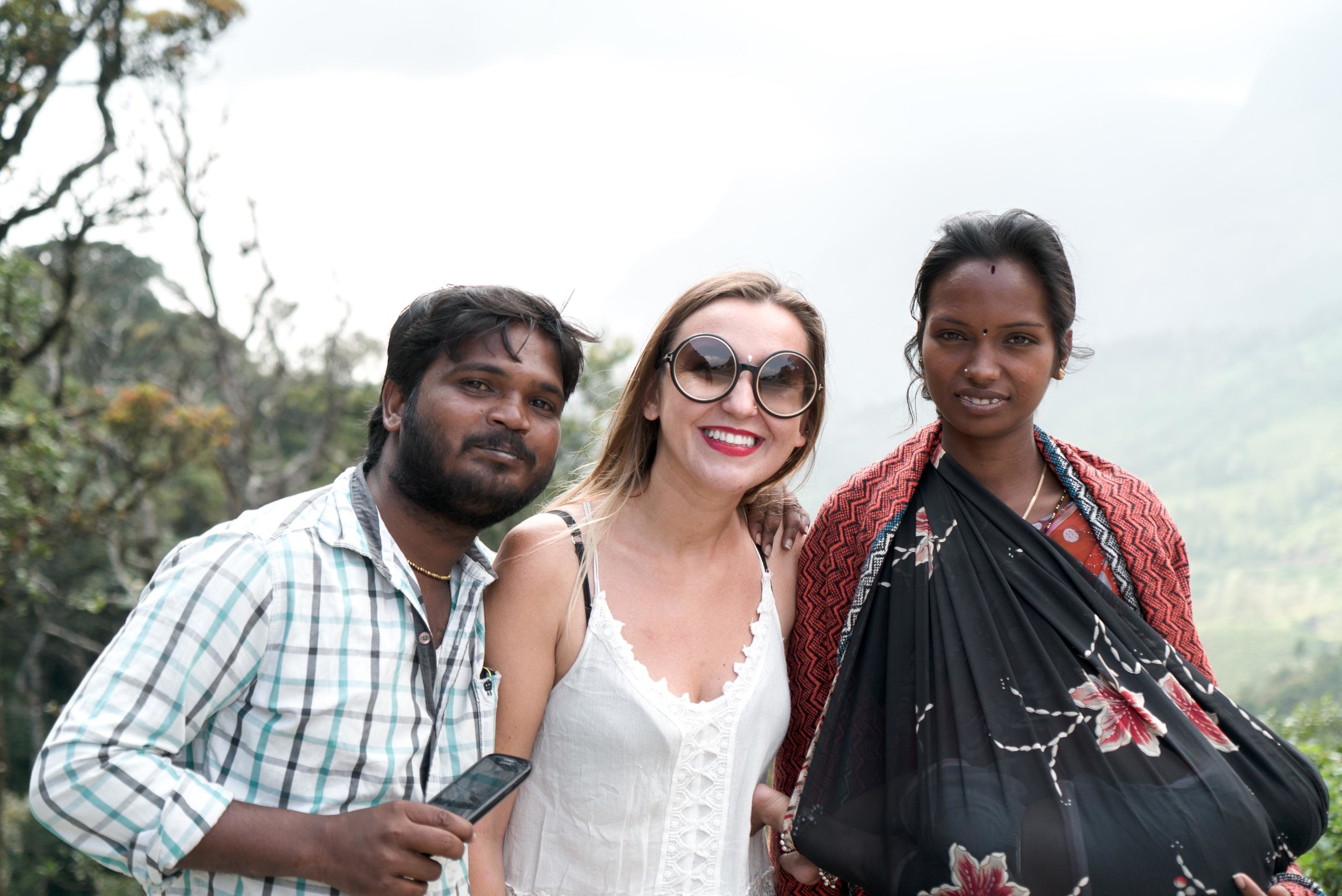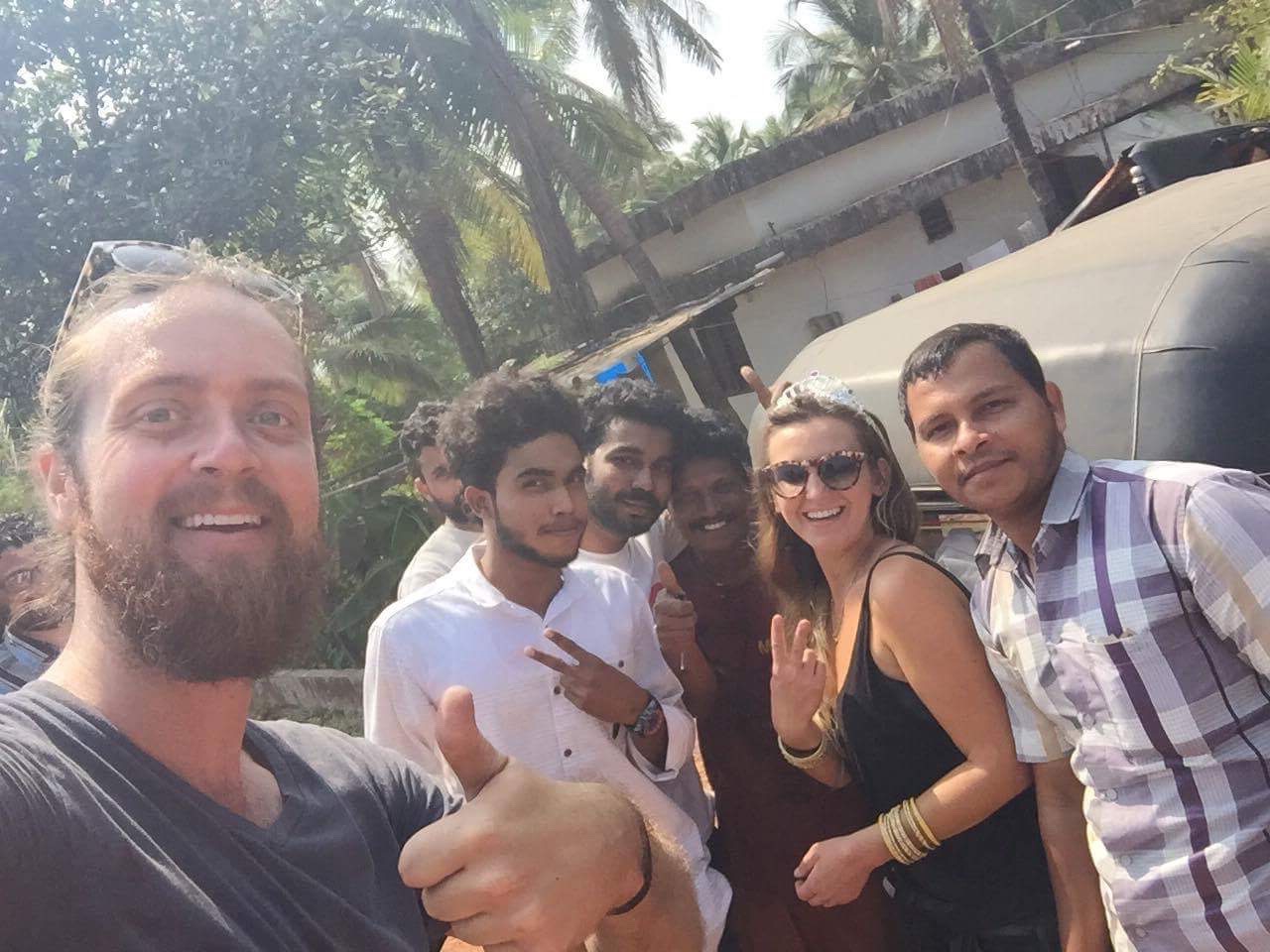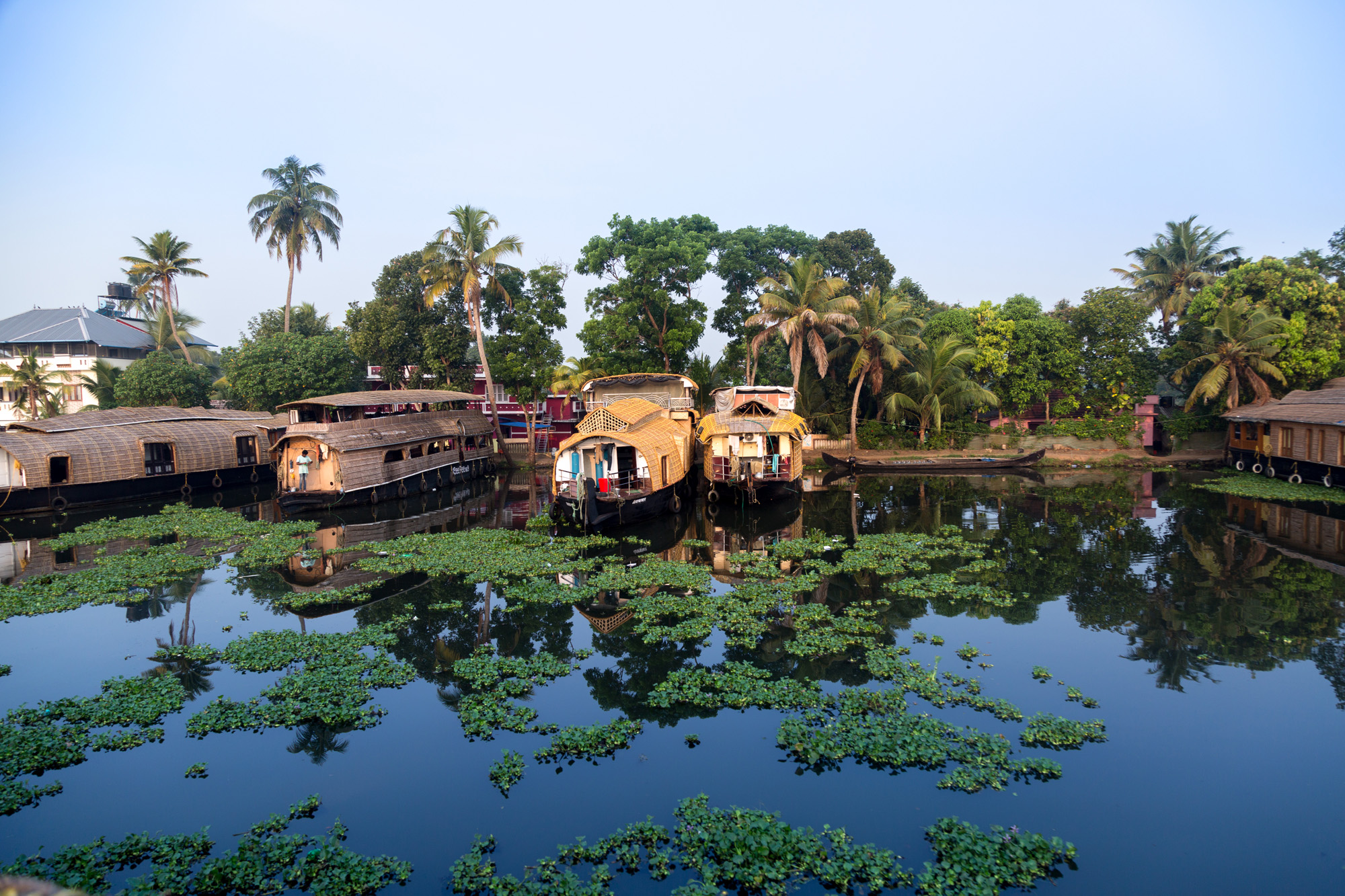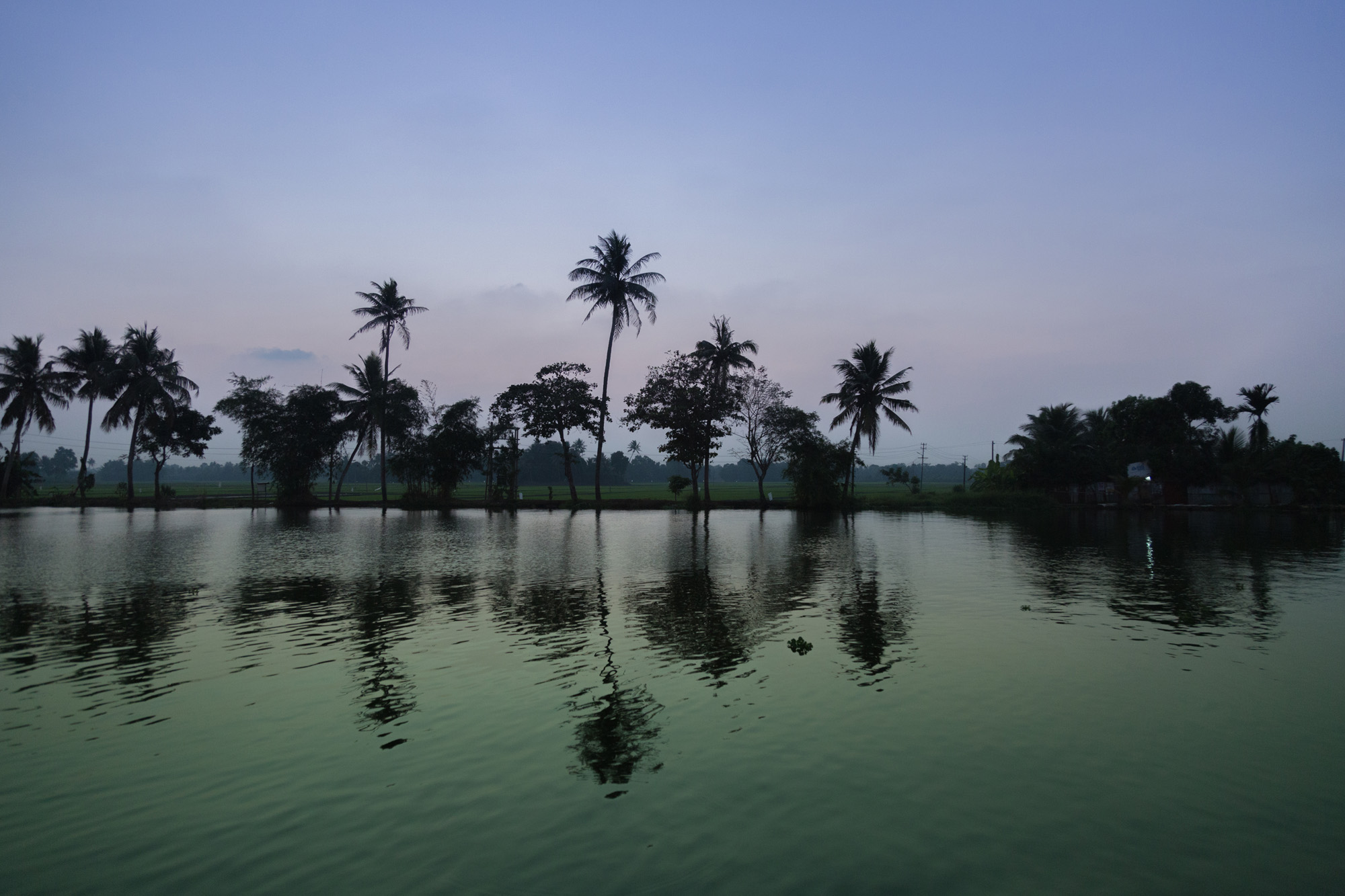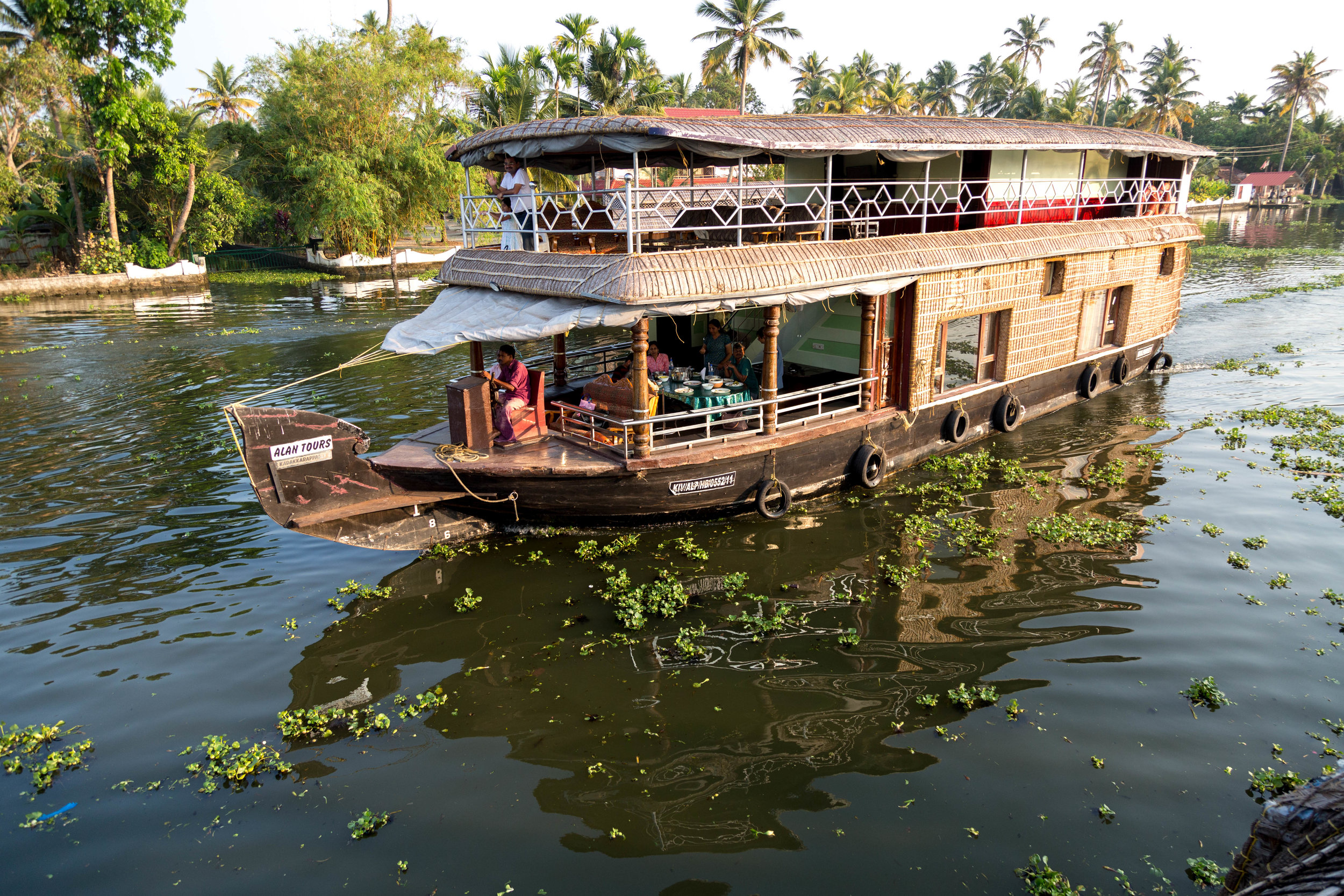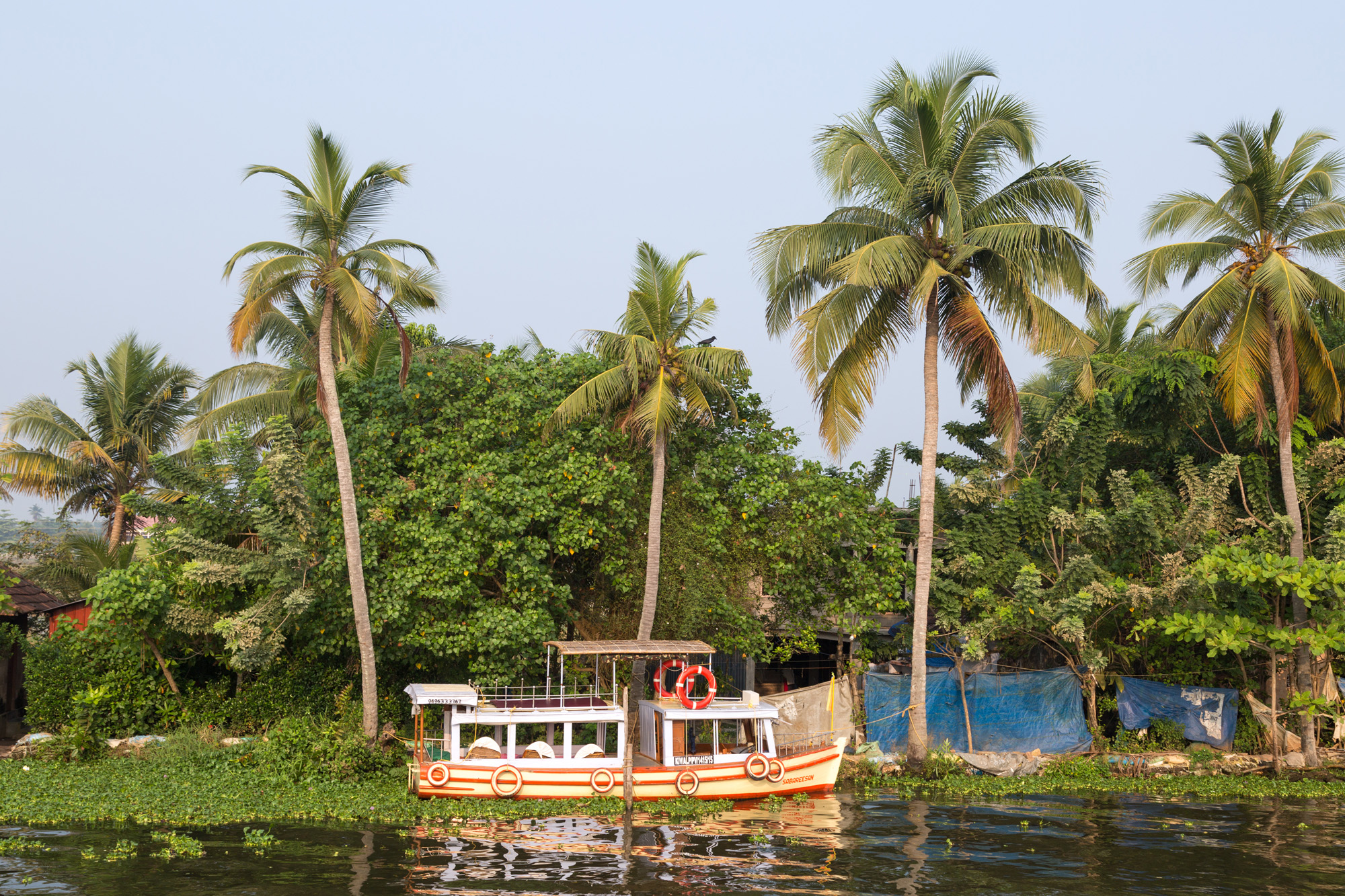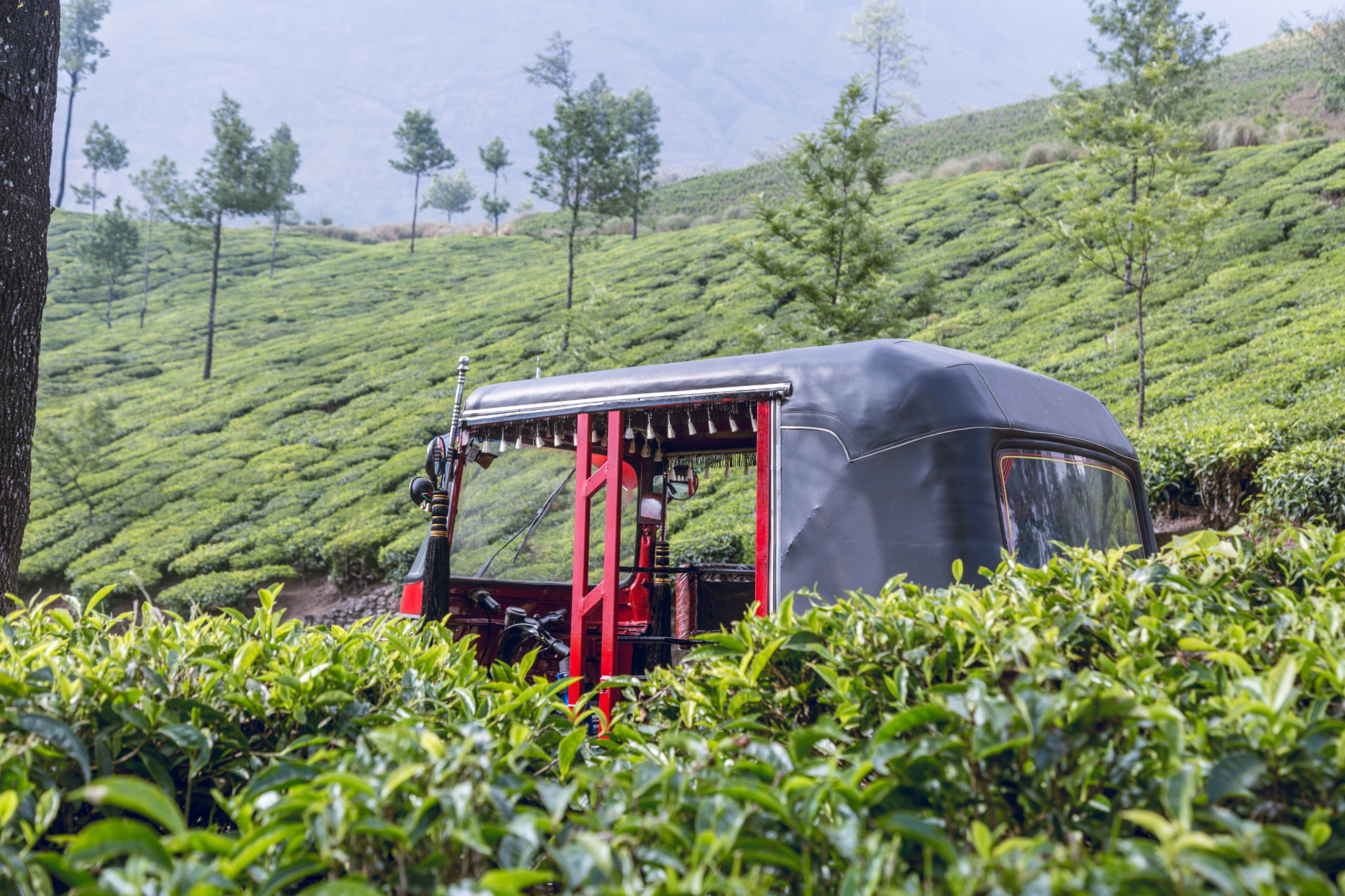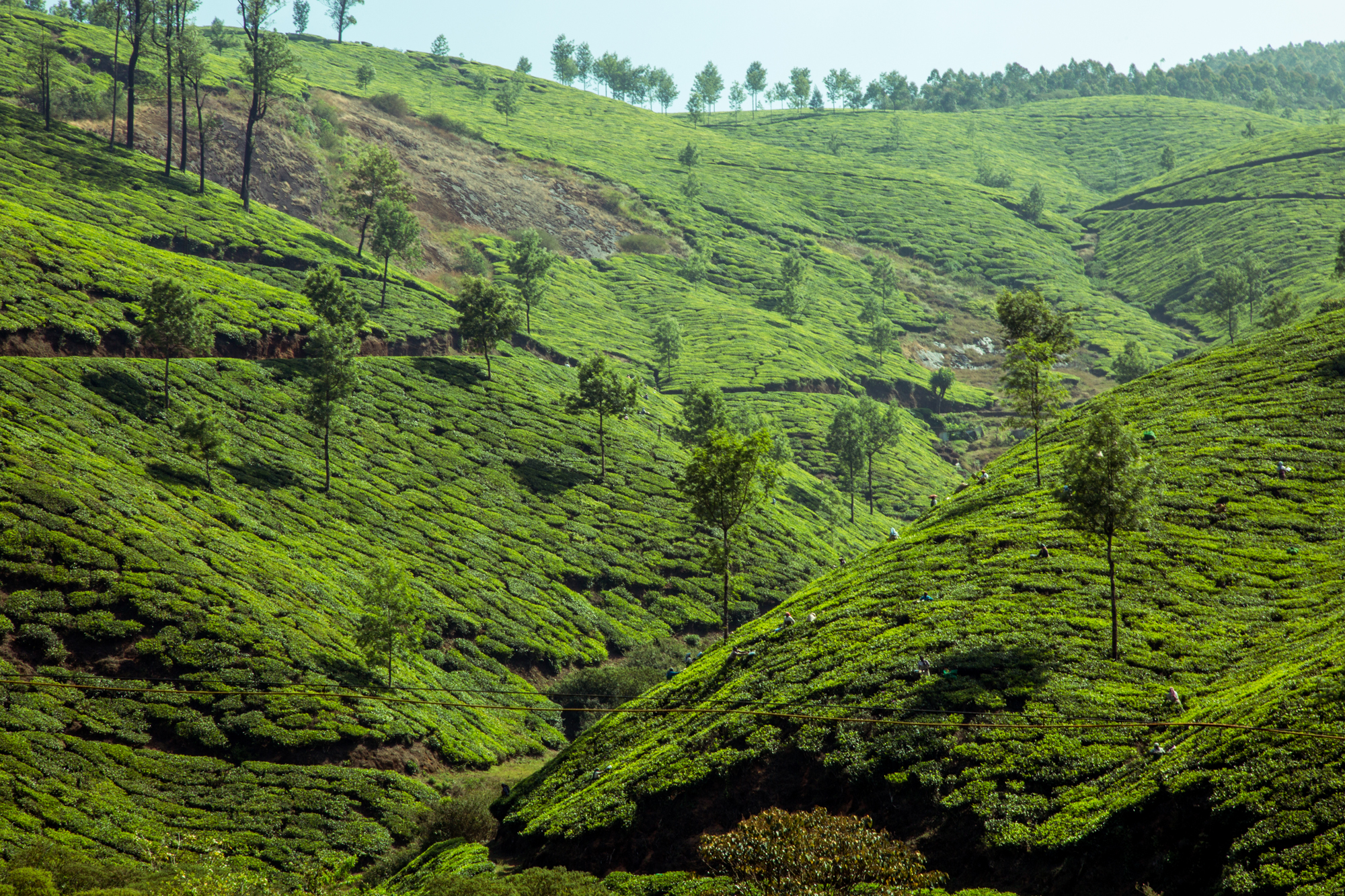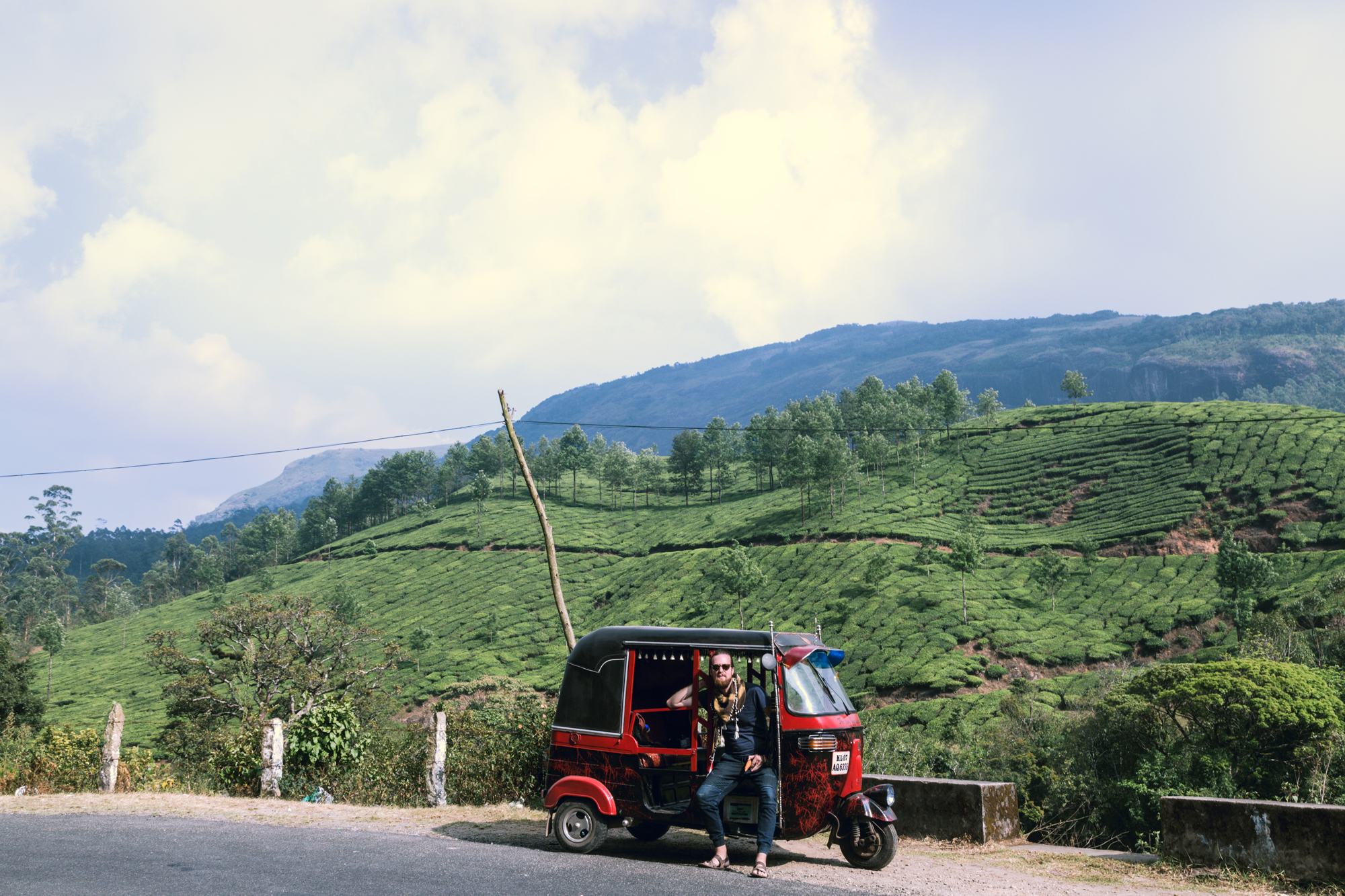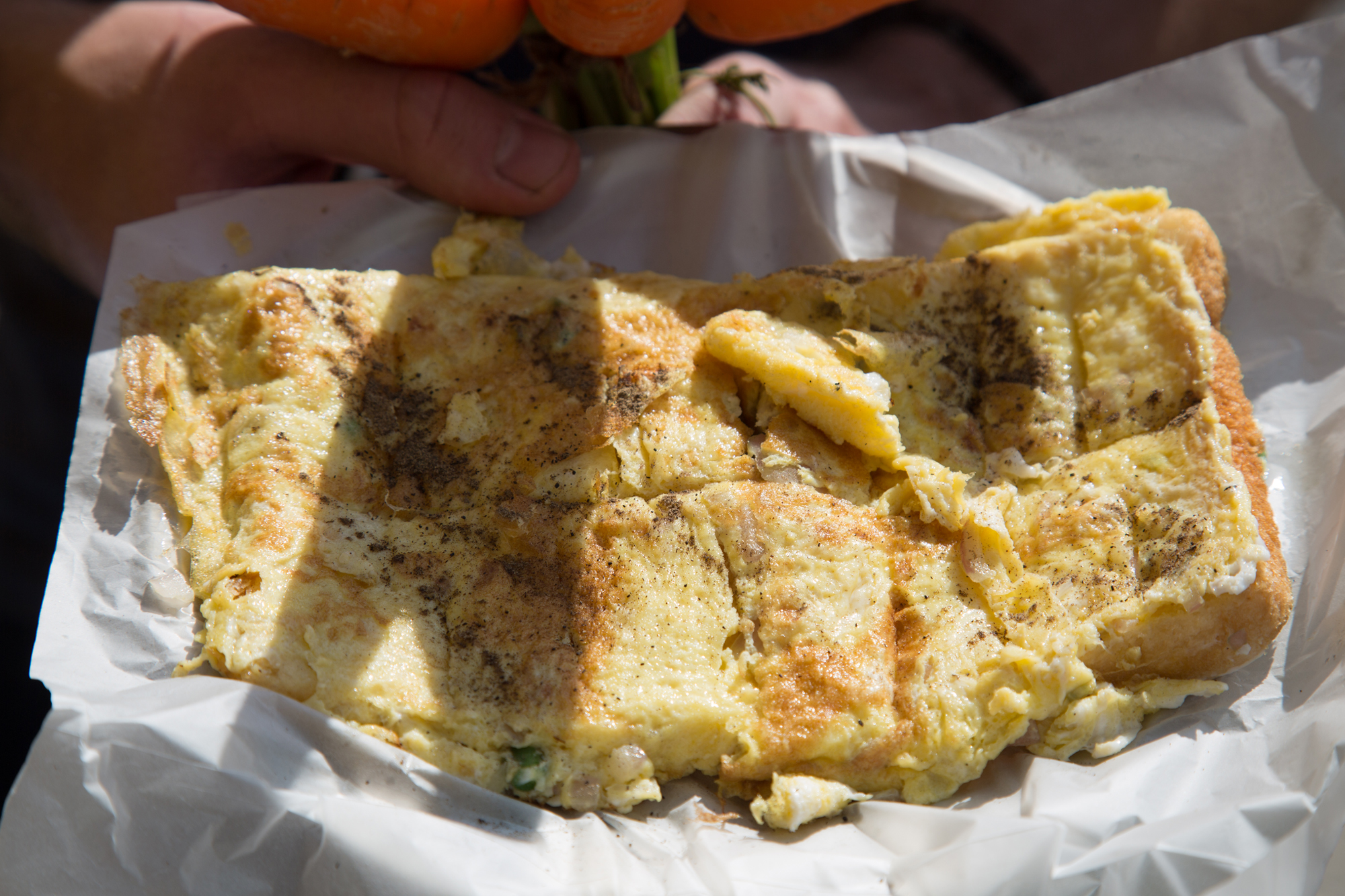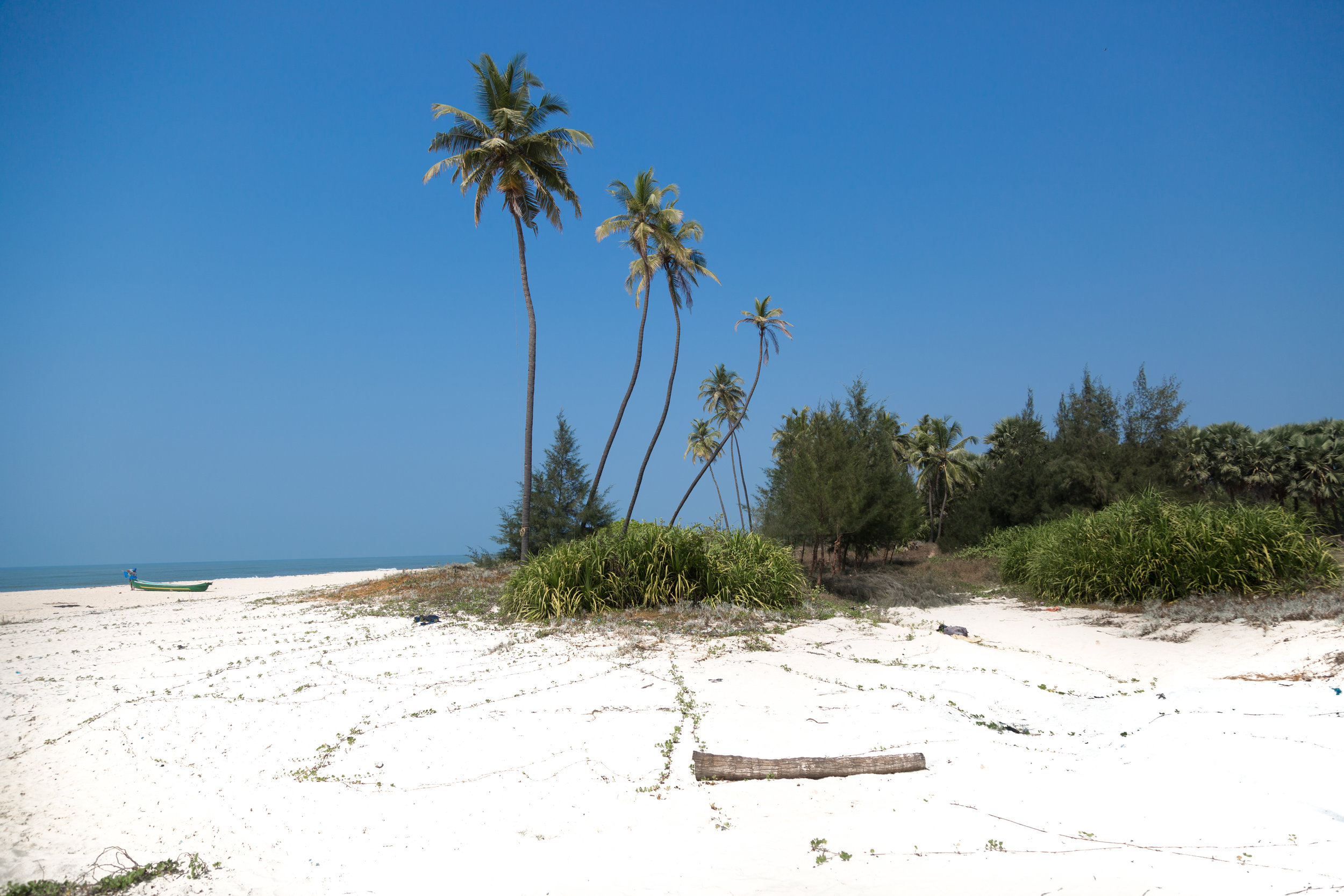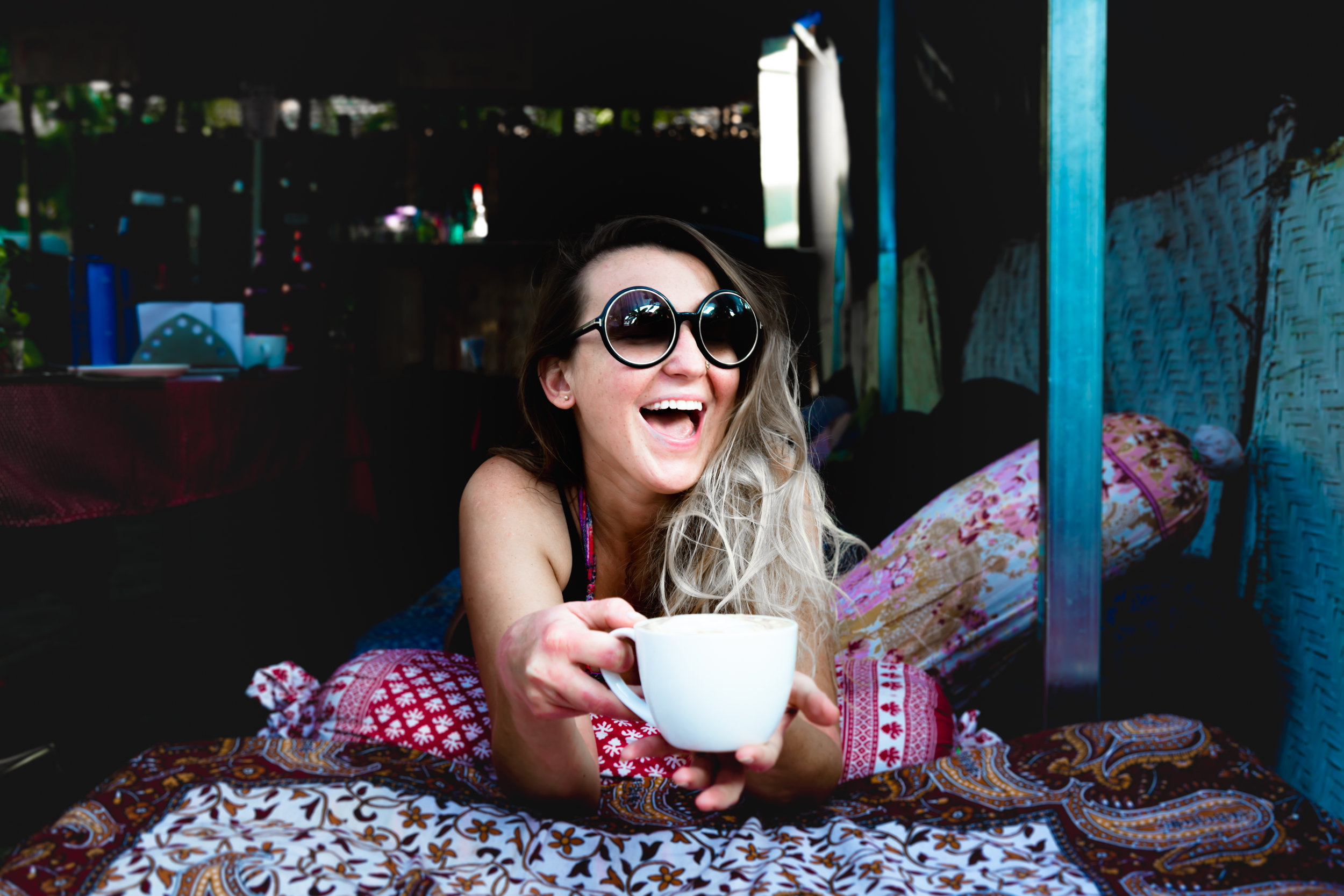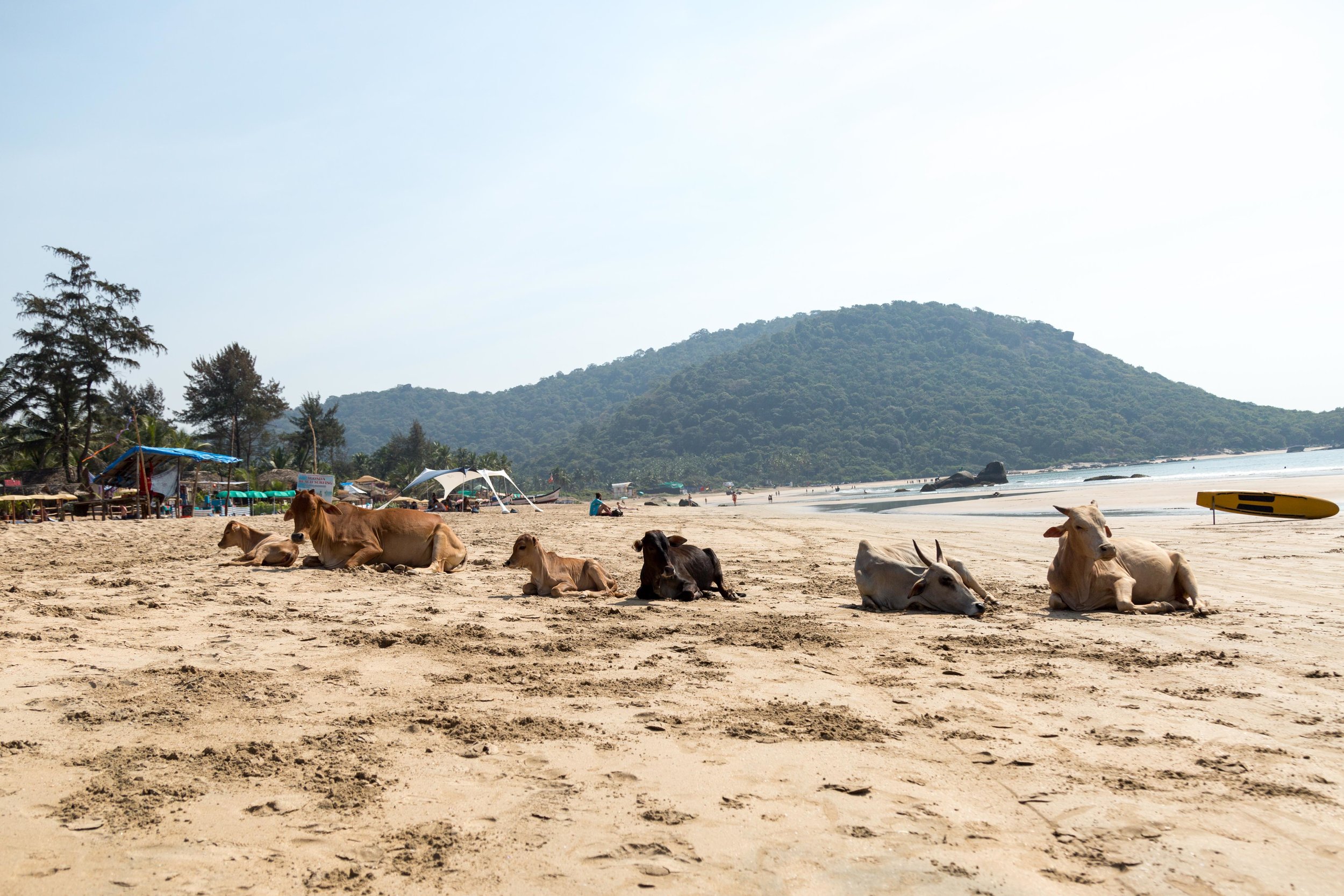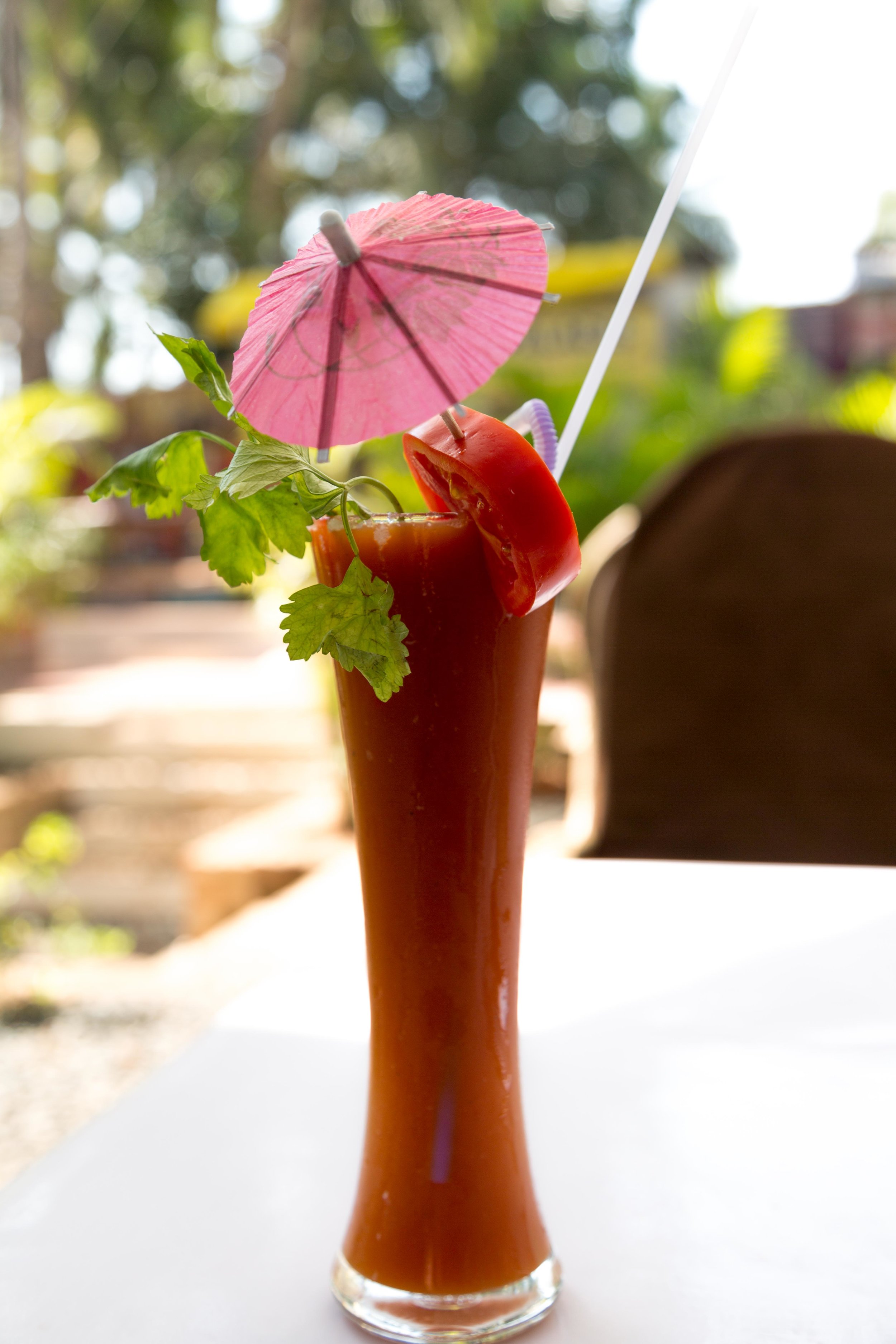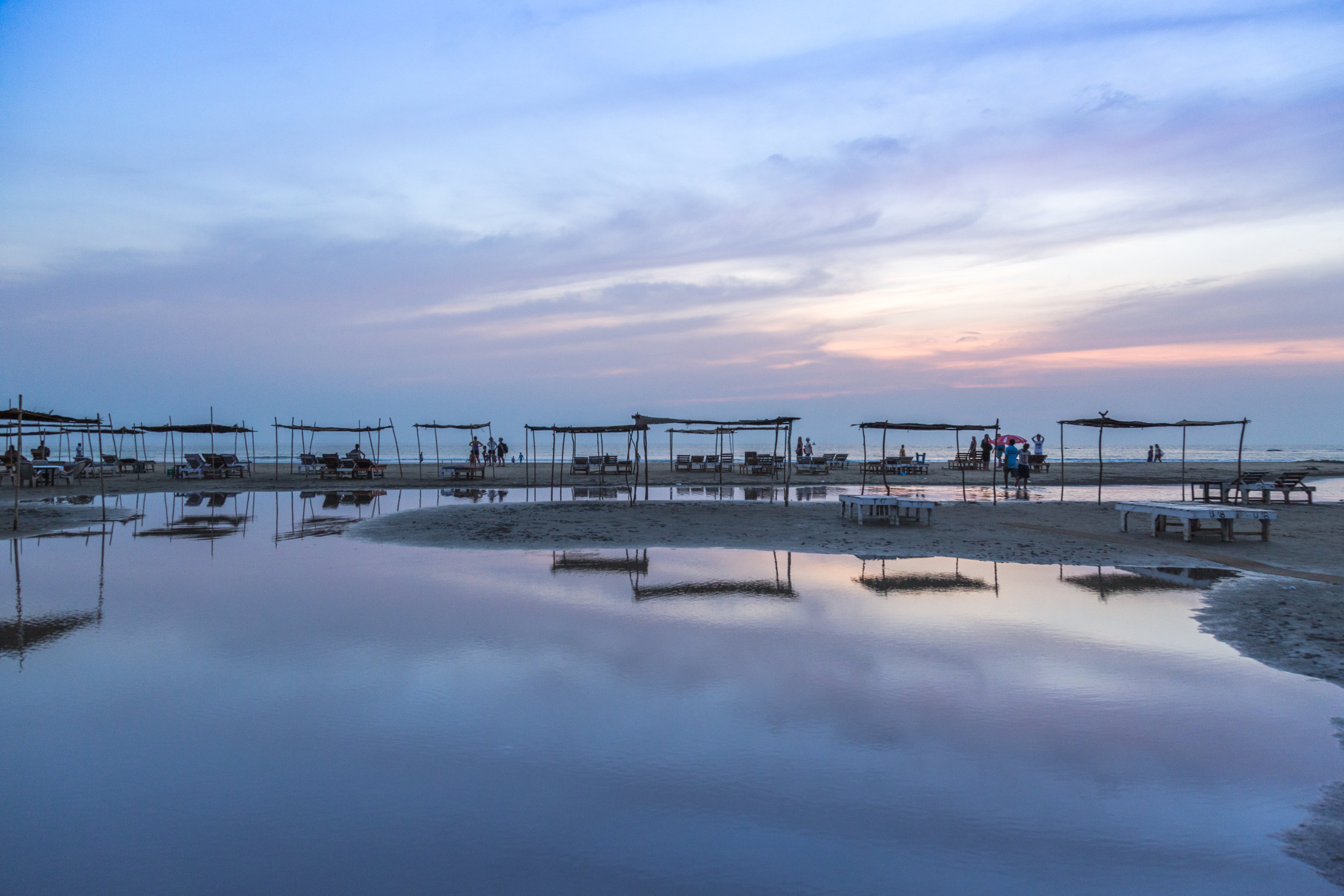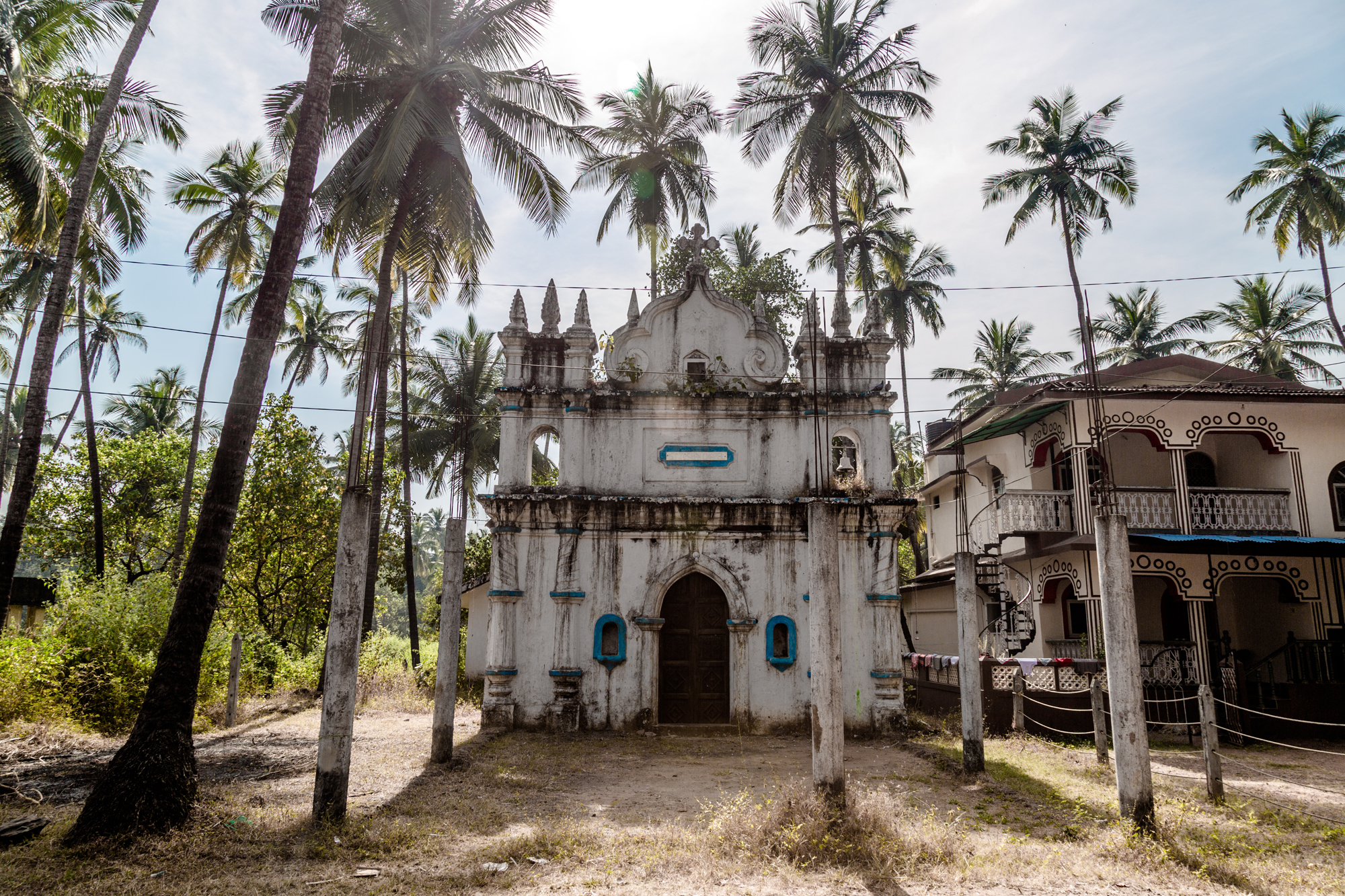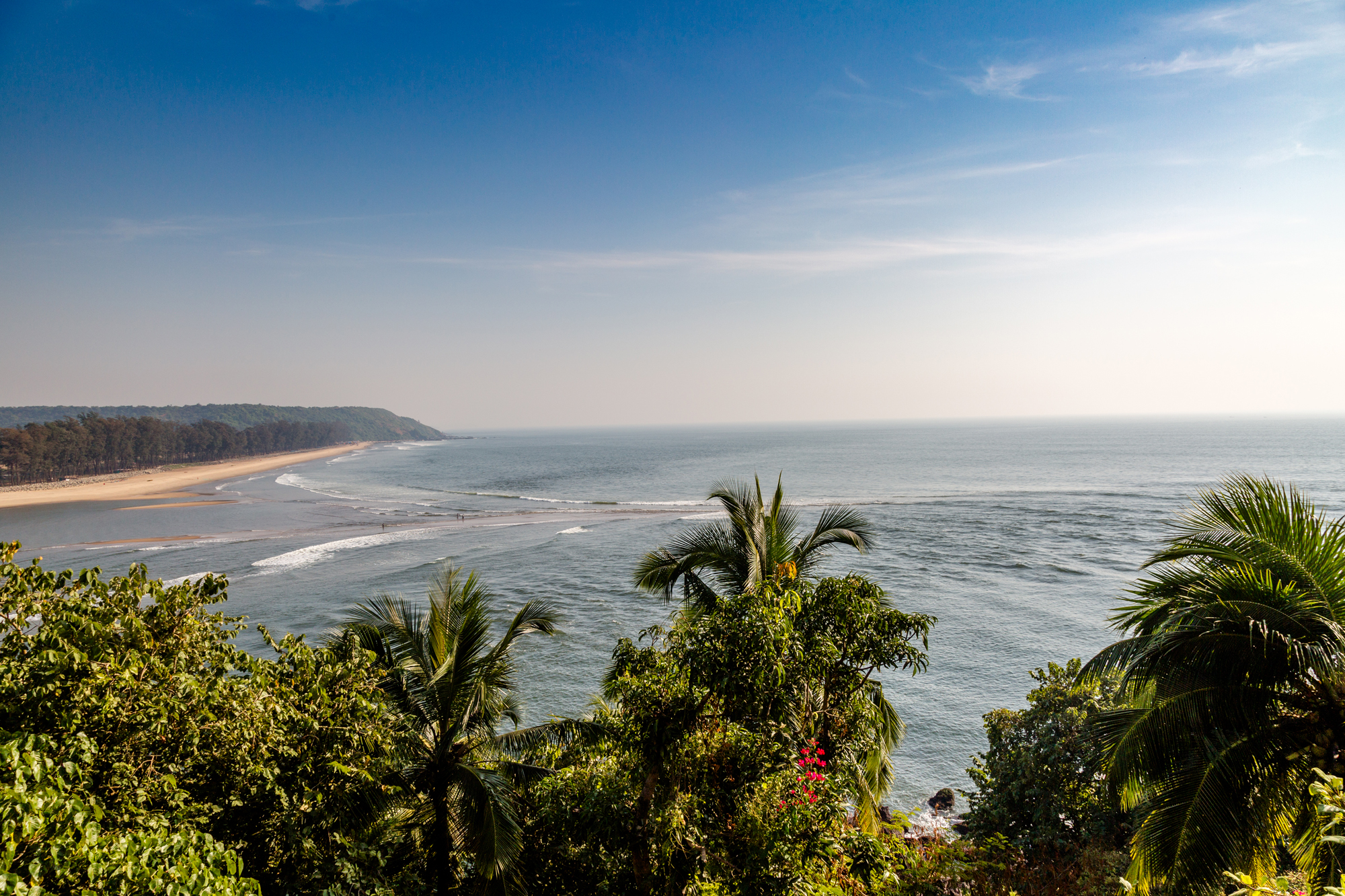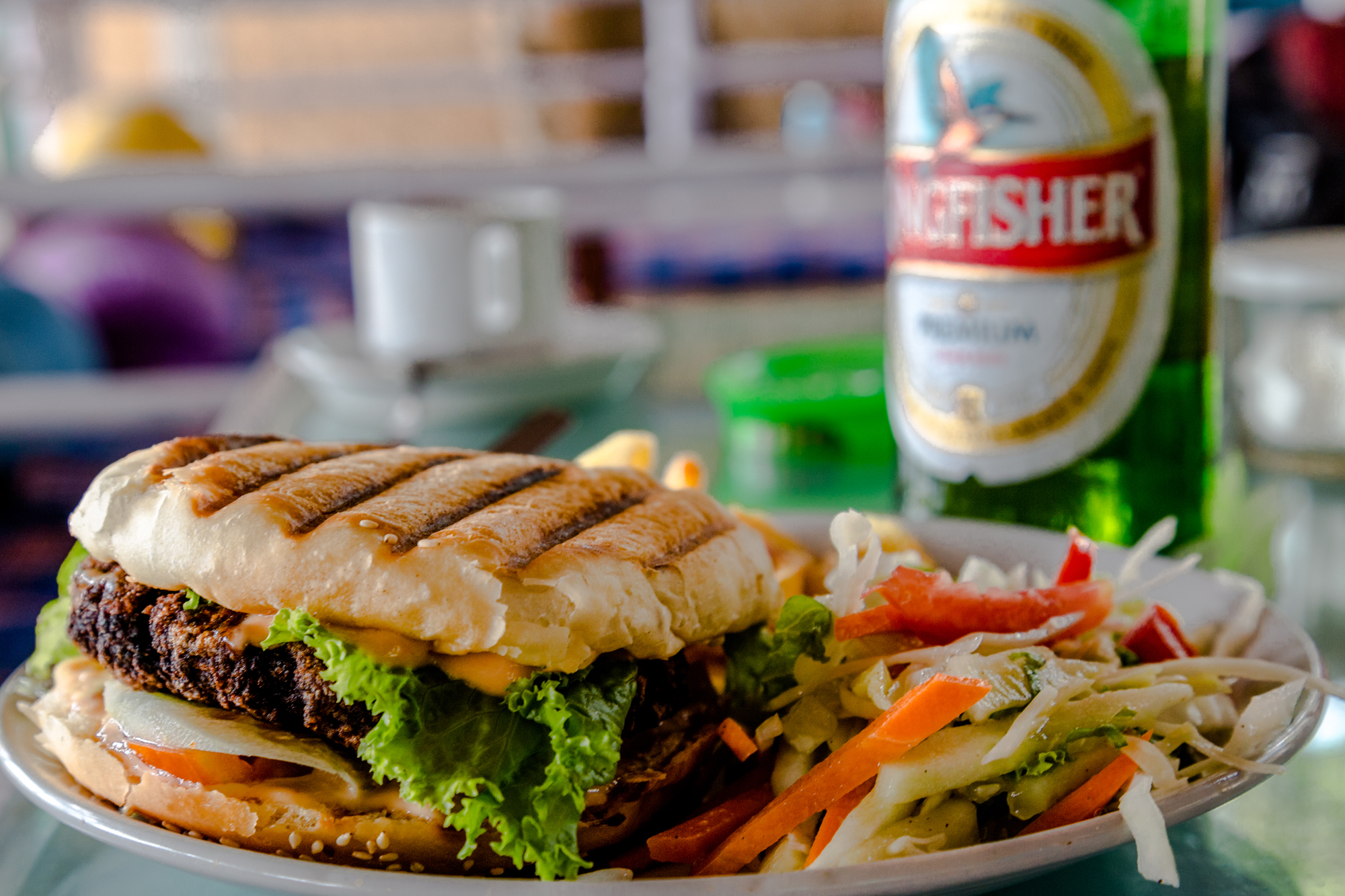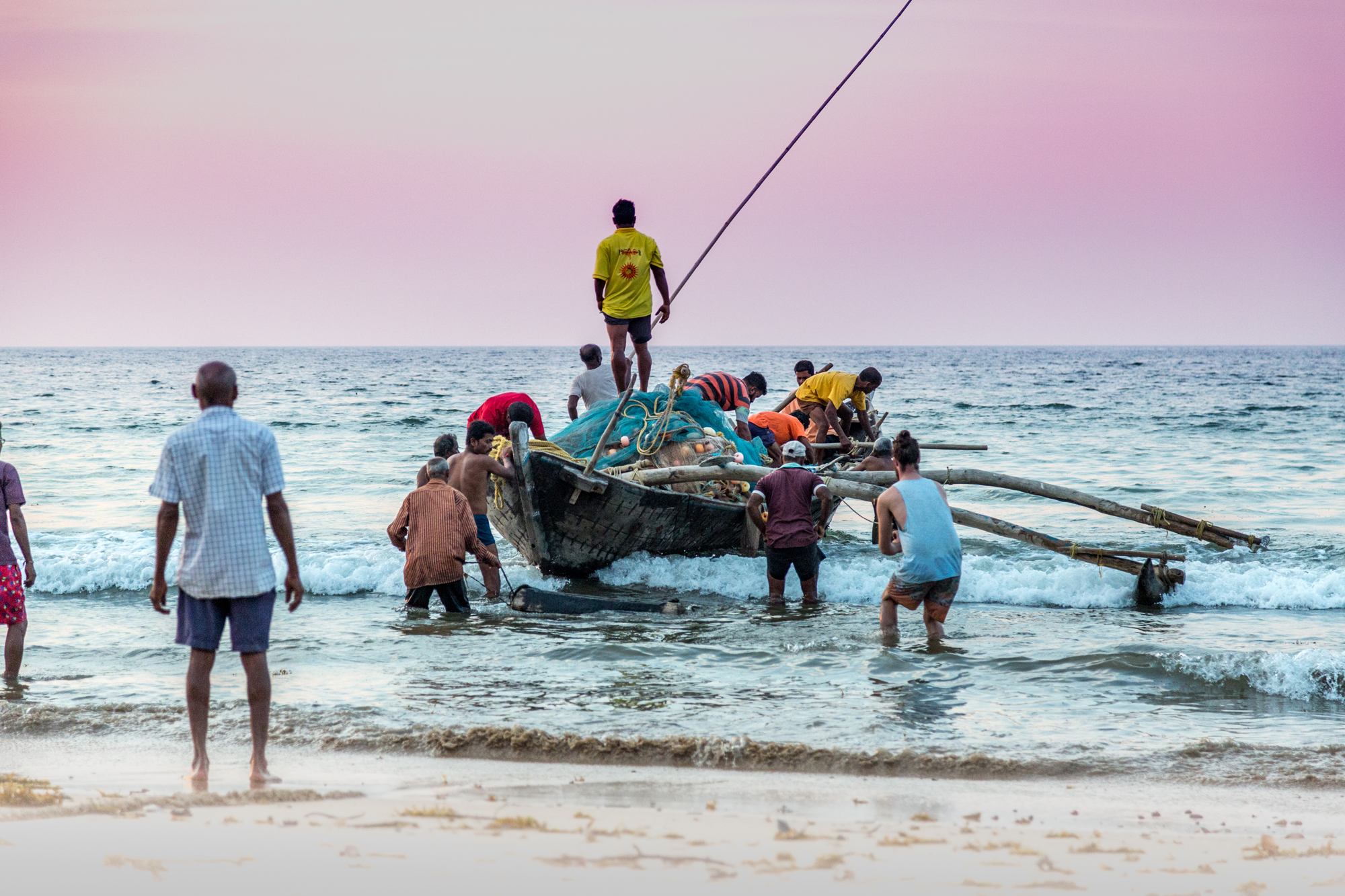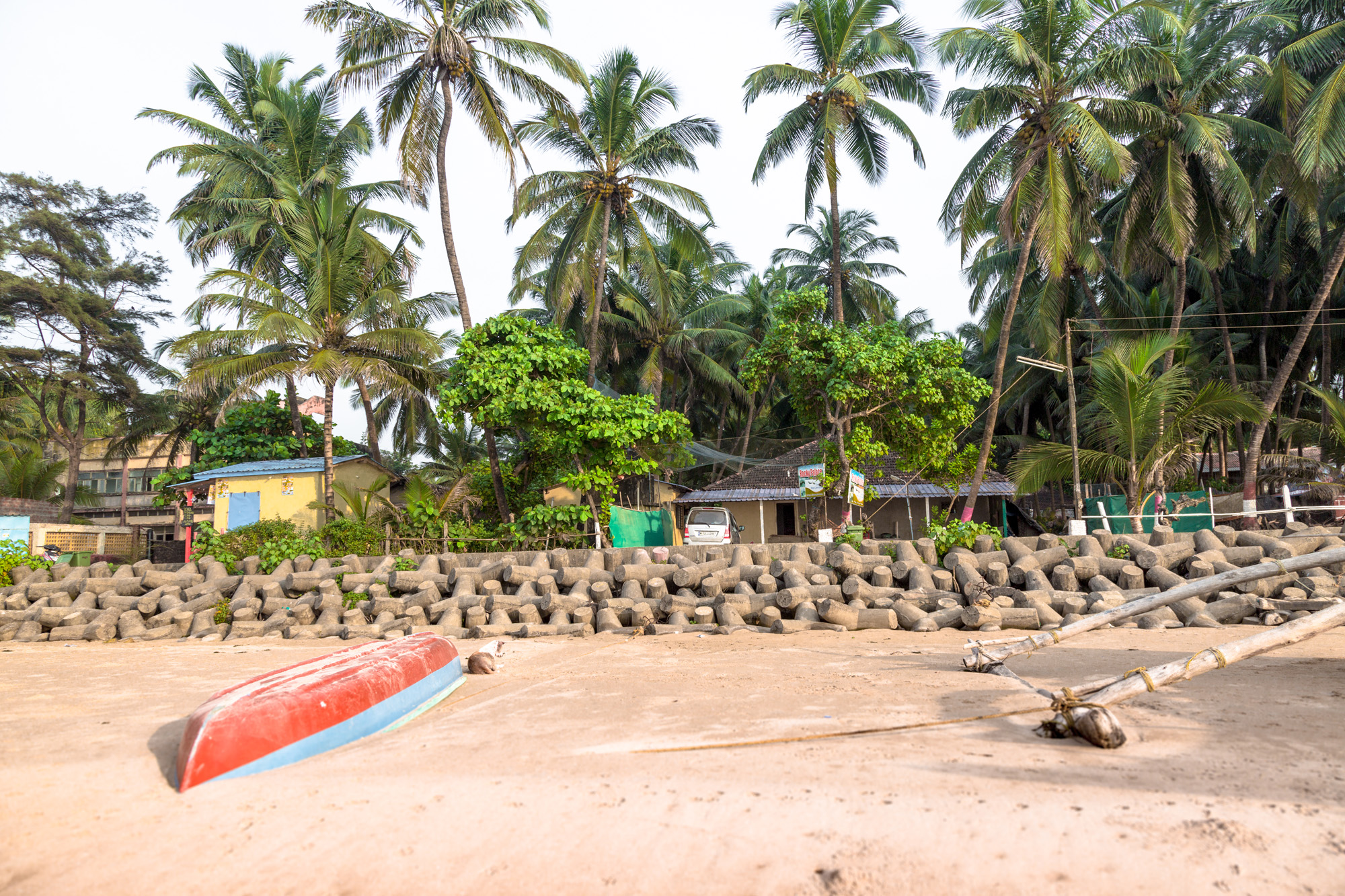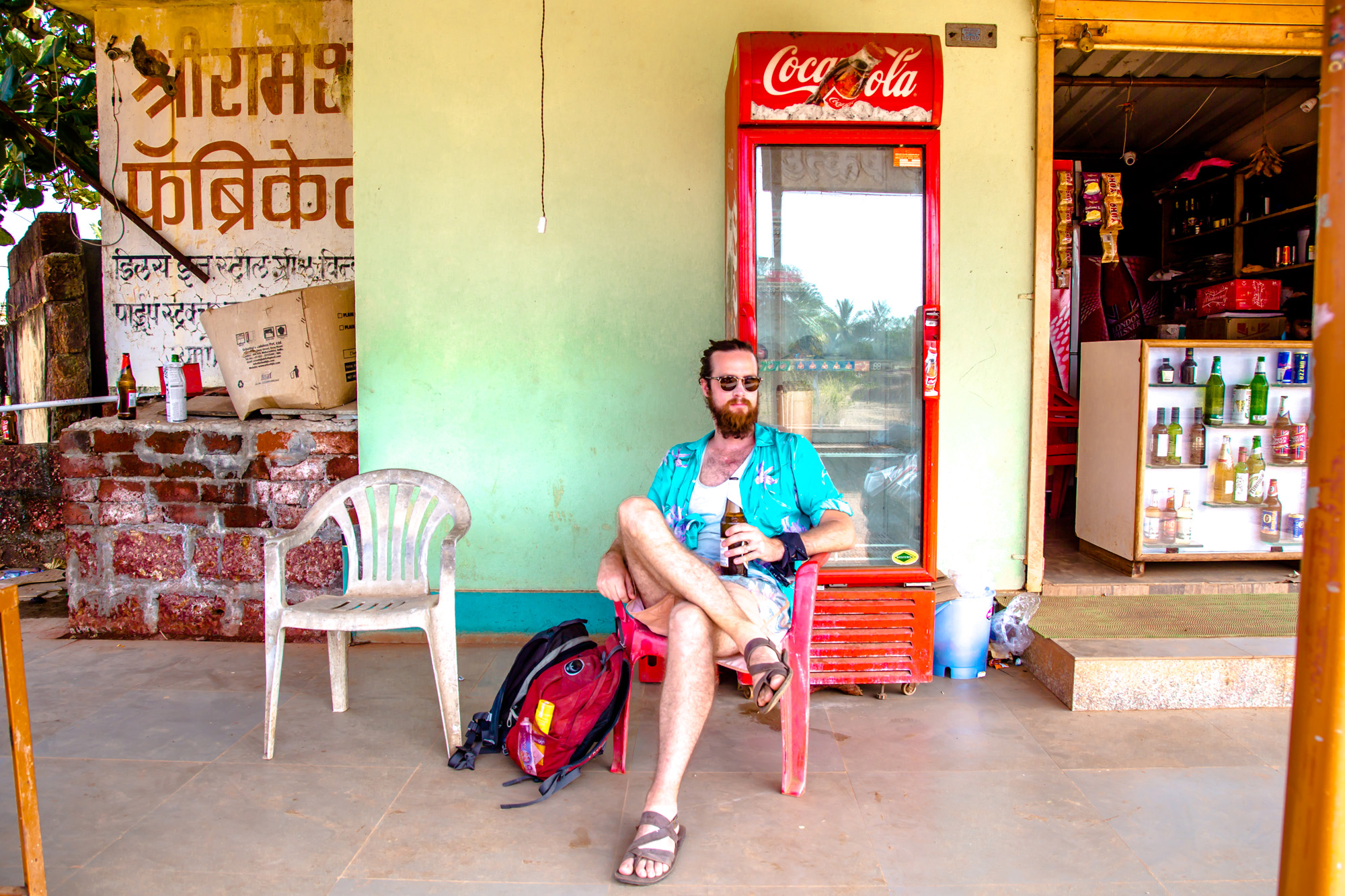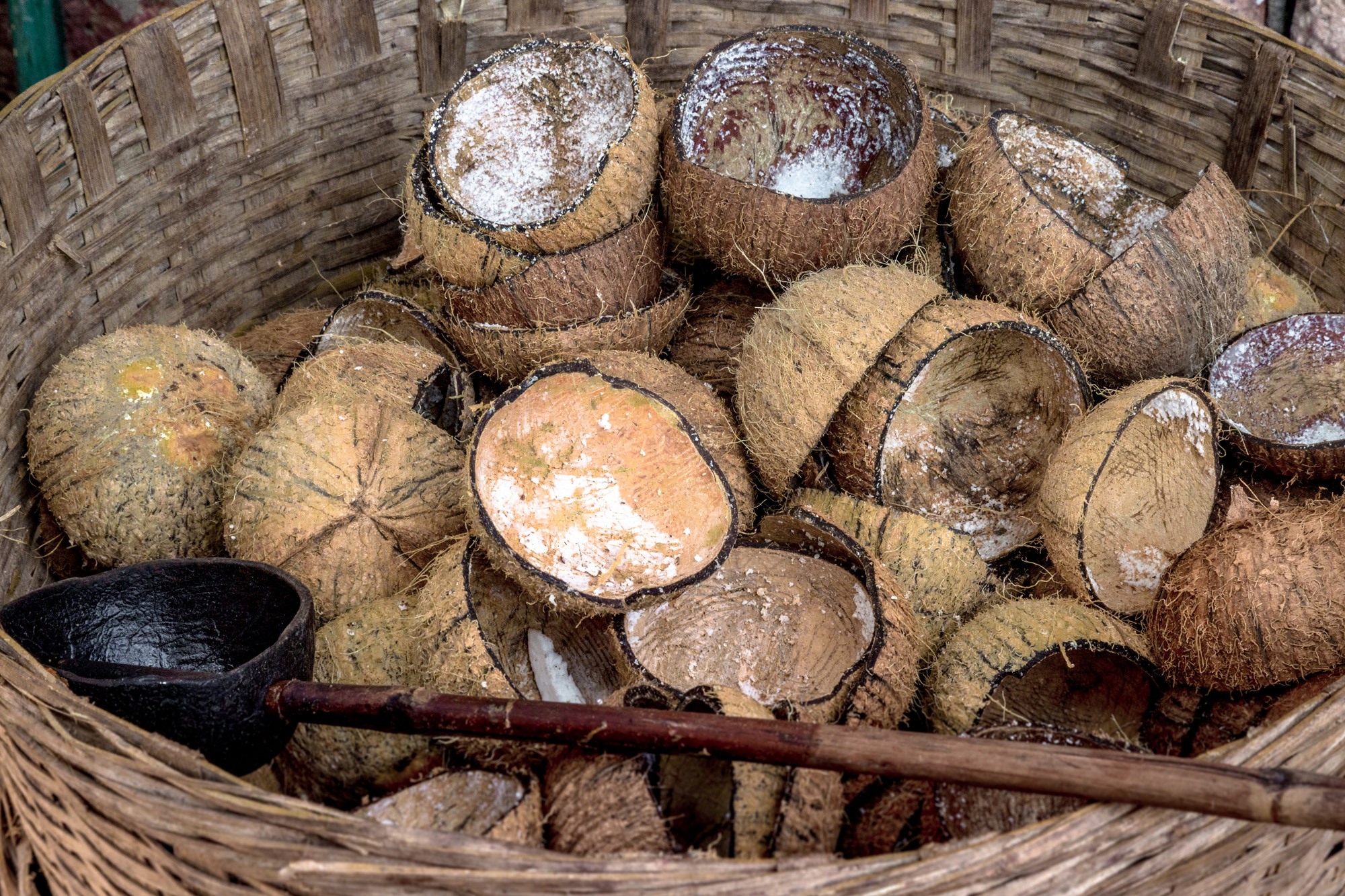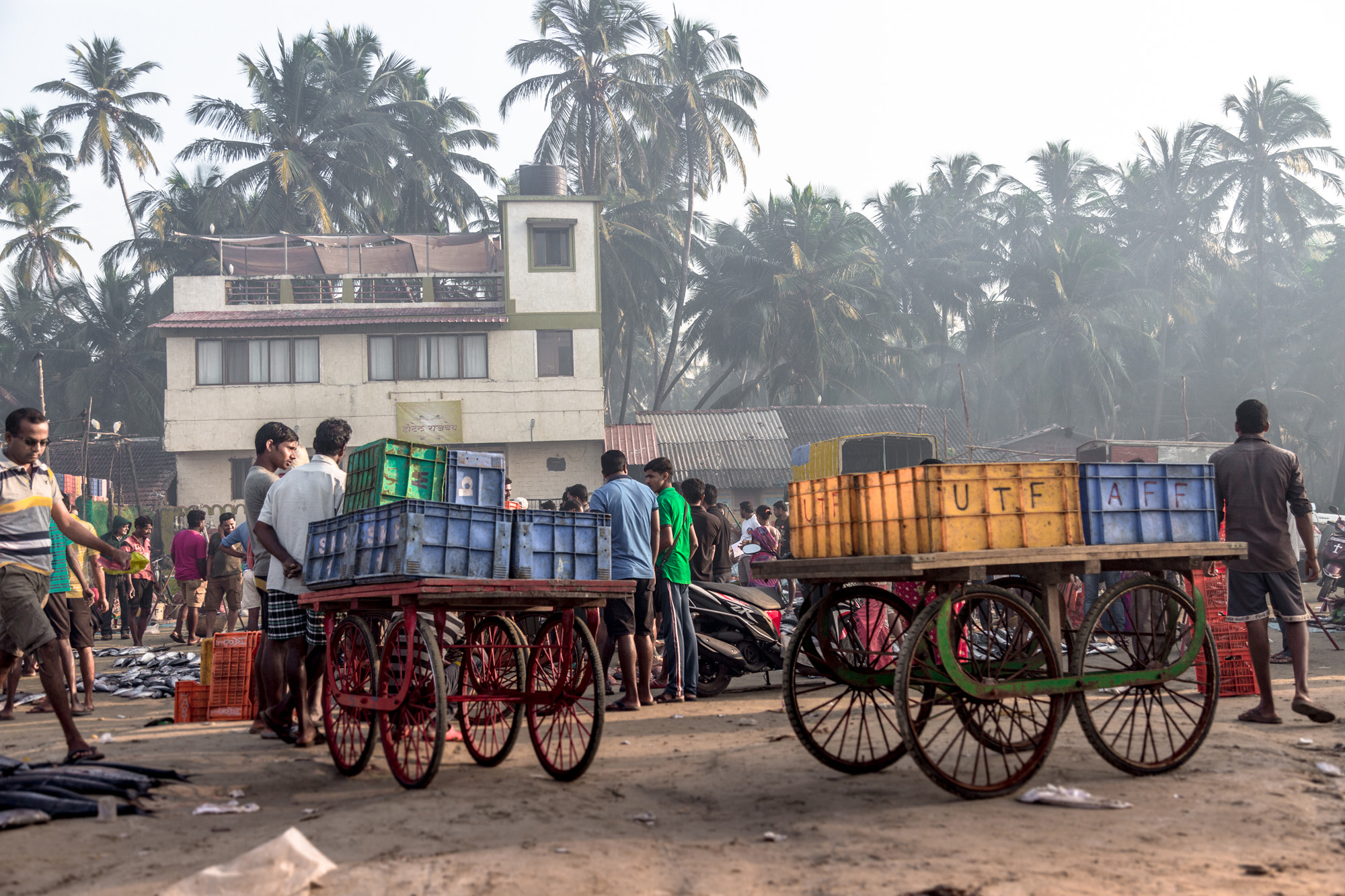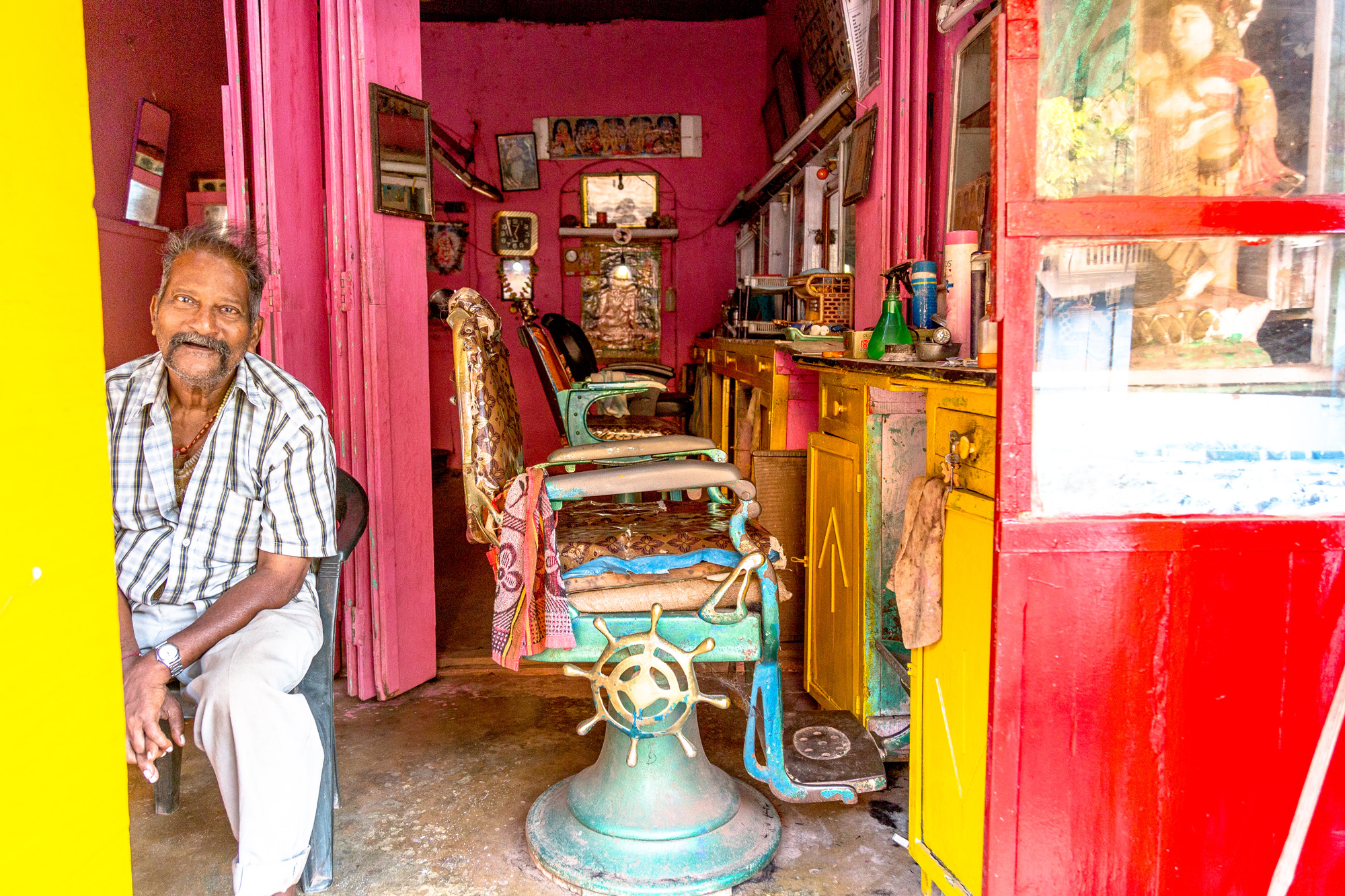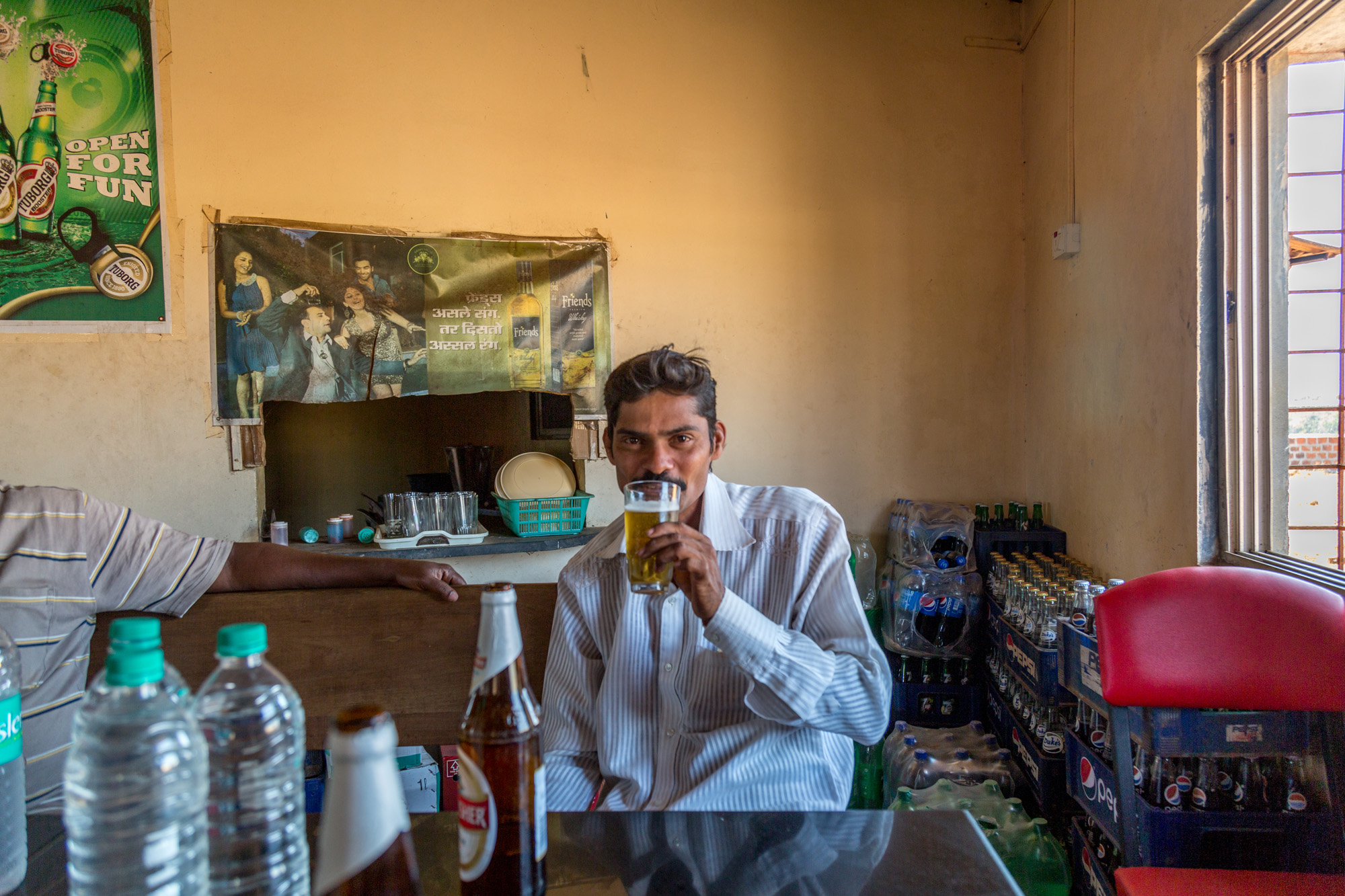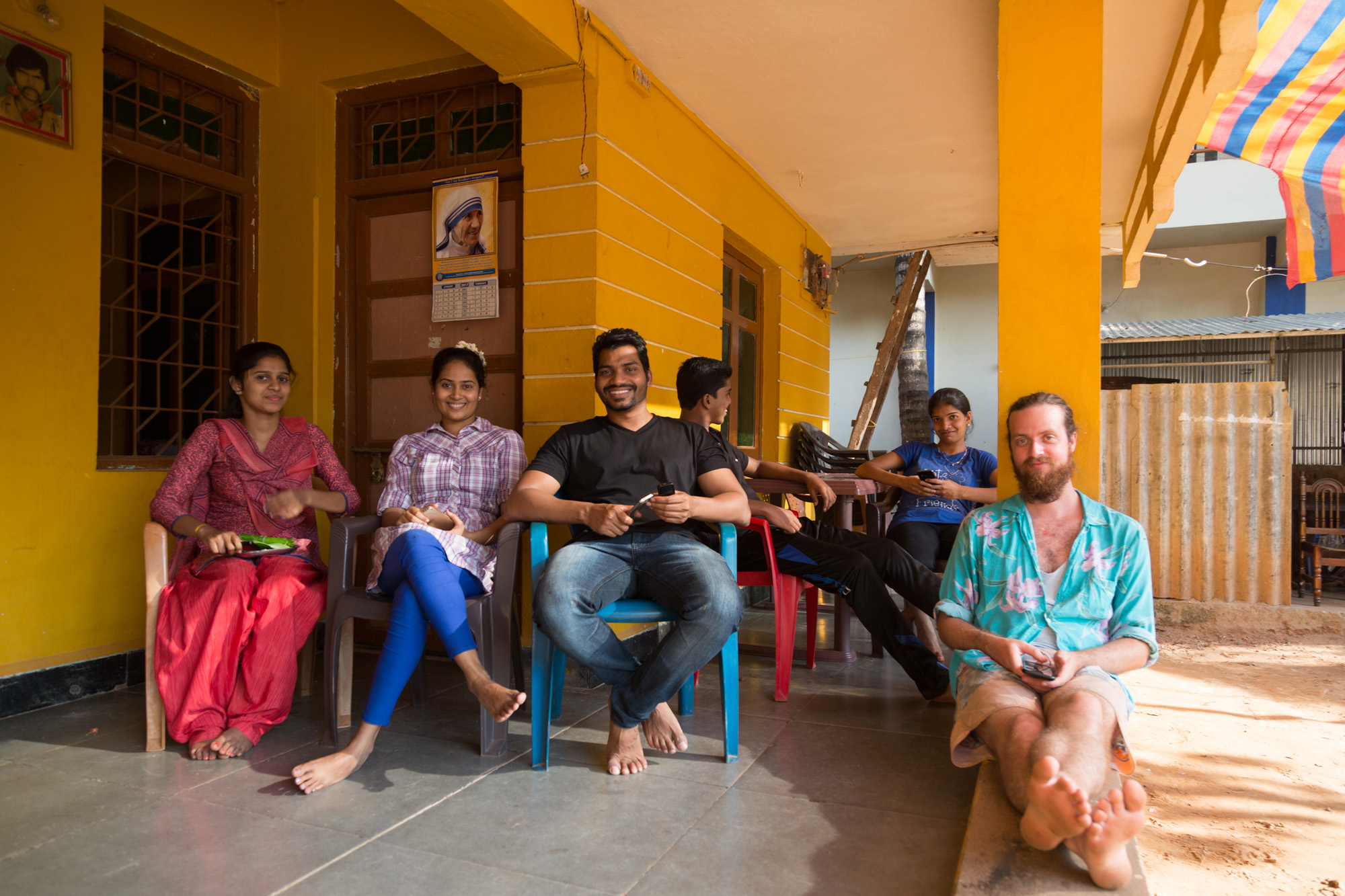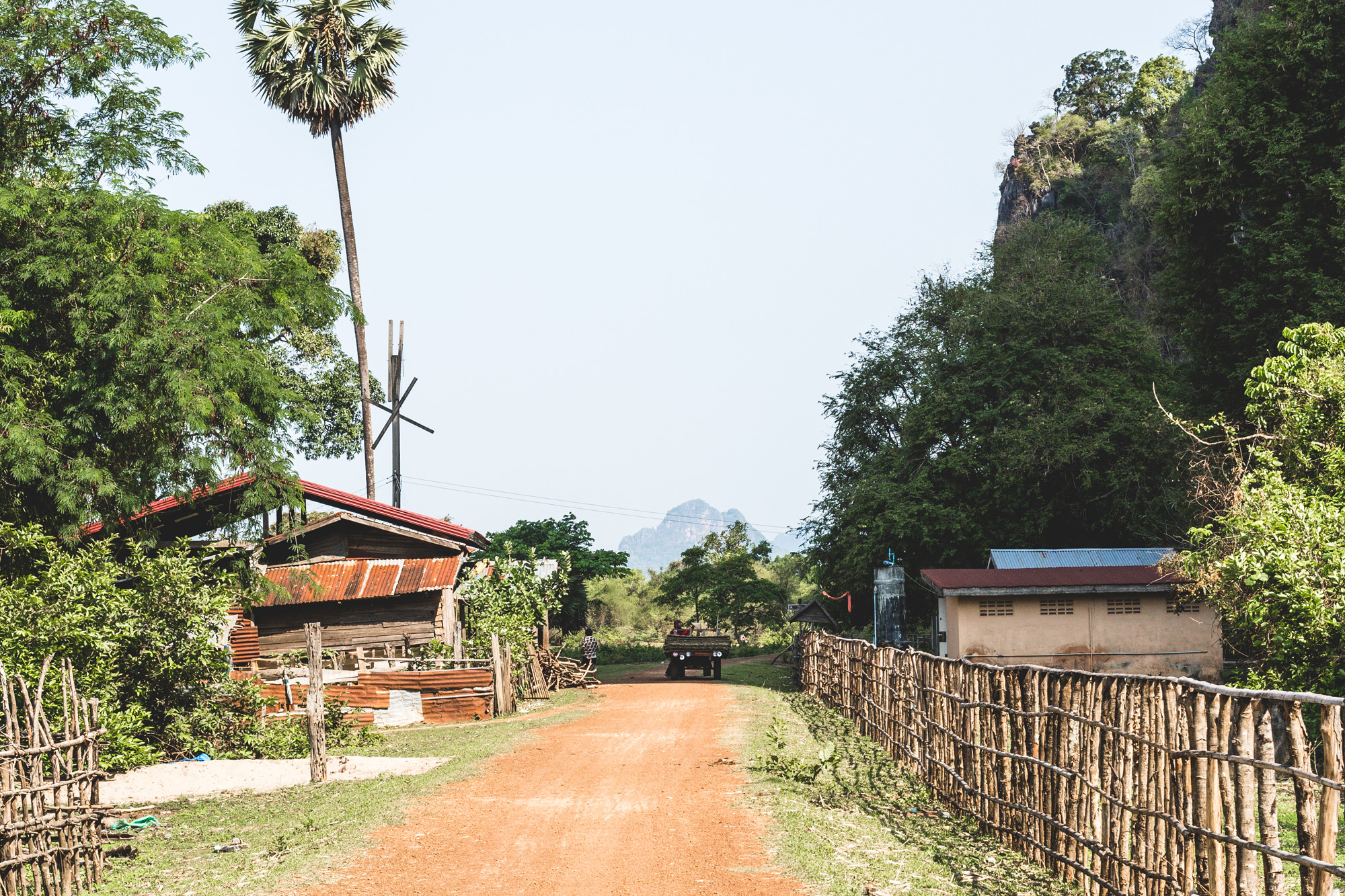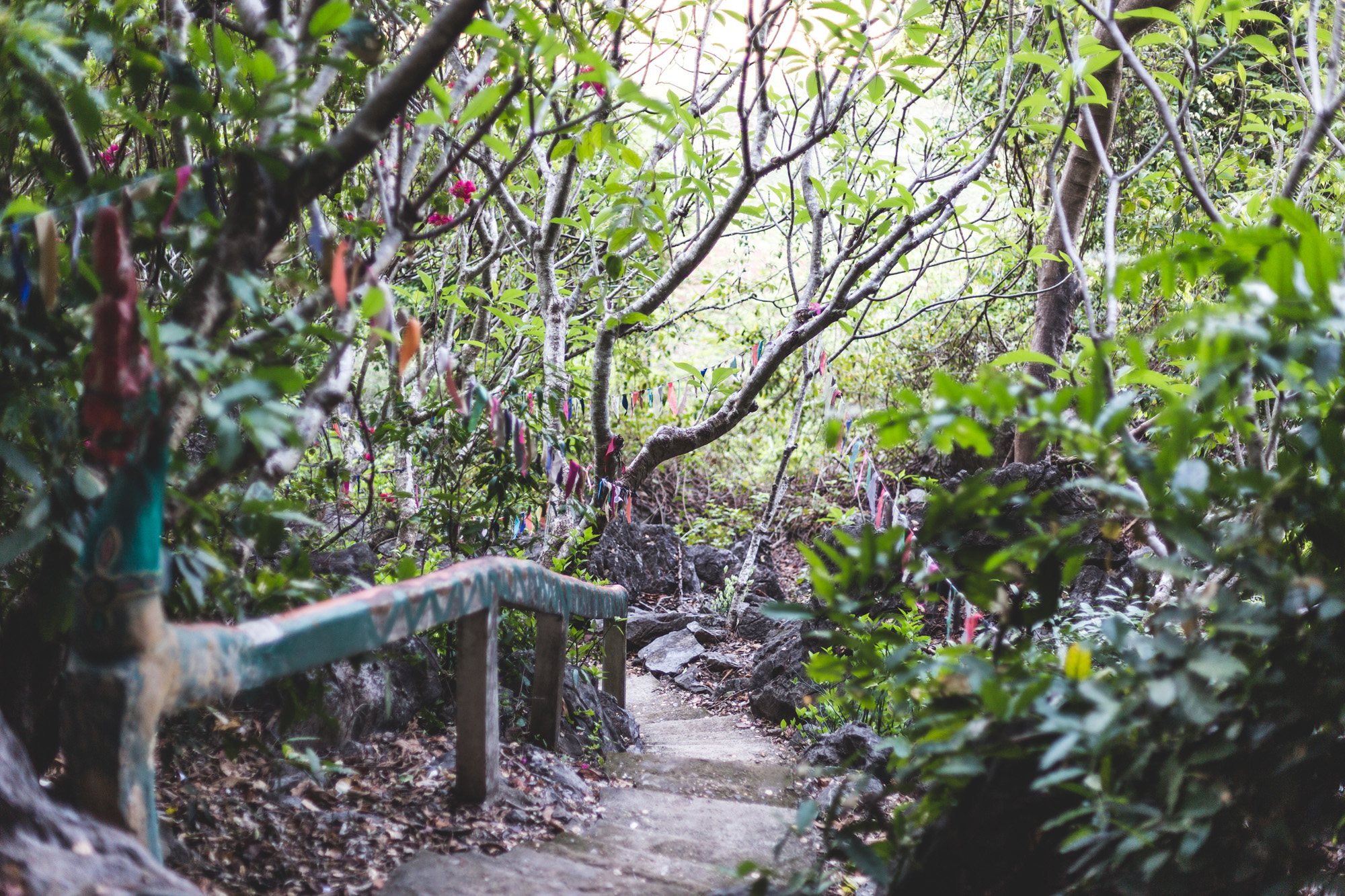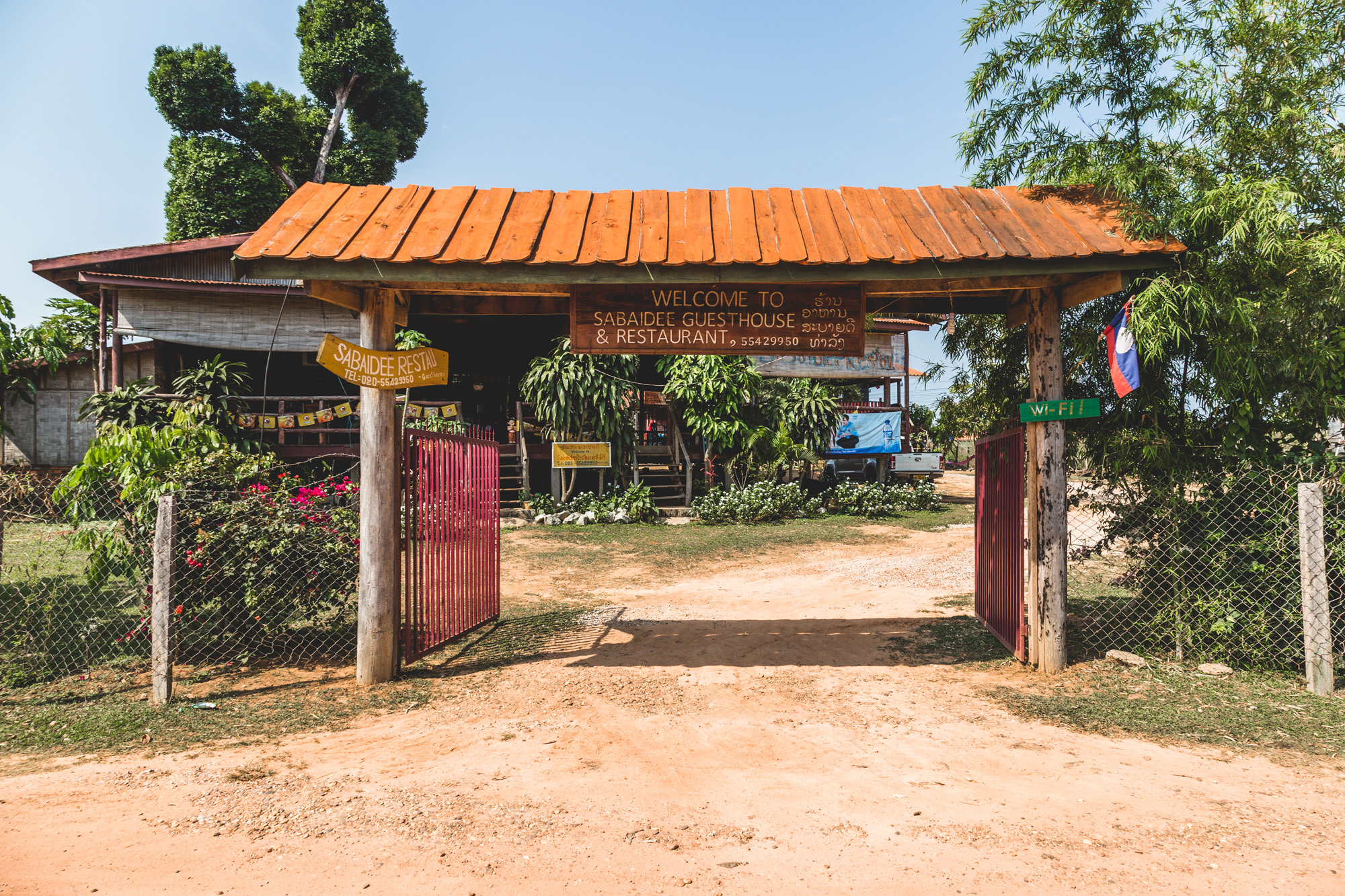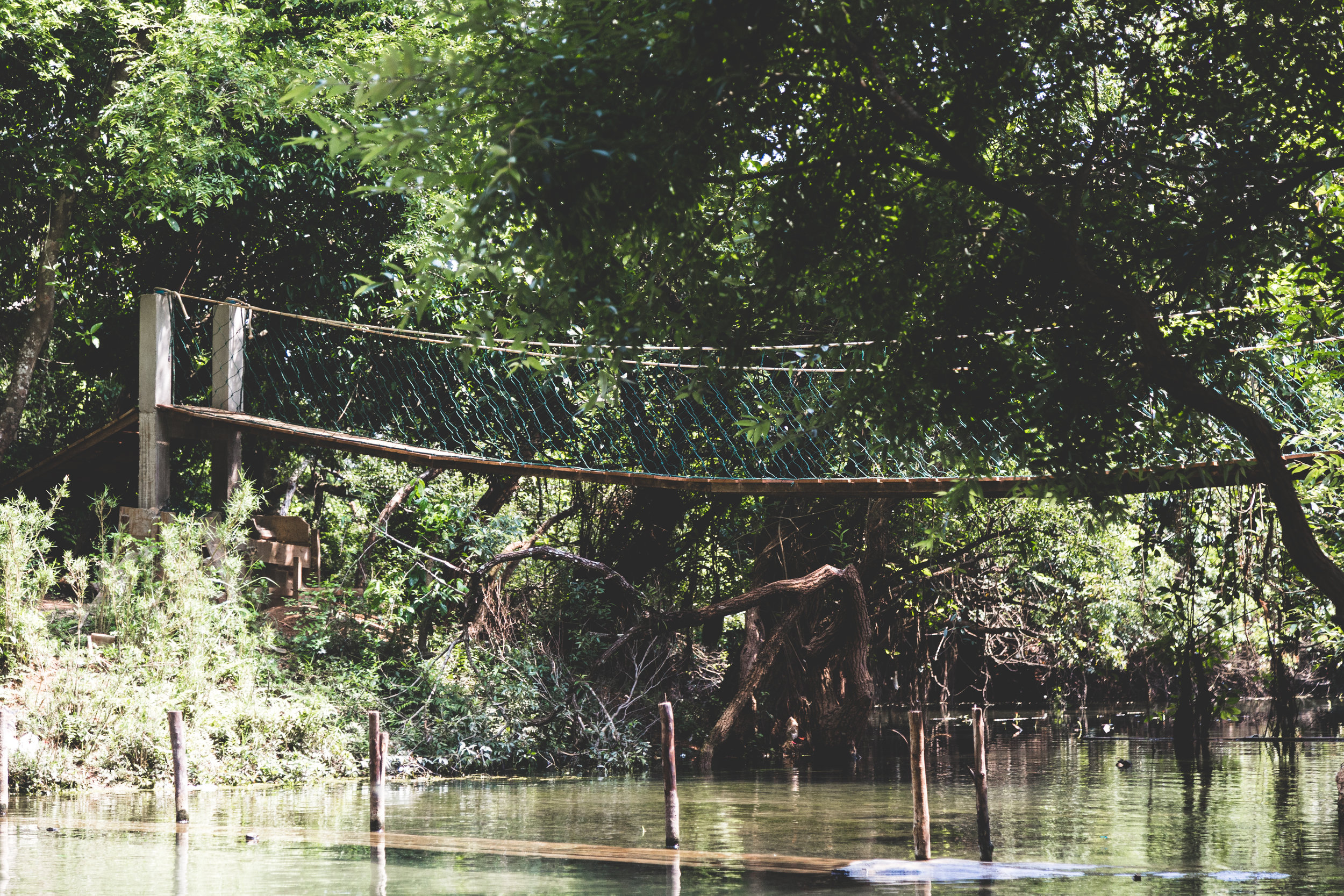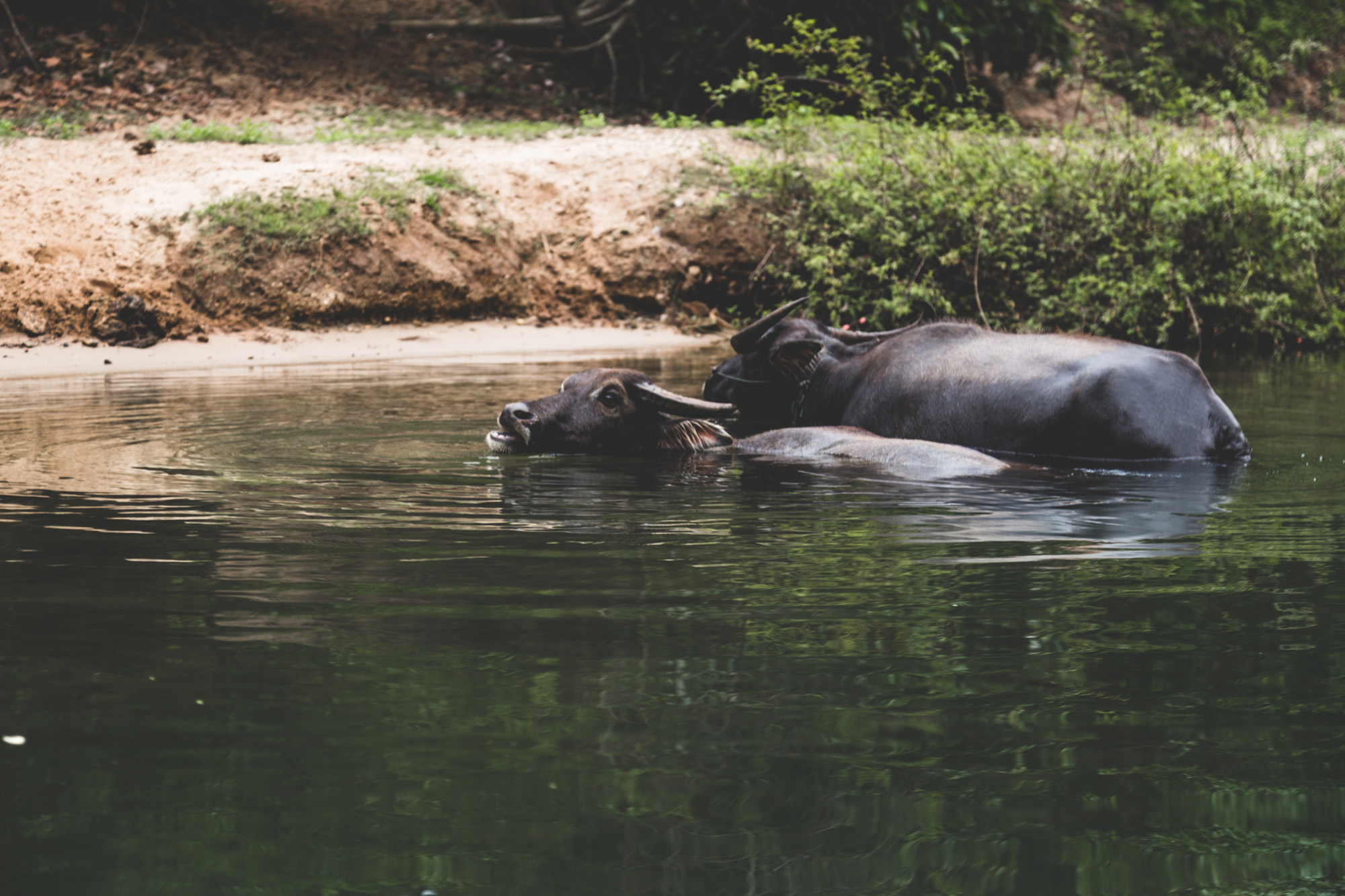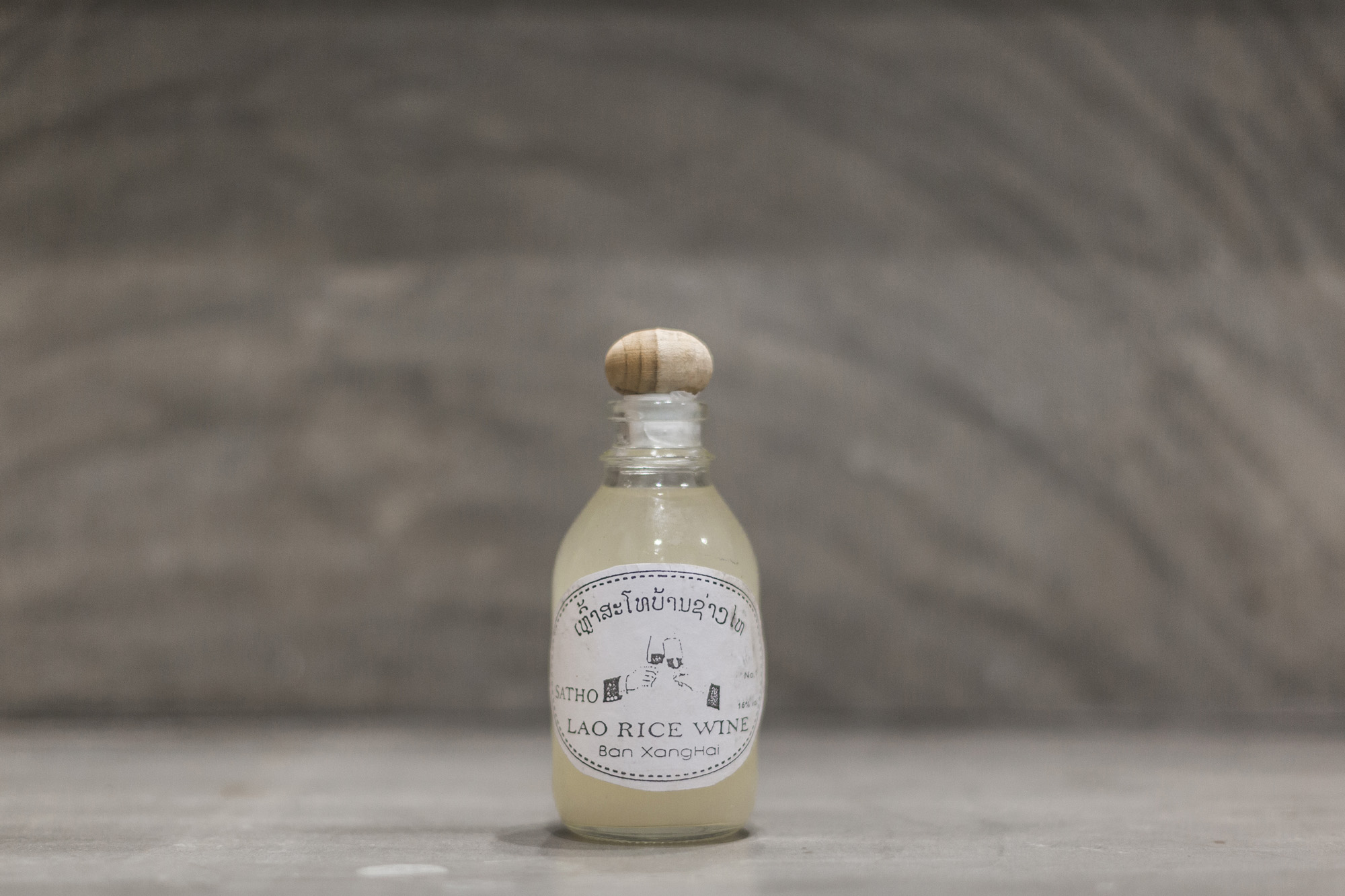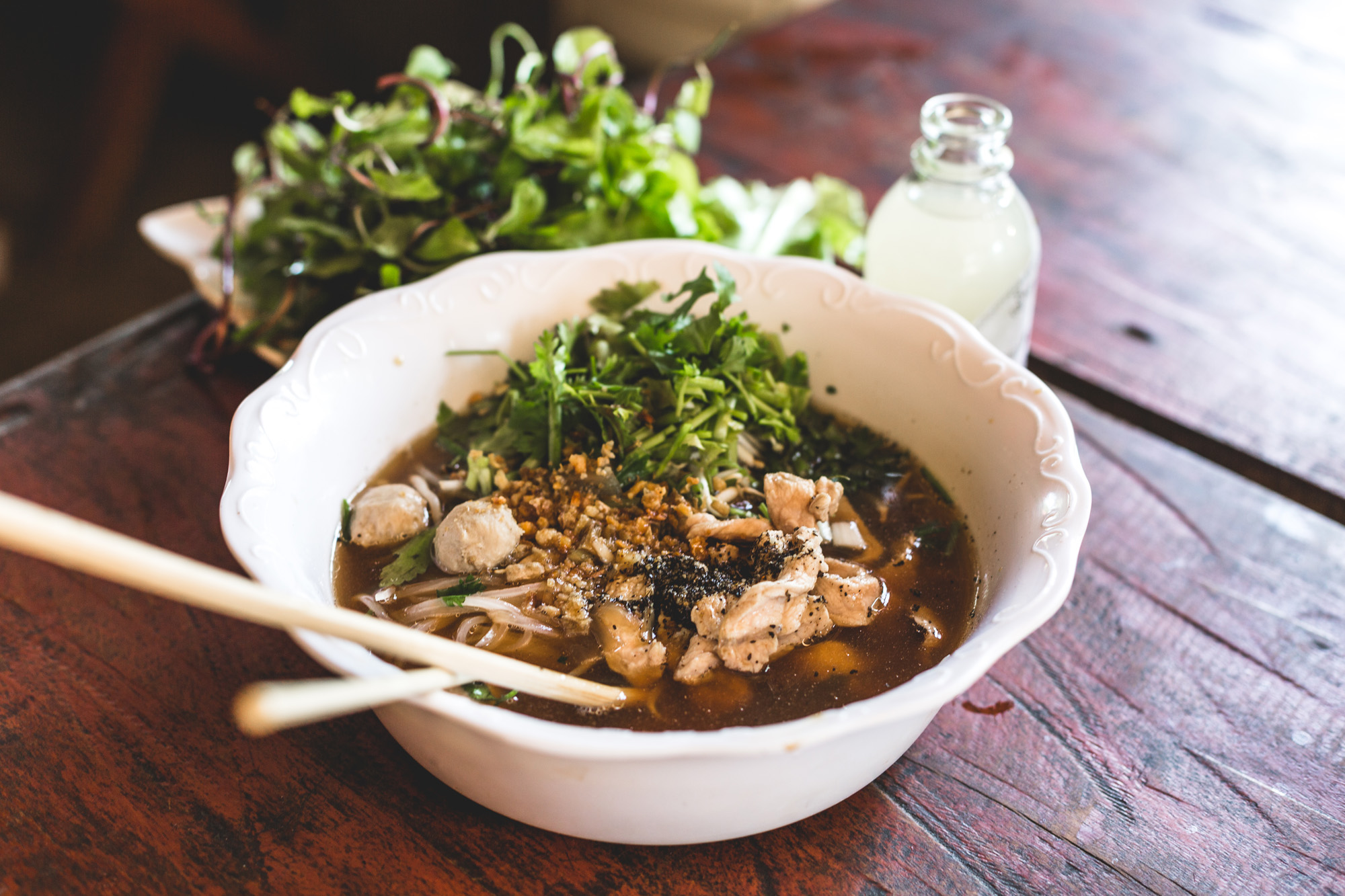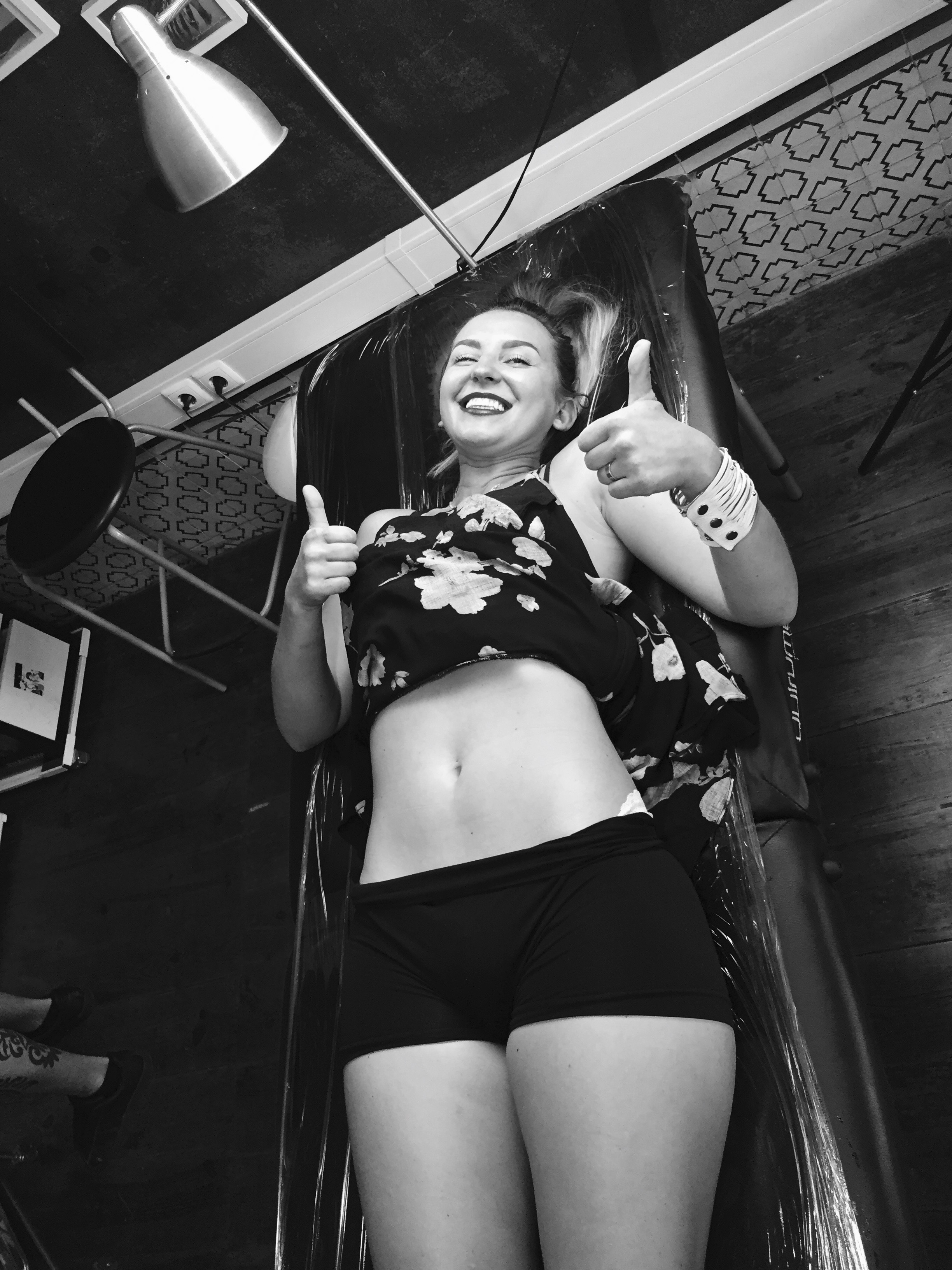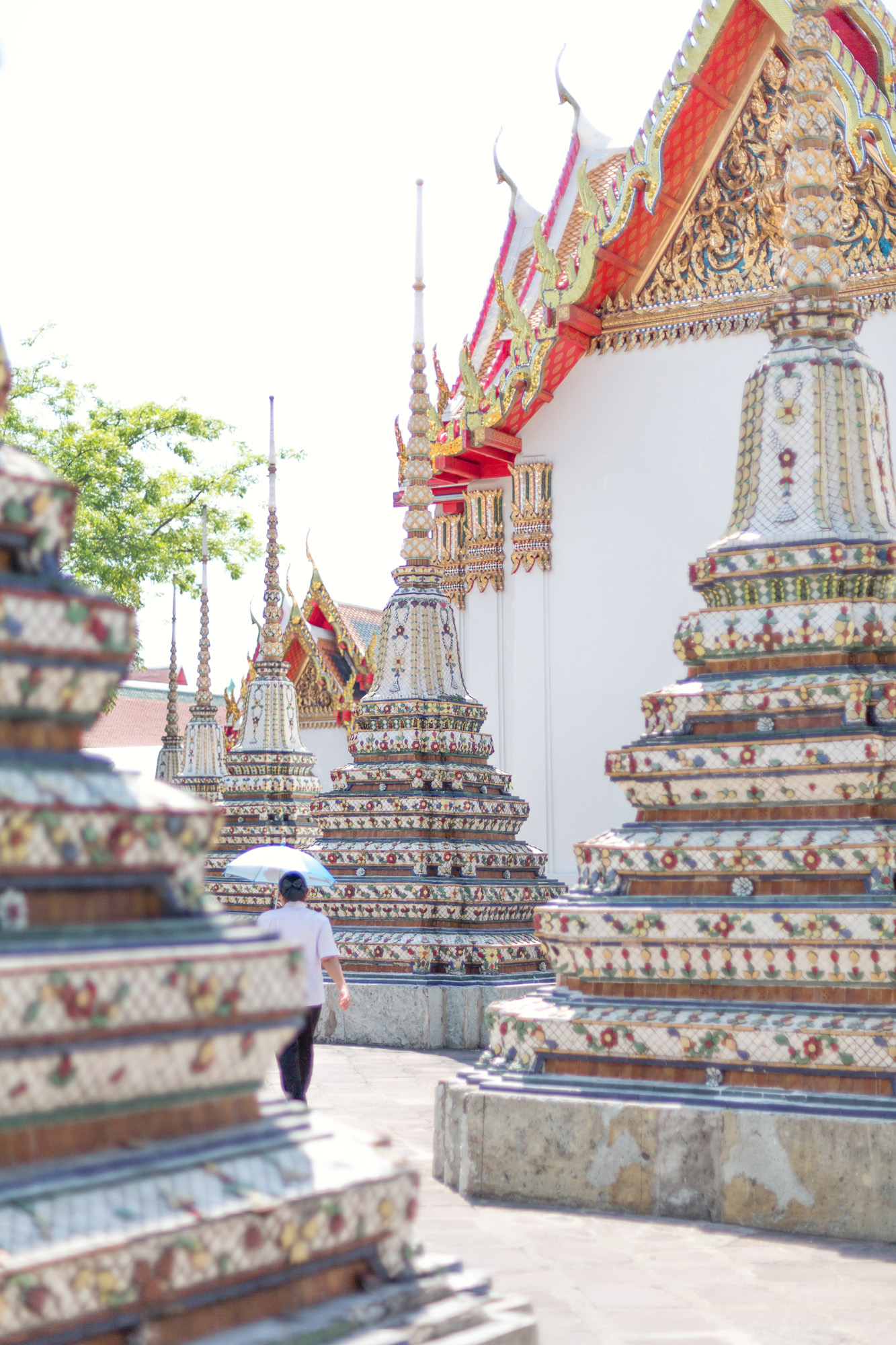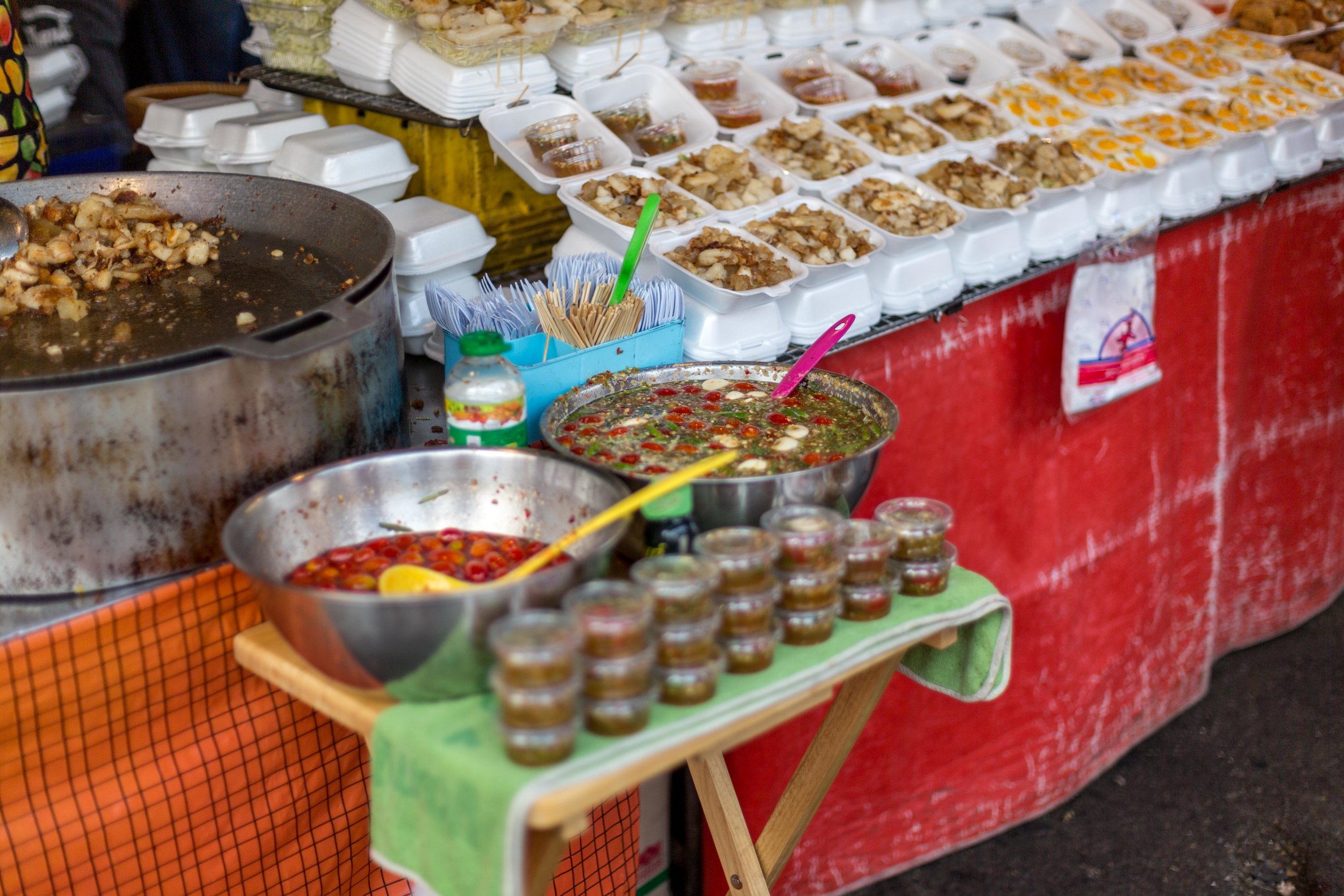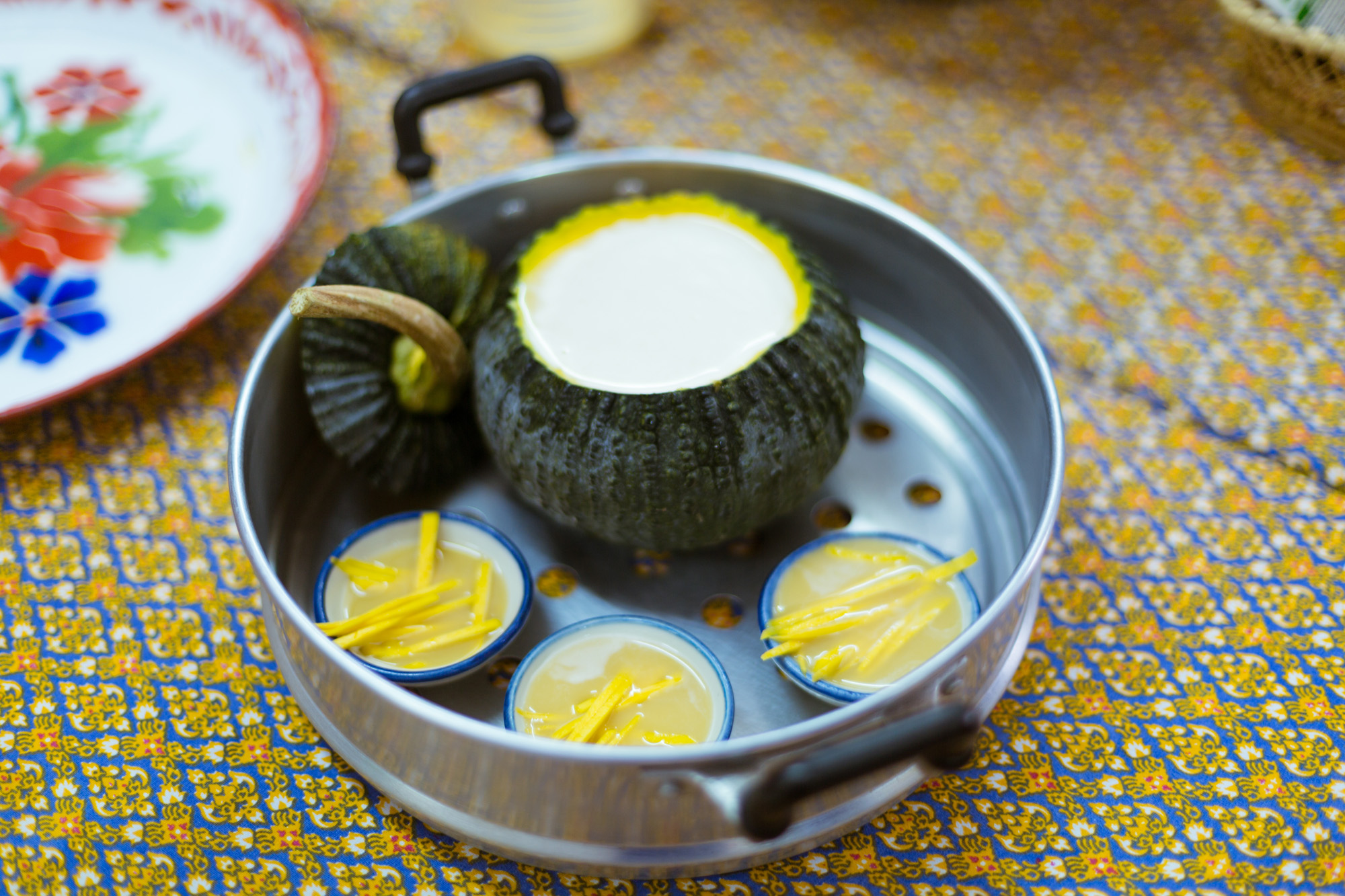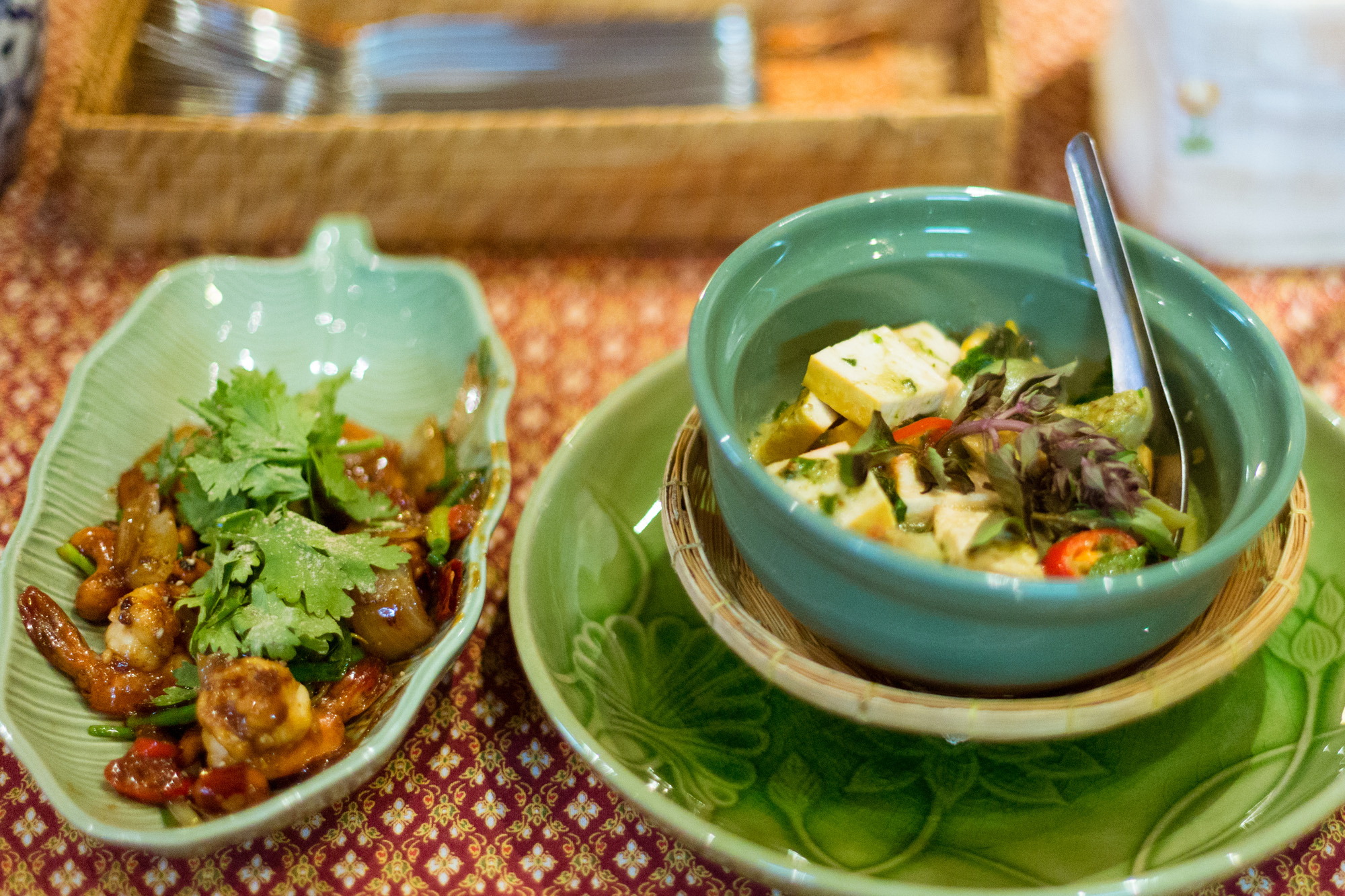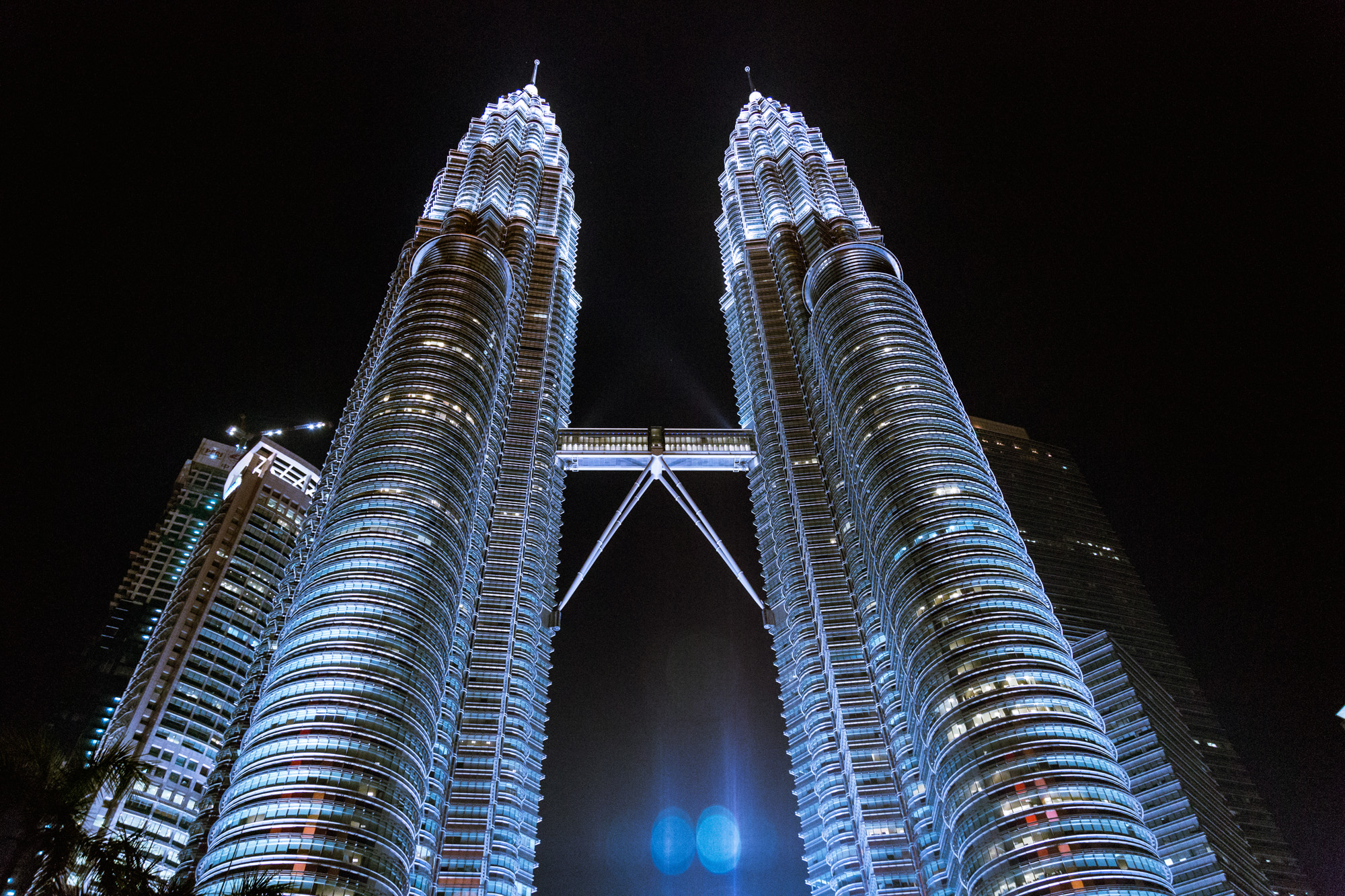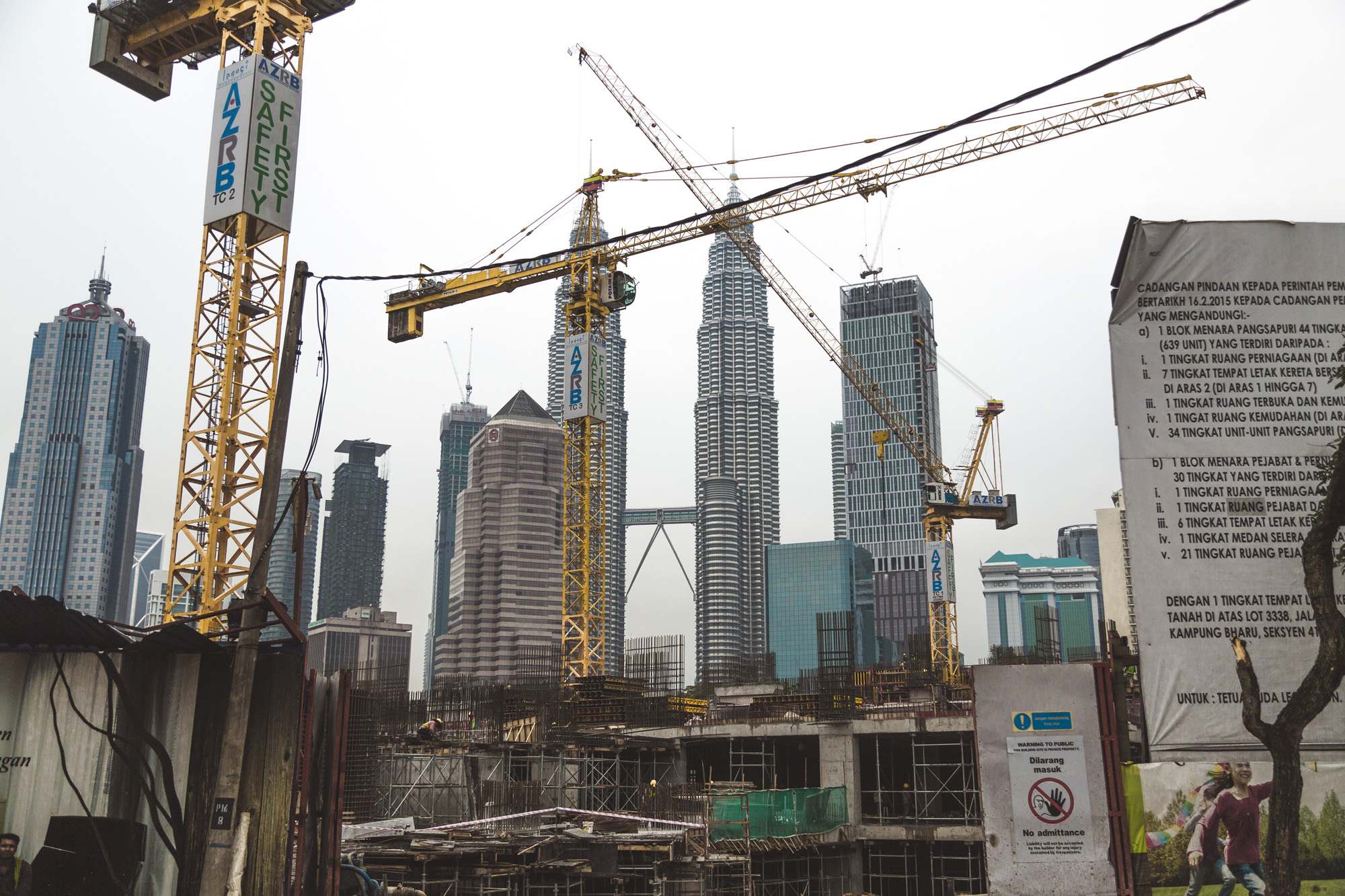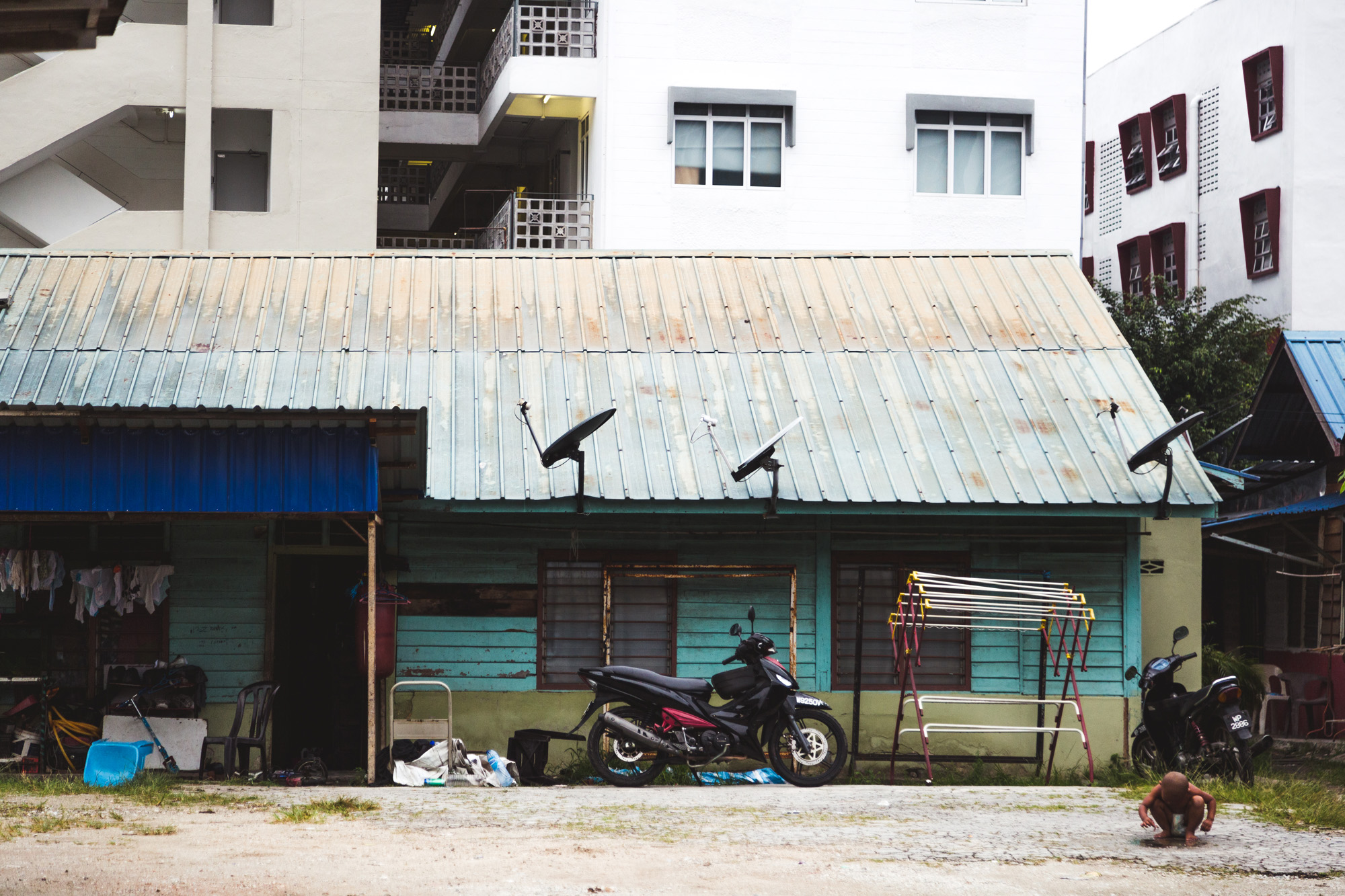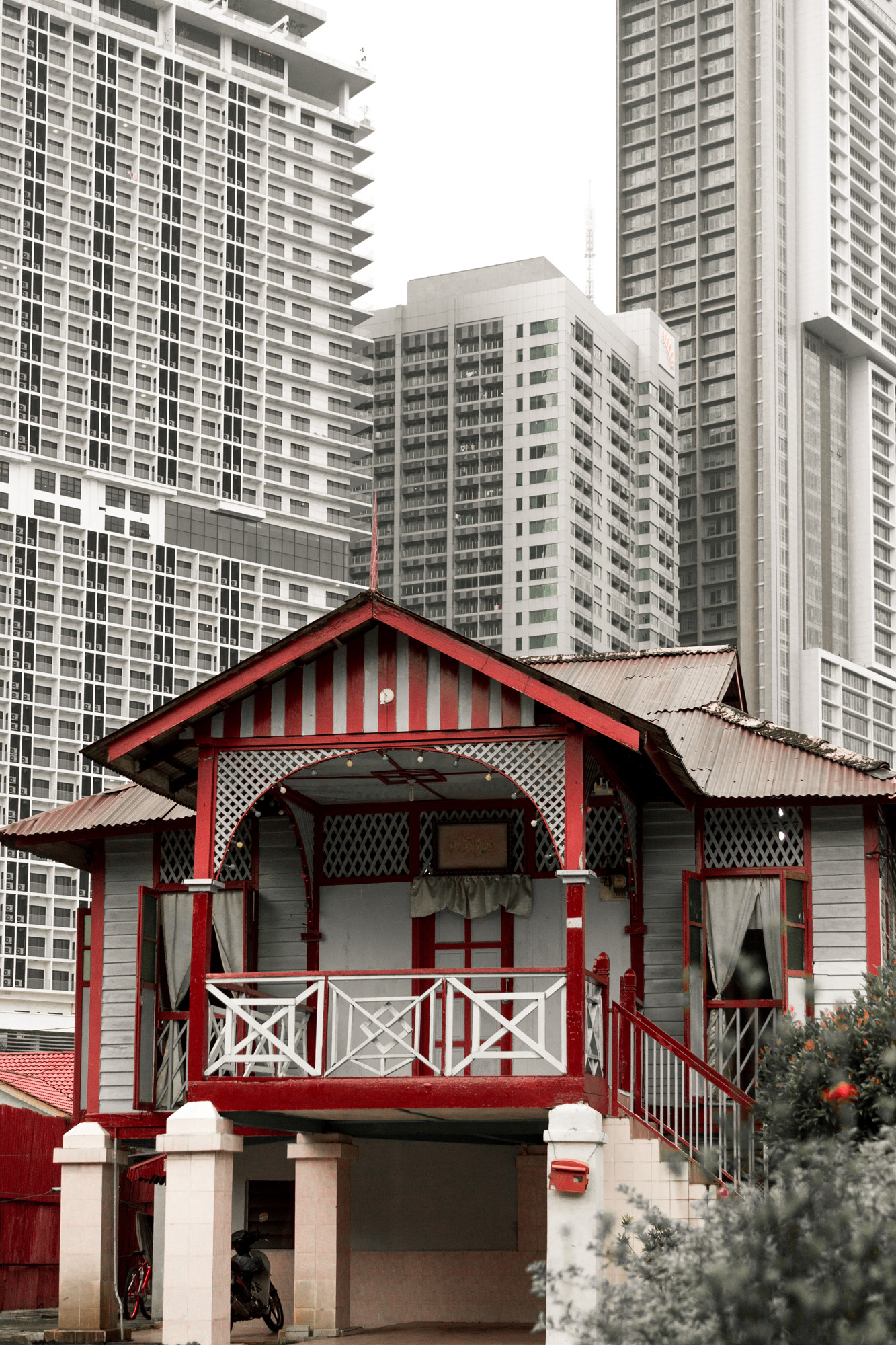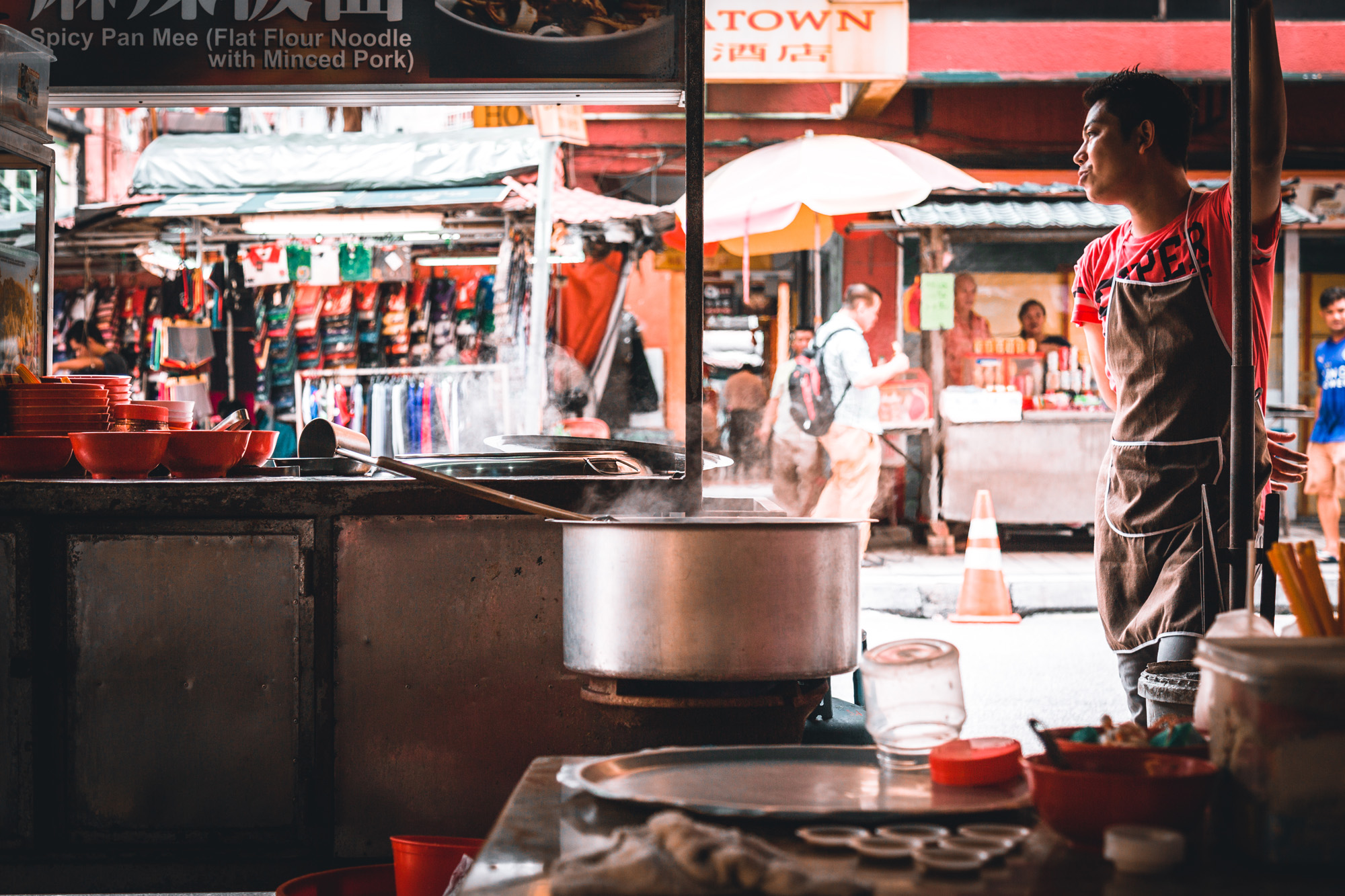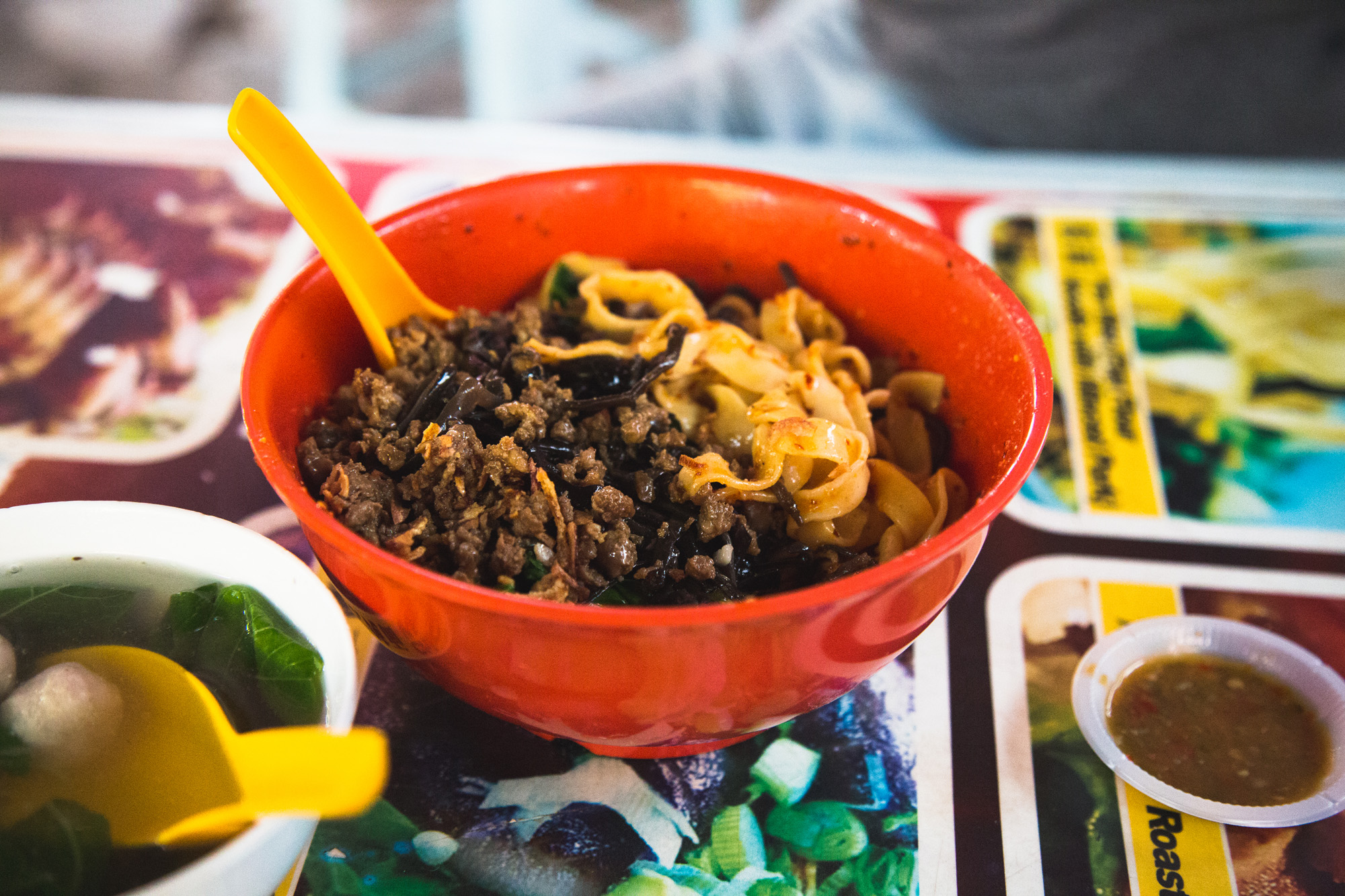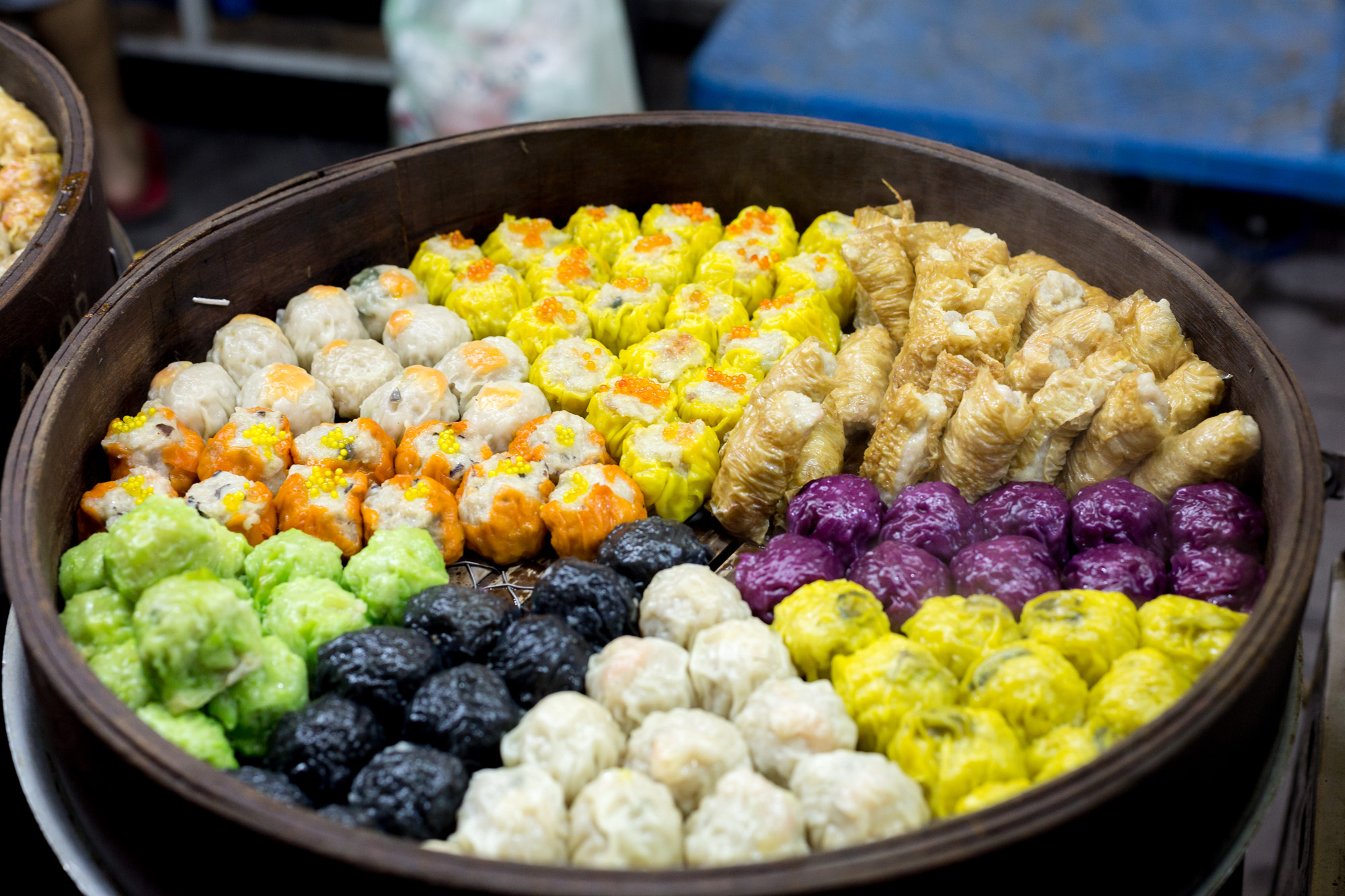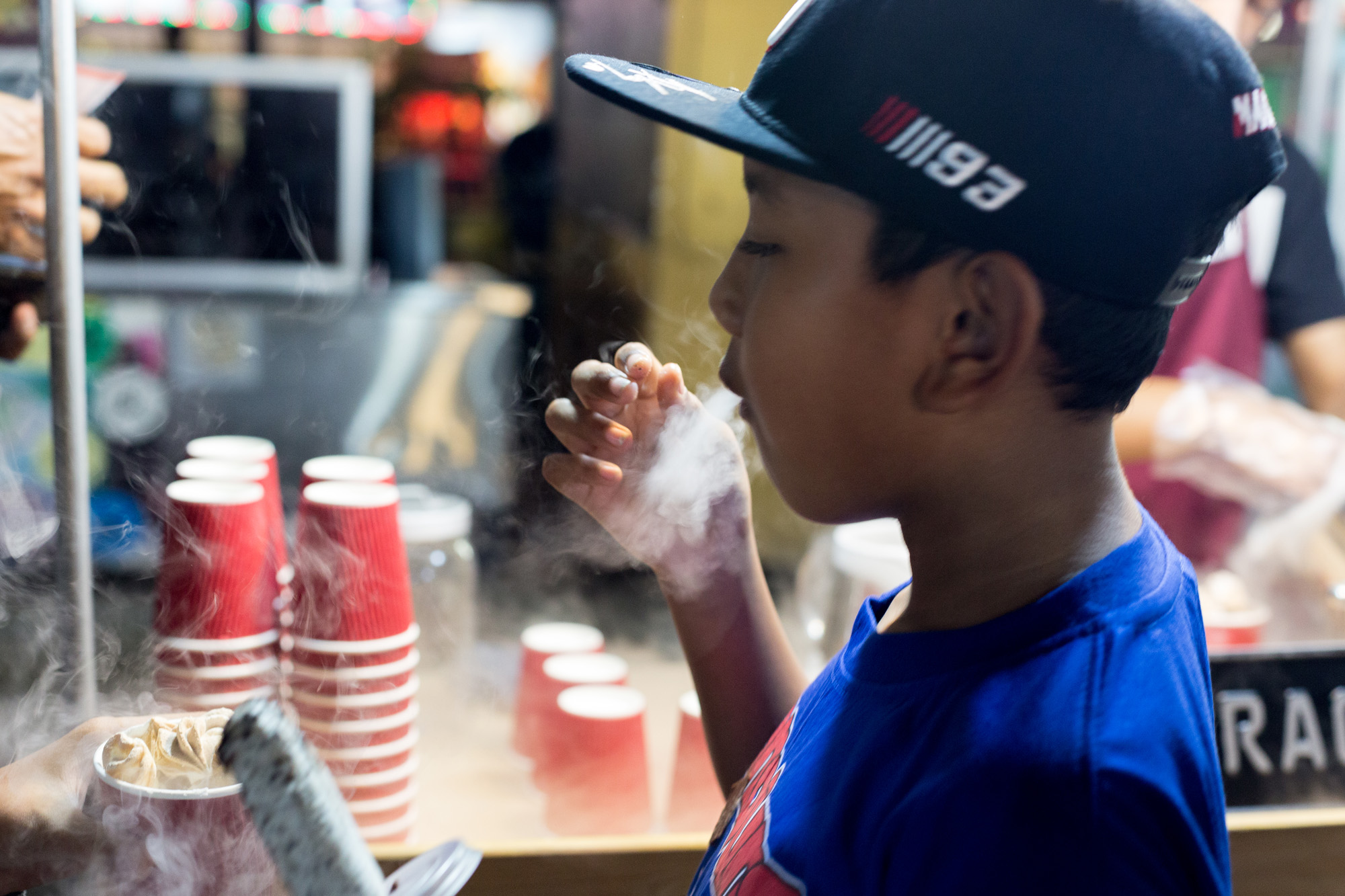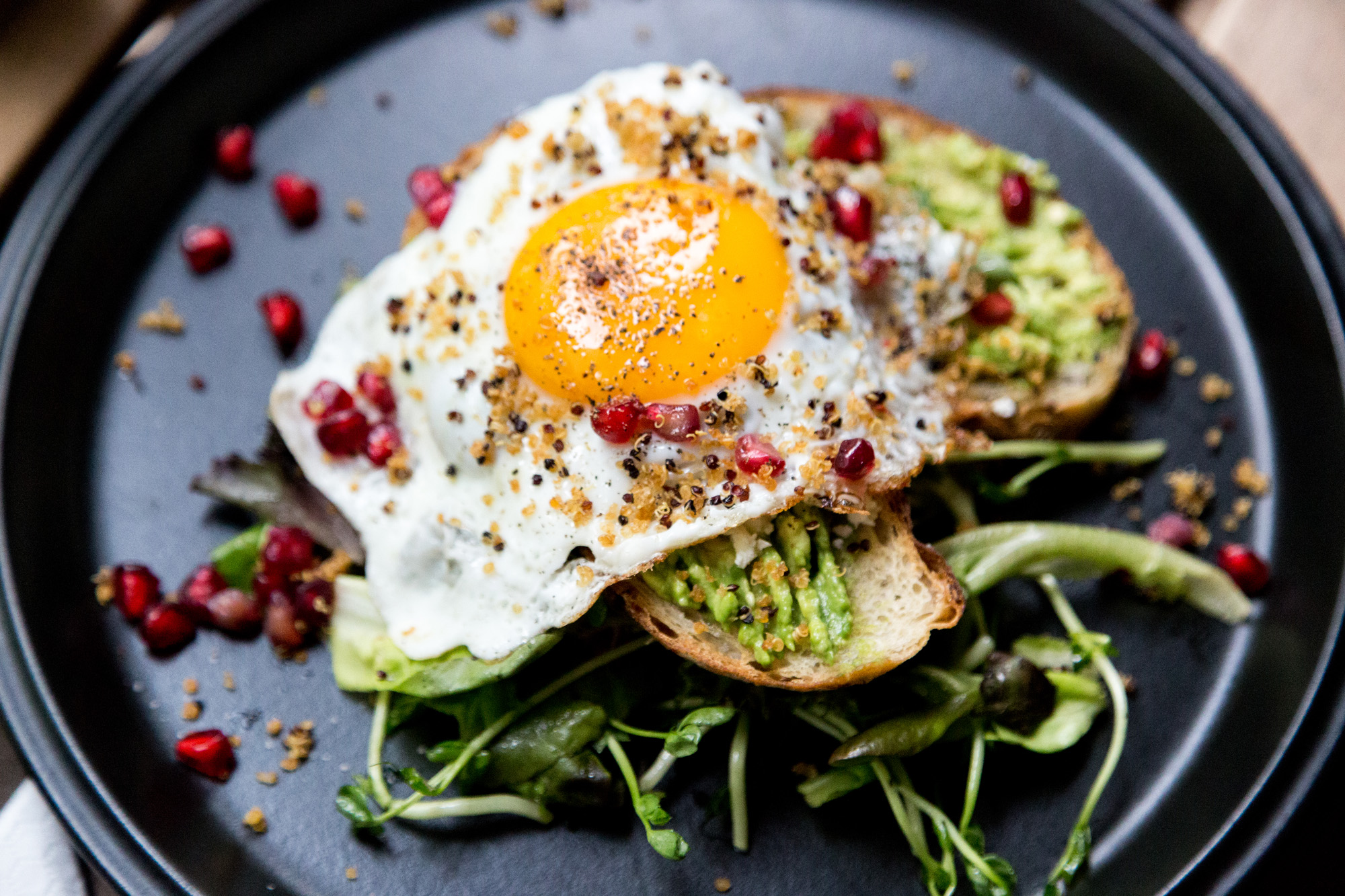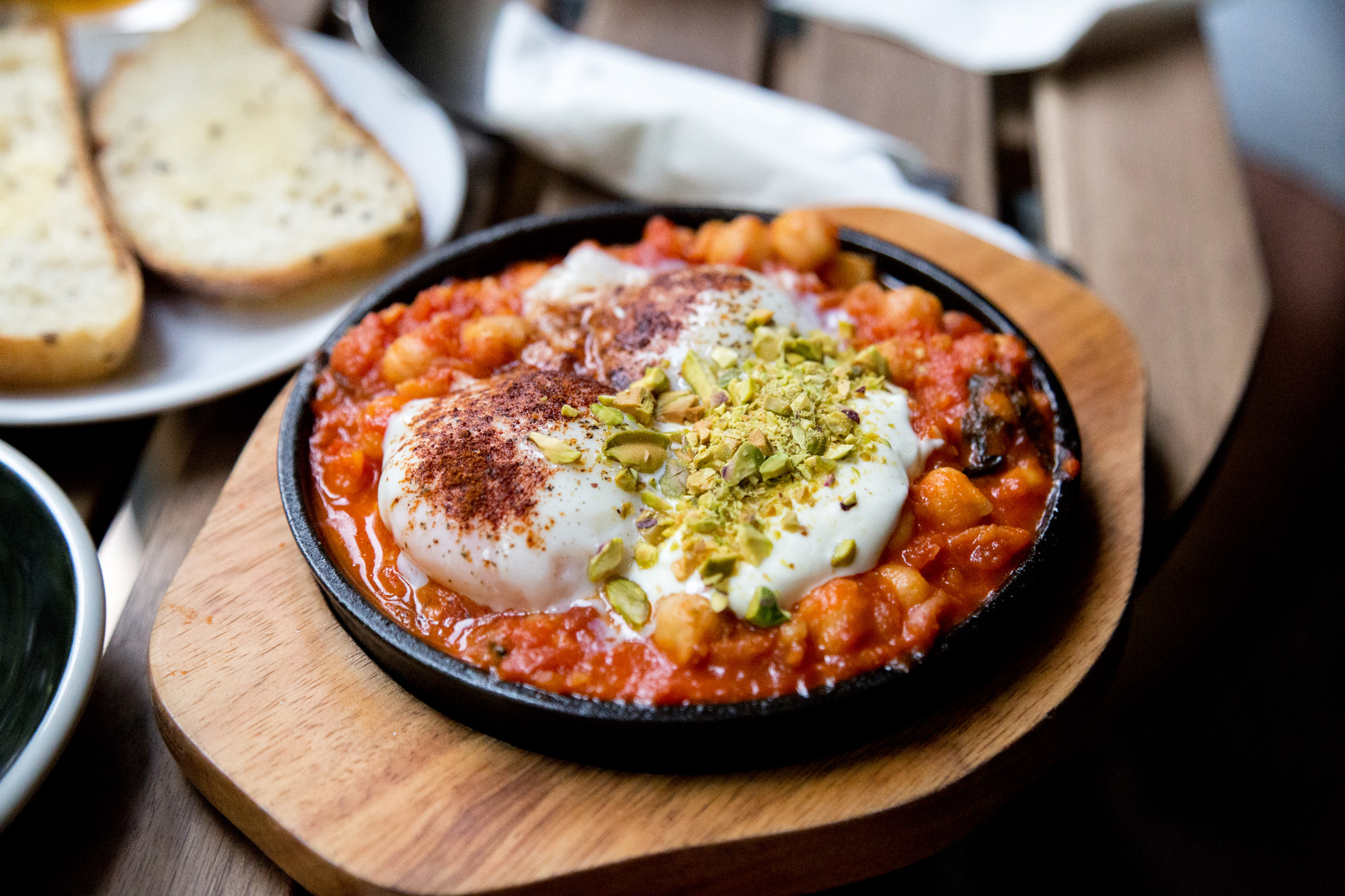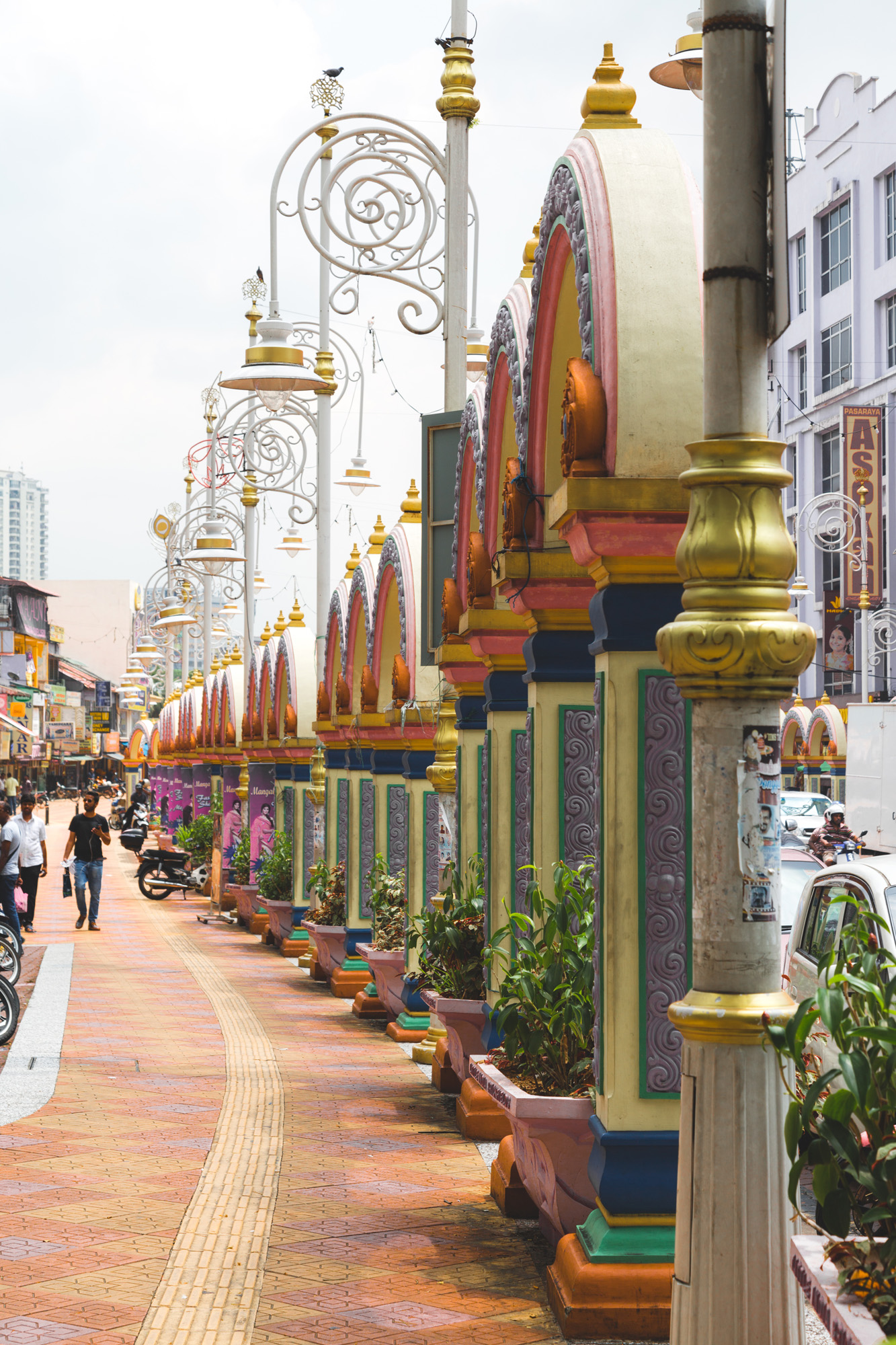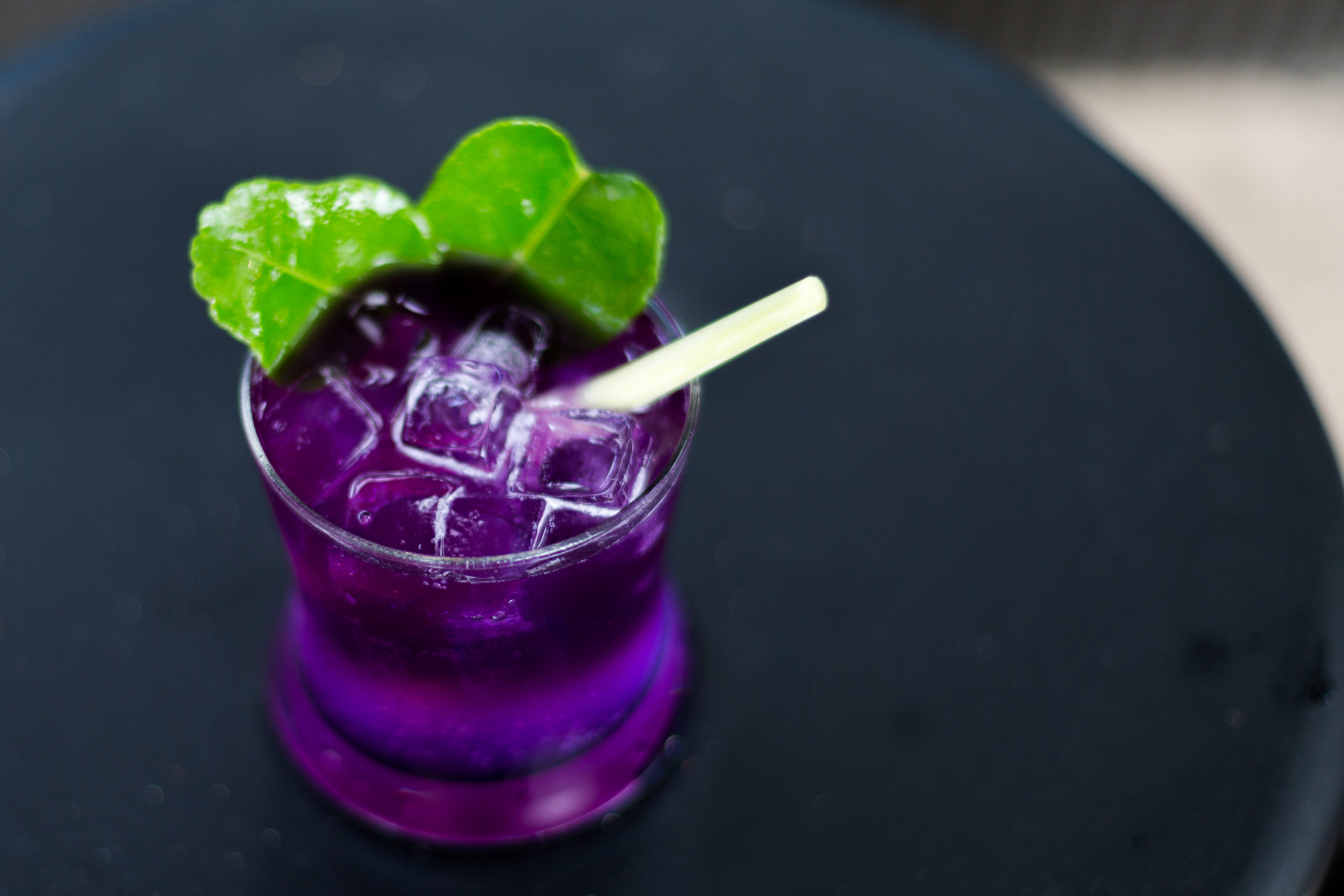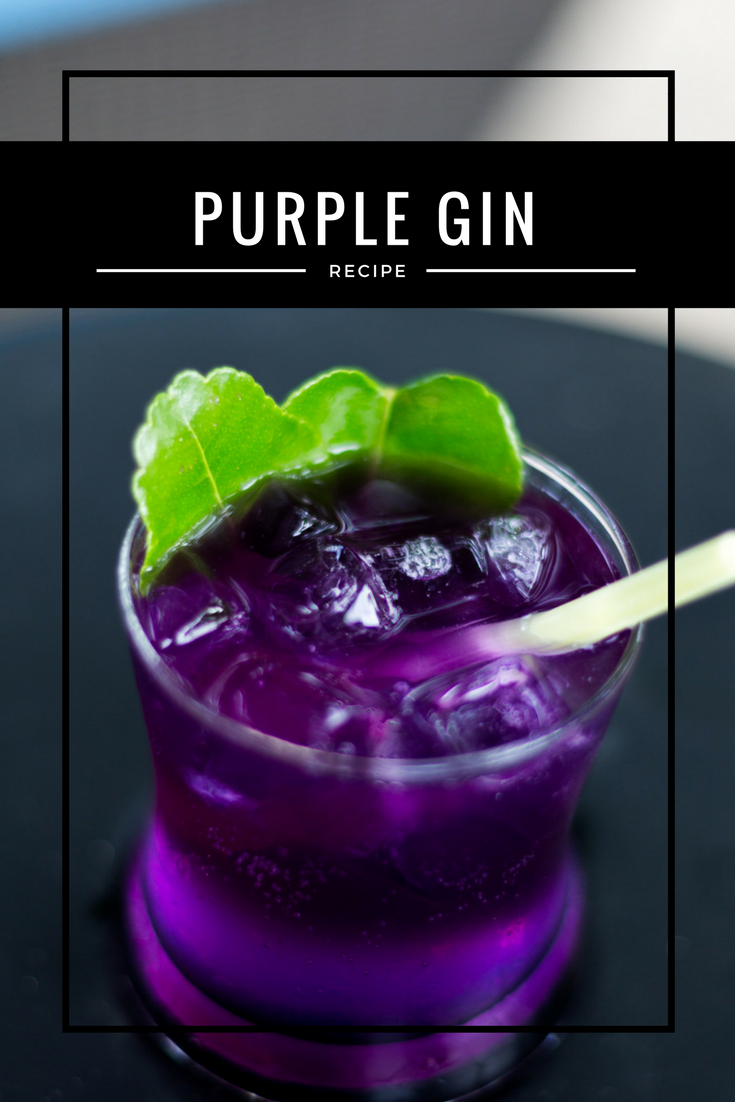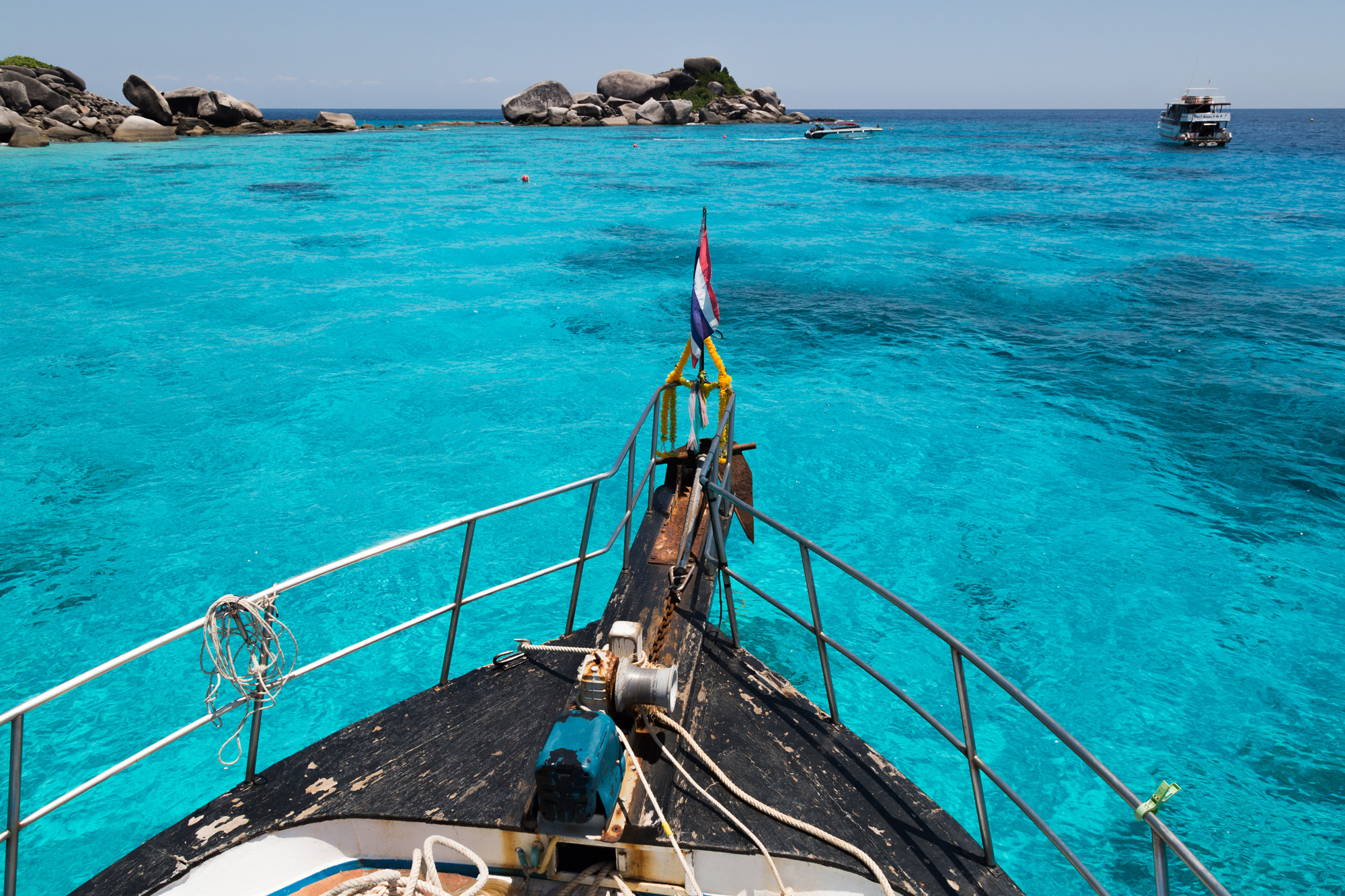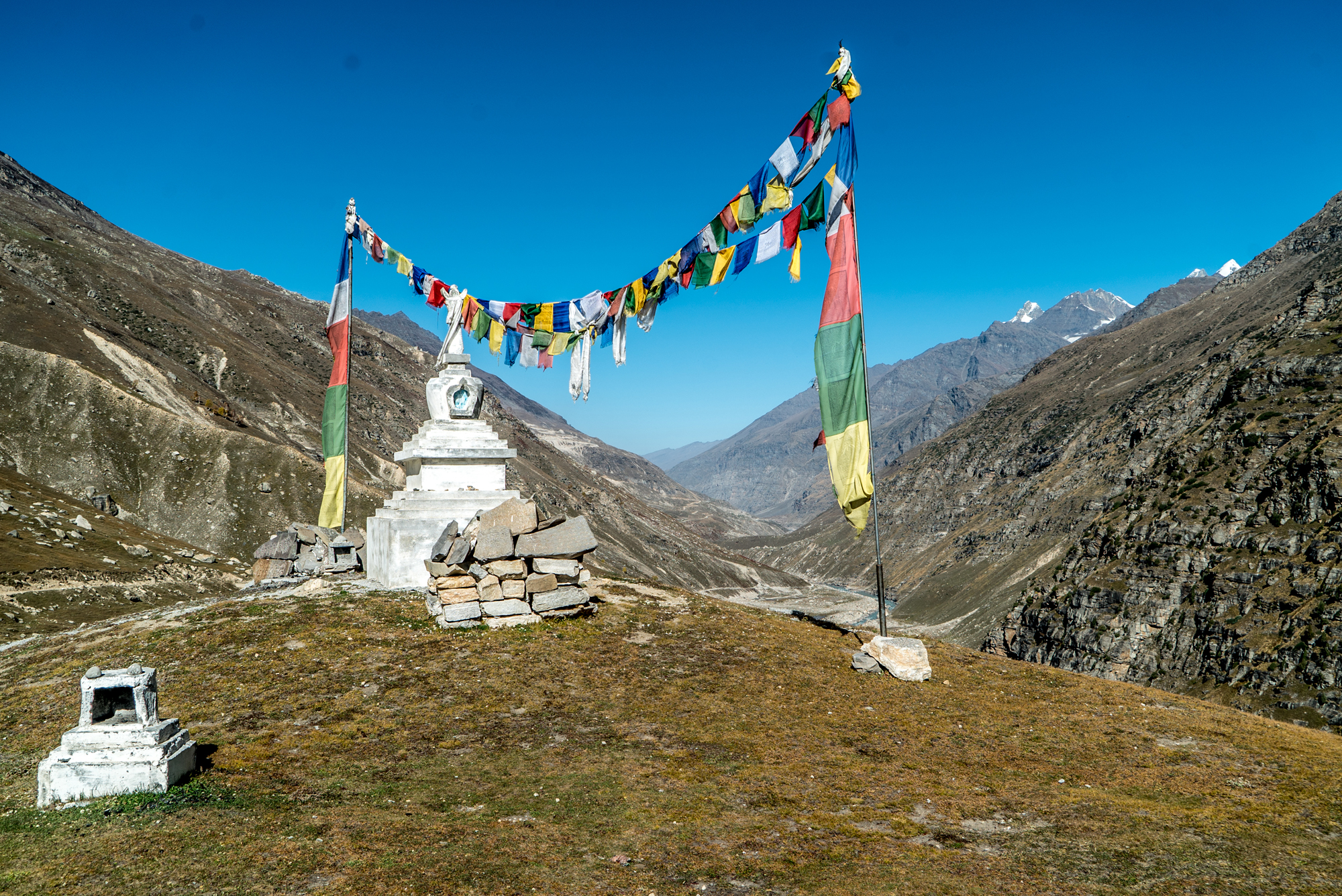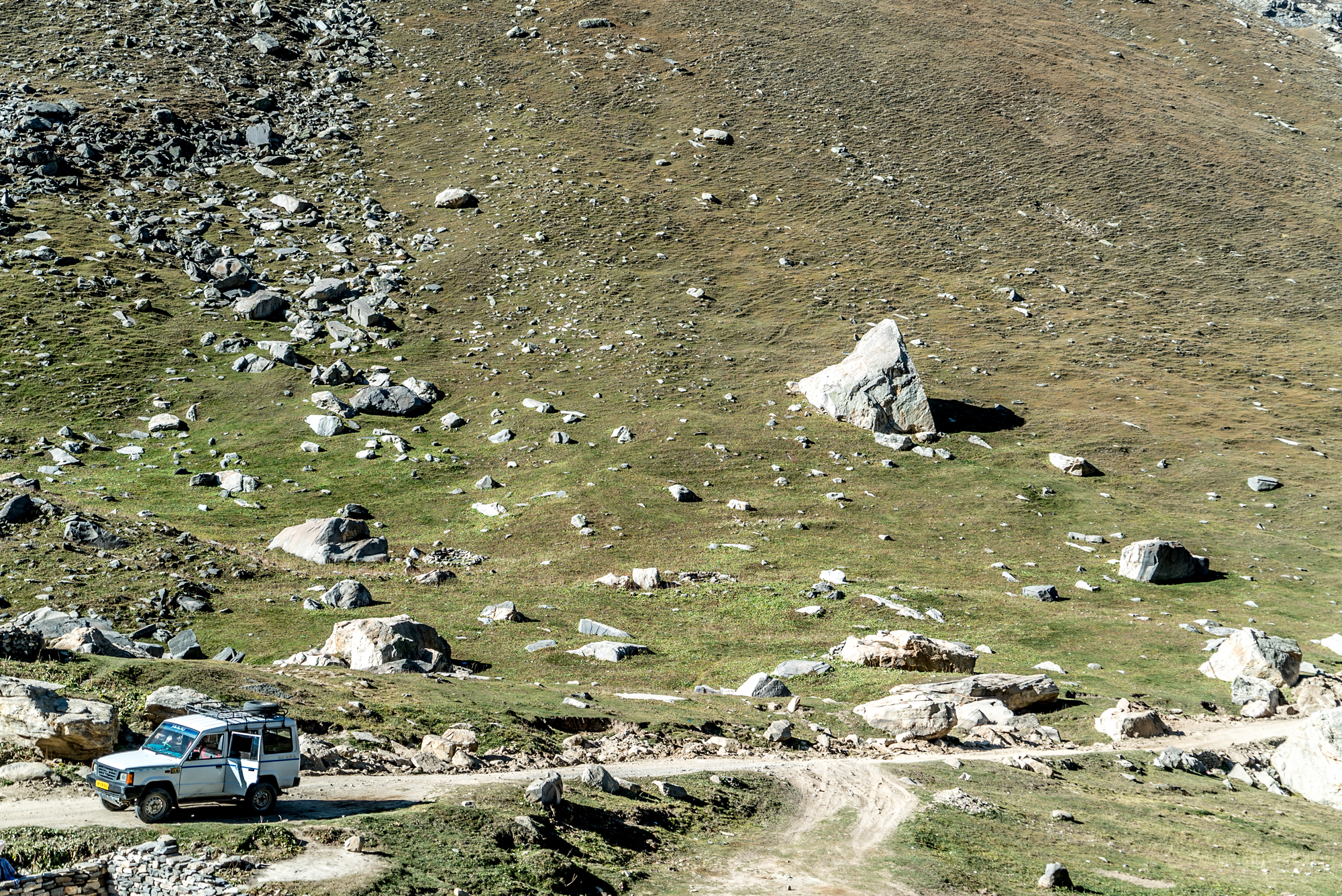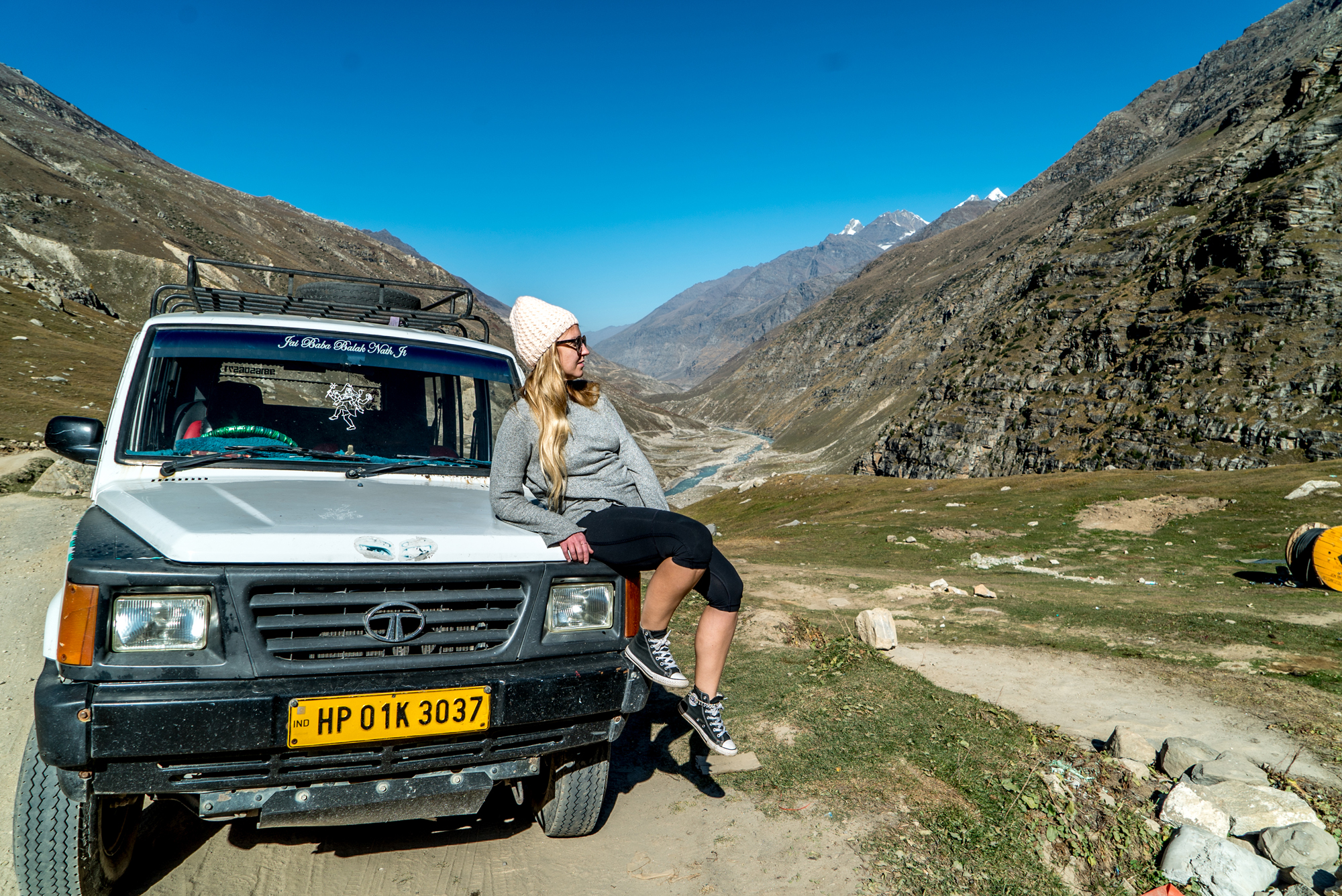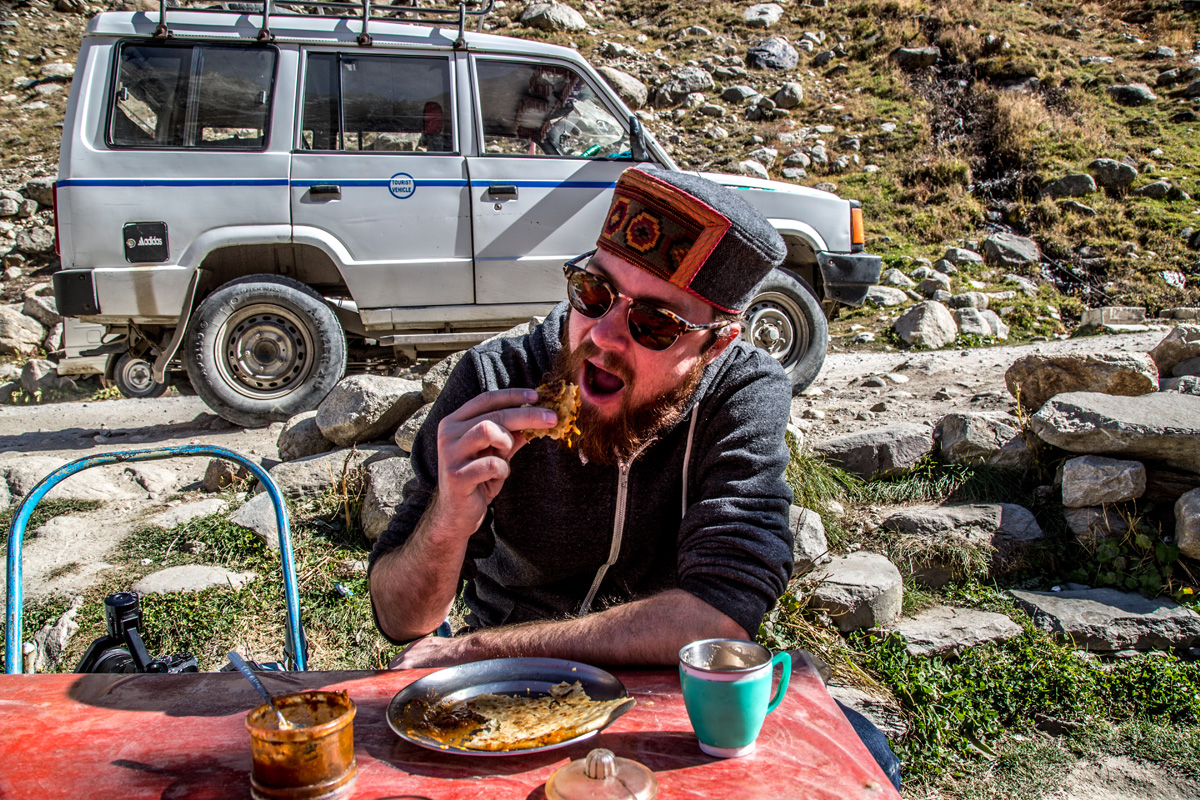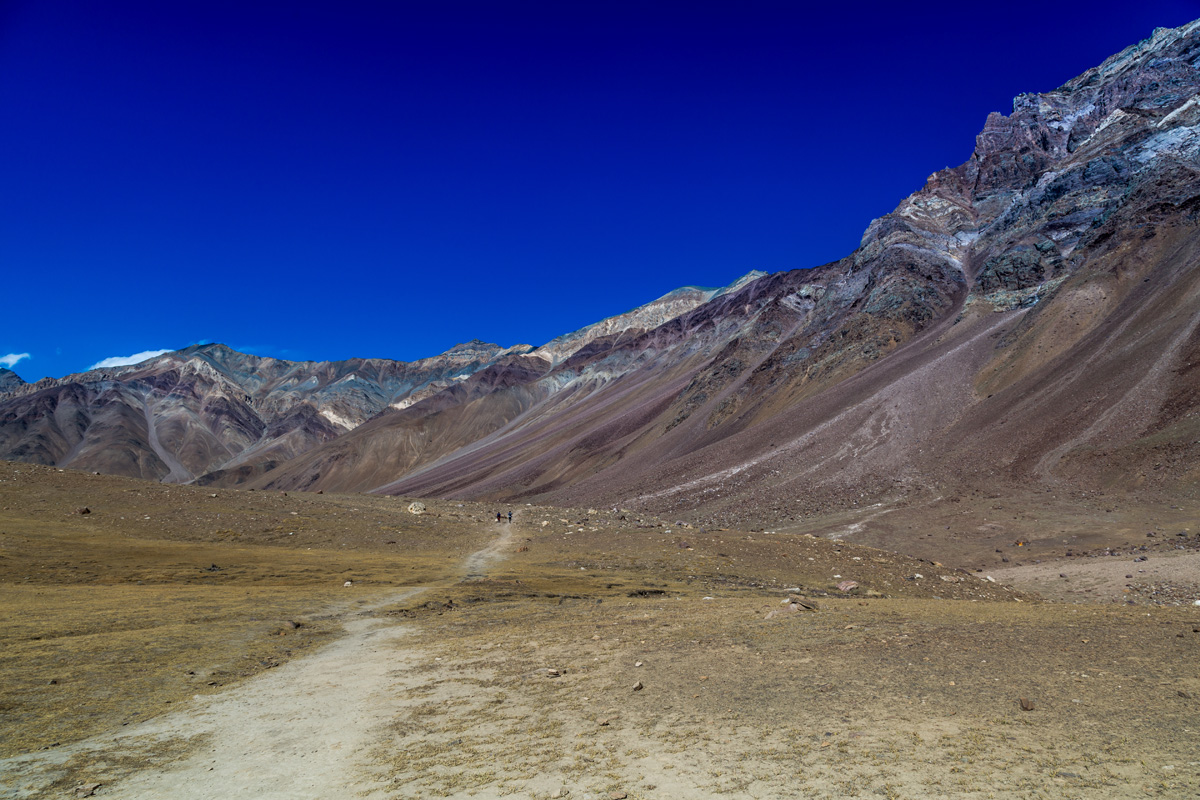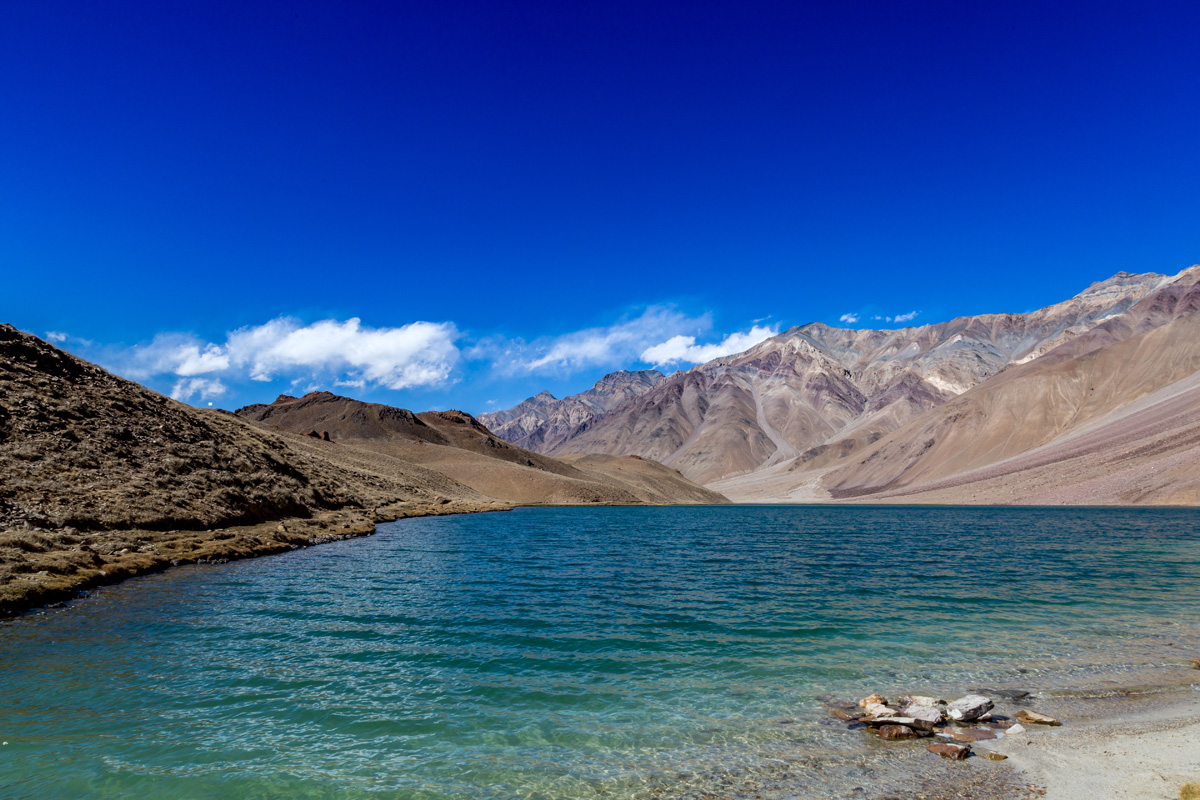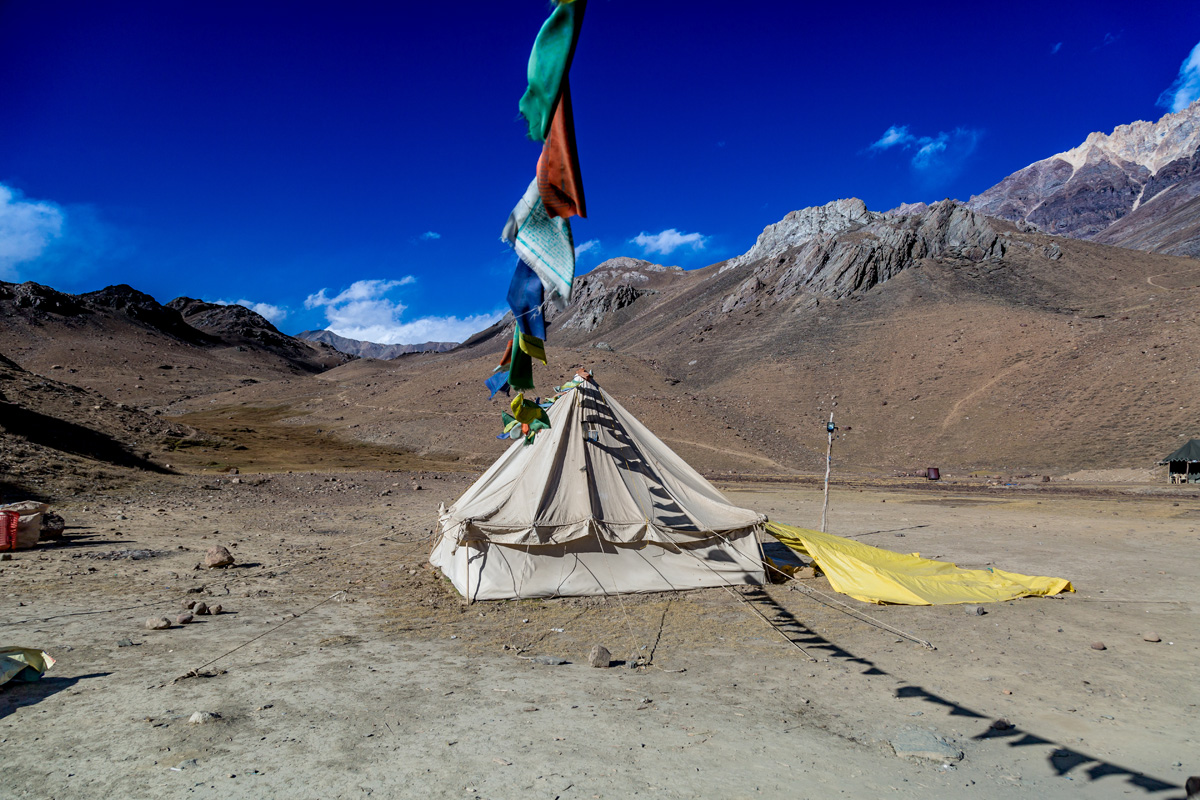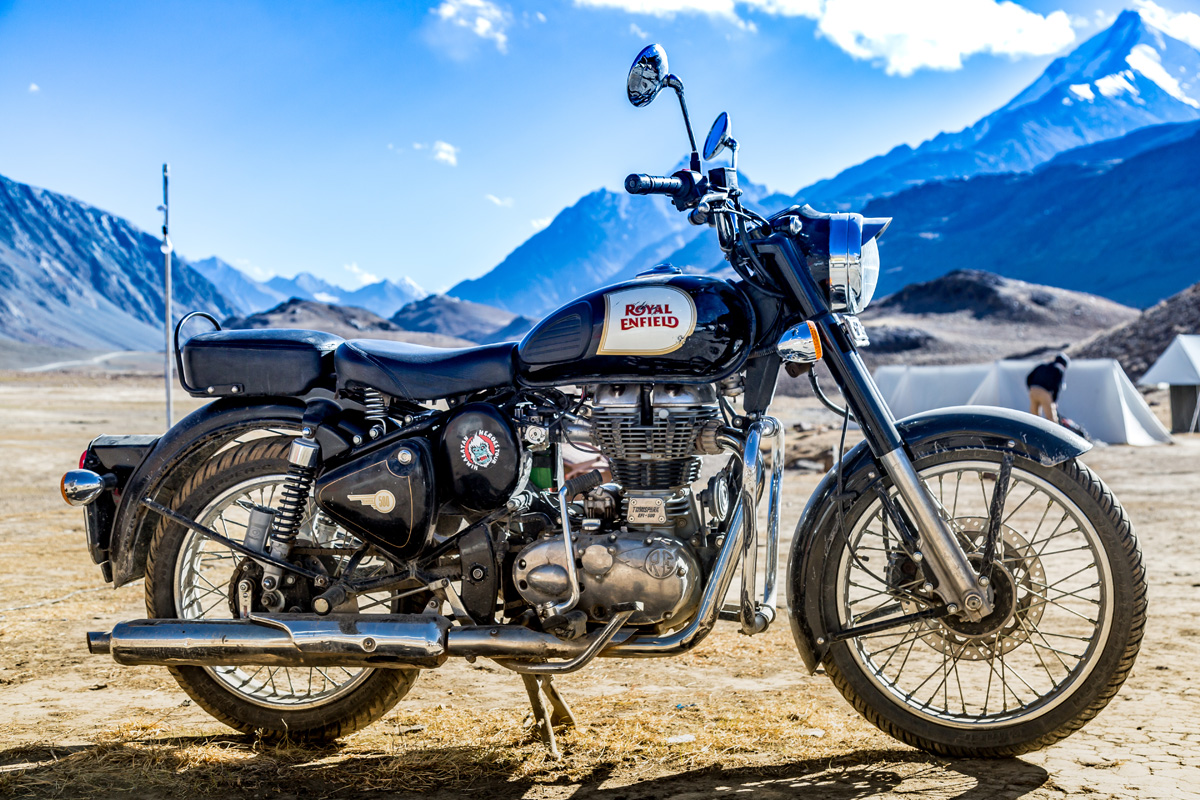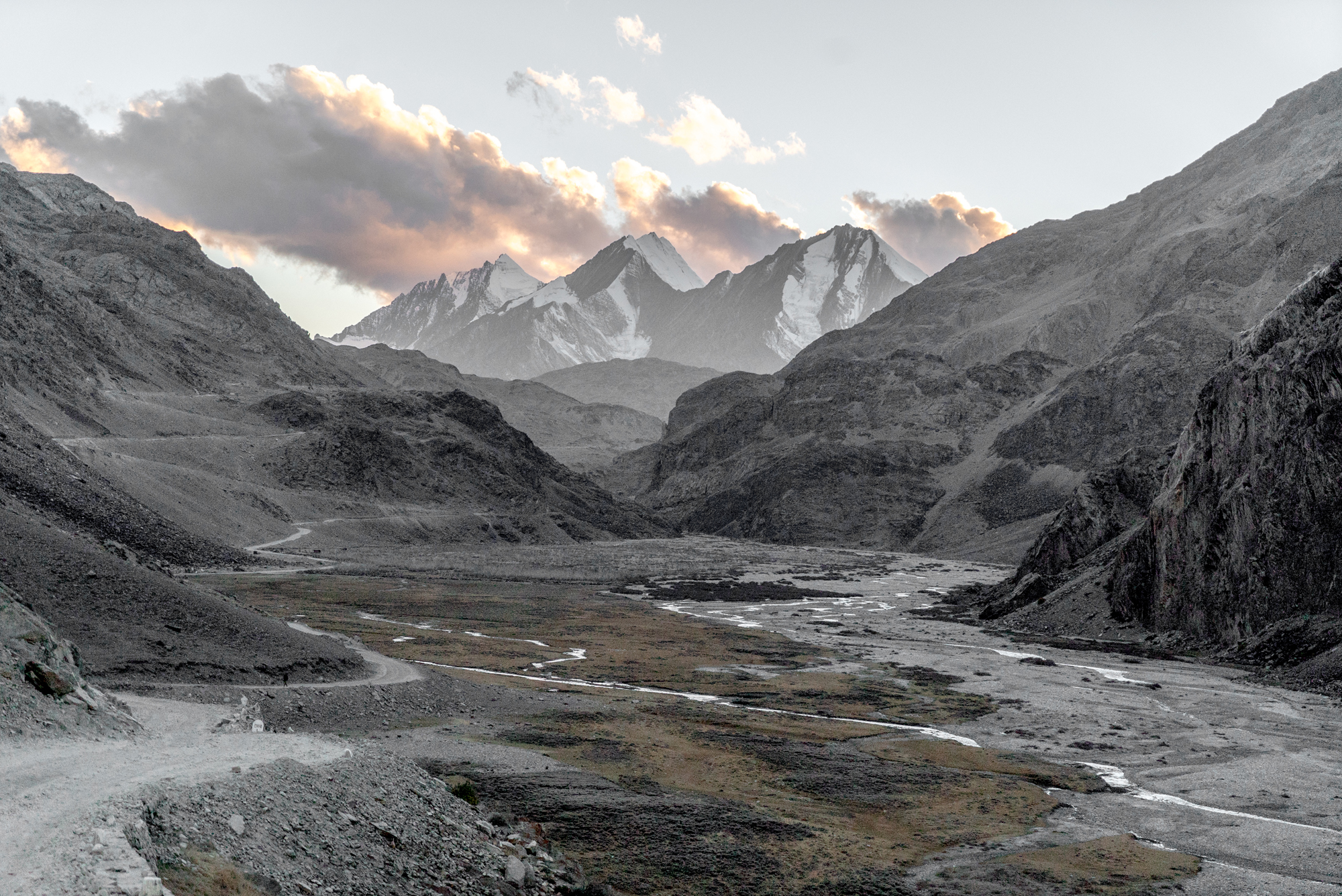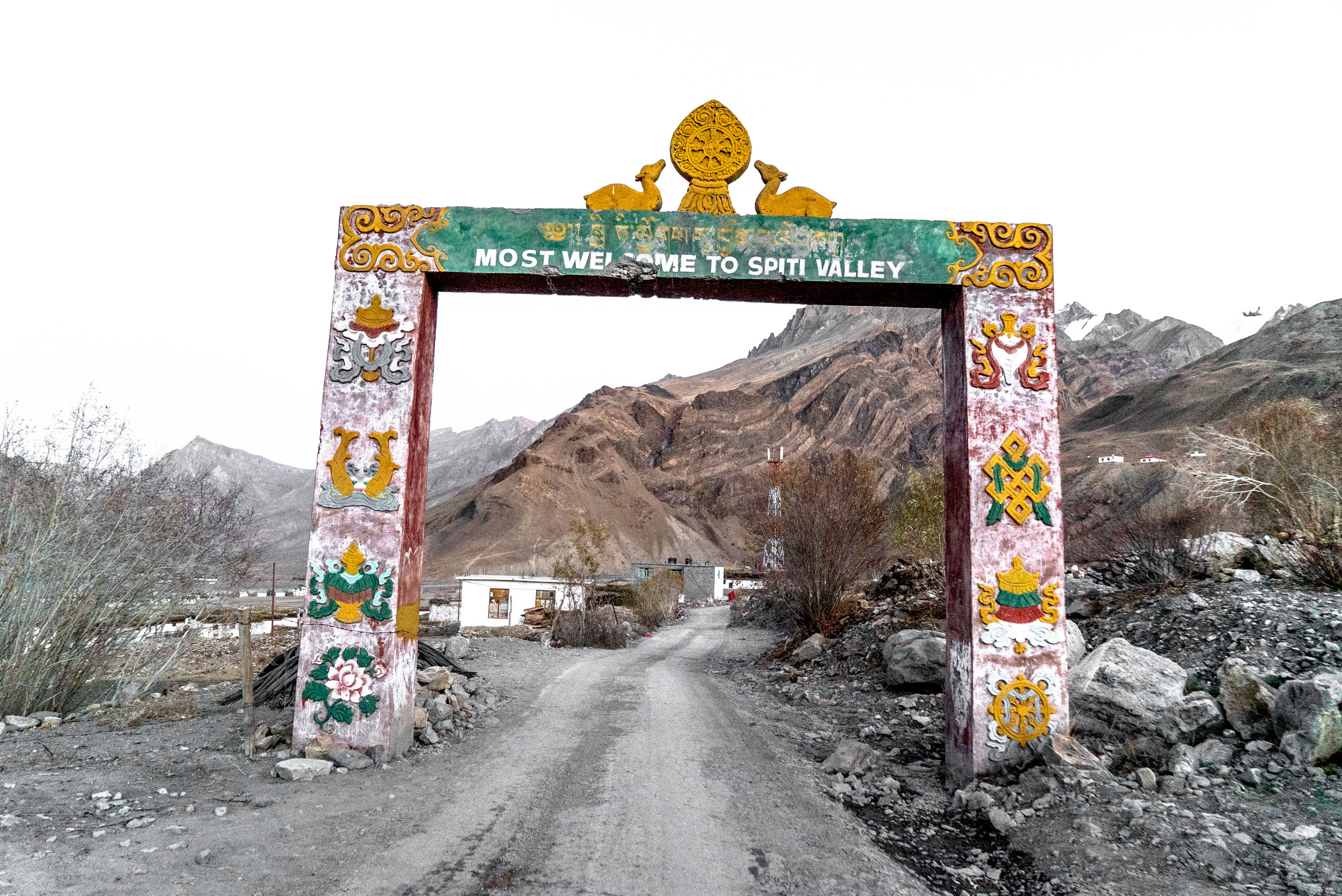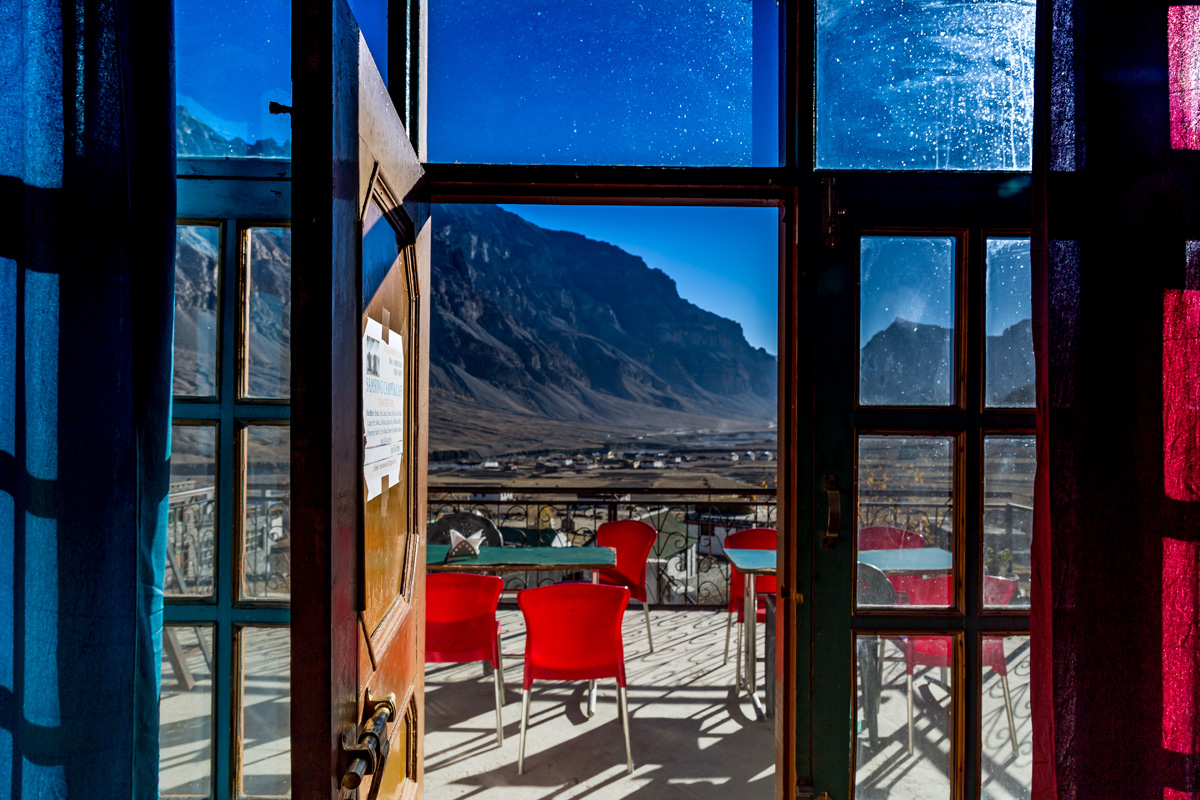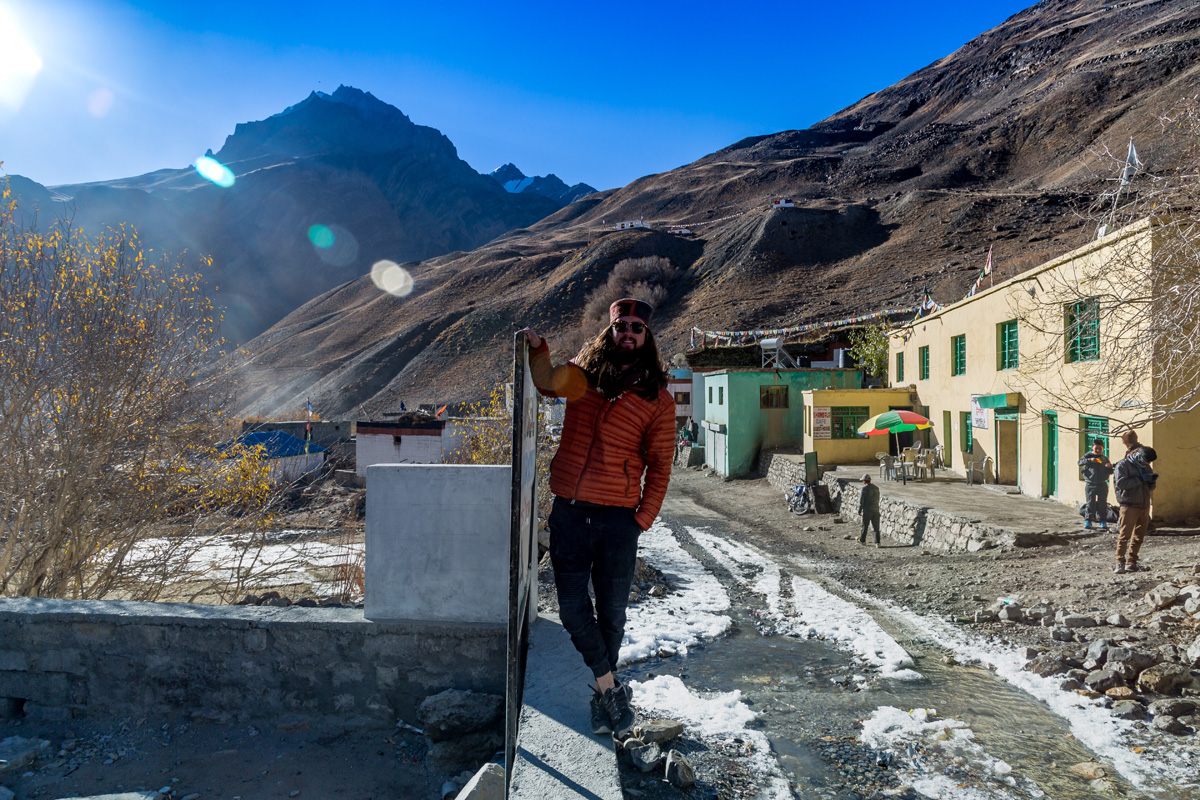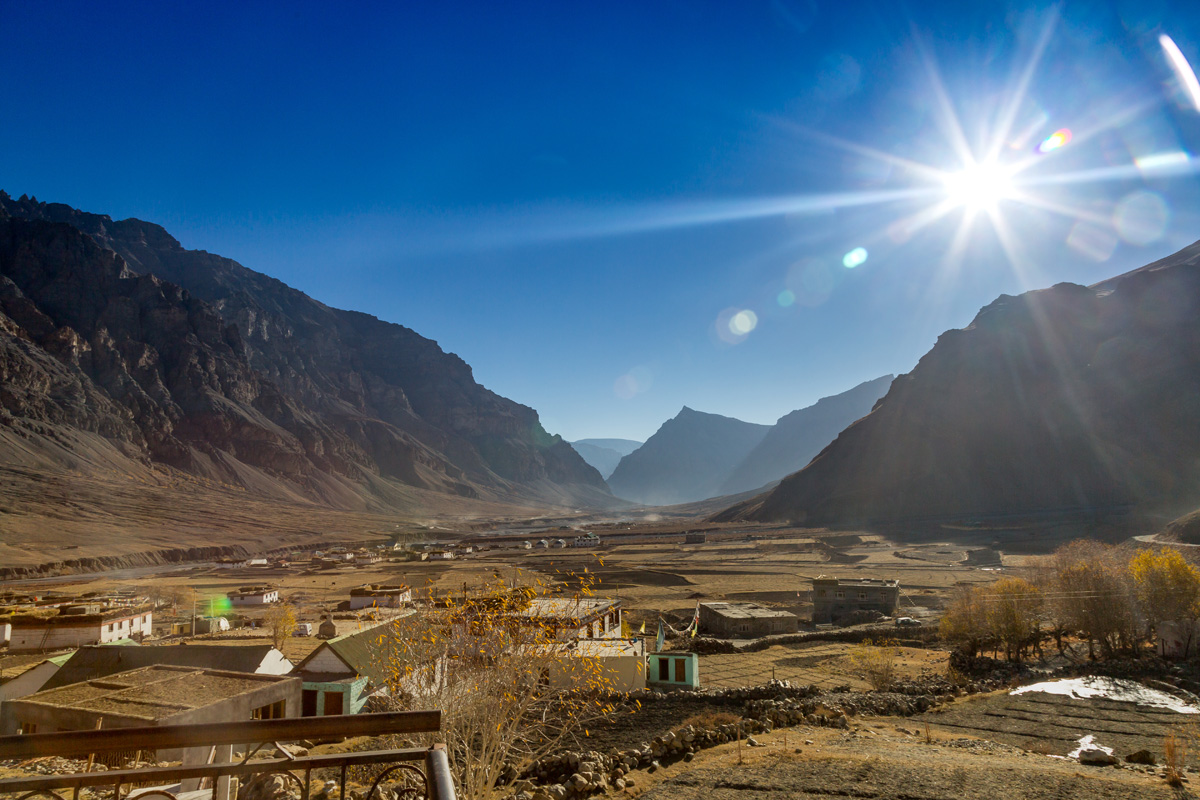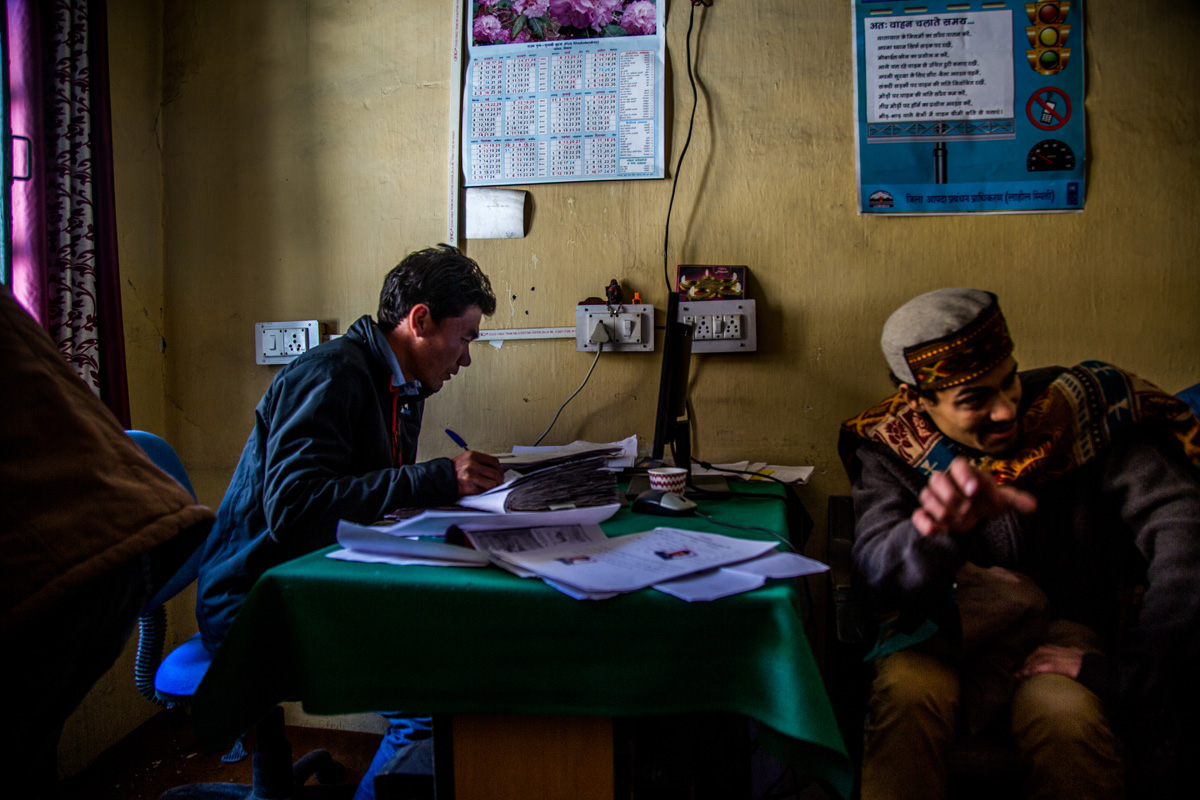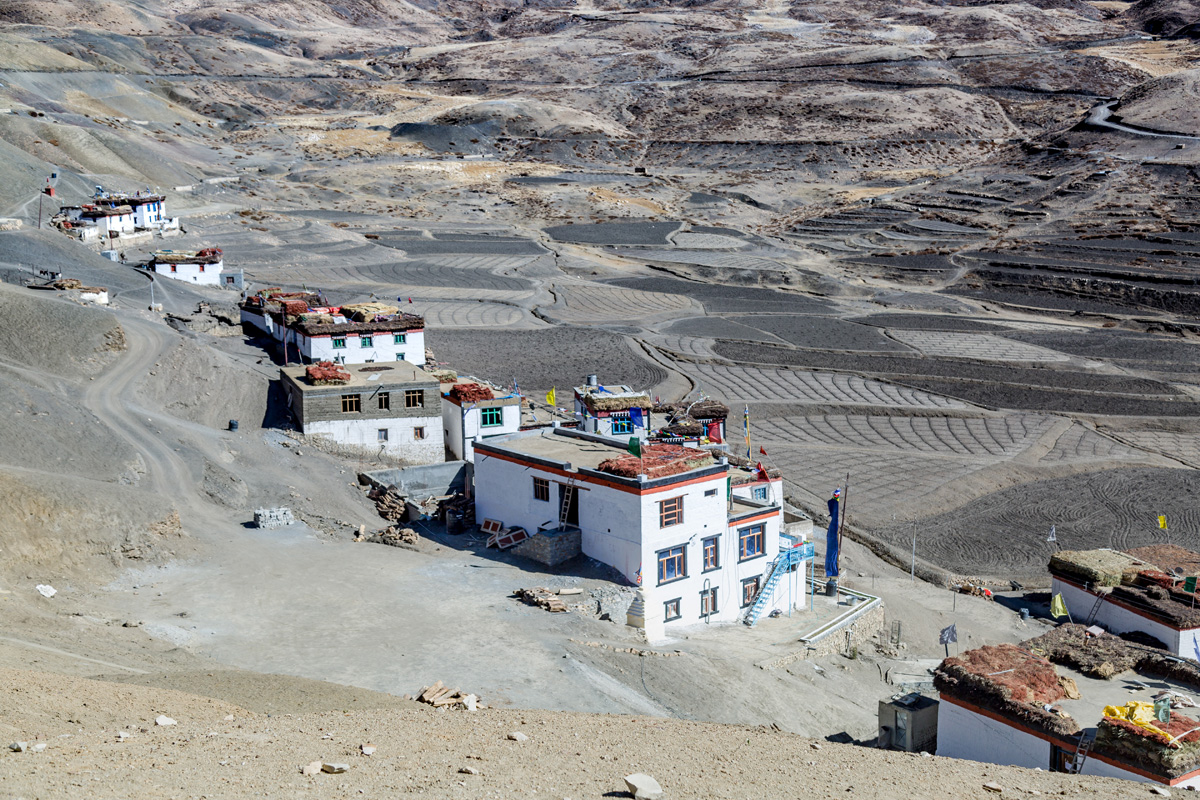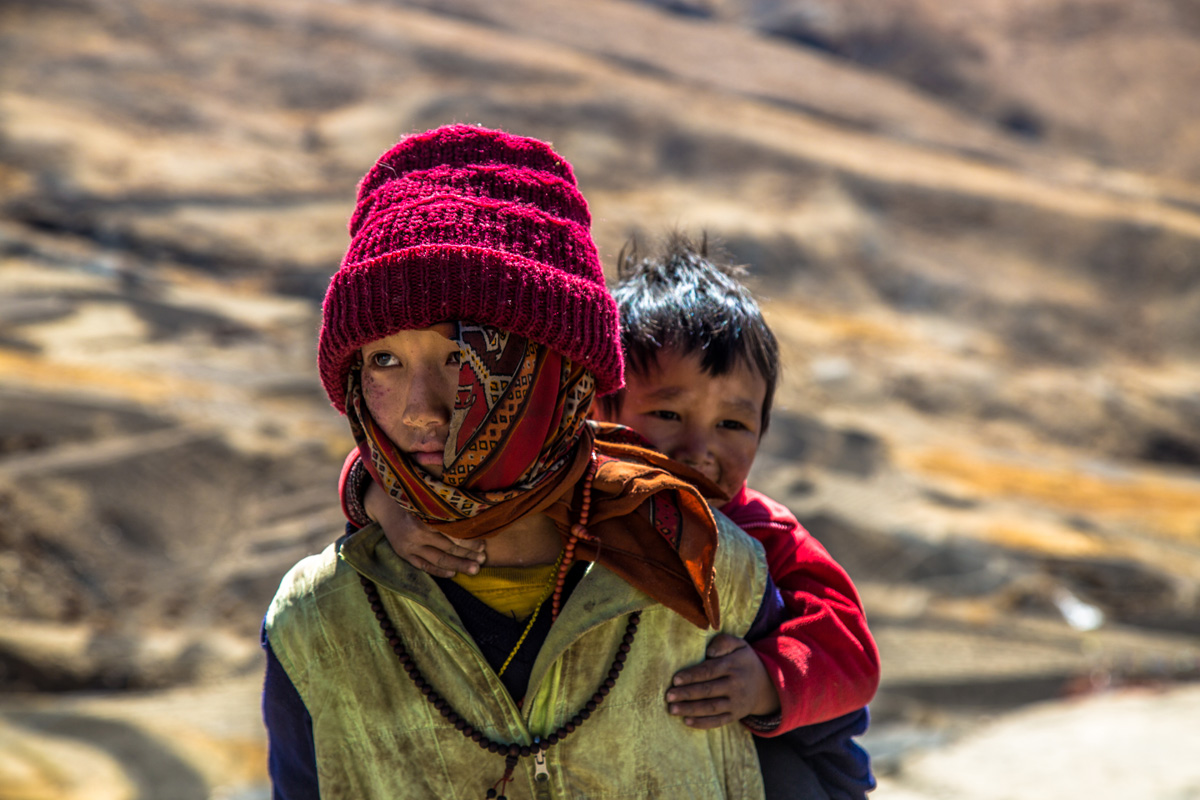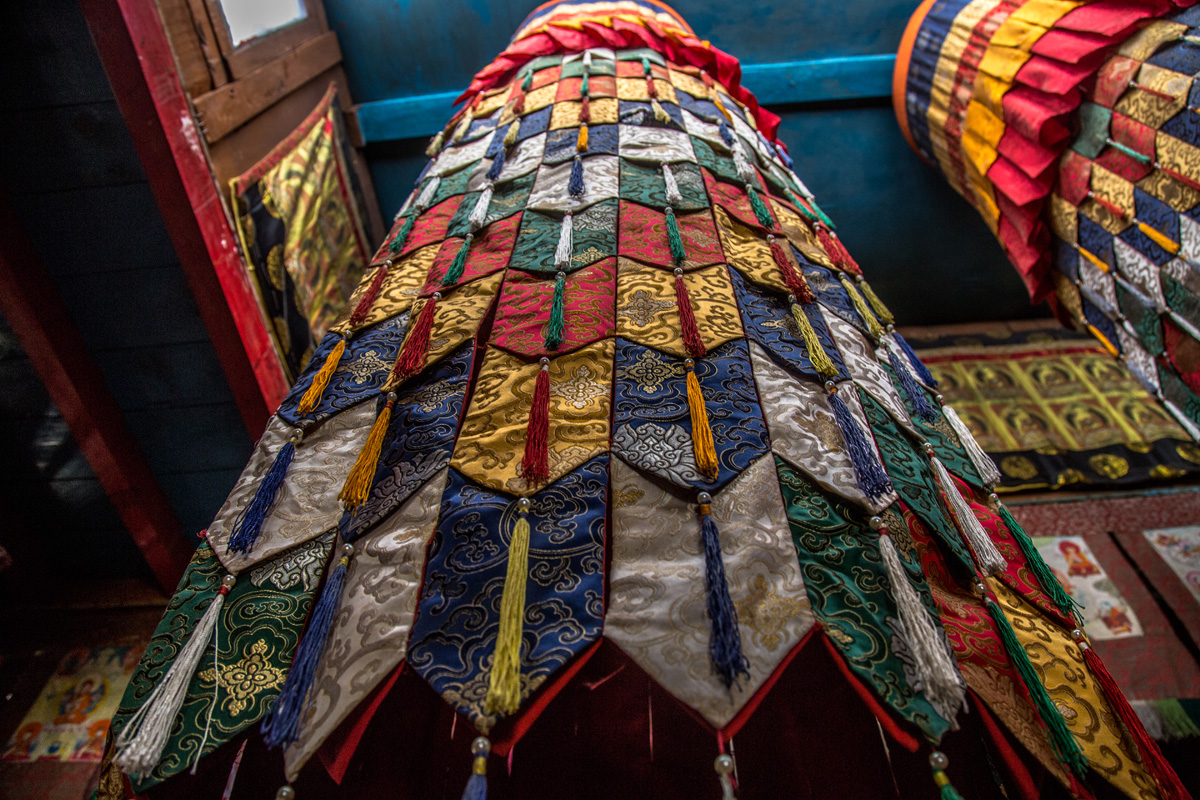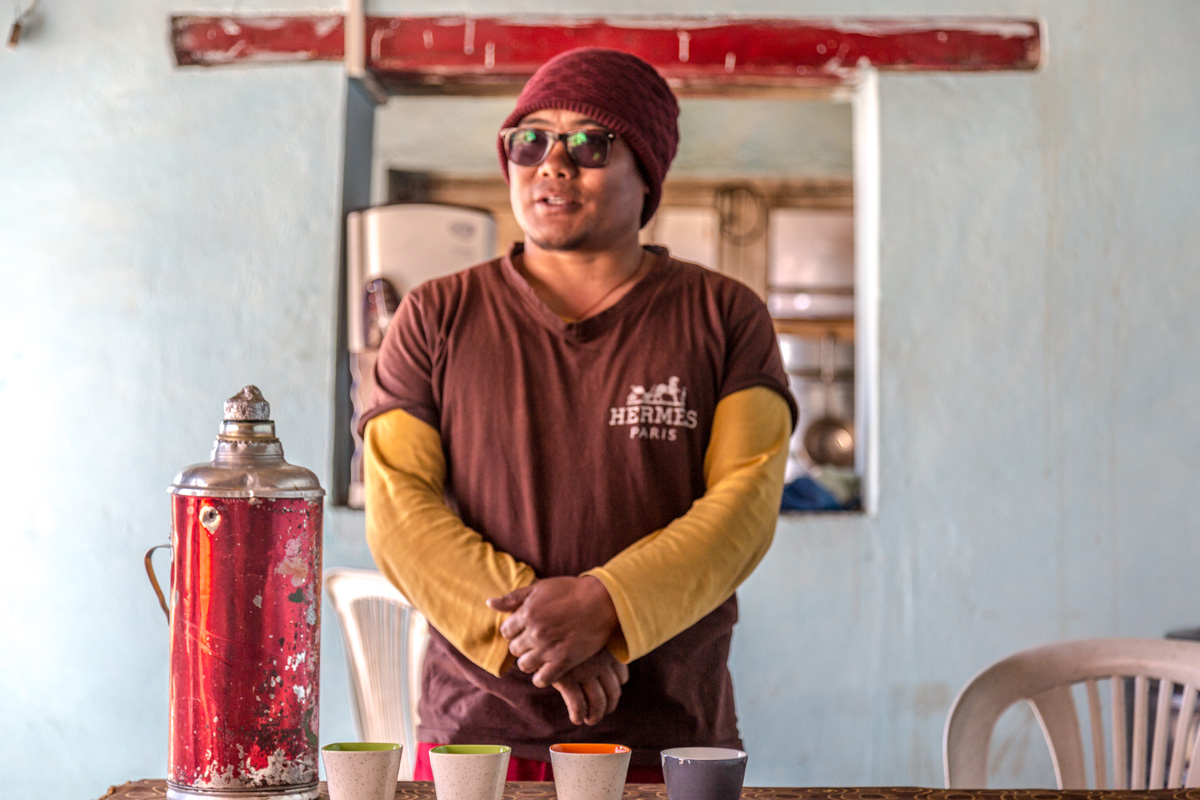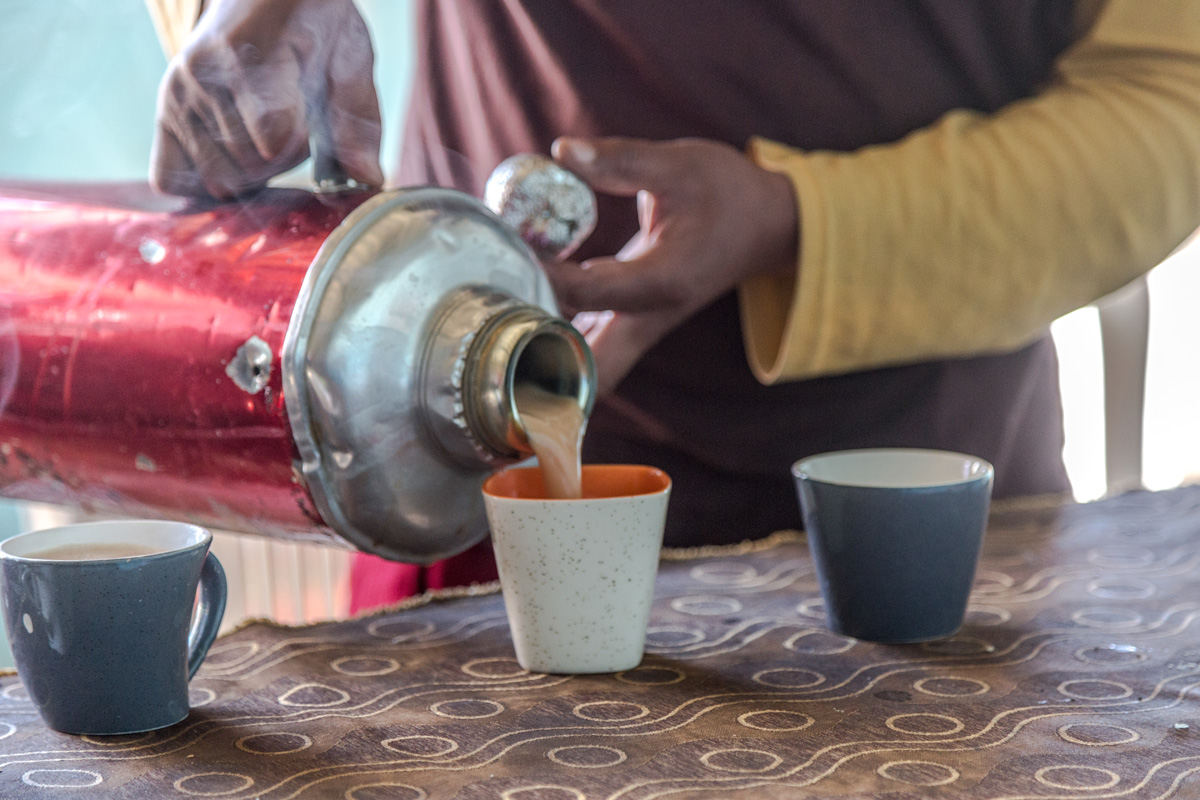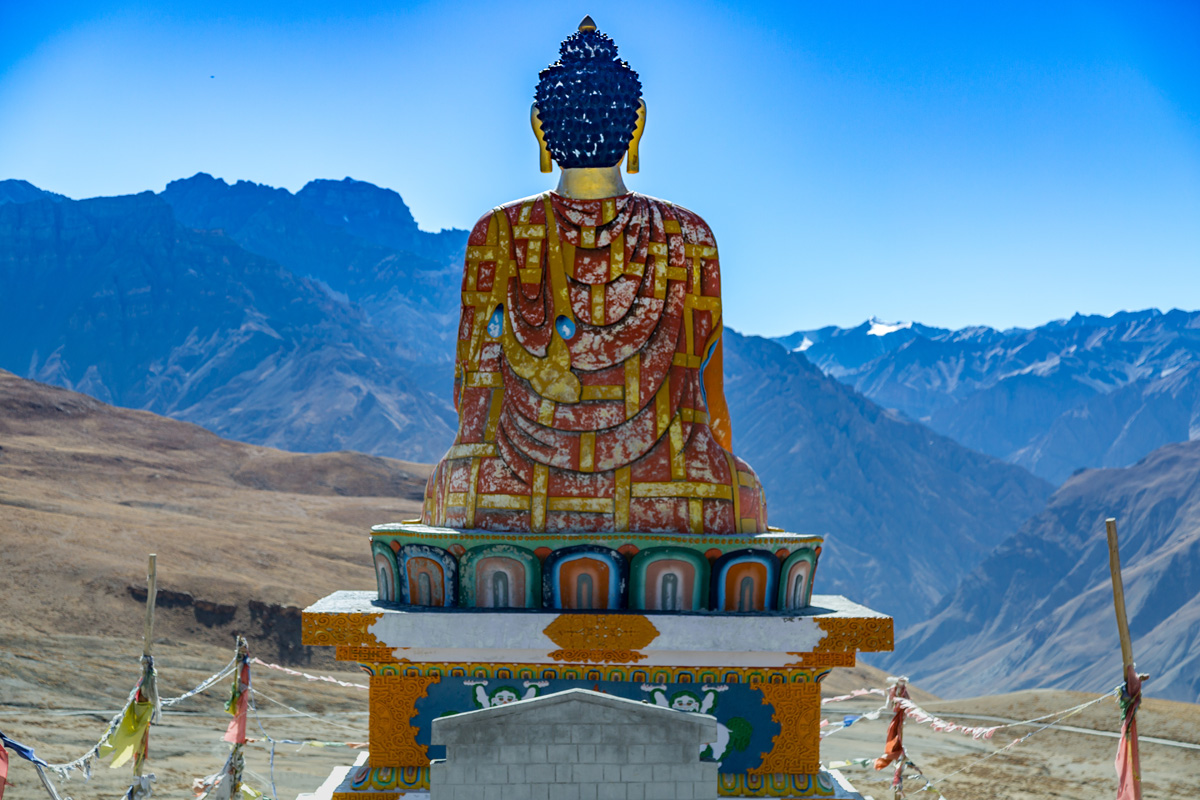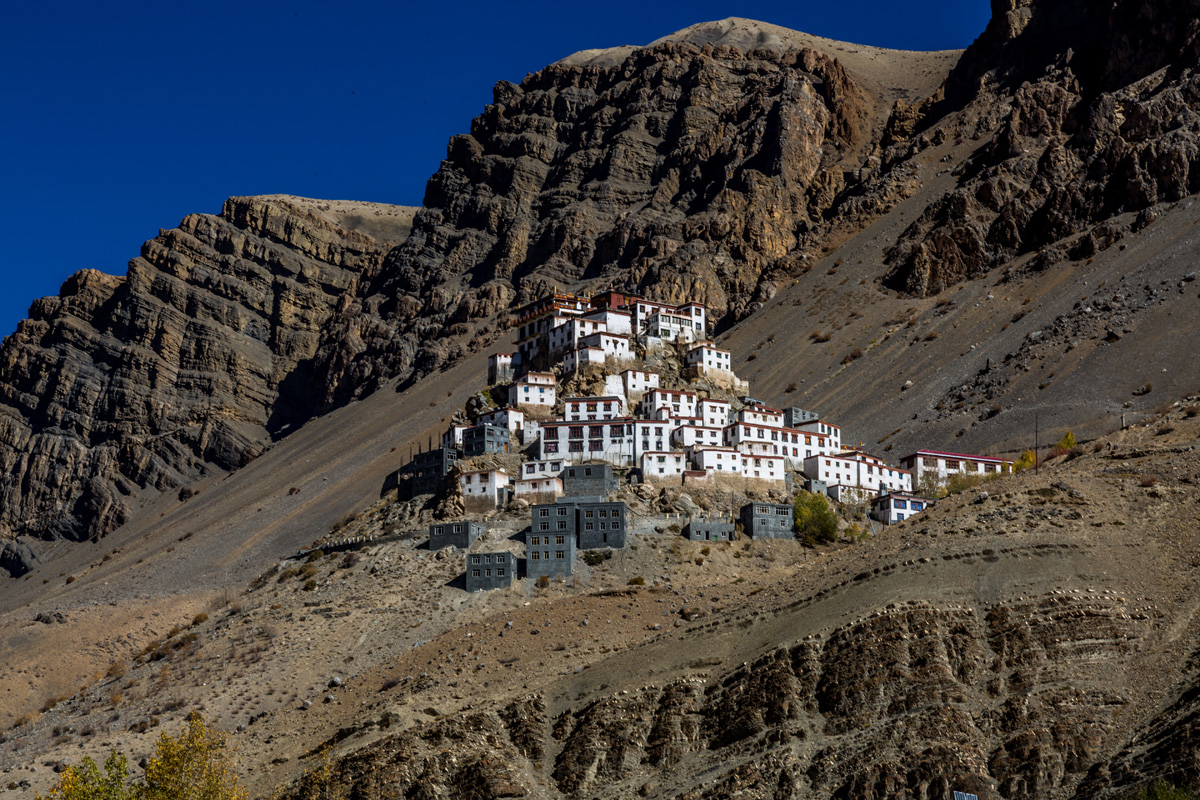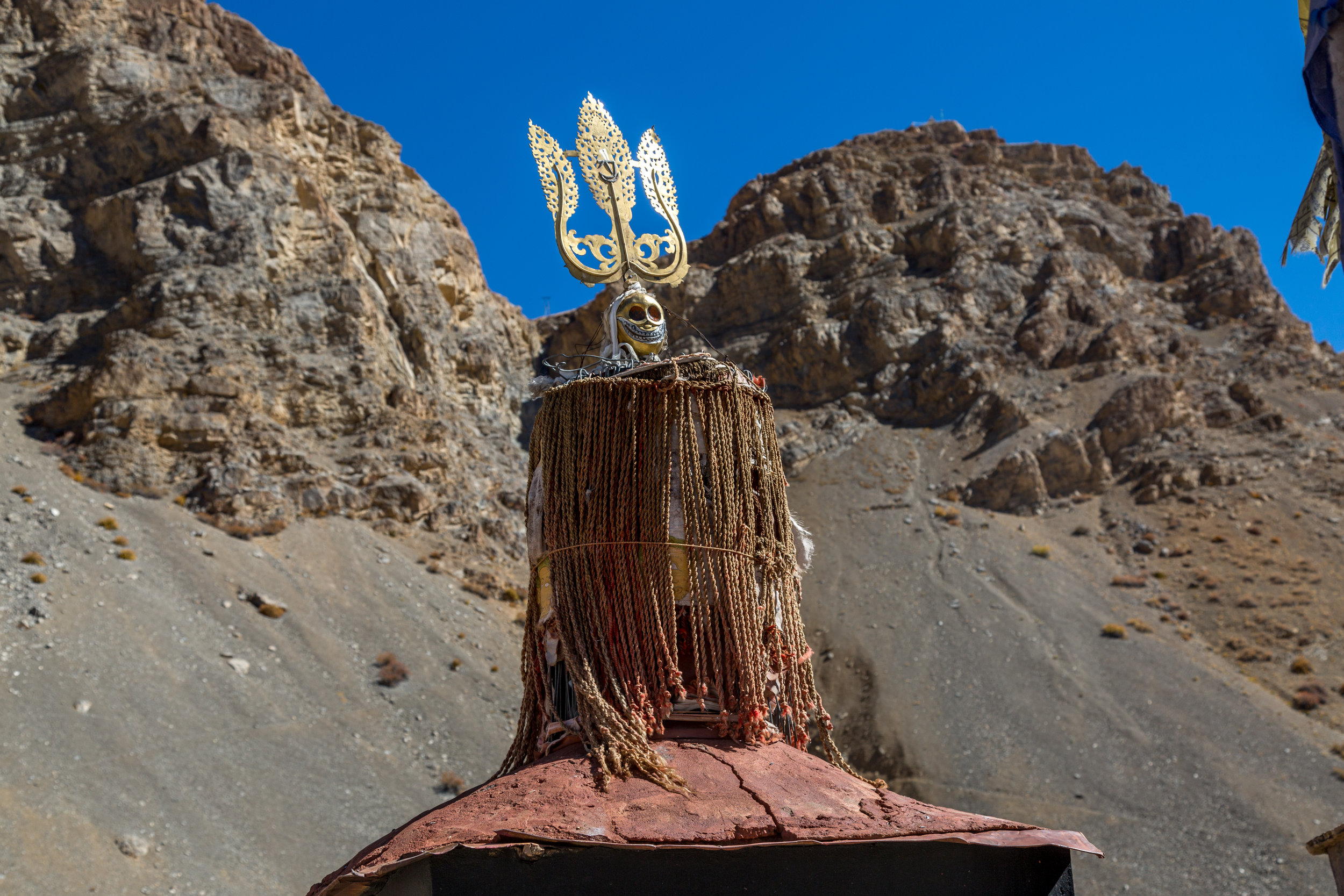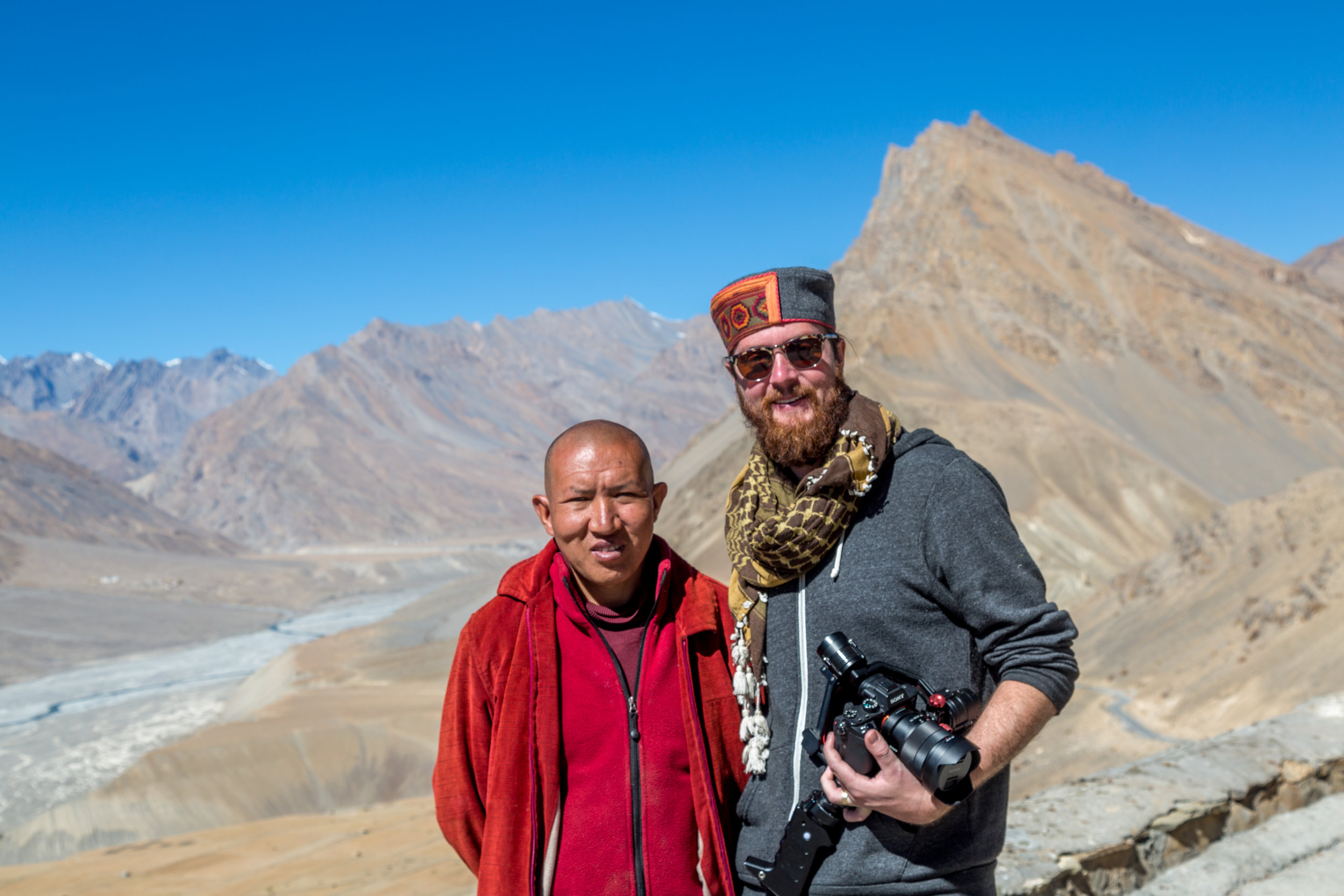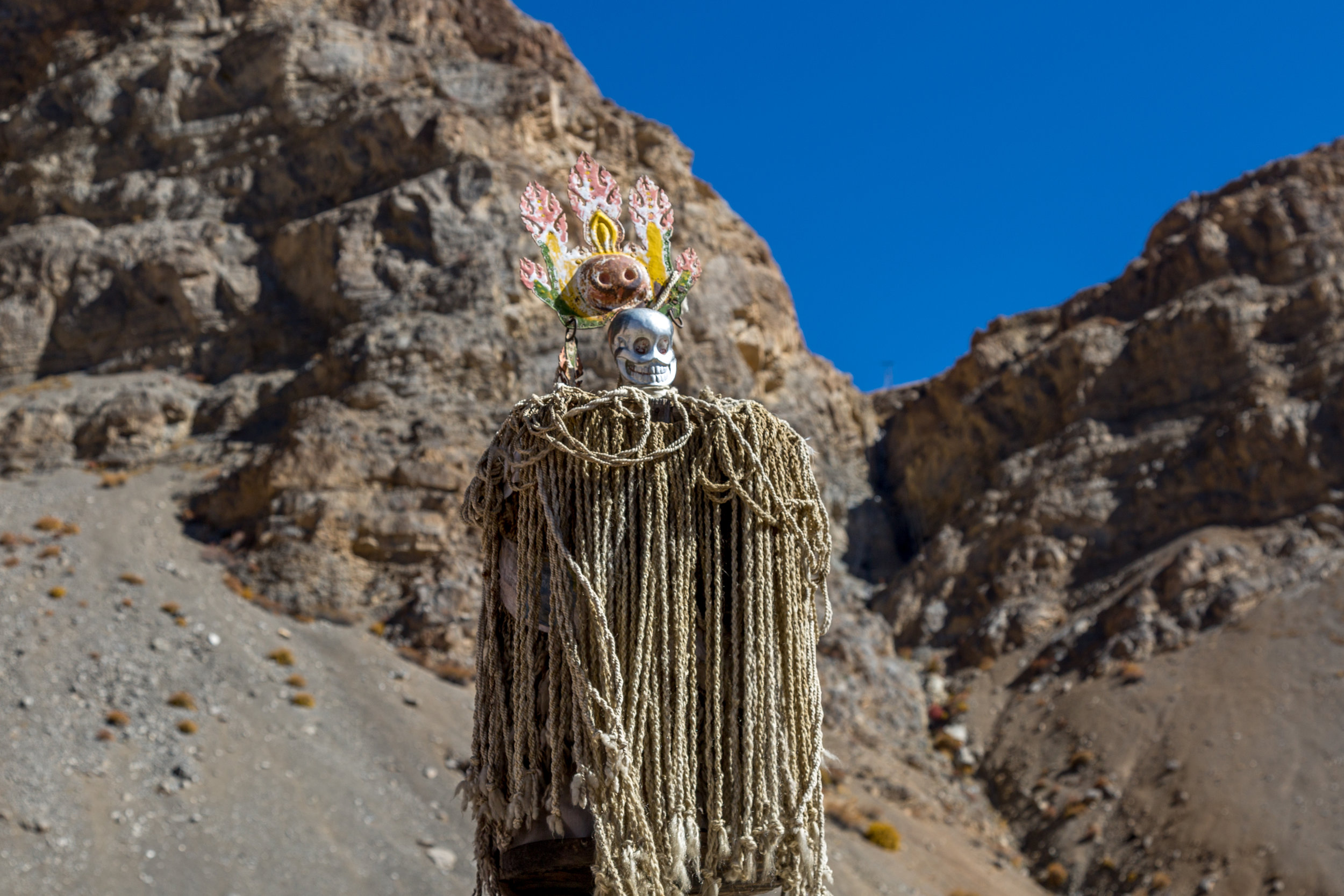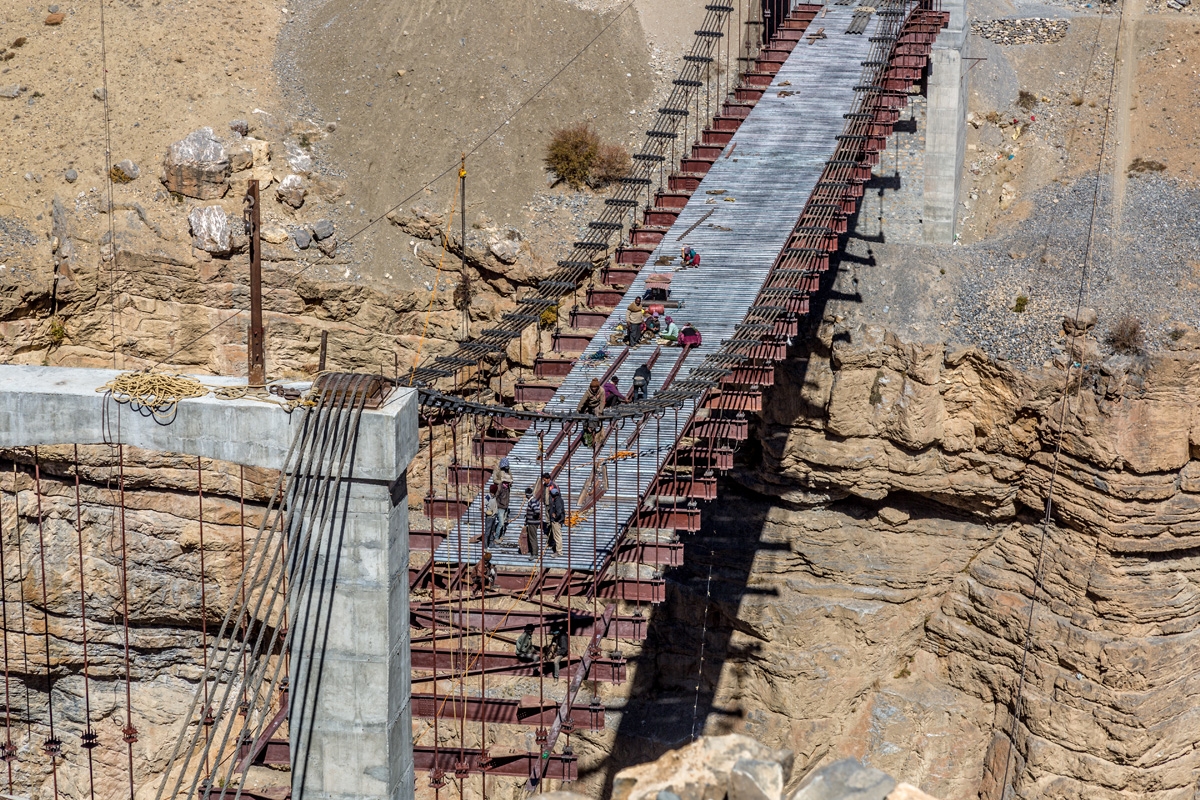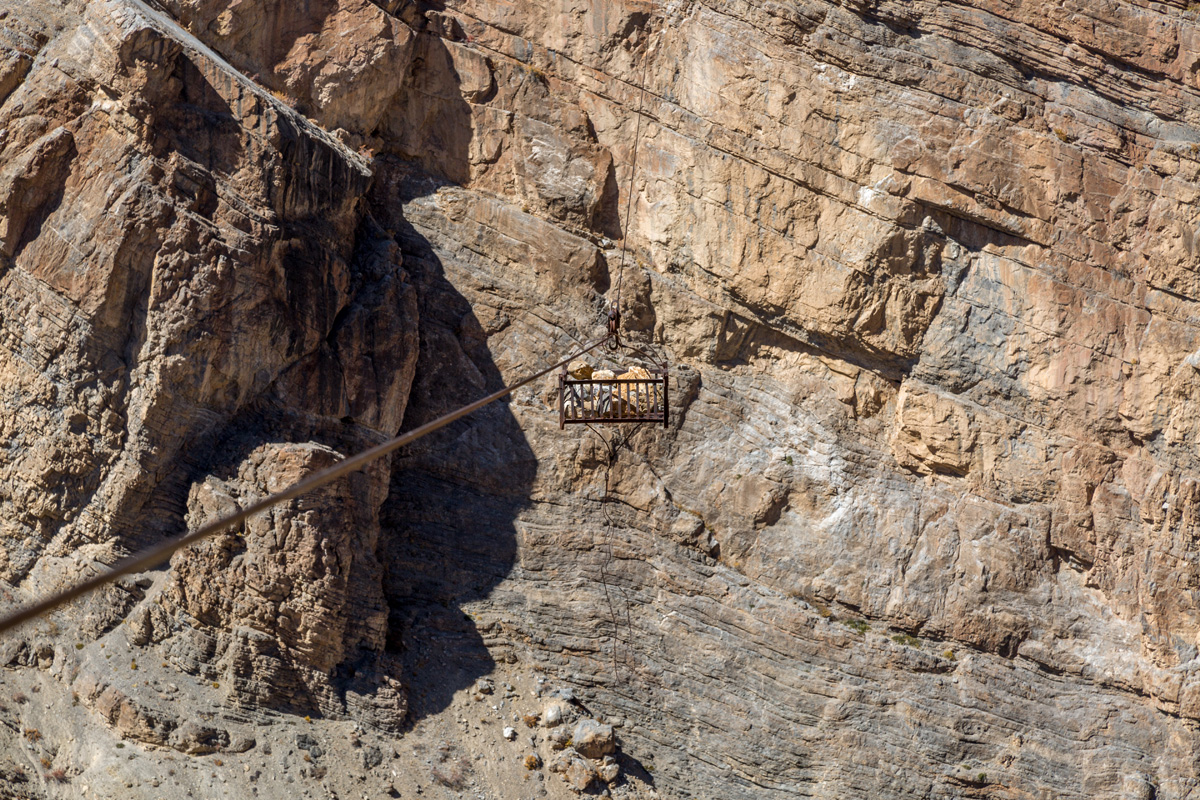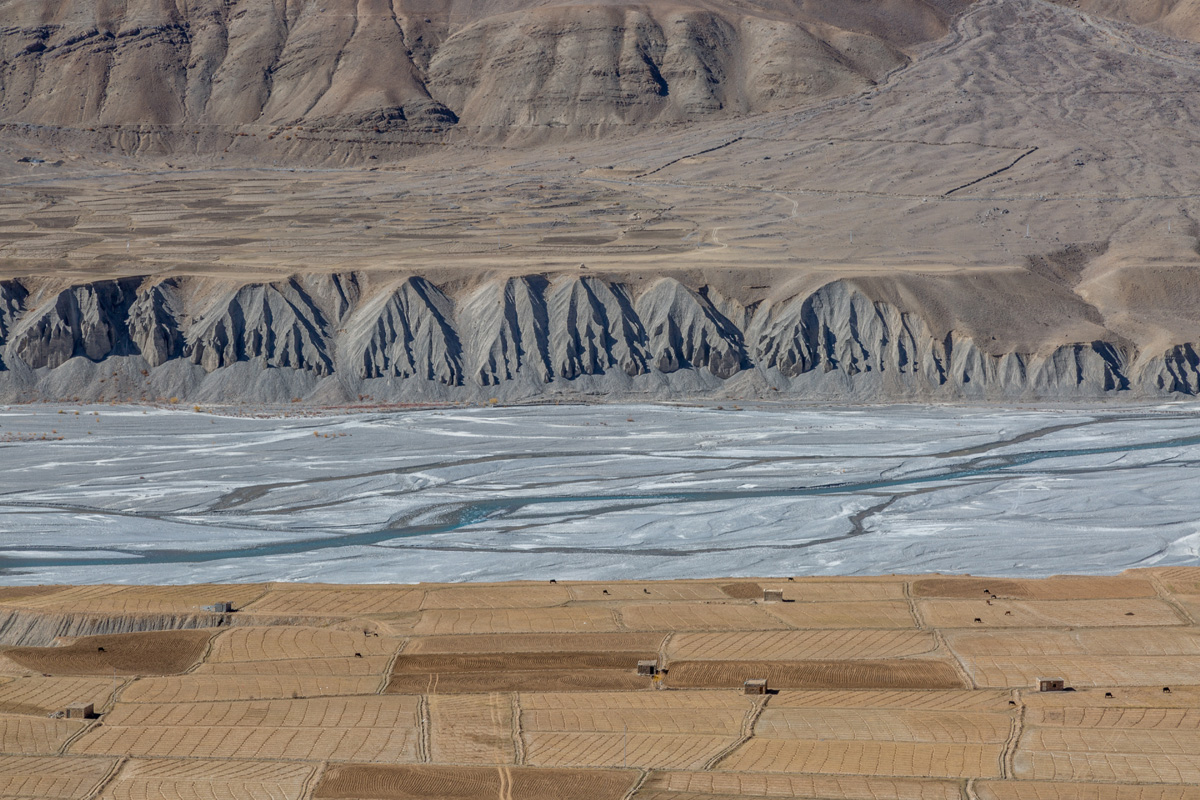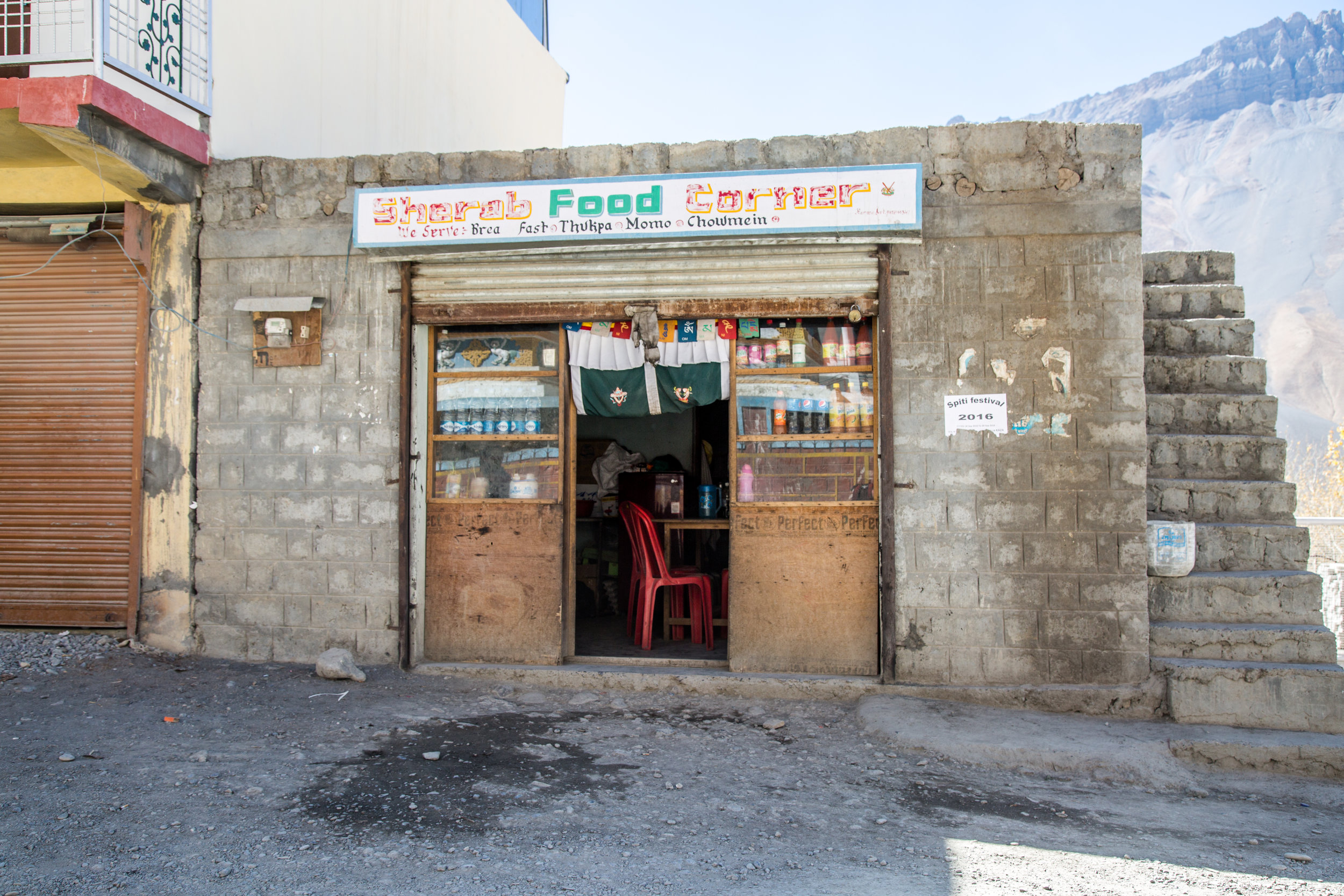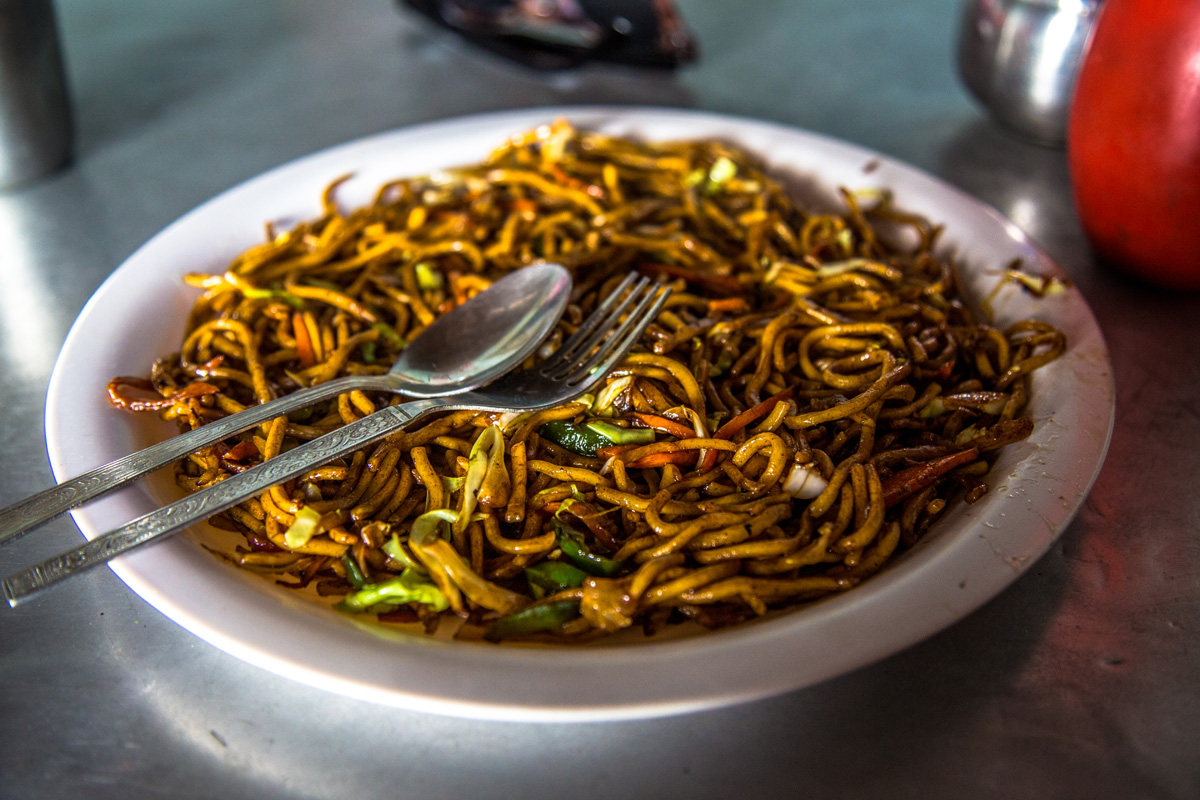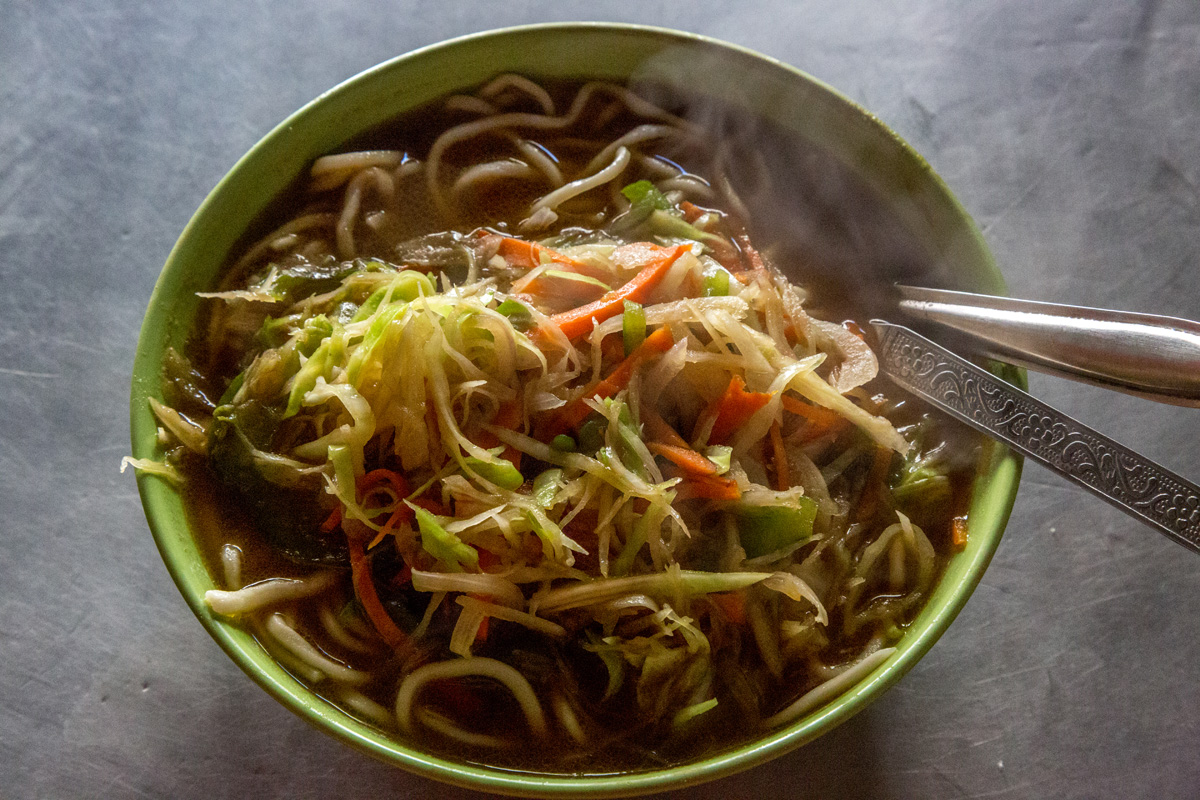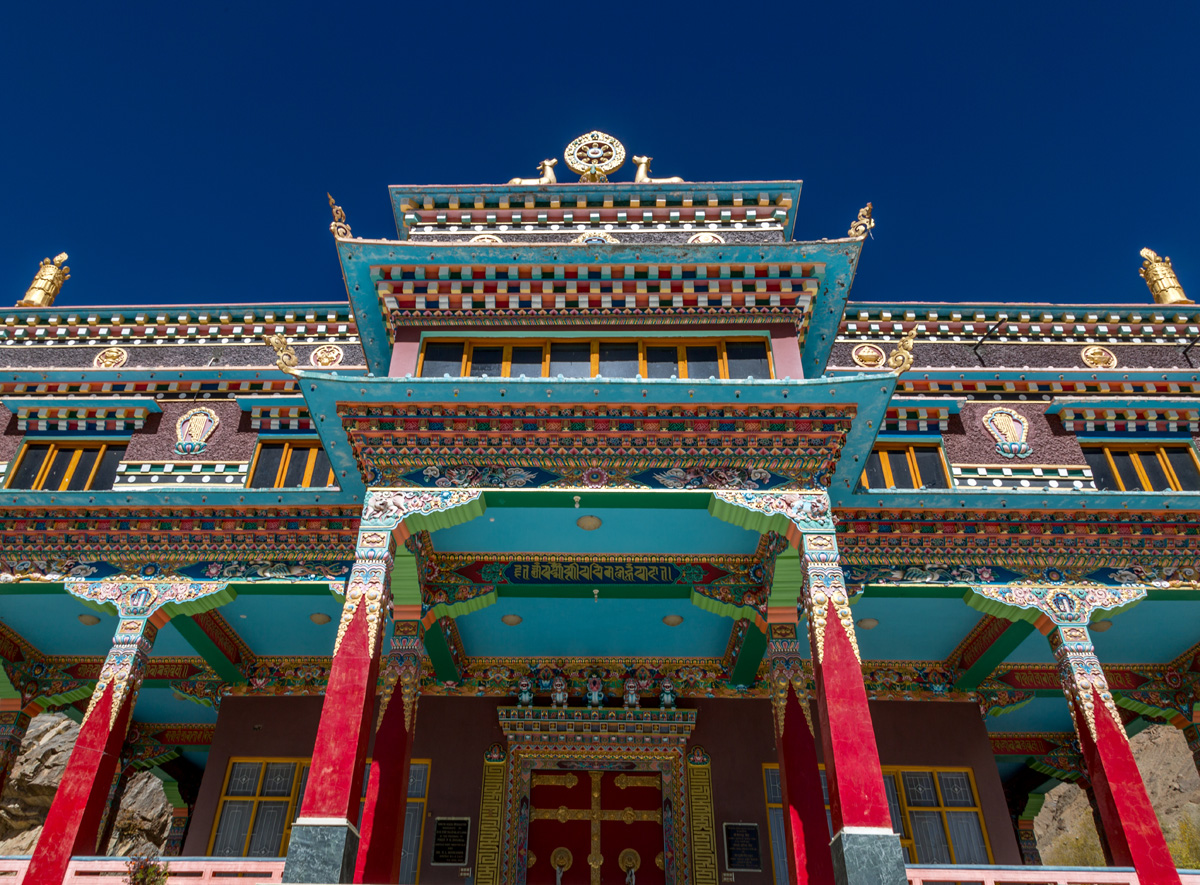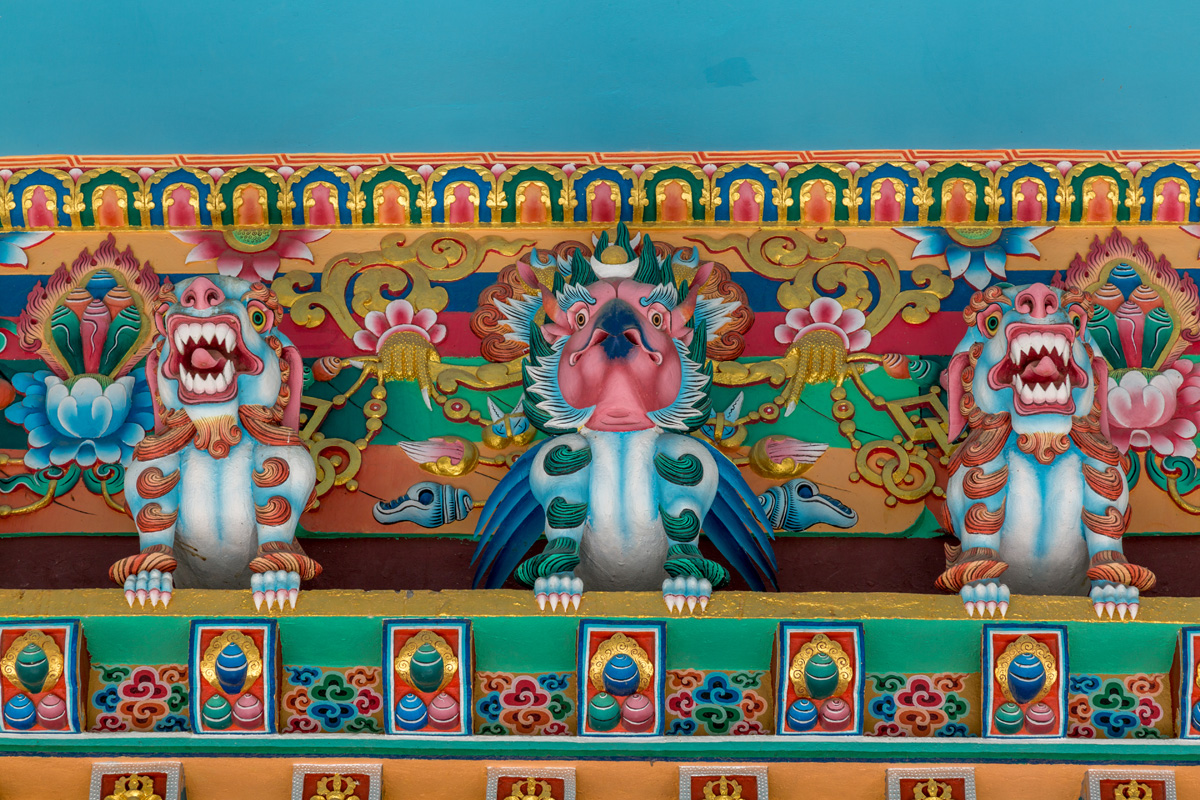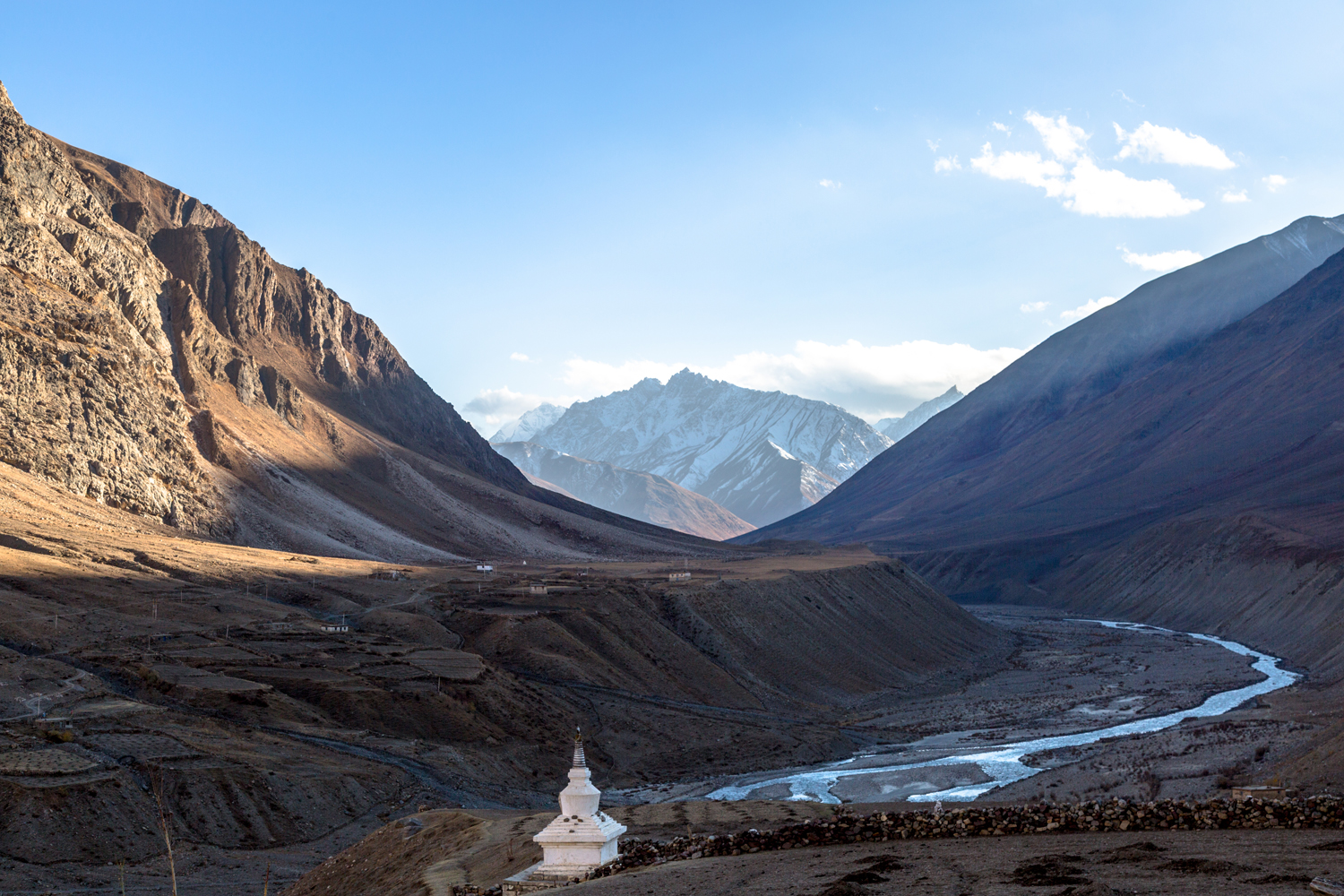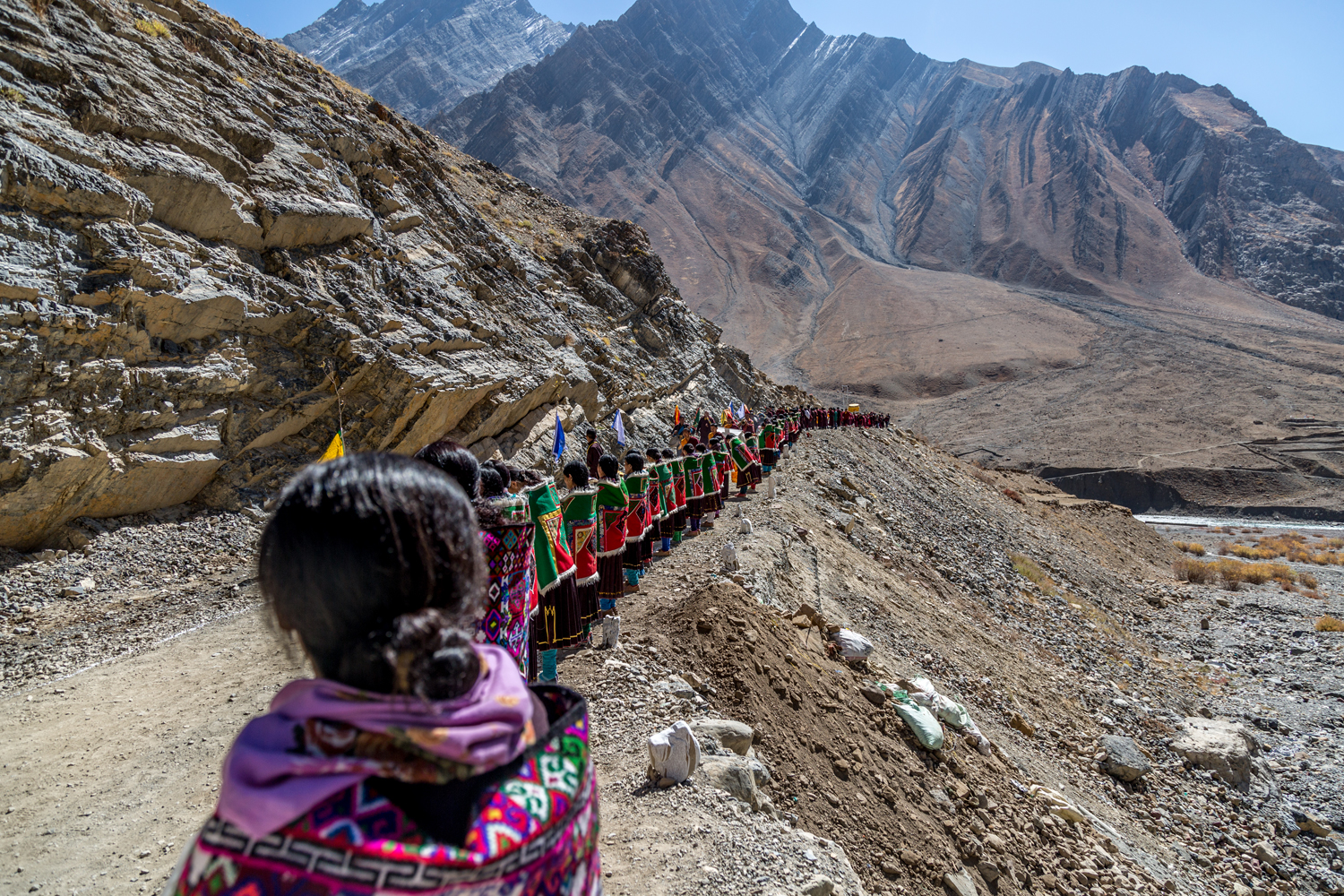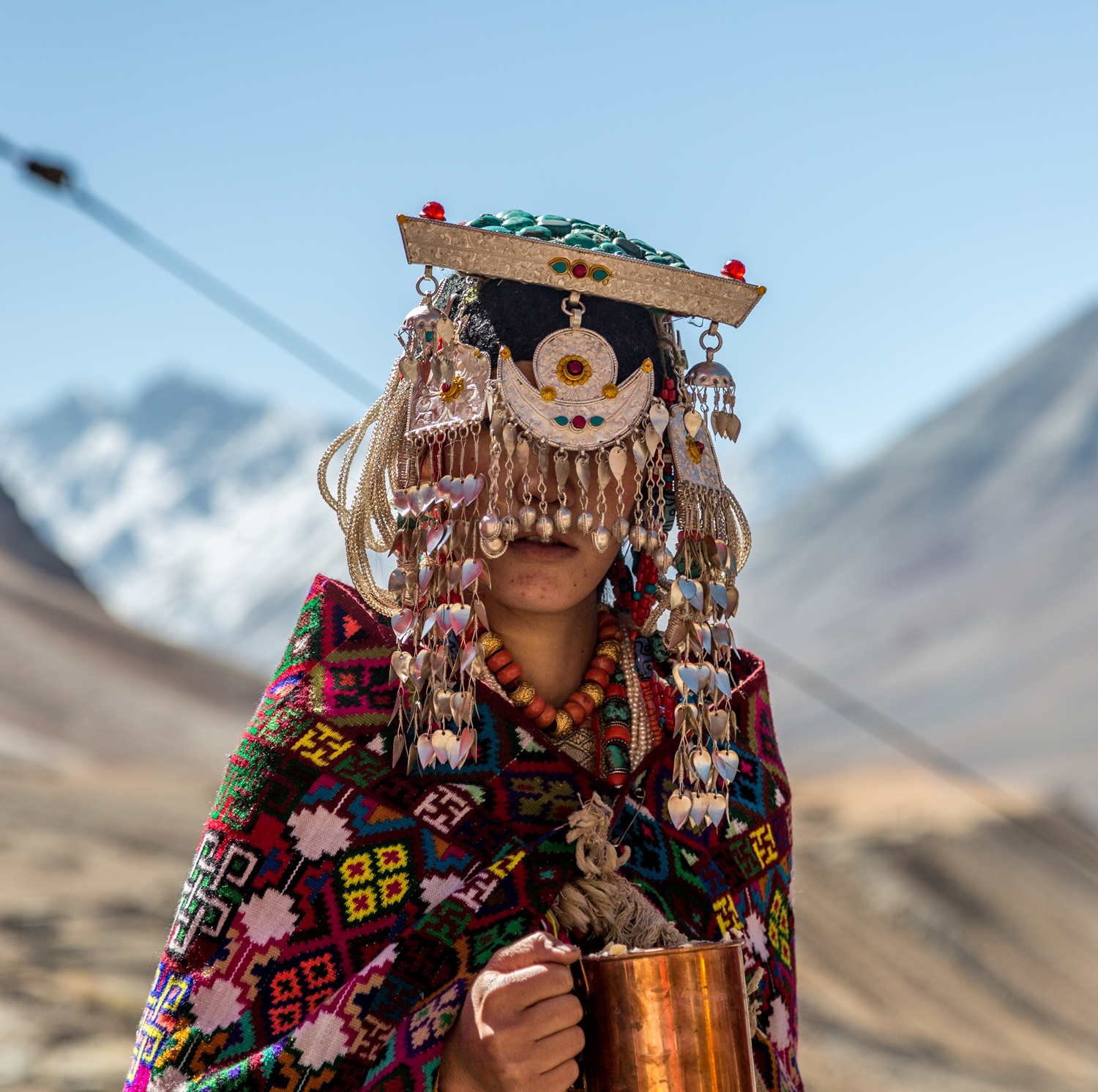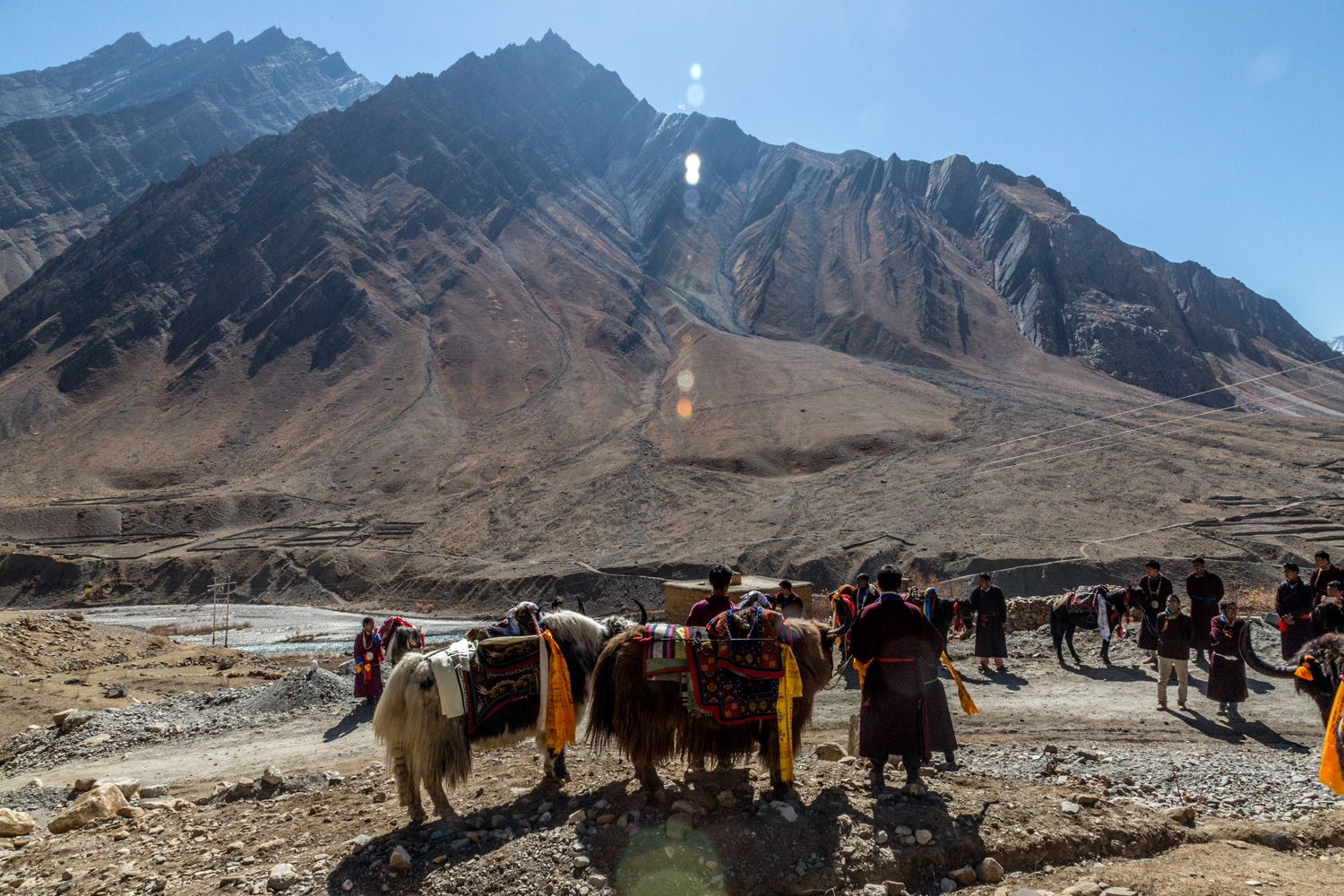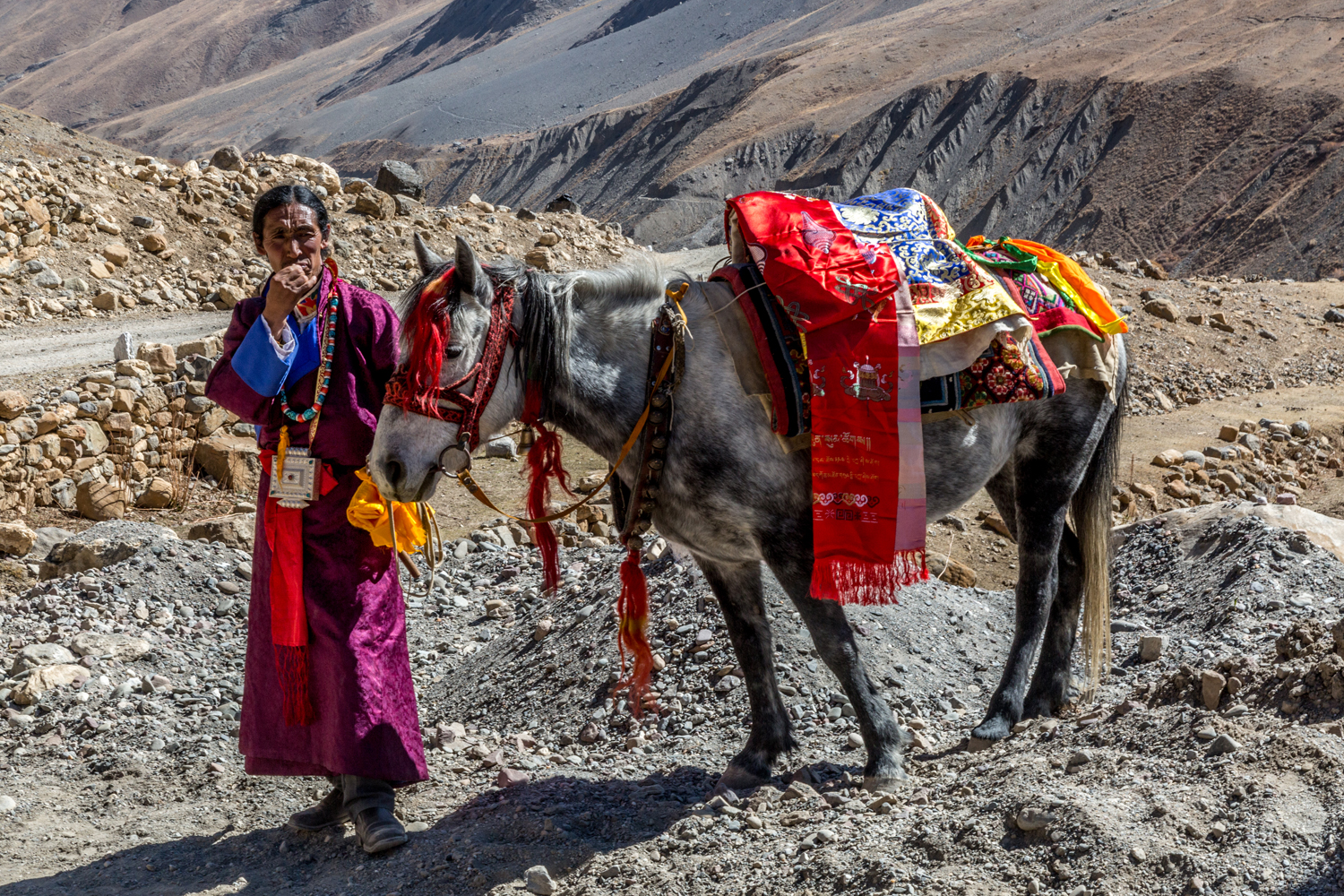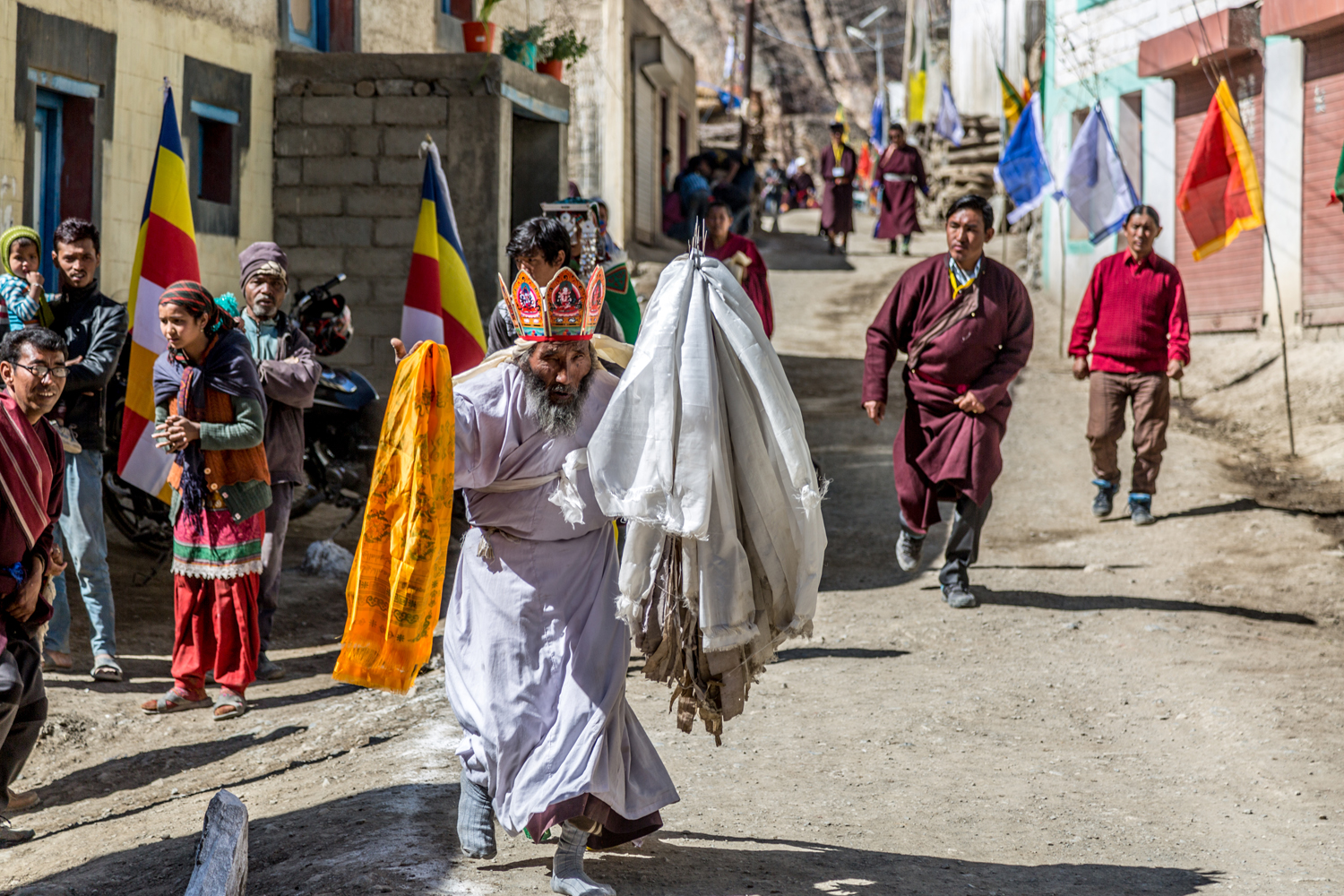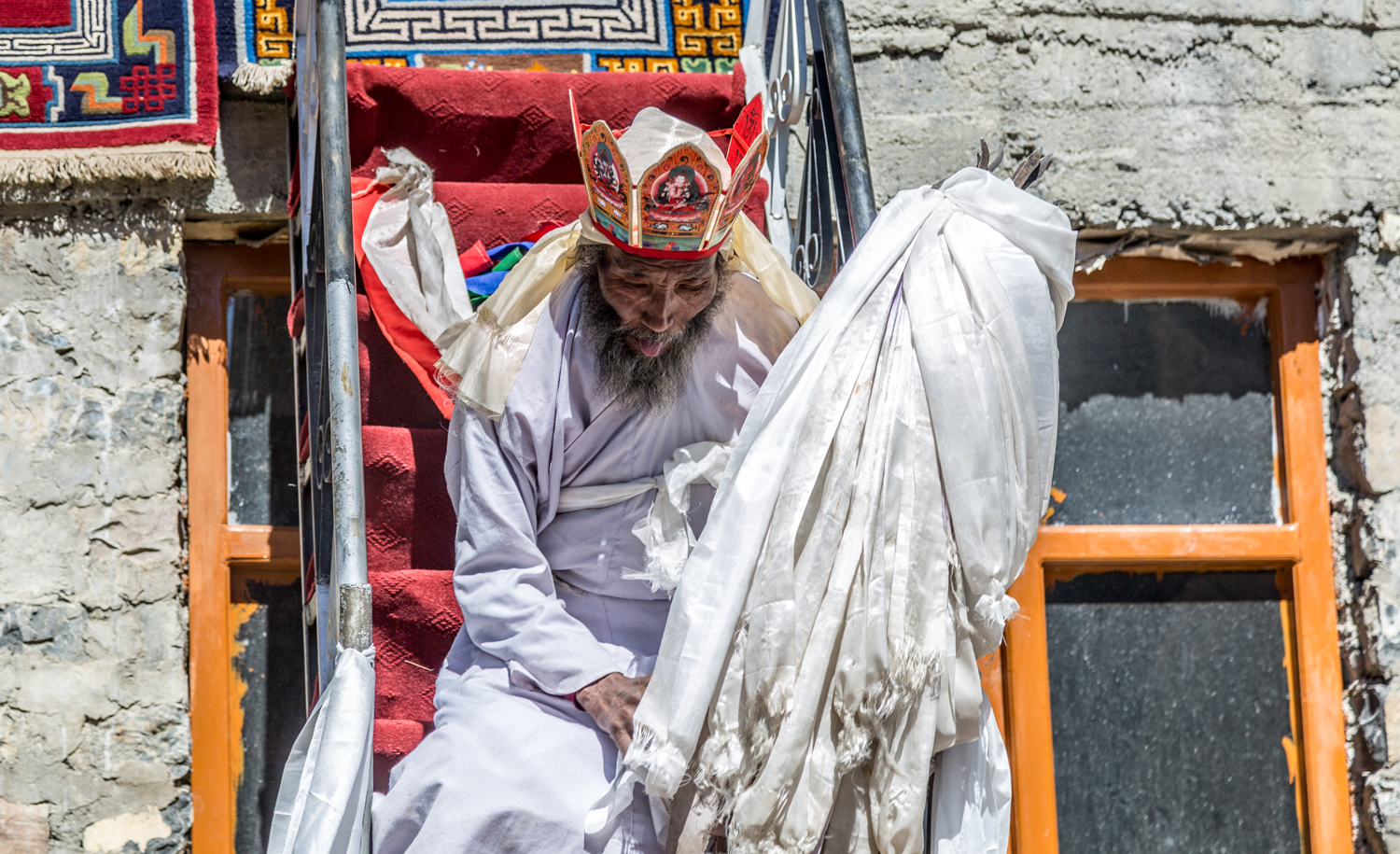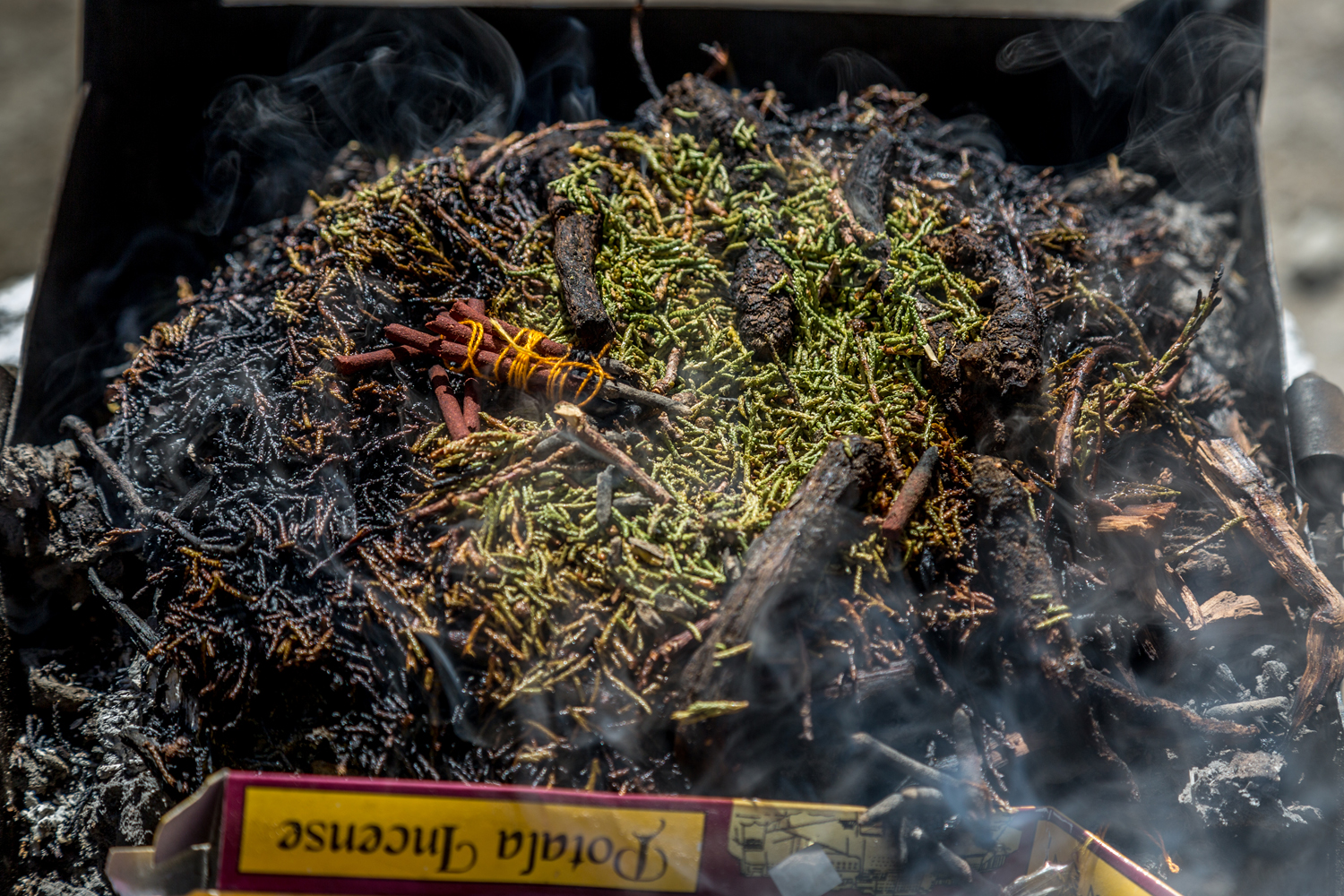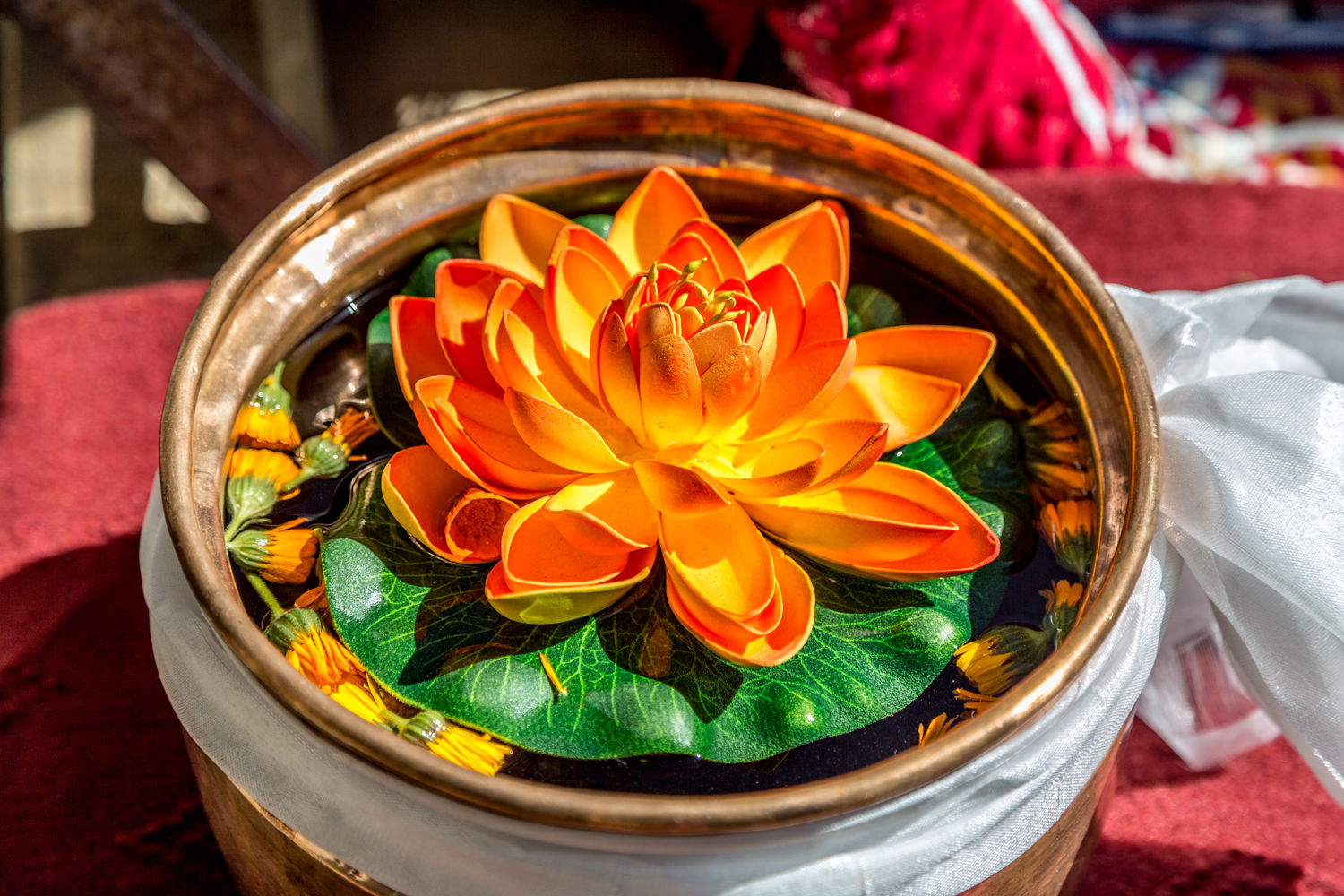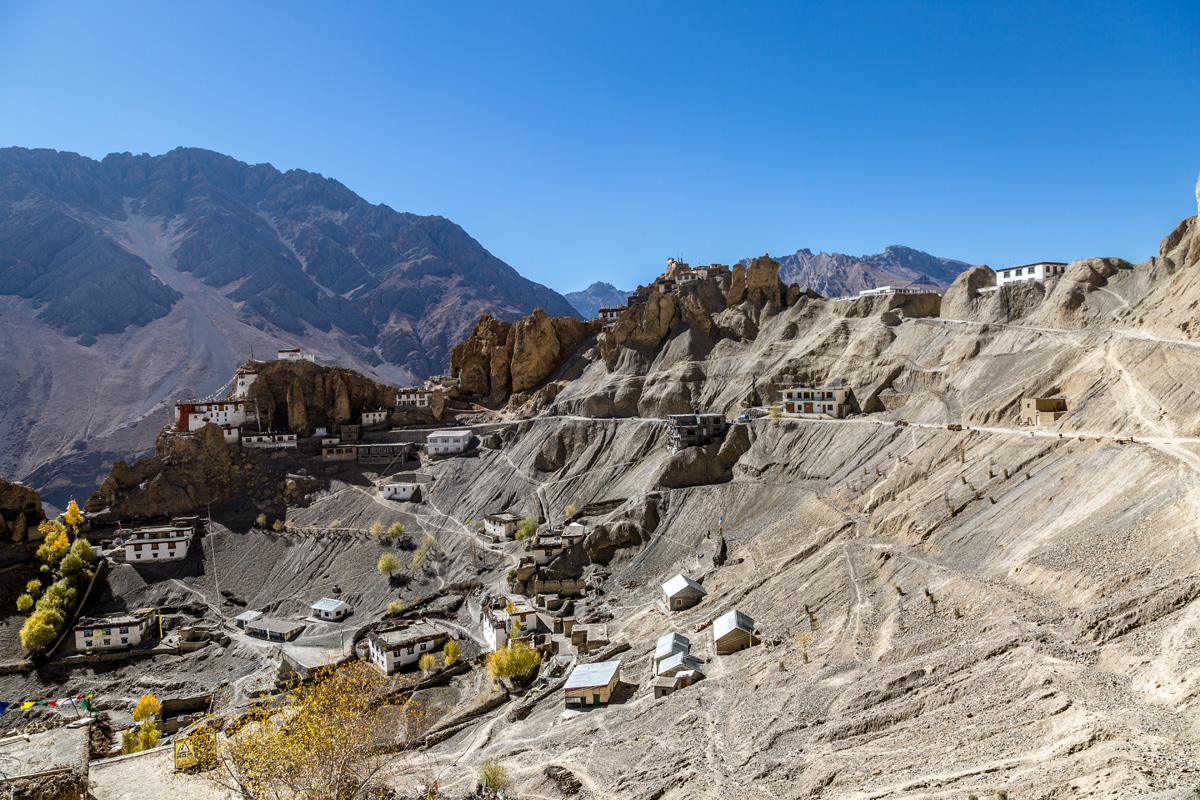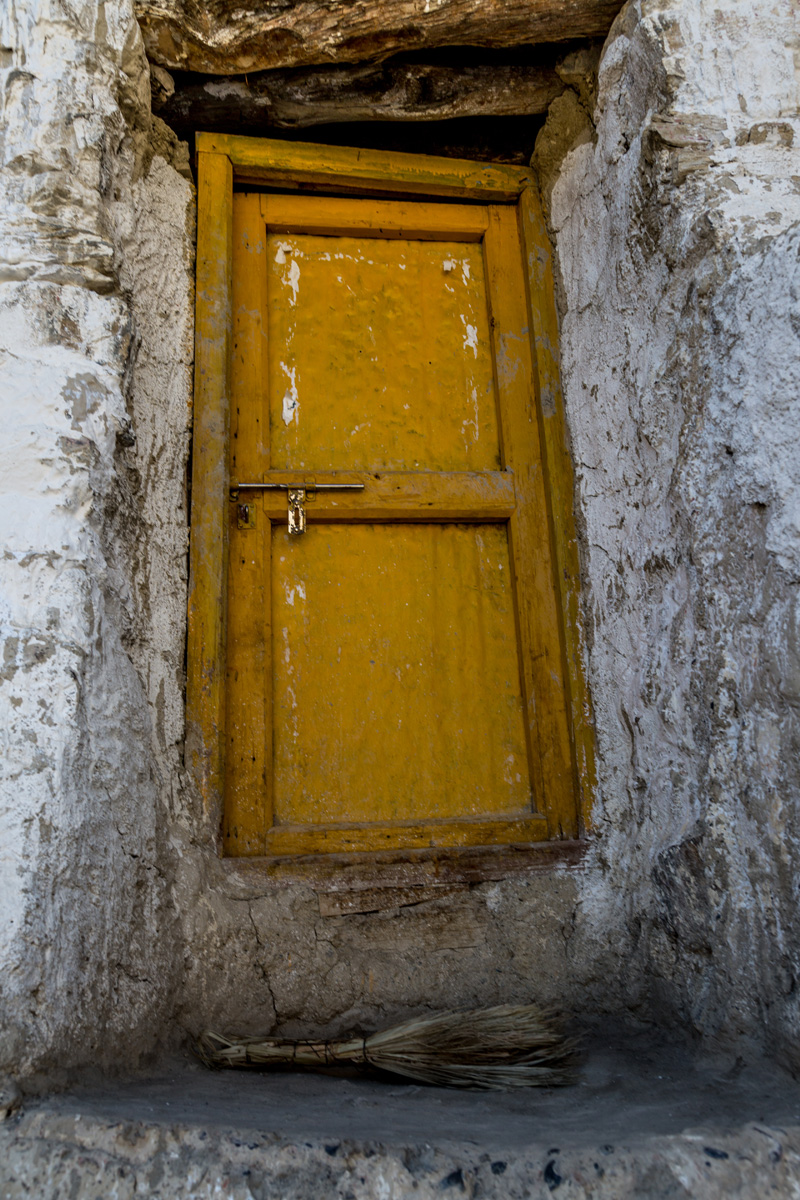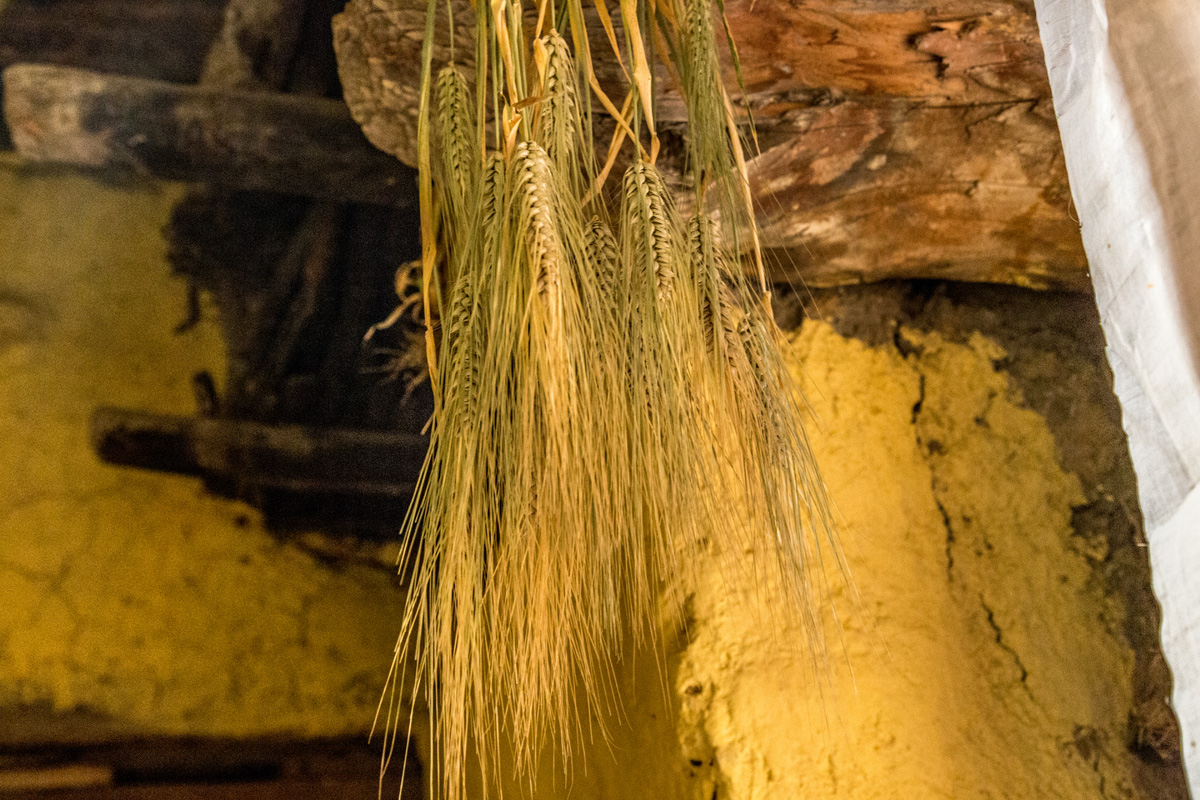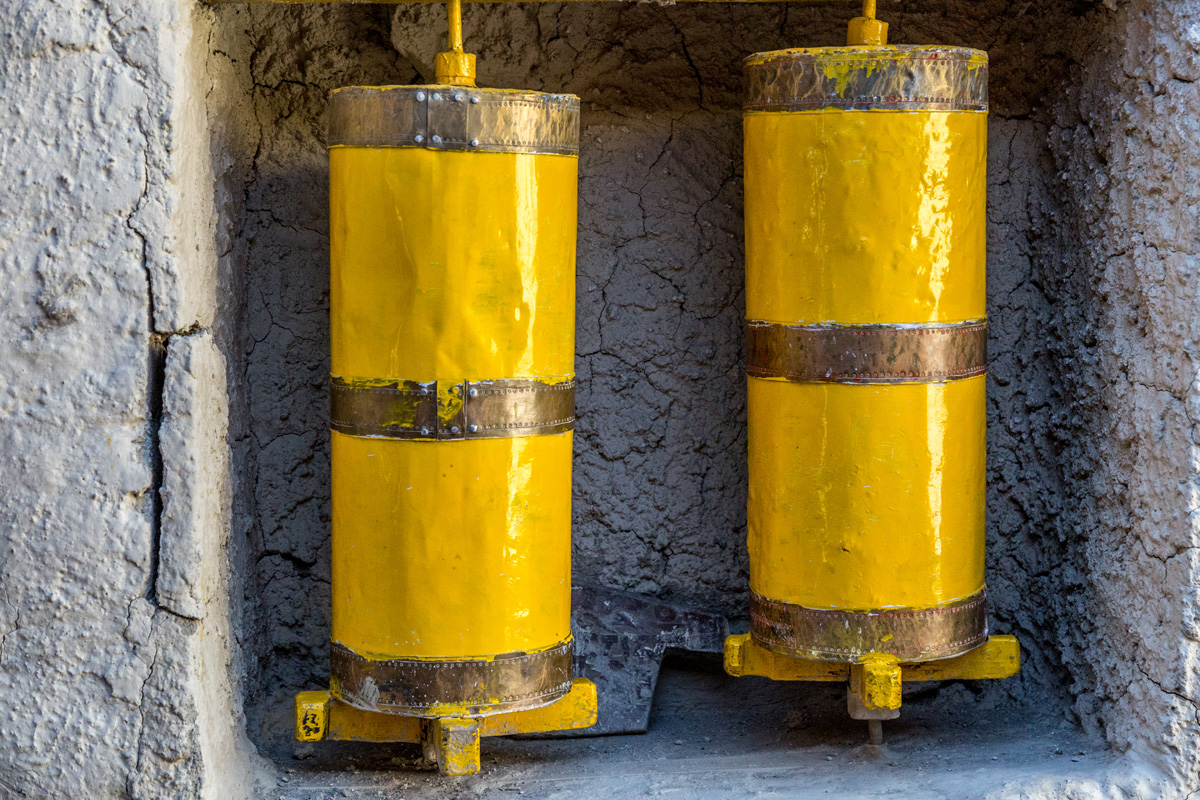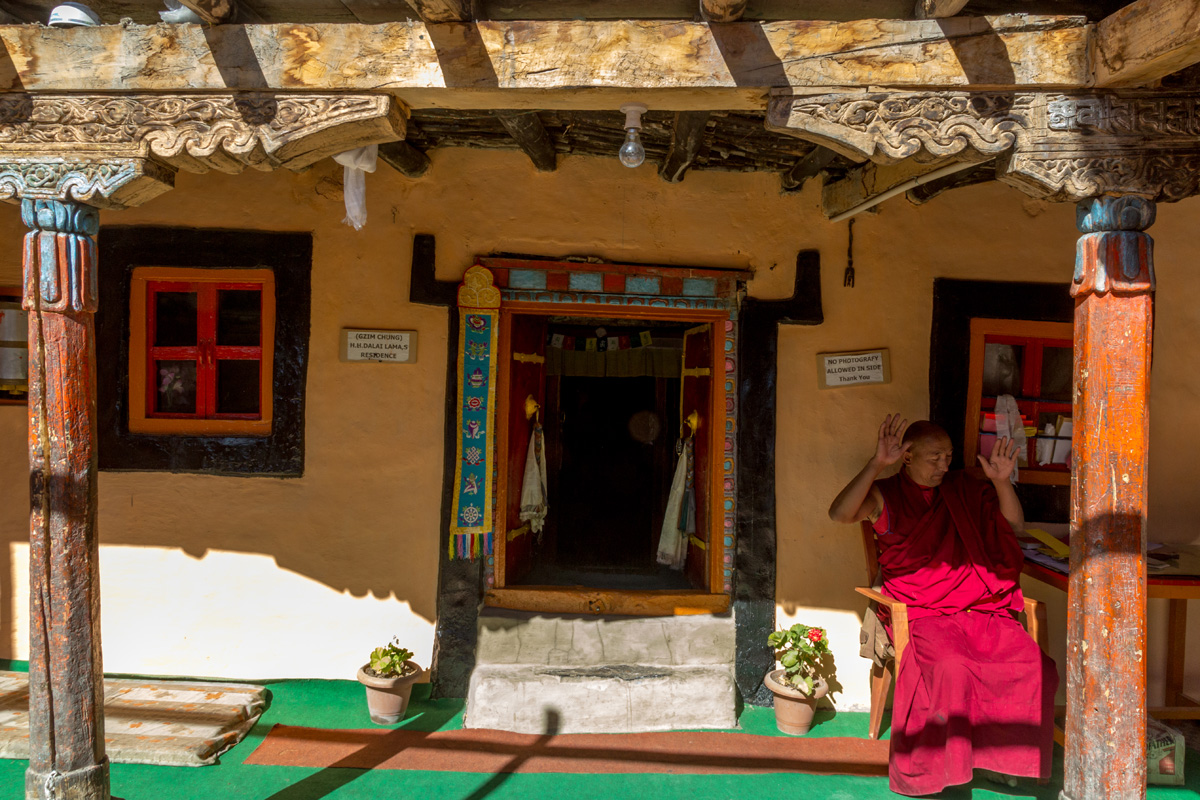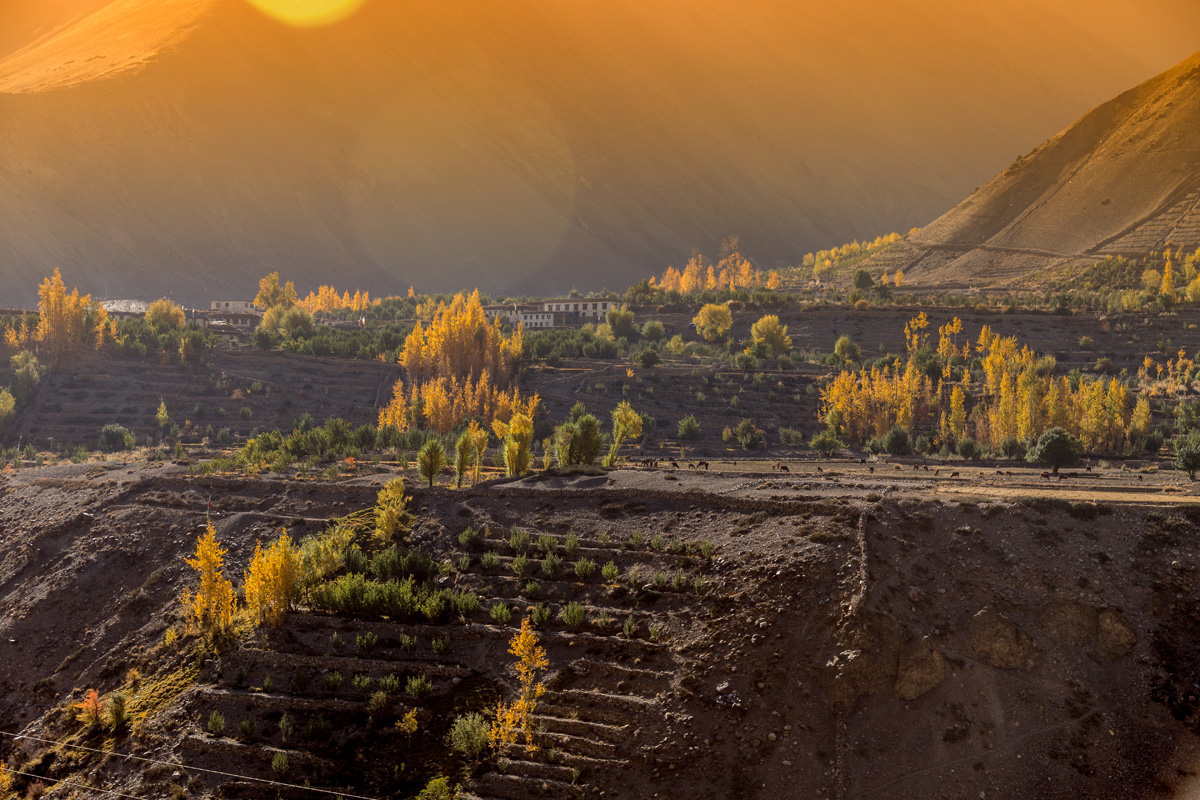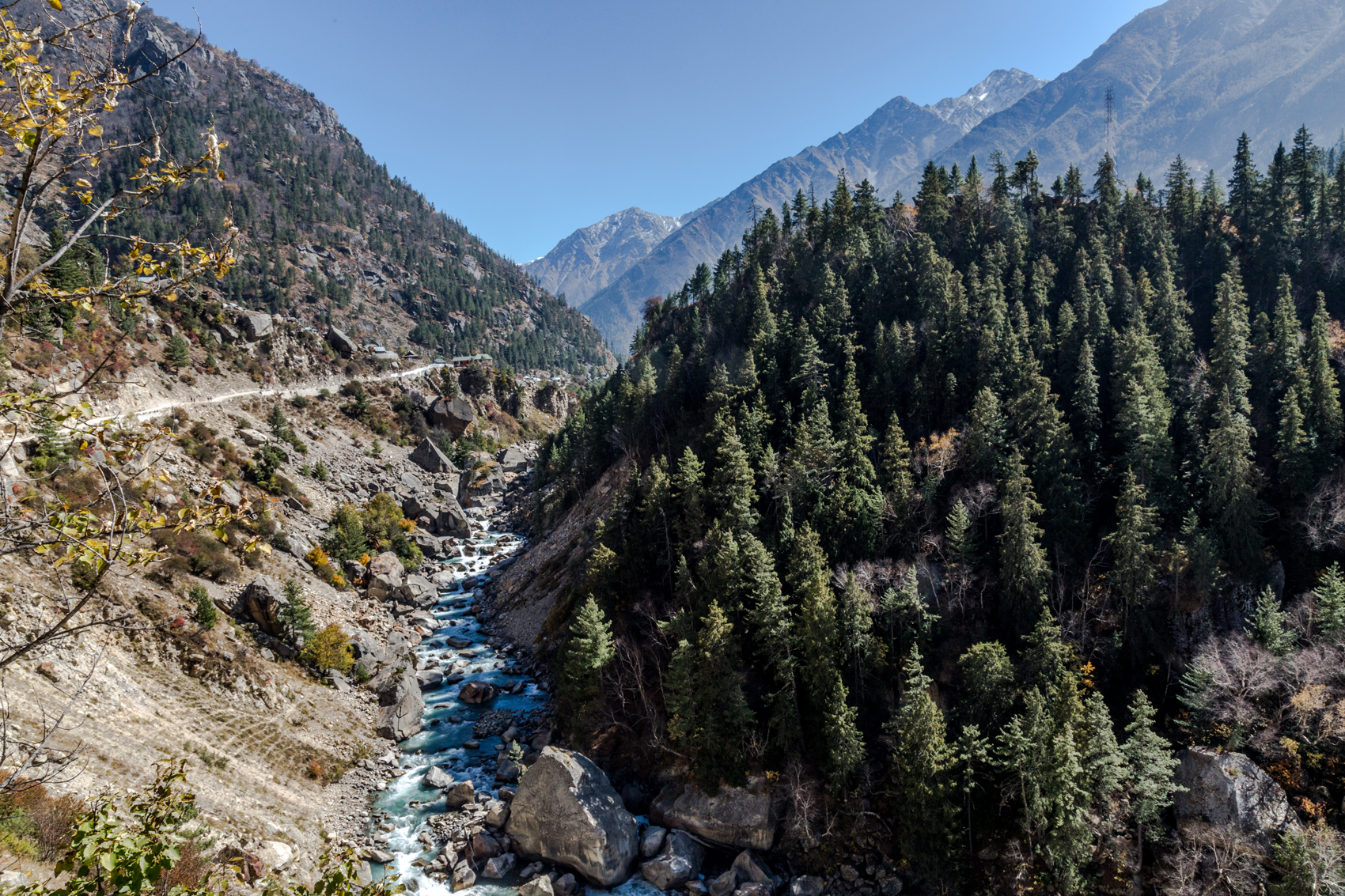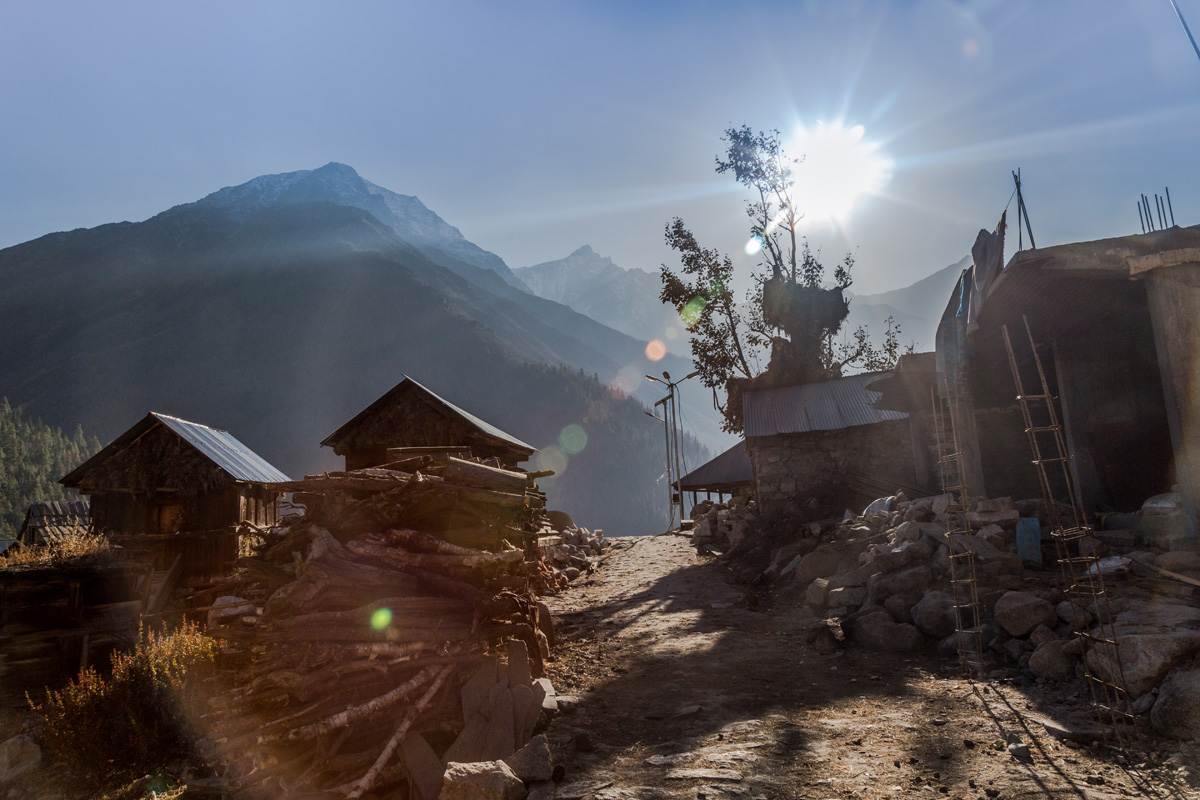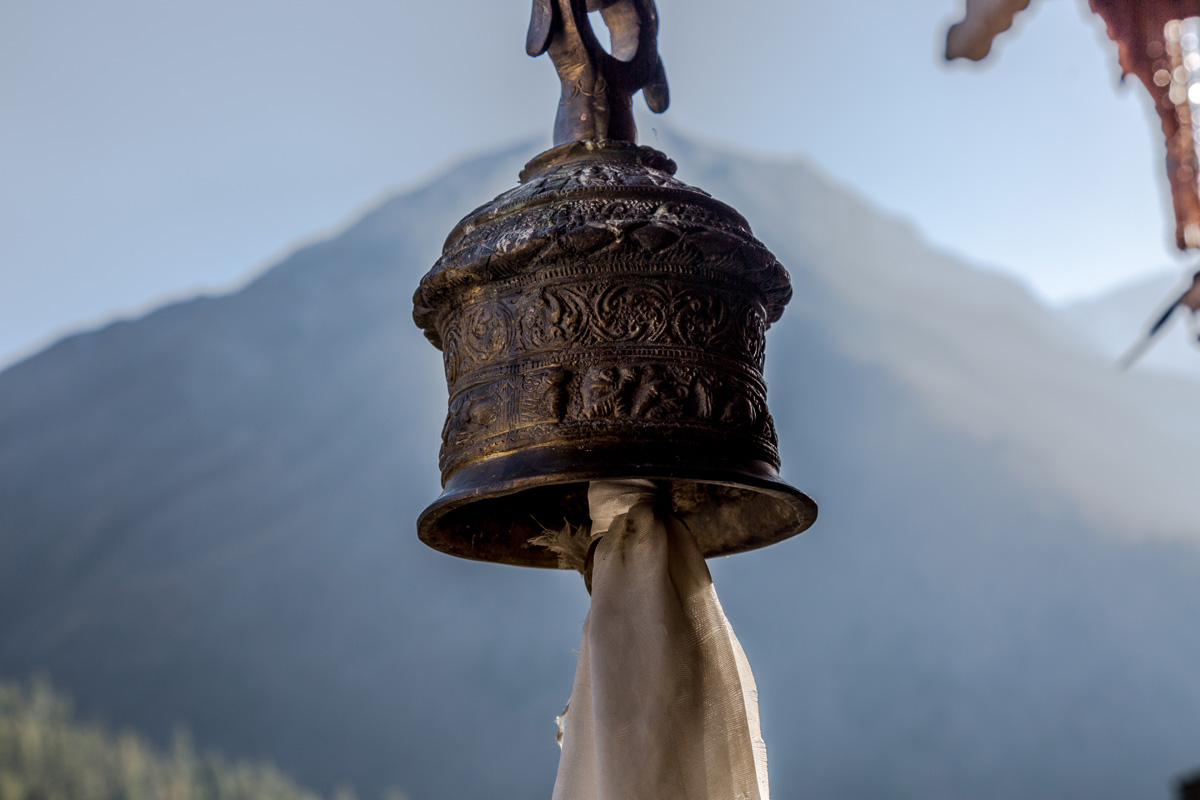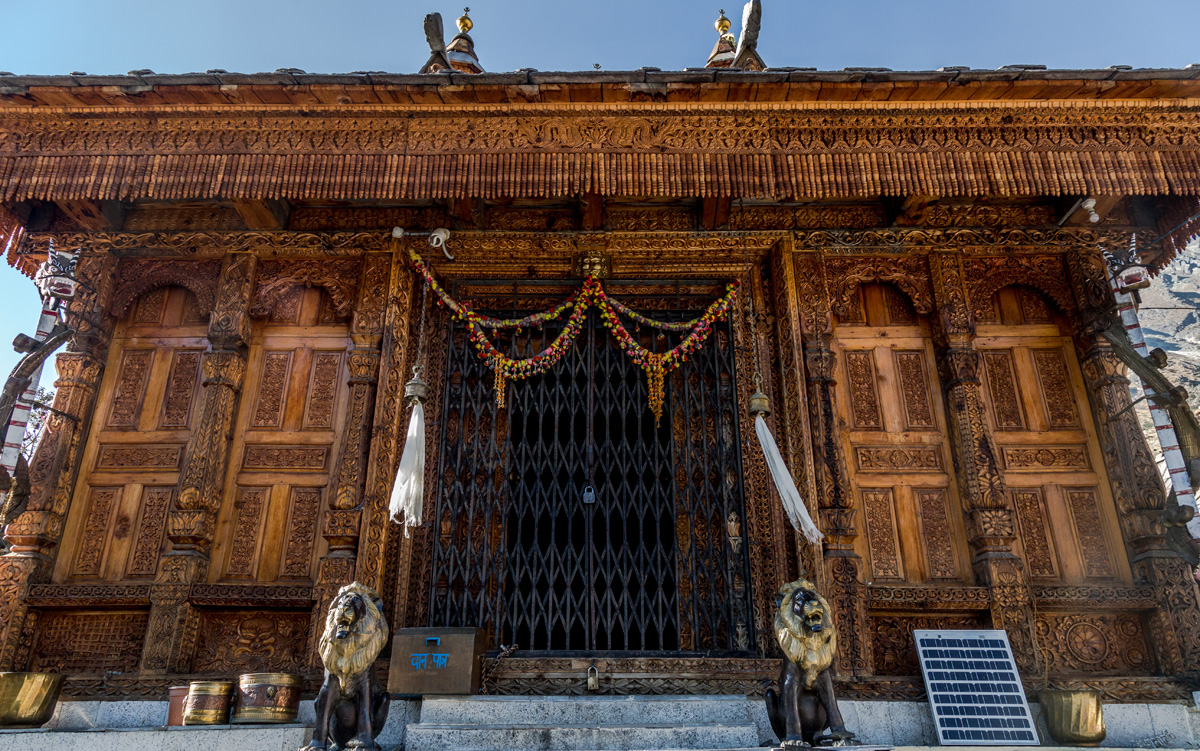We spent 4 days in Hong Kong and although the rainy weather was beautiful in the city, it made shooting a bit difficult so I didn't get as much footage as I hoped. Regardless, we had an amazing time and can't wait to visit again.
Three Days of Khmer New Years in Siem Reap
The day was finally upon us. Day one of three days of Khmer New Years celebrations. We had been pampered and prepped for the occasion, which you can read about here, but nothing could truly prepare us for the festivities ahead.
Khmer New Years is a mix of spiritual enlightenment and good old fashioned party fun. The blazing hot days in the city are quiet as Khmer locals visit temples to pray and tourists go about their normal routines. But as the sun starts to set, everything changes.
Slowly you begin to hear music pumping from giant speakers on every street corner and buckets are filled with water as the city prepares for the oncoming war... a water war that is!
By nightfall the city has turned in to a giant water gun fight as people walk the street and attempt drive by shootings with oversized super soakers. But it's not just water, there are the clouds of baby powder. We have not found a clear answer as to why, but everyone has a container of baby powder and either dumps it on your head, or smears your cheeks with the soft soothing powder.
This might sound like an activity that gets out of hand and causes fights and riots on the street but it did nothing of the sort. It was one of the most peaceful and fun events we've ever attended. From the hours of 6pm to 3am you get to be a kid again.
These festivities go on repeat for three days. Quiet daylight hours, insane water fights and partying at night. The epicenter of this in Siem Reap of course, is Pub Street. Every bar is bursting with water drenched, powder chalked patrons, who are singing, dancing and laughing. Drinks are flowing and music is blasting so there is nothing but fun to be had.
Apparently there are similar New Years events that go on throughout SE Asia which we can't comment on but all we can tell you is that Cambodians really know how to throw a New Years celebration.
Due to the insanity and wetness of this event, we were hesitant to take our cameras out so we only have a few pictures. All we can say is if you're looking for something amazing to do for new years, forget Times Square and January 1st. Mid April in Cambodia is where it's at!
Khmer New Years at the Victoria Angkor
When we arrived in Siem Reap after 12 hours of travel from Laos, we were tired, hot and sweaty. Luckily for us, we were about to enter the garden of eden.
We had come to Siem Reap to celebrate and witness the Khmer New Year so we needed to get refreshed and ready to party! After a month on the road in Laos, we decided to pamper ourselves with a pre New Years rest at the Victoria Angkor, located in the heart of Siem Reap. The hotel is conveniently located near the famous Pub street, but far enough from it to escape the traffic and bustling streets of the city.
When we arrived, we were greeted with their delicious welcome drink, made with sugar cane juice and served in a bamboo cup with a bamboo straw. We later learned the hotel management makes a conscious effort to minimize the waste they produce so they replaced plastic straws, which are terrible for the environment, with a natural bamboo straw. The drink was delicious and refreshing and we liked it so much, that we requested it a few more times. We also recieved chilled towels soaked in jasmine water to cool ourselves off as we checked in. That was a welcome well done and right away we fell in love with this hotel.
Although only about a decade old, the hotel has been designed in a 1930's french colonial style and the esthetic perfectly reflects the nostalgia and romantic vibe of that era.
For the next few days we had the fortune of staying in one of their beautiful Maharaja suites. We laughed when we walked into the room because we had just spent almost 6 months in India and the suite was decorated accordingly with Indian flavors and in some ways, felt like home. Of course the hotel management didn't know that when they put us in this suite, but somehow we just can't escape India.
The suite was huge: living room, master bedroom, dressing den and a specious bathroom. The large living room was full of light with it's windows facing the Royal Park, and it was our favorite spot to read the daily news while sipping on coffee or one of their delicious cocktails. Our favorite design detail from the living room was the french windows with louvers looking into the garden.
The bedroom was clearly built for royalty. Whether you've had a long flight or have been on the road for while, nothing feels better than falling on a king size bed full of soft pillows and letting all the stress melt away.
Every day, after we came back to our room our bedsheets were perfectly dressed down with the blankets folded back, the slippers and robes were laid out and they even left delicious chocolate treats for extra sweet dreams. We loved their attention to details and we definitely felt spoiled.
The hotel has the most amazing international breakfast buffet we've ever had. The buffet was huge, and it filled two rooms! You can choose between asian food or a western breakfast (or both!) with fresh pastries and breads from their bakery. Having been away from home so long, we couldn't pass on the french cheese, eggs, cured meats and fresh smoothies. To make the mornings even more jolly they also served bottomless mimosas with your choice of fresh fruit. Ahh Europeans know how to live!
In the morning, before this huge breakfast we actually joined a free yoga class in the park across the street. The yoga instructor was a young Cambodian girl, and she was great at correcting your posture. It was fantastic! If you don't like yoga or it is too hot for you, they also have a small AC gym near the pool, which was empty most of the time.
Of course, our favorite was the bar or more precisely the drinks they serve at the Victoria Angkor. The menu constantly changes but all the drinks are delicious and they are continually making new cocktails you can't get anywhere else.
Here are our two favorites: Passion Fruit Daiquiri and Mango Caviar Fizz.
The Khmer new Year is the biggest holiday in Cambodia. Before we hit the street scene, we and other guests were invited to join and participate in the local games in the hotel's courtyard. Although most of us were shy at first to dance to the most popular Cambodian hits of the years, after a few minutes of watching the fun from a distance, we joined the party. Oh and did we mention the water and baby powder? Yeah the cheeky Cambodians first spray you with water and then they throw baby powder on you. It was so much fun and gave us a great taste of what to expect later on the streets, which you can read about here.
What really made the Victoria Angkor great, wasn't just their attention to detail in creating a truly luxurious yet at the same time, unpretentious experience, but the way they made you feel a part of the family, and at home. And no, it wasn't just because we were there to review them. We saw every guest being treated with the same sense of local hospitality; and that leaves you with an experience you'll always remember.
Specials thanks to Cedric & Patric and their wonderful staff for hosting our stay at the Victoria Angkor. Our opinions regarding our stay are completely our own.
Cheers!
Our First 24 Hours Driving a Rickshaw Across India
This article was originally a guest published feature but we are now sharing on our blog as well.
When we first arrived in India, a simple task of crossing a busy street seemed impossible. Freeways and roads are full of not only vehicles and pedestrians but also wild animals like pigs and the famous holy cows. The most convenient and exciting form of transportation in India is of course the “fast” and furious auto rickshaw. These little 3 wheelers can drive almost anywhere. In India, everyone and everything is moving in different directions and many times, insanely, against the flow of traffic. It's nuts and there are no rules, but somehow this functioning chaos works.
The first time we had to cross a street in India, we just tagged along and followed a group of locals. When they stopped, we stopped, and when they walked, we walked. We observed, learned and eventually we became experts in street walking. Trust us, it is a skill and you must learn it to survive here. This is how to cross a street in India. There might be some slight variations depending on weather conditions, your teacher, or your fitness ability but it goes something like this:
One: Quickly stick out your hand towards the oncoming vehicle that might look like they will kill you, signaling, "stop mother f$*ckers, I am trying to get to the samosa stand across the street!"
Two: When you see a small gap between moving cars you mustn’t hesitate. Continue with step one and go for it. Hopefully you'll make it and the samosa will be hot and delicious. Mission accomplished!
Soon after we got comfortable with walking like locals, we discovered the fun of riding in a rickshaw. In fact, we had so much fun that we decided to buy and drive our own rickshaw. Yes, the idea was absolutely nuts but we wanted to try it and it sounded like a lot of fun doing a road trip across India in our own rickshaw.
The only way you can understand what it’s like driving a rickshaw in India, is if you’ve ever played a car racing video game. The goal of the Rickshaw Game is to avoid various obstacles on the road such as humans, animals, vehicles, crater size potholes and giant rocks in the middle of the road etc. You do that to get from point A to B without hitting anybody or getting hit. You will never know when some object will suddenly try to “attack” you, so knowing the rules of the game is important. And the rules are, there are no rules! Constant honking helps to make the objects stay out of your way and therefor decrease your travel time and increase your chances of winning the game, aka reaching your destination.
After a few months as passengers and studying professional rickshaw drivers, we decided we were ready to “take the controller”. We didn’t have a real plan, but we figured we would drive as far as we could and have fun along the way. We decided on a general direction and we started driving north from Kerala, towards Rajasthan.
Our first day of the journey, we set an ambitious goal to drive about 150 km from Cochin to Munnar. This isn’t a long distance but the locals warned us about narrow and steep roads. We almost reconsidered but we felt strongly about driving to the most famous tea region in India. Rickshaws are known for easy breakdowns so after hearing about the treacherous roads we prepared ourselves mentally and hoped for the best.
In the morning, right up until our departure we still didn't feel confident about our driving skills or how far we would make it. Starting our rickshaw was never easy, but on the morning of our launch, she purred to life right away telling us everything was going to be okay.
Our first challenge was boarding a ferry. The ferry made you back on and getting our rickshaw into reverse wasn’t the easiest thing to do. The engine died a few time before we were able to board, which was extremely embarrassing because EVERYBODY kept starting at us. When Indians stare they have no shame and they won’t look away when you give them stink eye or try to stare back. There is even a term used here by tourists called ‘the Indian stare”. This was going to be something we would have to get used to while driving across India.
Once we started driving it wasn’t so bad. One thing we wanted to avoid at all costs were major highways. (yes, highways exist in India). We decided to take the road suggested by our local friend but unfortunately we ended up on the biggest highway from Cochin to Munnar. The freeway was congested with big trucks and was not what we pictured as a fun road trip. We think our average speed must have been about 30-35km/h, but we can’t say for sure because the speedometer was broken. We also almost ran a red light on the biggest intersection on the freeway. In our 4 months of traveling in India we hadn’t seen any intersections with working lights or people obeying them until then. We knew something was wrong because all the cars were slowing down while we kept passing them. This caused severe hyperventilation and lots of cursing as we skidded to a stop in the nick of time.
After a few hours, we finally veered off to a smaller, more picturesque road and we felt like we were finally on a road trip. We stopped consistently every 50 km, making sure we didn't overheat the old engine and also every time we saw fresh coconuts or cold beers (a privilege for passengers only). As we approached the mountains, the views got more beautiful but the roads began to rise and our little rickshaw had to work a lot harder. Our poor rickshaw moaned and cursed as we constantly grinded the gears on the climb up. We even stalled a few times. And let us tell you, it is not easy to get a fully loaded rickshaw with an engine the size of a lawn mower moving again from a complete stand still on a 45 degree incline. Most of the time we had to roll down to the bottom of the hill and try again.
About 20km from our destination, while driving up a big hill the engine started making a terrible sound, and even after switching it off and taking the key out it wouldn’t stop screaming. We started to panic thinking it might catch on fire or worse. We took our backpacks out of the back as fast as we could, hoping that the whole thing wouldn’t explode. Luckily, the engine finally died and we rolled it to a safe spot. It turned out that we were driving on a nearly empty tank and the clutch was somehow temporarily jammed and after the engine cooled off, we refilled it and continued our journey towards Munnar.
The few times we passed any police on the side of the road, by the time they realized that two tourists were driving past them in a crazy painted rickshaw it was too late for them to stop us. We just waved and hoped they were not able to chase us.
Finally after a full day of driving, we reached Munnar without any serious mechanical issues. The weather was much cooler since we were at a higher altitude and after finding a cheap hotel and eating some amazing street food, we were tired and ready for a cold beer and bed.
Cheers!!
To read the rest of our story you can continue the journey here!
The Rickshaw Diaries: A Road Trip Across India
The Tipsy Gypsies Cruisin'. Illustrated and animated by Felix Roos.
It was nearly Christmas Eve and we were four months into our journey through India. We had arrived in southern India in the state of Kerala, famous for its backwaters and we had reached the point in our trip where we felt like we'd seen enough temples, tombs and forts for a lifetime. We had run out of the "Top 10" same (bullshit) things to do and we needed some serious balance of sightseeing and real adventure. So after much discussion, we decided to ask Santa for a rickshaw. This is the story of how we managed to explore nearly half the length of India in a rickshaw and not kill ourselves while doing it.
After a few days of frantically trying to buy a rickshaw and an additional 5 days of finalizing the paperwork, fixing major mechanical issues and pimping our rickshaw, we were finally ready to leave Kochi on new years and start our wild road trip. We had no plan of how far to drive or where, so we just picked a direction and started driving north. These are our favorite places that we visited in our rickshaw.
Alleppey, Kerala
This is the famous backwaters country of South India. You can rent a houseboat for few hours and cruise around or sleep on the boat, which is what we did and highly recommend it. If you show up last minute during the middle of the week or off season, you can negotiate a pretty decent price for an overnight stay.
These traditional wooden houseboats with thatched roofs, were traditionally used to transport various materials and people. It was also the fastest way of transportation between the 5 lakes connected by canals. Nowadays the house boats are a big hit and a big tourist attraction. Staying overnight on a houseboat can get quite pricey, especially during the high season. Because we booked same day, we paid about 7,000 rupees for the whole boat, which is extremely cheap since it was around the holidays. Typically these boats cost anywhere from 15,000 to 50,000 per night.
We left the main harbor around 3pm to cruise and watch the sunset on the backwater. The boat was very comfortable and the crew was extremely nice and cooked us amazing Kerala style food. At night the boat parked on a quiet bank of the backwaters, far from the other boats we watched the stars and drank beers until the stars got blurry.
In the morning we enjoyed a few more hours watching the sunrise, drinking hot chai and eating spicy Kerala style breakfast with eggs, appam (coconut pancakes), sambar (vegetable and lentil stew) and fruit.
Munnar, Kerala
Munnar is absolutely breathtaking and its hills are covered with vibrant tea plants. Many of the tea plantations in Munnar were started by the British, who loved this region for it's cool climate and natural beauty.
A lot of the Indian tea is still produced here. Every time we drove through the hills we could hear the clipping sound of the fresh tea being cut. It also smells incredible!
Munnar is situated in the Western Ghants mountain range with an altitude of 1,600 meters (5,200 ft), so getting there in the rickshaw was not easy, but it was absolutely worth it. We spent 2 days driving around the tea plantations and visiting the hill stations. Unfortunately, we couldn't find any plantations that offered tea tastings, which was odd, but if you want to taste the regional tea you can visit the Munnar Tea Museum.
Karnataka
Not many people know that the state of Karnataka has some of the most beautiful beaches in India. We were shocked how pristine and remote the beaches were here. This is also probably the only place in India where the beaches have white sand. This coastline is not developed and you can only see small local huts near the beach and there are not many places to stay near the beach We found one hotel with a beach view near Mattu village, but the security guard turned us away. We returned to the hotel the next day and insisted on speaking to the manager. Eventually the manager told us the same thing, that they were booked and they didn't have any future available dates. It was a very strange response. Perhaps we weren't welcome because of our unusual form of transportation and we didn't meet their typical guest profile. We will never know. Honestely it was for the best because we would never stay in a place that is so snobbish.
When we asked the locals on the road about some simple guest houses they mentioned one but we couldn't find it. The nearby town Udupai (about 15km away), has plenty of accommodations though. We slept there and we hung out on the beach for few hours the next morning before we left
One day we would love to come back to Karnataka with a tent and sleep on the beach near Mattu.
Our favorite area was the stretch from Kapu till the end of the peninsula. The beaches on the peninsula are absolutely amazing and unlike anywhere else you will see in India!
Goa
Goa was probably the easiest place for us to drive our rickshaw. This state is one of the busiest tourist destinations in India and at the same time is very laid back. Most of people who live or work here are in the tourist industry, therefore, are accustomed to western habits like the love of strong coffee, eating pizza, women in bikinis or women driving a rickshaw for that matter. Just kidding about the women driving rickshaw, that still totally freaked everybody out.
We drove through many towns in Goa and here some of the places that we liked the most.
Palolem: A Hippy's Paradise
Palolem seems to attract mostly young hippy types and for some reason lots of Israelis. Tourists come here for yoga and spiritual trainings, to master fire dancing and hula-hoop skills. Palolem is one of the most westernized small towns in India that we have visited. You can actually eat an authentic pizza here at Magic Italy restaurant, drink perfectly brewed coffee, that has not been diluted and sweetened with 10 spoons of sugar, from Mika Mocha. The beach in Palolem is very popular during the day with people trying to sell you boat rides and at night the atmosphere is quite charming with candle lit tables on the sand and fresh seafood being grilled. With no shortage of places to eat on the beach, we always tried to time our dinner around sunset so we could take in the amazing view.
Agonda: the Holly Cow beach
Agonda is the smaller and more quiet sister of Palolem. There are a few decent restaurants on the main road and the guest houses seem to be the cheapest here. We rented a bungalow, on the beach for 800 rupees/12 USD. The beaches although less crowded and relaxing are full of cow shit, so be careful where you walk, especially at night. If you want something even more remote, visit the nearby Cola beach, which is gorgeous.
Morjim: a Russian Paradise
We actually like Morjim a lot mostly because the wide and well kept beaches and the sunsets are incredible!
Although this area used to be known as a heavy party town, it seems like things have changed these days. We had a relaxing stay at Xaviers with their restaurant and great food situated right on the beach (the service is a bit slow, but the food was worth the wait). At Xavier's, they also screen movies every night, but in Russian. Morjim is a popular tourist destination for many Russians and almost everything has been translated into Russian including menus in the restaurants and movies, which have a Russian voice over. We heard some rumors from the locals that a while ago this town was owned by the Russian mafia. It has since changed and nowadays you will come across many Indian and western tourists who don't know how to order from a Russian menu.
Malvan, Maharastra
Malvan has a really special place in our hearts. We first came to this town before we started the rickshaw road trip and we fell in love with it's people and atmosphere. We've made some very good friends, ate some amazing food and so we had to come back for more.
Unlike touristy Goa, the beaches in Malvan are almost empty. You wont find any obnoxious, loud bars on the beach here, but you are welcome to chill with a cold brew.
Malvan is known for it's unique blend of spices and the seafood is great here. This town has the best Thali restaurant that we have tasted in all of India. The name of the restaurant is Love kick and it is run by the Kirtane family. We ate there everyday. The Veg Thali came with a fresh green leafy salad mixed with raw coconut, chana with a unique mix of coconut, aloo (potatoes) mixed with cabbage and a sol curry, which is to die for! Sol curry, also known as Solkadi, is a popular Konkani curry made from coconut and kokum fruit. It is a staple of Malvan, eaten with rice or drank after a meal. It's mildly sour flavor and light texture not only tasted delicious but it helps your mouth cool off from the spices and also helps with digestion. So many benefits from one fruit!
If you are polite when you arrive, the owner of the Love Kick restaurant will help you with a secret BYOB section. You might have to sit in the VIP room, aka the back of the house, so nobody sees you drinking. Also please don't embarrass us by asking for a fork. Make sure you eat your Thali like it was meant to be eaten, with your hands!
Besides the food and beaches in Malvan, you can visit the Sindhudurg Fort by a small boat, buy some fresh fish from the market in the early morning, and make sure you try the local drink made from coconuts called Madi.
But most importantly, make sure you make some friends. The Malvan people are some of the best we have ever met!
If you come to Malvan we INSIST you stay at Vicky's Guest House. We can't recommend this place enough. The whole Fernandez family is so lovely and Vicky who runs the guesthouse, is the best unofficial guide in town. He will give you many tips and will go out of his way to make sure you are a satisfied customer.
Malvan was our last stop on the rickshaw road trip. We drove about 1,500 km and we covered 4 states in two weeks. We originally planned to drive all the way to Rajasthan but at the end we had to change our travel plans and we left our rickshaw with a friend in Malvan, who helped us sell it to a local who will use it for his business. The small profit was then distributed amongst our friends who helped us along the way.
Final Thoughts
Buying and driving the rickshaw wasn't just fun, it was also educational and eye opening. Traveling at a top speed of 40km/hr on mostly backroads gives you a perspective of India you can't get in any other way. It doesn't matter if you go by train, bus or car, you're moving too fast. And there is no better ice breaker than a crazy looking rickshaw to make new friends in every town you go.
But like many things in India, driving a rickshaw can be quite dangerous. They are slow, unreliable and have questionable balance. So if you ever decide to try this, please make sure you get lots of practice beforehand and do not overestimate your or the rickshaws abilities. Vehicles drive fast and with little regard to the rules of the road so driving defensively will be your best chance of survival.
The legality of what we did is also somewhat questionable but we had no issues, even when we were pulled over by police.
And finally, the most important take away from this trip was how humbled we were by everyone that we met. It didn't matter what village or city we were in, when we broke down, people went out of their way to help us get back on the road. When we were lost, people gave us directions with a smile. And when we were just stopping for fun, there was always someone with the kindness and sincerity to make us feel truly welcome.
We wish we could take the rickshaw with us to every country that we visit because the experience was so much greater. But since we can't, we will continue to seek out other adventures that allow for these types of connections. Because to us, that is what travel is really all about. As great as the beaches or mountains are, in the end it's always about the people. So India, we thank you for that. Thank you for welcoming us into your home and and treating us like family and thank you for teaching us what unconditional generosity really means.
We look forward to seeing you again soon!
If you have any questions about the trip or want advice on doing something similar, feel free to ask in the comments below.
Motorbiking the Thakhek Loop
There are road trips and then there are road trips… this the latter. Although merely a 3 – 4 day loop, the majestic views and the multitude of caves and villages to be explored make it a must for anyone traveling through Laos.
We at The Tipsy Gypsies have a great appreciation for temples, museums and guided tours but after so many months on the road, what really tickles our pickle, are trips that involve adventure and allows for the amazingness that is known as, The Unexpected.
Marta taking her first ride!
Although we have embarked on far more adventurous journeys such as driving a rickshaw across India, or exploring remote villages in the Himalayas, we were thoroughly excited when we arrived in the town of Thakhek and picked out our rides for this journey. Marta had never ridden a motorcycle before yet she already knew her favorite of the two wheel family, is the dirt bike. Therefor it was natural that we rent a Kawasaki 150cc for her to get her feet wet. Since this was a learning experience, we decided our second bike would be an easy, cruising, fully auto, Honda scooter. That way we could take turns on the more rugged, not designed for road trips Kawasaki, and after a few hours of ass sore, find relief on the cushony Honda cruiser.
We arrived in Thakhek late the first evening so little was to be done. But our next day we rented the dirt bike and stayed in town so Marta could get her bearings on riding the (for her petite size), beast of a two wheeler. Thakhek as a town doesn’t have much to offer but they do have a cute tiny night market at the city center square where you can sit at children size tables and nibble street goods, while watching some projected Lao soap operas.
The next day we set out early. Within minutes of leaving Thakhek you see yourself surrounded by those beautiful steep cliffs iconic to South East Asia. There are a slew of caves you can visit within the first half of your day but after our first, we decided to skip the rest.
There are a slew of caves you can visit within the first half of your day but after our first, we decided to skip the rest. They are pretty, but honestly it felt like (understandably) they were built just to attract tourists to these villages that otherwise, have nothing else. The locals we met were friendly and inviting but the cave we visited left a lot to be desired. Preferring the view from the road, we decided to just continue towards our first days end destination at the town of Thalang.
The drive was spectacular and ascending to a higher altitude, we made some steep winding climbs. Eventually you see the terrain drastically change as you pass the Nakai-Tai Damn. The landscape suddenly takes on a surreal, beautiful and yet post apocalyptic feel as you’re suddenly driving between unnatural islands formed by once-upon-a-time hilltops and surrounded by unnatural lakes filled with barren and dying trees.
The town of Thalang itself is tiny and situated on one of the hilltop-turned-islands. There are two companies operating bungalow guesthouses and although Mad Monkeys recommended the first called Phosy Thalang, we decided on the second, which is right before you cross the bridge and is called Saibadee Guesthouse. We still walked to Phosy to compare and we were very happy with our decision. We got a great but modest bungalow for 50,000 kip ($7 dollars) and the family who runs the place is awesome. Really friendly, welcoming and they do an all you can eat BBQ every night which was worth every penny of our higher than normal dinner expense of 50,000 kip/person. Everyone sits at a long communal table and it’s like having a big family cookout.
The next day we took our time and we were on the road by 9:30am. The drive out of the lake area is spectacular and eventually the terrain will change as you reach the junction town of Lak Xao. Not much to see here but a good stop for lunch if you had a light breakfast.
Beyond Lak Xao the terrain again becomes more mountainous and jungly, sprinkled with little villages and picturesque rice paddies.
About an hour out of Lak Xao, just past the town of Phontan, you will see a sign that says Pool Spring, or something to like that. This is a must stop. After hours on the dusty hot road it’s a gorgeous natural swimming hole with a vibrant blue and cool refreshing water. When we first arrived things were quiet and peaceful, but within an hour of getting there, scooter after scooter of local teens from the local school began arriving and the atmosphere turned into a spring break party. We weren’t sure if this was a normal, every day occurrence or school was out for holiday or summer… but regardless, we were happy we got there before the music started blasting. No stress to us though because it was time to hit the road again as we still had another 150km and a hike ahead of us before the day was done.
Eventually you make another climb and then finally a descent into a massive valley. The viewpoint you’ll pass as you descend is totally worth a stop. After you finish your decent you’ll reach the town of Nahim, which mainly exists for the large hydro plant in town. But just past the turn you’ll later make to head to Konglor, is a trailhead and a hike to a waterfall (also clearly marked). There is an entrance fee of 10,000 kip and it’s a beautiful 1.5-3km hike depending on where you park, but we were so bummed when we reached the waterfall.
We've seen better...
We did this hike in April, which is not the rainy season so the waterfall was merely a trickle. Nonetheless we were still grateful to find a swimming pool large enough for us to cool off before heading back.
After the hike we hit the road fast and furious to make our final stop for the day before the sun went down. This was honestly my favorite part of the day’s trip. The road into Konglor is spectacular as you pass through farming village after farming village. And as the walls of the valley grew narrower and narrower, it only became more spectacular. If you can time this part of the ride during dusk you won’t regret it. I was smiling from ear to ear at the scenery, back dropped by the pastel colors of the famous Laos setting sun.
We arrived at the end of the road and the town of Konglor, right as it got dark. And we scoped out every guesthouse in town. We can say with certainty, stay in the very first one! The rooms again are only 50,000 kip, which is cheaper than most, and spotlessly clean. Their menu left a little to be desired but you can easily walk to any of the other guesthouses, or the one restaurant in town for dinner.
The next morning we were out by 8:30 and heading to the ferry dock for the main attraction on this trip: the Konglor Cave. Although we had grown less than enthusiastic about the previous caves, this one is worth every penny. And if you share the boat with the max passenger capacity of three, that’s pretty much what this awesome experience will cost you (2,000 kip into the park and 130,000 kip for the boat, which you can divide by the three passengers).
The Tipsy Gypsies Tip: Caution, you will get a little wet and have to walk in some water so bring flip-flops if you have them. If not, you can rent them.
The boat ride is amazing and takes you through the massive 7km long cave, out the other side and then back again. Aside from one small Disneyland, gimmicky section where they’ve lit the cave with colorful lights, your only light source is your headlamp. As you emerge from the other side you’re greeted by lush green jungles and even if only for a moment, you and your two companions feel like real explorers. After a quick break and a cold Laobeer at the other ferry dock, you head back and experience it for a second time. After saying goodbye to our awesome guide and momentary fellow explorer, it was time to hit the road again.
From this point you have two options. Head back the way you came, which takes most people an additional two days, or do what we did because of time, continue the last section of the loop, which connects to the main highway and speeds you back to Thakhek.
Final view before descending towards the main highway.
Our recommendation, if you have the time, head back the way you came. Although we hit a couple amazing and quite memorable viewpoints before reaching the main highway, once you get to the busy road, the ride sucks. It’s dangerous and nothing to see. Buses, trucks and cars will fly past you and you’ll be bound to have a few heart attacks along the way.
Needless to say, we were all smiles when we got back to Thakhek. After two weeks of “sight seeing”, it gave us at least a little adrenaline boost and reinvigorated our travel spirits. And on top of that, Marta is now a motorcycle rider! I must say I’m extremely proud of my wife for yet again, wanting to do something ambitious, and kicking ass at it. At a height of 5’1”, a 150cc bike is the MAXIMUM size she can fit on. Her feet barely touched the ground, yet she took it on fearlessly and with determination. I can’t wait to see her ride a bike more her size as I know she will love it even more.
Thanks Mad Monkeys!
In Thakhek, we were thoroughly pleased with our experience renting from Mad Monkey who had great customer service and good prices. We were also happy with our stay at the Thakhek Travel Lodge, offering dorm rooms, affordable simple doubles as well as some more upscale rooms if you want something a bit nicer after the long ride.
Two important notes. First, if you are trying to decide between this loop and the Pakse, choose this one! Although we have not done both our selves, we talked to multiple long term riders who have done both and they say the Thakhek Loop wins hands down. Second, if you read some of the other popular blog posts on this loop, most are completely outdated in pictures and details. For example, the loop is now completely paved! We were expecting major sections of road to be dirt and muddy but aside from small side roads to reach caves and swimming holes, the main route is as smooth as butter.
We can’t wait for our next two-wheeler road trip, maybe South America??? Maybe sooner??? Who knows, so stay tuned!
If you have any questions or think we missed something awesome from your trip, please share in the comments below!
GET TIPSY ON: LAO RICE WINE
One of the biggest struggles for us backpackers, is that you can't buy any cool handcrafted souvenirs to bring home with you. Our backpacks always seem to be too small and too damn heavy. But we have a solution for all y'all. Look for portable and consumable souvenirs like... alcohol!
On our recent trip to Luang Prabang in Laos, we went to the night market and found some awesome rice wine sold by a local lady. She was sitting on a floor matt between other vendors, who were selling the typical tourist tchotchkes like t-shirts, statues and clothes, which we don't care for too much. She made us an offer we couldn't refuse; a free tasting. We tried a couple bottles of different wines and we decided to purchase a small bottle of the most mild flavored fermented rice wine.
The taste was unique and it reminded us of the health drink called kombucha. If you love kombucha you will like this wine. Naturally, rice wine tastes excellent with asian food. We got a bowl of spicy noodle soup and drank the wine with it. It was delicious!
This rice wine was easy to drink. It is alway dangerous when alcohol tastes like juice because it's hard to know when to stop! If you're ever in Luang Prabang give it a try and you won't regret it.
Cheers!
How I Almost Lost My Ear in India
The Addiction
I got my first piercing when I was 14. Like many other teenage girls in the 90’s, I chose to pierce my belly button. It was my summer break and my parents were away on holiday. I had about $8 in my pocket and I chose to spend it on a piercing. My mom was furious when she found out, but the piercing stayed and everybody forgot about the whole thing. At one point when I got older I took the belly ring out because I thought it was uncool.
Fast forward to 2016, when I was 33 and together with my husband we started our travel adventure. Call it a midlife crisis, but I wanted to get some cool piercings. So when we arrived in Lisbon, Portugal I instantly started to look for a piercing studio. I found a perfect place and I scheduled an appointment for placing a new piercing in my bellybutton and new upper lobe piercings.
The procedures were done in a very sterile environment by a professional, and I never expected to have any problems with it.
First signs of infection
A few days after the piercing, we arrived in Morocco. It was hellishly hot, about 45 C. My ear started to hurt and the color resembled a sunset on a desert. Perhaps it was the hot, dusty weather or not having been properly cleaning my fresh piercing but a small infection started. I got some over-the-counter medicine and continued to properly clean it for the rest of our stay in Morocco.
Indian Healers
By the time we got to India, I knew that my infection was not going away. I had to take some antibiotics. The day we started our journey in the Himalayas my year was better, but it was still bothering me. It had been almost 4 months at this point since I had been dealing with this chronic infection. As you can imagine lot of people told me to take the earrings out, but I desperately wanted to keep them. I believed it was just taking a while to heal and soon any signs of infection would be gone.
After few days of traveling in the Himalayas we arrived in Mudh, a small village. There was no pharmacy in the village, and the closest medical center was about 10 hours away. In the evening my ear turned red/purple, doubled in size and I was in pain. At the dinner table I met a doctor who insisted that the earrings be removed. He explained that the bacteria was trapped inside and the infection would not go away. Because the ear was so swollen I wasn’t able to take the earrings out myself. I turned for help from our host lady, whose name I am unsure of but I just called her Tara. India is famous for piercings and most Indian women have at least their nose or ear pierced. Tara looked at my ear, made an “ooouch” noise that confirmed all my worries. She told me to come back in the morning.
As soon as I woke up, I ran down the street to the guesthouse to have my piercings removed. Tara was in the kitchen prepping food for the arrival of the Lama. It was a big day for Mudh, but she still had time to help me. We walked outside the house where I sad down on the warm, sun soaked cement stairs. I could not wait to have the earrings removed already! The screws from the earrings where jammed so tight, that no matter how hard Tara tried to unscrew them it wasn’t doing anything. Then Tara's husbands decided to bring some old rusty plyers from the garage and used some force. Do you see where this is going? Yeah… Mind you this was all happening very fast and I didn’t understand anything these people were saying. I didn’t resist the use of the plyers at first. I thought Tara’s husband was going to unscrew the stubborn piercings, but instead he decided to pull on both ends of the earrings as hard as possible, which caused extreme bleeding and almost tore my ear off. I swear the Lama, who was about to visit the town heard me screaming my heart out. I can usually tolerate high levels of pain, but this was beyond what I could handle. I started to cry, the blood from my ear was dripping on the ground and Tara was screaming at her husband for causing this mess. When I finally calmed down, a few young girls from the village showed up to help. It was funny because when they came over they still had pieces of dry dough on their hands from making rotis. I think they must have heard me screaming and crying and came to the rescue. One of those girls, with her tiny hands very quickly removed the earrings one by one. The relief was almost instant.
The Indian girls also put small pieces of neem wood where my piercings had been. That way the holes would not close. Neem wood has natural antibacterial properties and it is widely used in medicine. They also told me to apply hot oil with turmeric. For the next few weeks my ear was oozing with puss, blood and crust, but it finally got better. This time for good!
I seriously don’t know what I would have done without the help of these girls from Mudh. I felt like maybe they saved my life and my ear for sure!
One Night in Bangkok
Bangkok is a modern city thriving with culture, art, music, food and anything else you could ask for.
When we landed in Thailand's capital we didn't even know where we were going to stay. The trip happened so spontaneously we hadn't figured out any details. Luckily our good friends and fellow bloggers HandZaround were already there, and they booked us a room in a great little hotel where they were already staying called Eco House. Small but clean and private rooms with shower go for 500 baht or $15 in a great central location.
The Tipsy Gypsies Tip: If you're traveling through SE Asia, Agoda.com is your best source for online bookings. Better deals can always be arranged in person, but unlike India or Europe Agoda beats Booking.com on prices almost every time.
The Tipsy Gypsies Tip: Public transport is an easy and convenient option but it doesn't always work out to be the cheapest here depending on where you are going and how many you are traveling with. Auto Tuk Tuks are a must try experience in Bangkok with their neon lights and lavish decorations but also know that Uber is available. Sometimes you don't want to haggle or have to explain your final destination so having this option is nice. And unlike many other countries, we tested and found that normal taxis were typically the same price as an Uber so don't be afraid to flag one down either.
Our arrival in Bangkok was unlike many others foreigners experience, as we had just come from nearly 6 months in India. Most people who arrive in Thailand from the west feel overwhelmed with exotic and foreign excitement. We felt like we had just returned to the U.S... and that was a good thing! As our other blogging friends YesKamp once said, Thailand is "Asia Light".
The city was so clean, organized and people actually followed the rules of the road! We saw our sheets were actually clean when we checked into our budget hotel. We couldn't believe it!
All the stress, that had built up from the awesome insanity of our previous adventures in India melted away instantly.
Having been on the road so long we skipped many of Bangkok's "must do's". Bangkok has more beautiful temples than you could ever want to visit. And having filled our thirst for temples months ago, we agreed to visit one but that was it.
We visited Wat Pho with two amazing new friends Karol and Agnieszka from Poland we had met at our hotel. The temple is absolutely beautiful. The architecture and the giant statue of sleeping Buddha are breathtaking. It's a huge temple too so if temples get you hot and bothered, there is plenty to explore at Wat Pho. But again, we've already seen so many temples in India, we pretty much dine and dashed.
What made us fall in love with Bangkok was the street food. From Chinatown to Chotochok weekend market (both must do's), to a hundred others we can't remember the name of or didn't have time to visit, there is an endless supply of new and exciting markets and dishes to try.
The Tipsy Gypsies Tip: Spend an evening in Chinatown stuffing your face with as many dishes and beers that you can manage, and then proceed to digest your horrendously gluttonous consumption with an hour long foot massage for 150 baht or about $4.
The Tipsy Gypsies Tip: People touching your feet not your thing? Then after eating, settle down at Chinatown's Soulbar for a drink at let the sweet jazz melodies serenade you.
Our next activity is not something you necessarily need to do in Bangkok, but we do feel it's a must at some point during your trip. The Thai cooking class in an awesome experience if you are a fan of Thai food. From going to the markets to learning about the ingredients, to making your own curry paste to finally cooking and eating your freshly made dishes will most definitely inspire your cooking creativity for when you get home. We went, per a friends recommendation, to Sompong Thai Cooking School and they were fantastic. The teachers were really friendly and spoke great English. For a budget traveller it was a little pricey at about $30 per person, but we found it worth the cost.
Our last great adventure was again, thanks to our friends HandZaround. They had interviewed a local artist who was also in charge of what are known as Trasher parties. These are events thrown in large venues for Bangkok's LGBT community and they are awesome. Through a special invite we all attended one of their concerts and it was an amazing night. Gay, straight or anything in between, the people and community are amazing and we highly recommend you see if an event is happening when you are there as you'll have the best night partying possible.
After recovering from our Trasher party hangover we said goodbye to our new friends and headed south for amazing island adventures you can read about here. Bangkok is most definitely a city worth exploring as it has a lot to offer before you head to the beautiful Thai countryside.
We look forward to visiting this city again some day and can't wait to discover what else it has to offer.
A Weekend in Kuala Lumpur
KL, short for Kuala Lumpur, is a modern city full of tall skyscrapers, shopping malls and surprisingly, a small population. But between the new modern skyline, there are also some old treasures that allow you to take a look into the past of this fast growing city. Here are our recommendations as well as some things we tried but think you can probably skip.
The Petronas Twin Towers
These towers need no introduction and are an obvious stop to anyone visiting the city, but we had to mention them because they're f*#king amazing. We went to see the Petronas Towers multiple times on our stay in KL. That is how beautiful they are. They are particularly magnificent at night with the lights showcasing the truly stunning architectural design. Also at night, the KLCC park behind the towers, has a colorful fountain show much like Bellagio in Vegas.
The best free view of the towers is from the Grand Hyatt KL located at Grand Hyatt KL, Jalan Pinang, KL. Just take the elevator to the 39th floor and enjoy the beautiful view of the Towers.
The towers themselves have an interesting history when you read about the design, construction and some significant obstacles that almost stopped the entire construction because of a poor site selection and a batch of bad concrete at one of the towers. Needless to say, we're happy that all these hurdles were overcome because it was truly a memorable experience.
The Tipsy Gypsies Tip: Public transportation is a great way to get around the city. We used the monorail to get to all the tourist sites and it's quite cheap. You can also use Uber and another similar app GrabCar, which is more popular in Asia.
Kampung Baru
Kampung Baru is the last village in KL city with low rise, traditional Malay homes. The village is very controversial because of the aggressive construction that is happening in the neighborhood. Unfortunately it won't be much longer before the value of this prime property outweighs the value of the locals lively hood and they will be forced out. The land is said to be worth more than 1 billion dollars. It has been an ongoing and a difficult fight between the owners of the land trying to preserve it and the government having different plans, so despite the protests, it's disappearing fast.
Visiting the Kampung Baru was the highlight and most fun tourist activity we did in the city. We joined a great free walking tour hosted by the mayors office. The guide was excellent, spoke perfect english and knew everybody in the neighborhood. It was more like walking around a new town with a local friend, who knows all the cool spots and whom you could ask everything. It was partially a cultural, historical and culinary trip. Kampung Baru is also famous for it's night market. We stopped to try many traditional Malay delicacies for free. Sometimes it can be intimidating to order foreign food, but not with a native who will tell you what you are eating.
We definitely recommend you register for this free tour with Jalan- Jalan @ Kampong Bharu. The tours are every Tuesday, Thursday, and Sunday.
The Tipsy Gypsies Tip: We actually almost stayed in Kampung Baru village because we've read so many great things about it. There is a nice guest house there called Bagasta that is not quite the cheapest for a budget traveler (about $25/night), but our tour guide confirmed it's worth the stay. They have a roof top patio with an amazing view of the towers and there is tons of great food within walking distance.
China Town
Chinatown in KL is like every other chinatown in the world, except probably for China. Even during a hot day it was crowded with people and many vendors selling the same cheap junk: iphone cases, fake gucci bags etc. However, the most disappointing was the food. It wasn't terrible but definitely not the best and there were few options compared to other food markets. If you are a foodie, there is way better to be found.
If you're staying near Chinatown then you might as well check it out, otherwise we would not recommend going there.
The Tipsy Gypsies Tip: Despite our lack of enthusiasm, Chinatown is great for cheap hotels and in general is a good central location. If you are planning on staying in Chinatown we've read the Lantern Hotel is nice and moderately priced. We walked by it on our visit. It is located in the heart of Chinatown right next to the market, and it looked very hip from the exterior.
Bukit Bintang
Bukit Bintang is the new trendy neighborhood where the "cool" kids hang out. It has everything teenagers love: big shopping malls, mini malls, cute cafes and trendy bars. Unaware of all these "great things", we stayed in this neighborhood and we actually loved it. It's conveniently located right next to the most famous night market in KL, Jalan Alor and also has some very convenient metro stops nearby. This night market is a very lively place to get food and people watch. It stretches several blocks and after 7, is bustling with hungry patrons sampling all of KL's specialties.
Our hotel, the Hotel Paloma Inn was quiet and the staff was extremely friendly. We're sorry to say though if you want some decent wifi, it sucks at this hotel, so consider yourself warned. On the other hand, the location was great. We were in close proximity to the metro, Chinatown, the night market and all the trendy western restaurants. We found this really amazing brunch spot with killer food right around the corner from us. If you are craving something fresh from the west, VCR is the place to go. We could talk for hours about how tasty the food was but on top of that, the design was cool and the crowd was hip. This might sound bad if you haven't been away from home long, but it felt like we were eating food somewhere in the arts district in LA and for us, that was awesome.
Brickfields, Little India
If you've never been to India, there's nothing wrong with visiting Little India. But since we'd just come from India, we're sorry to say this was probably our least favorite part of town. We went there around lunch time looking for some good Indian food but when we got to the recommended food market, all we were served were some cold flavorless "leftovers" that tasted nothing like in India.
After lunch we wandered on the streets of little India. All we could find were the "iconic" arches painted with bright colors, a small flower market and a lot of cheap, low quality Indian clothes.
We feel it was not worth buying the metro ticket to come here. There is supposed to be a free walking tour of this neighborhood too and we tried contacting them without any luck. If any of you ever do the free walking tour or find something cool to do in Brickfields, definitely let us know. Maybe we were lousy at finding the good stuff.
We only had a few days in KL but we would love to come back and explore some more. There were definitely things that we missed on this trip that sounded very interesting and we would love to try them in the future. Here is our wish list we didn't get to. If you try any of these please let us know how they are!
- Dialogue in the dark: what started as an art project by an artist, is now a life changing experience, where you walk through a complete pitch black space guided by a blind person. They also do "Dinner in the Dark." It's a project to make the general population aware of diversity and disability. It sounds so interest and we would loved to meet the guides.
- Go to Publika, the hipster mall, on Monday for a free movie screening.
- This Kul city discovery walk: for the next 18 months you can participate in another free walking tour of KL focusing on "specific cultural and heritage sites of the city" with guest speakers and more. This just sounds like a great way to discover the city.
Cheers!
RICKSHAW ROADTRIP
The Tipsy Gypsies decided to buy, paint, repair and drive an old auto rickshaw over 1200km from Kochi, Kerala to Malvan Maharashtra. Unfortunately we didn't film as much as liked, (we were too busy driving and fixing things!) but here are a few shots from our adventure along the way.
Get Tipsy on: Purple Gin
Although Thailand is known for wild parties with lots of alcohol and drugs, it's mostly tourists who do the drinking. When we asked the locals about some native drinks we were told that the locals prefer drinking rum or beer and the youngsters are the ones starting to take an interest in cocktails culture.
We were trying to find a cocktail that is not too sweet, refreshing and is unique to Thailand. We didn’t want to drink anything that came in a coconut or with unnecessary umbrella decorations. We visited Sarojin resort in Khao Lak and asked them for their recommendation. Per their recommendation, we agreed on a Purple Gin, also known as Disco Sour or Blue Magic.
Purple Gin is purple/bluish in color, hence the name and it’s color is 100% natural which comes from the butterfly pea flower that it is infused with. The Butterfly pea flower is widely used in Asian cuisine and now bartenders are also making trendy blue or purple drinks with it. Apparently this drink became quite popular recently on social media after the actress Margot Robbie drank something similar on her honeymoon.
The main ingredient of this cocktail is gin infused with butterfly pea flower, combined with sprite and a splash of lime that gives it a fresh, fizzy taste. The acid from the lime also helps to turn the blue tint from the flowers into a vibrant purple. Purple Gin is a light and refreshing drink that's perfect to sip on a hot afternoon.
We shared the ingredients of the cocktails here, so you could try to replicate it and taste a bit of Thailand at your home.
Try it at home Manual: You can use a powder or tea leaves of the butterfly pea flowers to make this drink. If you are using the tea leafs just add about 6-8 flowers directly to the gin and let it infuse in the bottle for couple of days.
Ingredients
Gin
(infused with butterfly pea flowers)
Sprite
Triple Sec
Sweet and Sour
Fresh kaffir leaves for decoration
1 Lime/lemon ( the acid of this will turn the color from blue to purple)
Ice
UNDERWATER LOVE: VIDEO
2 days on a liveaboard, diving off the coast of the Similan Islands in Thailand. What an amazing experience! Special thanks to Pirate Divers in Khao Lak (piratediversinternational.com) for the great deal.
Diving in Thailand: Underwater Love
As I stared off the bow of the two-story liveaboard at the nearly transparent turquoise water, I couldn’t help but grin. For the first time in about 8 months, I actually felt like I was on vacation.
Anyone who reads travel blogs is well aware of the expression, “long term backpacking is not a vacation, it’s a way of life”… or something to that extent. It means it’s not always easy. Being constantly on the road and usually living off $20 per day in less than sanitary accommodations can take its toll on you. Yes, it’s a privilege, but that doesn’t mean it’s easy. Day after day of packing my bag, followed by traveling in a cramped hot train for 8 hours, followed by haggling with an onslaught of rickshaw drivers, and then unpacking again in yet another very questionable room, has taken more toll on me mentality, than any 24 hour work shift I’ve ever had as an editor.
When we decided to head to Thailand, it wasn’t exactly on schedule. It was either way too late or a little too early depending on how you want to look at it. Our stay in India had grown from our original plan of 2-3 months into what was now approaching the expiration of our prized six month visas. But a couple of weeks before our visas ran out, we ran out… of energy. We’d just landed in North East India and before leaving the airport, we concluded we’d had enough of the countries colorful and exhilarating chaos and it was time to move on. So we booked another ticket that left in a few hours and headed straight for Thailand.
Because our departure happened so abruptly, we landed in Thailand with no plan or idea of where we were going or what we were going to do.
After landing in Bangkok, we decided we were so wiped from India we were ready for more beaches and hopefully some relaxation. This lead to the discovery that Thailand was one of the cheapest and best places to get SCUBA certified. Yes! Bucket list here we come!
In less than 24 hours we found a company who was interested in hiring us to film some promotional material and after three days of awesome Bangkok fun, we were on a bus and ferry headed for the island of Koh Tao, the diving capital of Thailand. This may not be the best diving in Thailand but if you are looking for any type of certification, this is the place to do it. Best price and best instructors.
We had arranged a deal with Simple Life Divers. They have great prices although you can find some schools a little cheaper, but DO NOT compromise when it comes to getting certified. These guys really know what they are doing. Whether you are looking for your basic Open Water or want to become a Dive Master/Instructor, they offer it all.
The island is a great place to hang for a week. At Simple Life you’ll spend your day on the boat learning and the evenings downing beers at their bar with fellow students.
But enough backstory…
The Similan Islands.
They say bathing in Windex is good for the skin.
How YOU doin'?
A week later I'm sitting on this liveaboard thanks to Pirate Divers, floating next to the beautiful and remote Similan Islands (about 60km off the coast of Khao Lak), and I can’t believe what I’m seeing. The photos are real. This is the ACTUAL color of the water. And I’m living on this boat for two days, eating amazing thai food and doing three dives a day (sunrise, midday and sunset).
We’ve seen a lot in our travels; from some of the most exotic deserts, to the highest altitude villages in the world. But none of it is comparable to what’s deep in the sea. The experience is unlike anything we else. To be able to breathe where you shouldn’t breathe. To swim amongst some of the most beautiful and exotic creatures you will ever see, we were completely mesmerized by this new world. For 50 minutes you’re an astronaut on an alien planet.
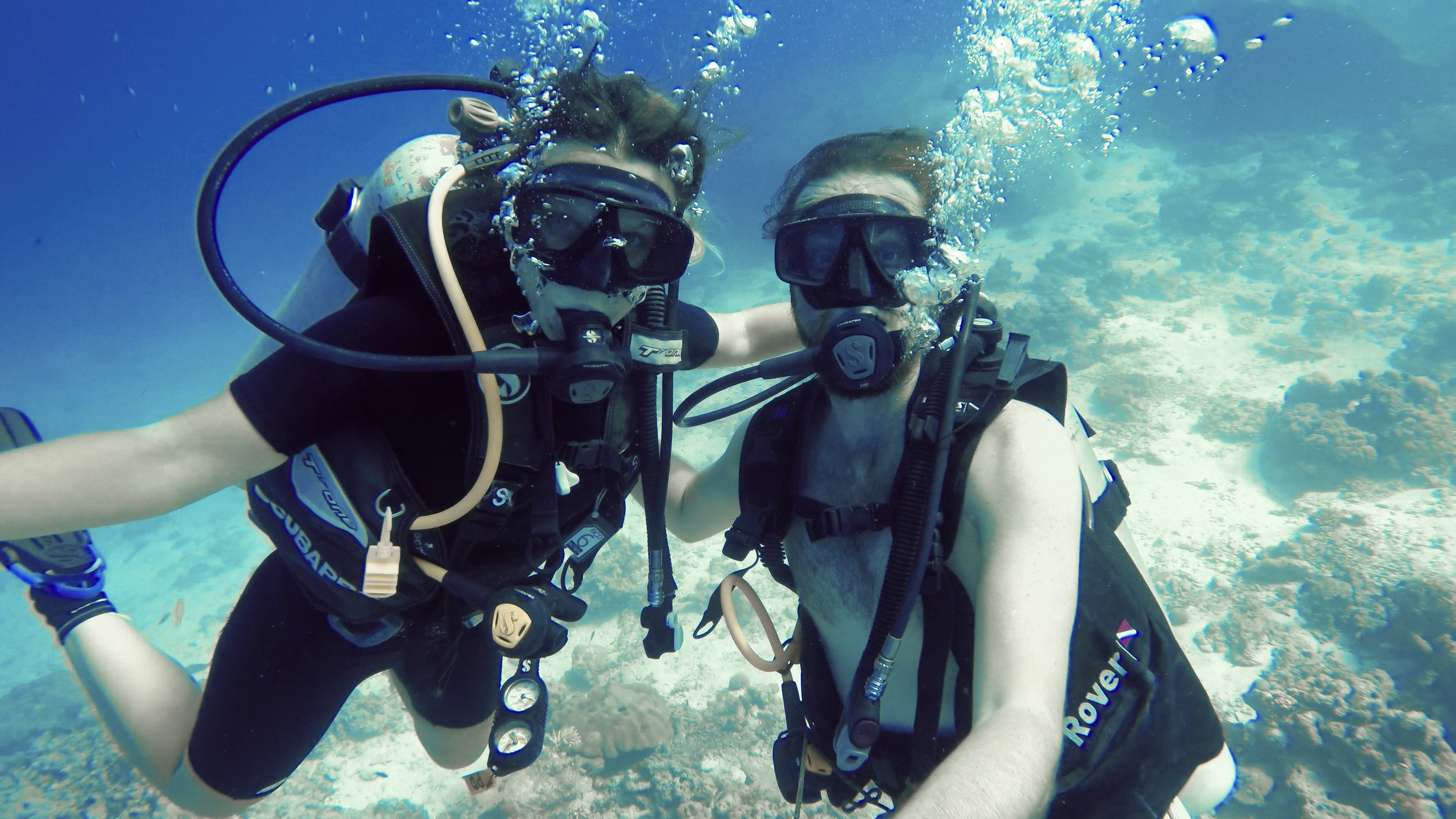

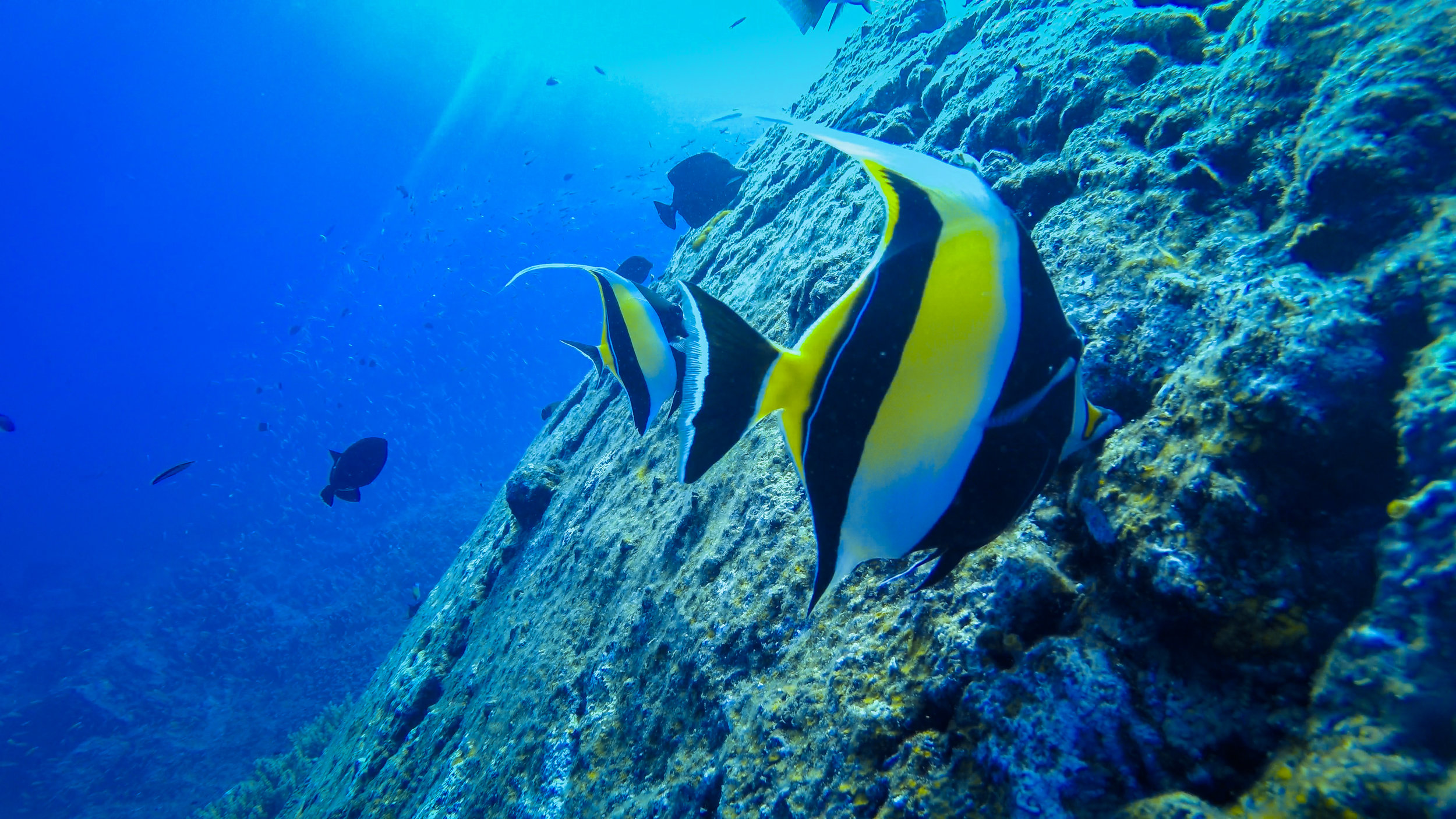
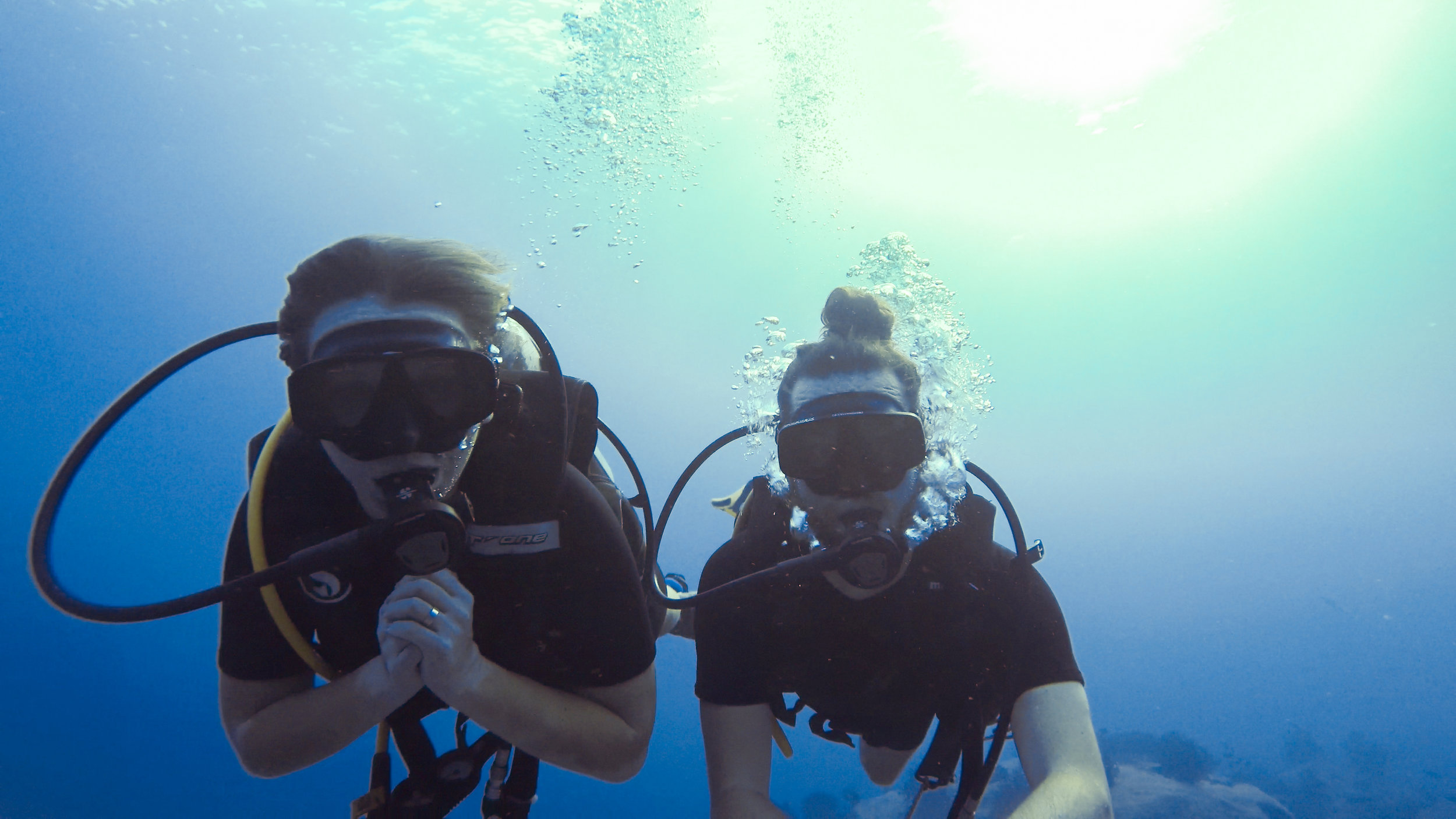

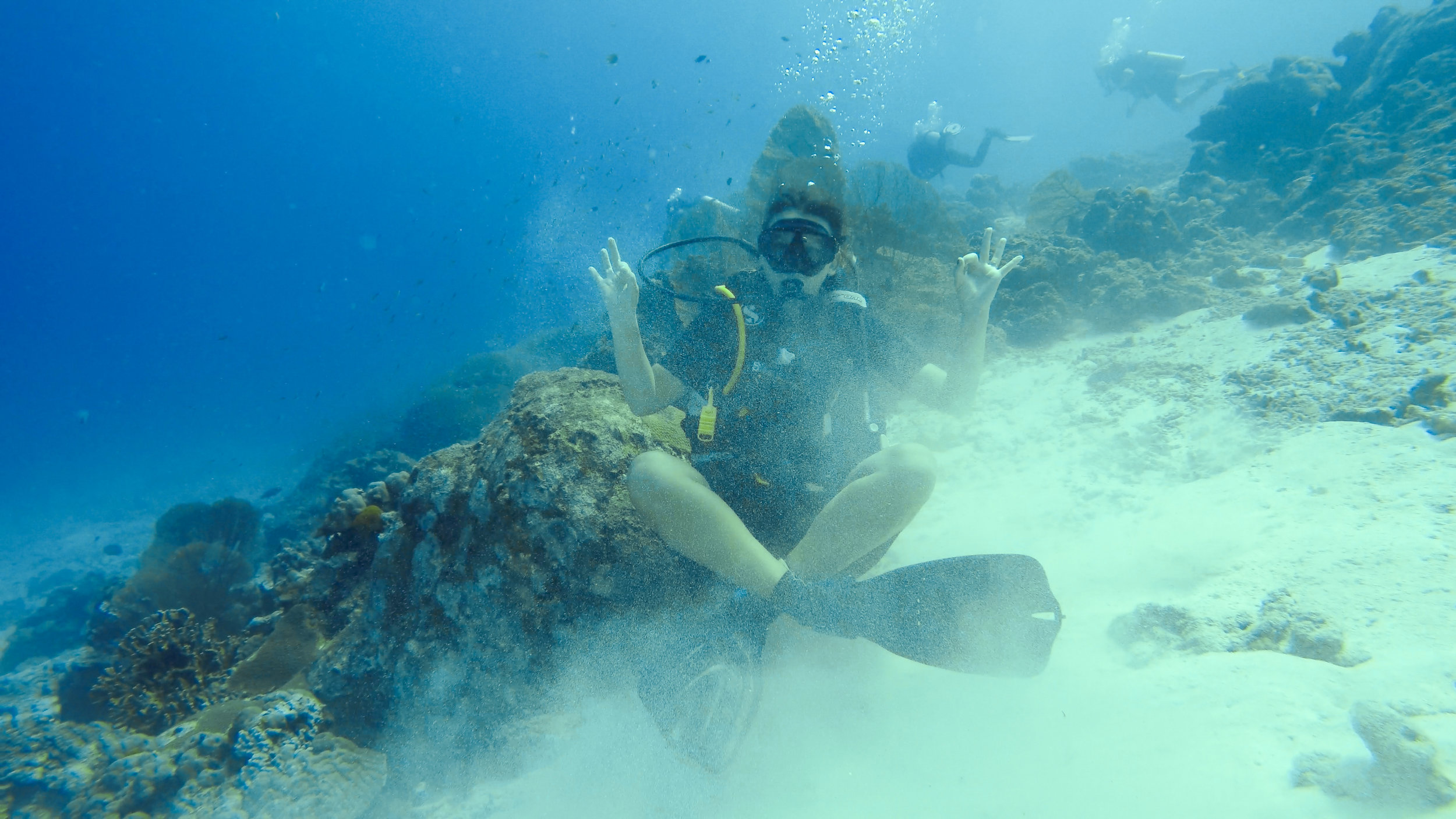
We are beginners. Only certified to dive to 18 meters but we can’t wait to dive more. Whether it be a PADI or SSI certification, we can’t recommend exploring this world enough.
From now on, wherever we go, it’s not just about exploring the above, it’s also about seeing what’s below and we can't wait.
The Fisherman
Over the course of several days while staying at the beach town Malvan in India, we befriended some local fisherman. It was fascinating to watch them work. Therefore I made this little short of their process from launching the boat at sunset, to returning at 5 in the morning to pull their catch in and carry it off to market.
Original score composed and performed by: Shahruz Moshtael
Part 3: The Himalayan Valleys: Spiti, Pin and Kinnaur
India is known for its large population, but did you know that some of the most remote and least populated villages in the world are also found here?
The Himalayan Mountains need no introduction, but not many people know about the quiet, peaceful valleys in the Himalayas where you don't need to be a hardcore trekker to connect with nature or experience the tranquility and amazing hospitality of the natives who live in this rugged terrain.
The three Himalayan Valleys: Spiti, Pin and Kinnaur, located in the northern part of India in the Himachal Pradesh region, are a must visit before you die!
Spiti Valley loop itenerary.
Day 01
Manali-Chandratal-Losar
On a cold morning we woke at 5am sharp. Our driver Bitu, showed up on time and by 5:45am we packed up the car and we were eager to start our next adventure through the Himalayan valleys.
When we left Manali it was still dark outside, and the city was just waking up. Shortly after leaving we began climbing up some steep mountains. The views opened up and we could tell that this trip was going to be epic.
Everything seemed to be easy until the road started getting more winding and bumpy. Around this time I, (Marta) started to feel car sick. We had to stop for a short break for some fresh air and well, vomiting. My stomach was not ready for this. Luckily the nausea went away quickly. My body was able to adjust and the rest of the trip went without any stomach problems.
Rohtang Pass and pile of corpses
Before we left on this trip we'd heard that the roads in the Spiti Valley can be very dangerous. Sometimes the internet can make things more dramatic than they really are. The roads seemed fine to us and before we knew it, we'd passed the "scary" Rohtang Pass. However, we understood why this road remains closed in the winter. The road was narrow and at some points had huge cliffs on the side.
As long as you/or your driver is sober, doesn't speed, and the weather conditions are optimal this road is totally safe. If you are traveling by bus, you might want to close your eyes at some points. Having said that, we are well aware of the dangers when it rains or snows. Fatal landslides are notorious in this region so make sure to check the weather before heading out on your trip.
The pass is open May to October and after that if you are crazy enough, you can travel at your own risk. Hence the name Rohtang, which translates in english to "pile of corpses".
The Tipsy Gypsies Tip: Make sure you bring a bandana or a face mask when you visit these valleys. Not only is the sun strong, but the roads are extremely dusty. Something to cover your face will make the trip much more enjoyable.
After a few hours of driving, everyone got a bit hungry. We stopped at a Dhaba (a roadside restaurant) in Chhatru for breakfast. We had Paratha (stuffed flatbread) served with pickles and Chai to drink.
Paratha is a breakfast staple in India. Parathas can be stuffed with veggies like potato, cauliflower or cheese and are usually served with curd and sour pickles. Our Indian friends laughed when we told them that in America we eat parathas with main dishes like dals and curries.
A few kilometers after Chatru we saw an official sign welcoming us to Spiti & Lahaul aka "the middle land".
Chandra Tal "Lake of the Moon"
In the afternoon we reached Chandra Tal Lake, located at 4,300 meters (14,100 ft) above sea level. At this point we started to feel small symptoms of altitude sickness: shortness of breath, tiredness, dizziness (it was definitely not from drinking), but we managed to go for a short walk to the lake, which was beautiful.
We almost camped near the lake but due to the altitude sickness, and the campground being short on supplies because it was closing the next day, we decided to move on. Our next option for accommodations was Losar.
Kunzum Pass
Before we reached Losar there was another big pass to cross, the Kunzum Pass. This pass connects Kullu and Lahaul Valleys with the Spiti Valley.
After a long day of driving, we finally arrived in Losar. We could't see much of the town because it was already late and the power was out in the whole village. We ate a simple, warm meal and we were ready for bed. Since the power was still out, there was no hot water for a shower. That night we feel asleep to candle light under thick blankets, dreaming of hot water back home.
Day 02
Losar-Kaza
Waking up early was not easy but this was something that we had to get used to on this trip. Our room was warming up from the strong sunlight beaming through our windows. There was still no warm water due to the power outage that lasted the whole night. The cold shower woke us up fast.
Before we left we had a chance to enjoy the views in Losar. The town looked peaceful and beautiful in the morning. Frost was still on the ground and you could definitely feel winter approaching...
We were ready to leave by 8am, in order to reach the SDM office in Kaza before it closed. Kaza was our last chance where we could obtain the ILP (Inner Line Permit), which would allow us to enter the Spiti Valley.
As soon as we arrived in Kaza, we drove straight to the SDM office. Unlike in Shimla and Manali, the officers in Kaza easily issued us the "single person permit". We only had to pay 50 rupees each for processing our permit. After about 30 minutes we both left the office relieved, and happy to have our ILP permits in hand!
The Tipsy Gypsies Tip: All foreigners visiting the Spiti Valley are required to get the ILP (read Part 2).
In Kaza we just needed to find a hotel for one night. Despite being late in the season, almost all the guesthouses were either closed, booked or wanted too much money. Eventually we found a room for 1,200 rupees (after negotiation) at the "Snow White" hotel. The hotel had decent rooms, very slow wifi and some hot water. At this point we didn't need much to make us happy.
It was getting late and the temperatures were getting colder every day. This made us a little worried since we did not have proper winter clothing with us. The rooms were never heated. We had to layer on everything we owned and we always requested extra blankets.
Day 03: Kaza
In the morning we found out that the only gas station in town was out of fuel. We had enough gas to see the nearby monasteries but not enough to leave Kaza. We continued on with our plans.
Visiting Komic Village & Monastery
Komic Village, located at an altitude of 15,027 feet above sea level, is apparently the world's highest village that can be reached by car. There is only one bus that goes from Kaza to Komic twice a week, which is why you will see many villagers along the road trying to hitchhike. Since there were only three of us in a big car we picked up hitchers many times.
At Komic Monastery, there are two building structures. The old Tangyud Monastery, where the monks pray and a newer (pic above) monastery where the monks reside. Women are not allowed to enter the old monastery durning prayer time. We weren't sure exactly why and the monks weren't too keen on talking about it. We have been told that the majority monks practice celibacy, and some of them might even refuse to be in a presence of women, but apparently some of them have open relationships.
The Buddhist monks were very curious and friendly. We had the honor of sharing a few stories with this monk from Komic over hot Chai.
Langza
On the way back from Komic we stopped in Langza to see the statue of Lord Buddha overlooking the valley.
Day 04: Kaza
In the morning we tried again to buy gas at the station (or from the locals) but we had no luck. We were supposed to be on our way to the next town, but it looked like we would be in Kaza a little longer. Nobody expected the gas shortage to last this long.
Key Monastery
Key Gompa was founded around the 11th century. It was destroyed multiple times by the Mongols in the 11th, 14th and 17th centuries. Then in the 1800's, it was raided and sacked by the Sikhs, followed by a fire and a severe earthquake years later. However, the monks did not give up easily and somehow they managed to rebuild the monastery. Impressive!
The "boxy" structure developed because of the many destructions this monastery suffered. The monks wanting to rebuild as fast as possible, built simple box like structures clustered together, which resulted in a unique, fort-like look.
On the way to this monastery, Nate and I talked about how much we admired the monks life-long dedication to Buddhism. We've contemplated what would it be like to be a young child, far away from home, living with "strangers" and devoting your entire life to God. To an outsider, the buddhist religion compared to other religions seemed superior... unscathed... incorruptible....
When we reached the top of the Key monastery, we met some other tourists from America. One of the guests started to chat with us and without telling him about our conversation, he flat out asked us if we thought that the Buddhist religion was better than others, to which we shrugged our shoulders implying a "maybe/yes". It felt like he just either overheard our private talk or he was reading our minds. Since I was raised Catholic, I pointed out problems with the church: the political power, pedophilia, bigotry to name just the few, to which the man said that it does in fact happen in buddhism as well. He raised some interesting points about the Dalai Lama, probably the most famous buddhist teacher of our time, being a very rich man. Many people criticize the Dalai Lama for being a celebrity and profiting from the religion and not being the most honest man. What was more interesting, is this conversation happened in front of the head monk who gave us a tour of the monastery, who didn't seem to mind what this man was telling us. The man himself was a follower of buddhism, but it was refreshing to hear him admit that sometimes things aren't what they seem, and that it's good to question not only what we don't know, but what we think we already knew.
When we were leaving we looked round the monastery with a new perspective. This time we saw many villagers working hard on a new addition with a private room for the Dalai Lama. They were carrying and moving massive, heavy rocks with primitive machinery. These men, women and very young children, as poor as they were, volunteered their time to improve these old structures for no money. I would think that with all the donations these monasteries receive they could afford to pay them even a measly salary...
We left the monastery with more questions than answers. I guess that is the point of traveling; that we learn from others, experience new perspectives and be reminded that the world is not black and white, but also many shades of grey between. We still have enormous respect for buddhism and many it's followers. But it was refreshing to be made aware of the things you don't hear about as often.
From the Key Monastery we also visited the town of Kibber. On the way we saw the highest bridge in India being built by men and women. These people had no harness on them while they were working! They were probably were paid but defnitelly not enought for the type of work they were doing.
Before there were bridges, the way to cross the huge valleys was by basket. People, as well as animals and goods were transported this way. Somebody needed to be waiting and willing to pull the rope on the other side of the hill. This system still exists in many areas where roads and bridges have not been built.
The picture above is a close up and it might not look so bad, but the drop was huge. You defintely needed to have some strong nerves to use this for of transportation.
We drove back to Kaza to refill our tank and bellies!
While our driver waited in line at the gas station, we tried a small local food joint. This place was run by a cute little lady and her husband. We tried the veggie chow main, thupka soup and momos. It was all delicious!
Best Tibetan homemade meal in Kaza! You will find this place at the main square, near the gas station.
Chinese food in India is infused with tibetan and indian spices, which gives it a unique taste. It's hot and flavorful.
After lunch we found out that the gas wouldn't arrive until the next morning. We were forced to stay yet another night in Kaza.
Day 05: Kaza to Mudh
Our driver Bitu, had been waiting at the gas station since 6am. After many hours of anxiously waiting, our driver finally returned with great news. The tank was full! We enjoyed our time in Kaza but were ready to drive to the next town, Mudh.
Arriving in Mudh was like love at first sight. The air was cold but the sun was shining. In the dusty valley, already covered by the shadows, we saw and heard yaks being rounded up by the villagers.
Later we found out that a big festival was going to take place the next day. The Lama of the region, for the first time in probably more than 50 years, was going to visit Mudh and we were there to witness it!
The whole village seemed to be doing something to help with the preparations for the next day. Cooking, cleaning, decorating the town and washing the animals. We were so excited about what we were going to see the next day!
Day 06: Arrival of the Lama
In the morning, the whole village woke up early for the Lama's arrival. The ladies had been cooking meals for the entire town, the yaks and horses were now decorated and the villagers wore their best clothes. This was the the first time these villagers were able to meet the Lama, but somehow they knew exactly what to do. It's like they prepared for this moment their whole life.
Women and men in traditional outfits awaiting the Lama's arrival.
Around noon, the Lama and his entourage finally arrived in Mudh. There was a big crowd of people surrounding him. He proceeded to a special room, where only the most elite were able to accompany him.
Some etiquette that we learned while taking pictures of the Lama was that we couldn't stand higher that him and technically weren't allow to take pictures of him. He had his official photographer and a camera man and only they had the privilege of capturing the young, 27 year old Lama's image.
The people from Mudh brought offerings in the form of food and money. There was also a "shaman" in a costume, who ran down the street, chanting and huffing and puffing to scare away evil spirits. At least, that is what our interpretation of it was.
Shortly after the Lamas arrival we were invited to join the rest for a communal meal. We had never felt so included and welcomed, especially for something we knew so little about. An enormous thank you to the village of Mudh!
Day 07: Mudh to Tabo
Still overwhelmed with the feeling of what we had witnessed the day before, we left Mudh broken hearted. We hugged and thanked our lovely hosts from Tara's Homestay! They were amazing to us! Not only this lady saved my ear from a piercing infection, (story coming soon), but I would travel anywhere again to taste her homemade meals and chai around a hot stove!
Dhankar Monastery
On the way to Tabo, we stopped at another monastery to say a quick hello and have a chat with the monks.
Many people visit Spiti Valley in the summer, which we want to do in the future, but the colors of the fall are absolutely beautiful here.
Day 08, 09, 10: Tabo-Kalpa -Raksham
After spending a night in Tabo, we headed to Kalpa. This was our last night with our driver Bitu, who was going to leave us in Raksham with some new friends. We had a flexible schedule and we weren't in a rush to get back to Delhi.
The Tipsy Gypsies saying goodbye to their trusty driver Bitu.
Raksham
Raksham is located in the Kinnaur Valley, a region known for the most delicious apples in India. This village is a perfect spot for bird-watching, bouldering and hiking. The terrain is very different from the dry and rocky Spiti and Pin Valley's. Raksham is surrounded by evergreen trees and massive rivers run through the valleys.
Besides the famous apples, try the fresh apricot oil that you can use for massages. Your skin will smell and feel amazing!
Chitkul
If you are staying in Raksham, you MUST visit Chitkul, another quaint village only a short drive away.
Day 11&12: Returning to Delhi
We spent the last 2 days with our friends in Narkanda, learning about birdwatching, but we preferred to do beer-watching. It was great to relax for 2 days before we got back to hectic Delhi for the biggest holiday in India, Diwali.
We are already planing to return to this region durning the summer with our tents and do some camping. Let us know if you have been to the Spiti Valley before and what was your experience was like. What must we do next time? Share your stories in the comments below!
RAJASTHAN - The Family India Tour
Nate's sister and her boyfriend Kion came to India to visit us for two weeks. Our tour was Mumbai - Udaipur - Jodhpur - Jaisalmer - Jaipur. Unfortunately we all spent more than half of the trip sick. So we missed some sites and opportunities. Luckily in the end everyone got better and we still managed to have some fun. Here are a few random clips I managed to get between trips to the restroom...
Burnt Out...
It's been 8 months on the road. And I (Nate), am spent. I knew this was going to happen at some point, I just didn't know when. The first question I always asked long term travelers before leaving was, "don't you get tired of it?".
Well, I can answer now with confidence, yes, you do.
The grass is always greener on the other side right? You're stuck at your desk job and all you do is dream of sandy beaches and adventure. Well I've had plenty of sandy beaches and at this moment, all I crave is routine. Predictability. MY bed, a LIVING ROOM, and OH MY GOD, an American supermarket with all the goodness and variety it has to offer.
I knew it wasn't going to be easy before we left but I didn't know exactly how hard it could get. I'm seriously one click away from an Expedia ticket home right now. My wife Marta is a natural extrovert. Adventure comes to her easily. She is the sole reason we have had so many amazing experiences along this trip and for that I'm grateful. But it also exhausts me! I crave mundane!
But this is part of it right? Pushing your boundaries. Stepping outside your comfort zone. It allows you to discover a side of yourself you never knew existed. Before, when I wasn't comfortable or didn't know what to do I could always go home. I was always a natural home-body, a couch potato. Now, I have no home and it's through this process that I'm forced into new experiences, new opportunities that I would never have sought out otherwise.
As I sit here writing, with a second browser tab open and exhaustedly DREADING the purchase of our next tickets to _______, it is with those tickets that I also know new inspiration, new stories, new friends and a new me will arrive. And THIS... is the reason why I'm not coming home yet.
VALLEYS IN THE SKY
'Valleys in the Sky' takes you on a journey to one of the highest altitude and least populated regions in the world, located in the Indian Himalayas. Experience the beauty and magnificence of this remote area and witness the incredibly rare celebration and arrival of his Holiness the high Lama, to the small town of Mudh for the first time during "this life's incarnation".
"Coconut Juice" aka "Slow Poison"
It was a beautiful evening in the coastal town Malvan, and we were sitting at Chivala beach watching the sunset. Early on we had befriended a local fisherman named Bhi and we would see him working every day when we went to the beach. He barely spoke any english and we didn't speak any of his local language but that didn't stop us from having a good time.
As we watched the sunset and sipped our freshly opened ice cold King Fishers, we heard a motorcycle pull up. It was our friend! He wanted to take us on an adventure but we had just opened our beers so we almost said no. But finally after some convincing, we agreed to go.
We finished our beers and the two of us hopped on the back of his motorcycle. This might sound crazy outside of India but we've easily seen 4-5 people on one bike so this was actually quite comfortable.
First he took us to an amazing view point where we finished watching the sunset. A place we never would have found on our own so thanks for that Bhi! But after that he took us somewhere even better.
His bike pulled over on the side of the road and we had no idea where we were. The only thing we saw was a tiny makeshift shack. We went inside and there was a group of men sitting on the floor clearly having a good time. "Coconut juice!" they said enthusiastically. We decided to take a sip and it was absolutely delicious. It clearly tasted fermented so we asked if there was alcohol in it. "NO!" the men said in unison. But after hearing them later call it "slow poison", and doing a little research we later learned it was definitely alcoholic. They must have meant there was no ADDED alcohol.
The drink is formally called Madi, which you can read more about here, but we definitely prefer "coconut juice" :)
